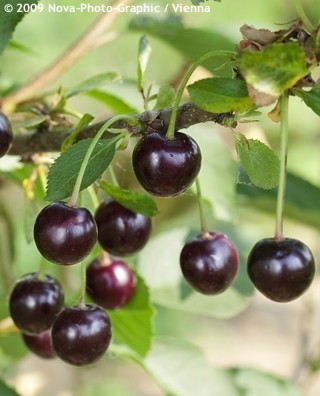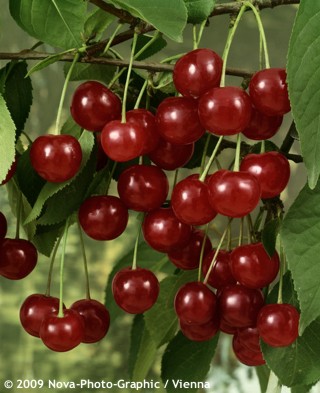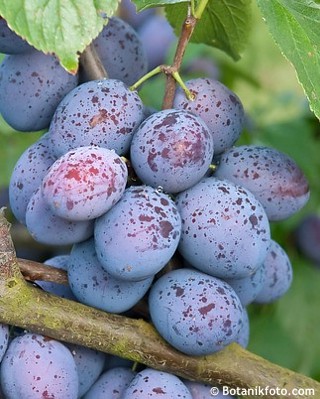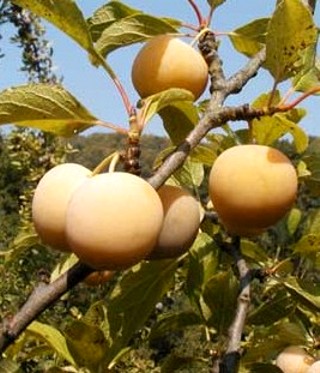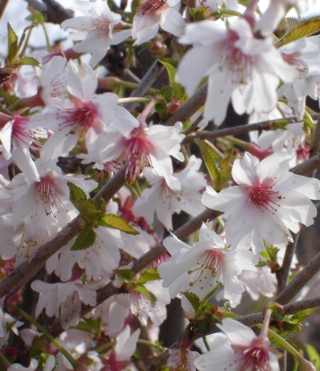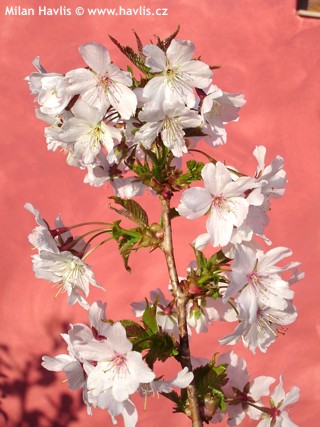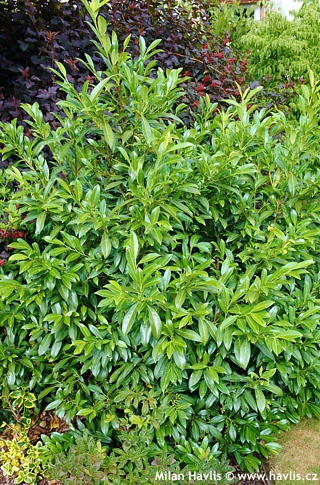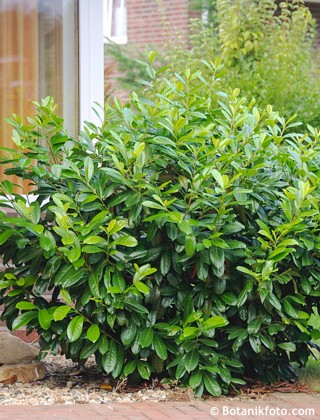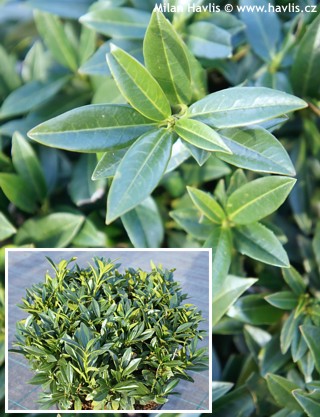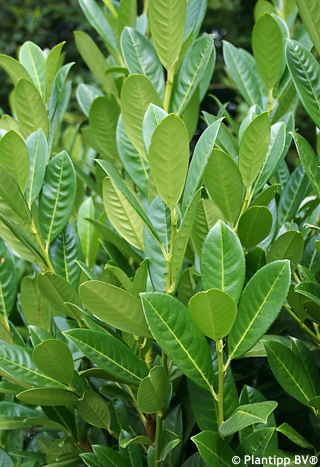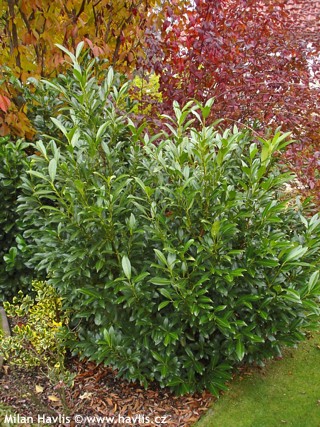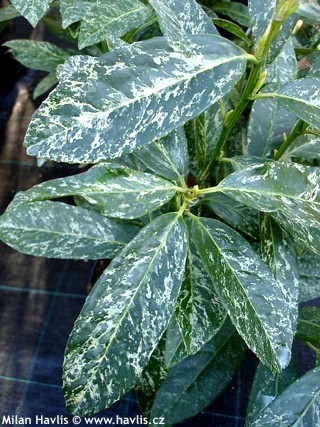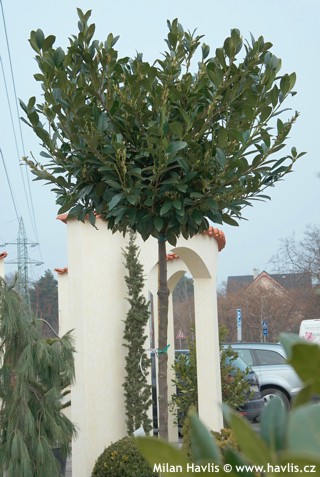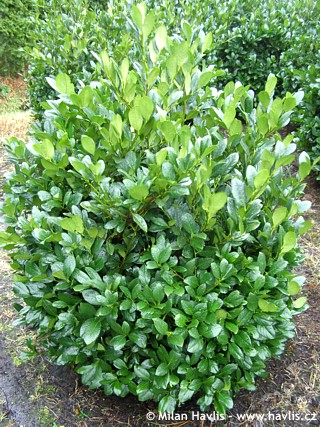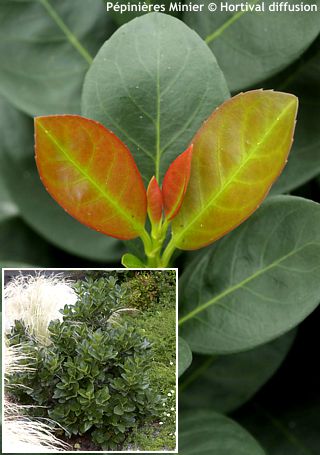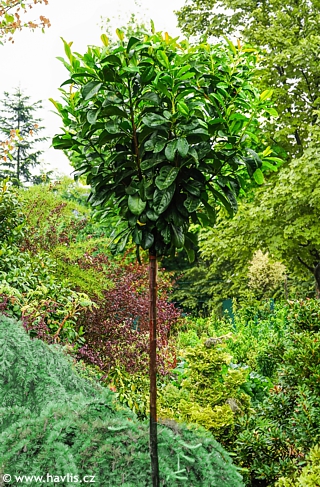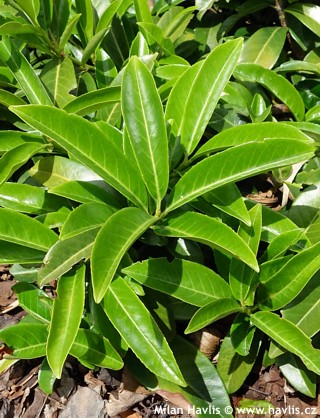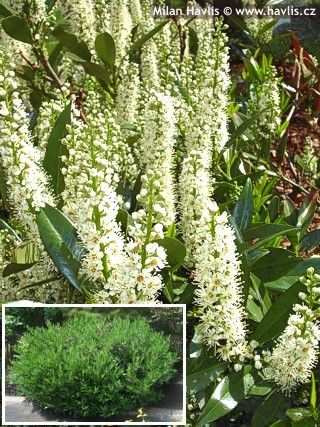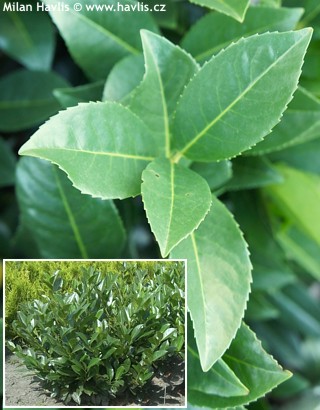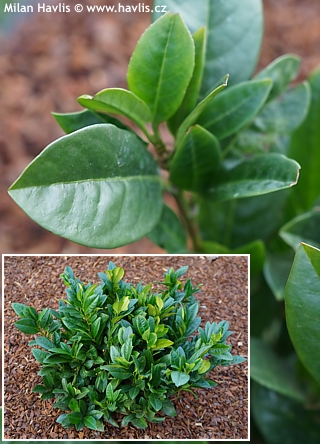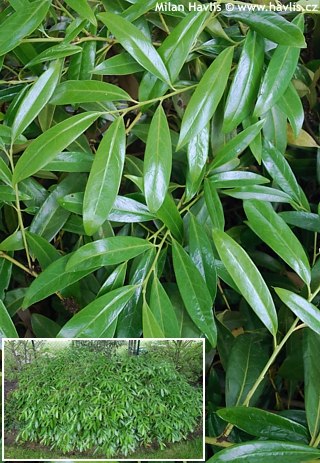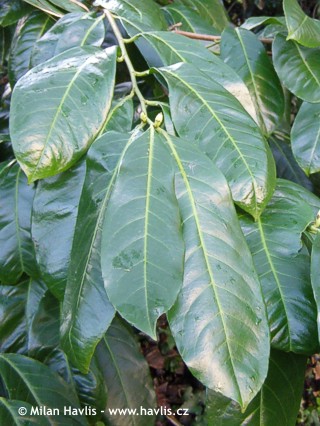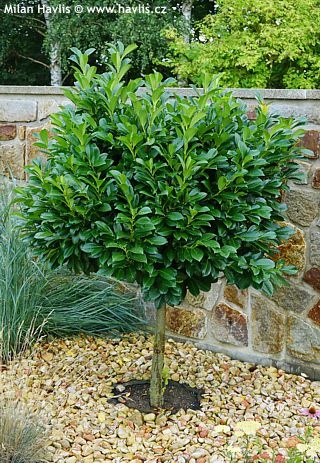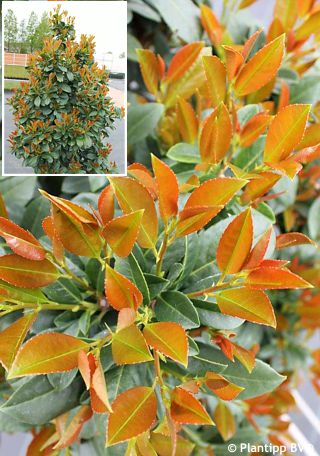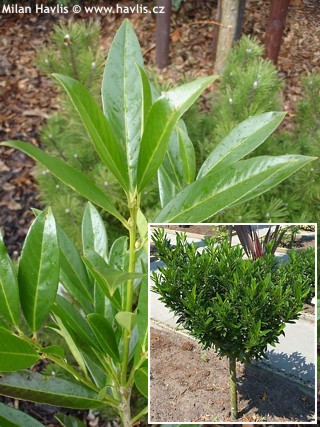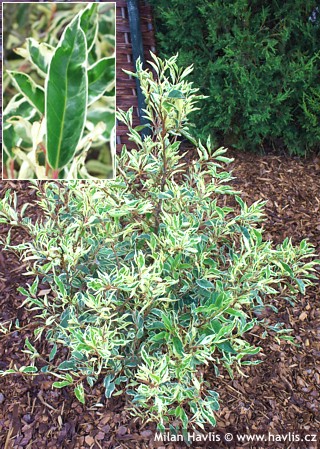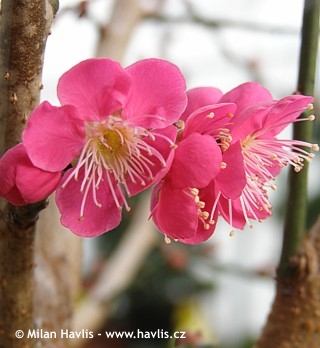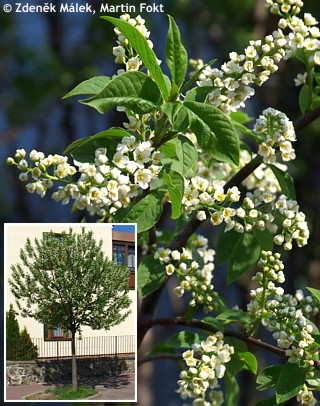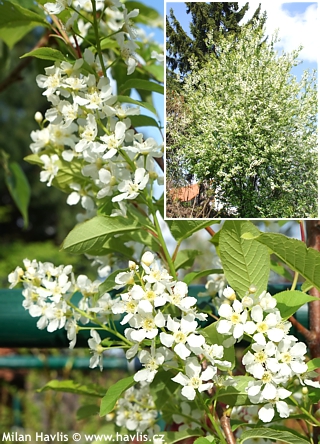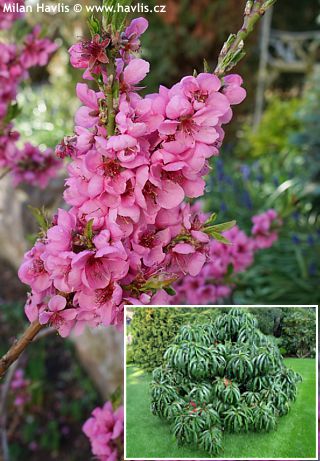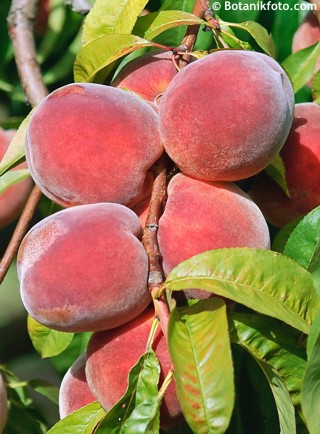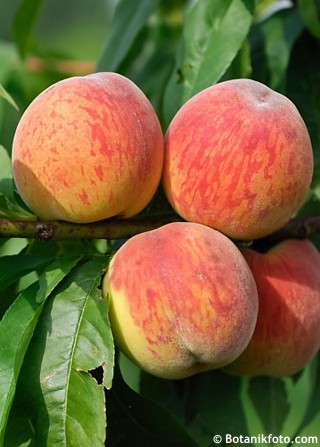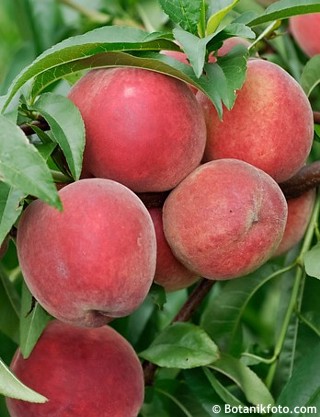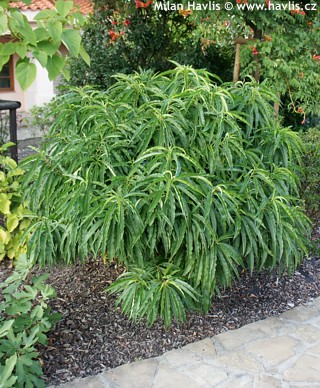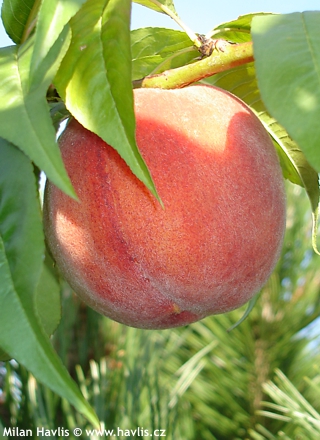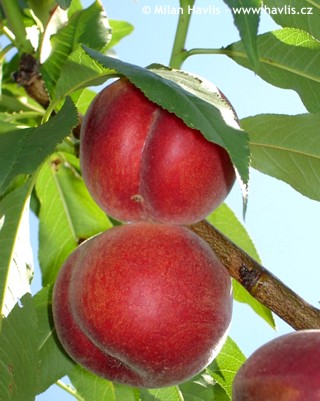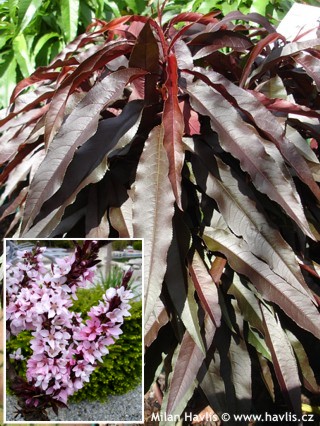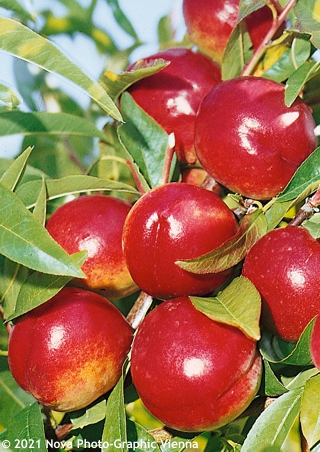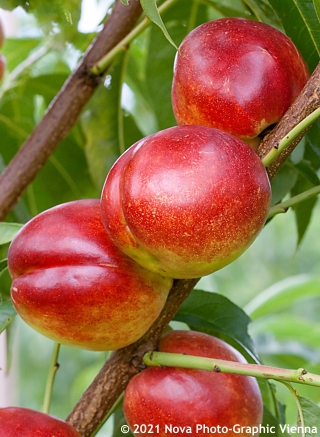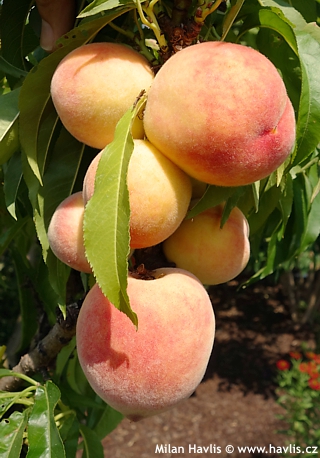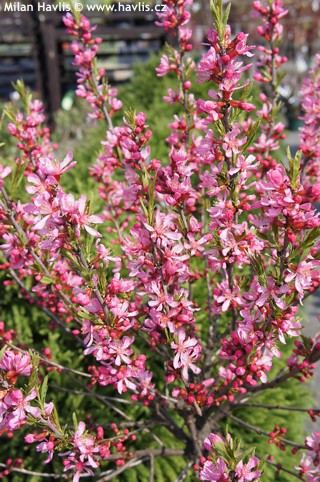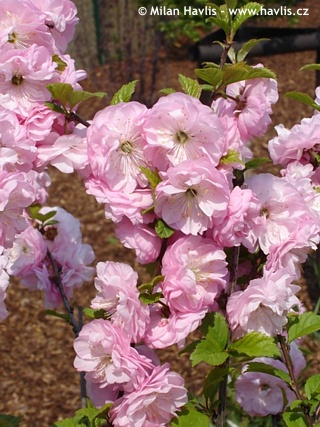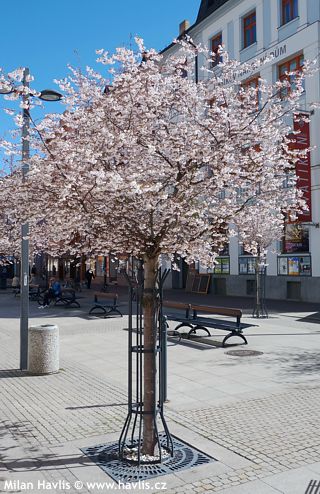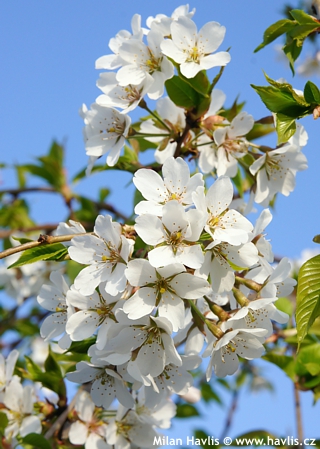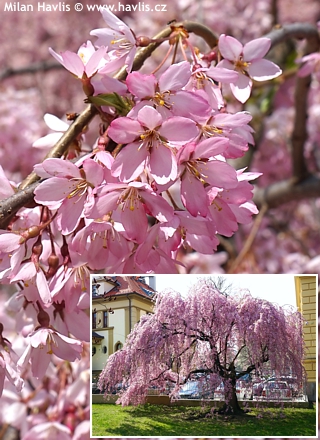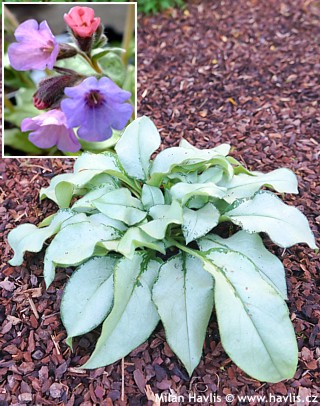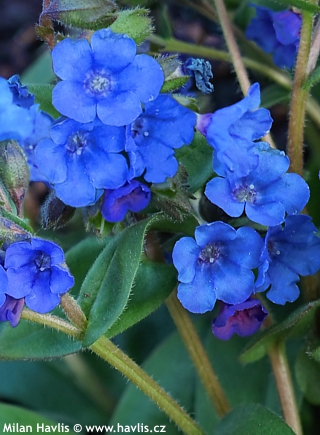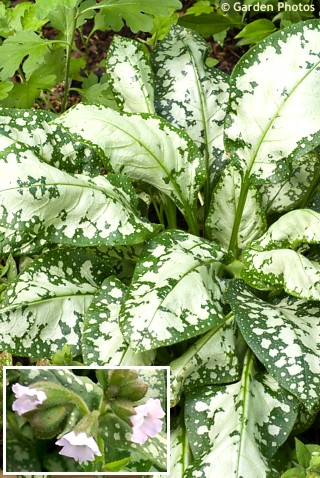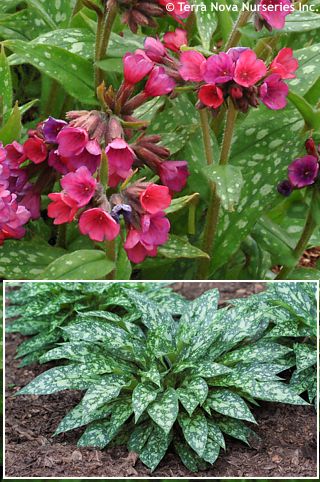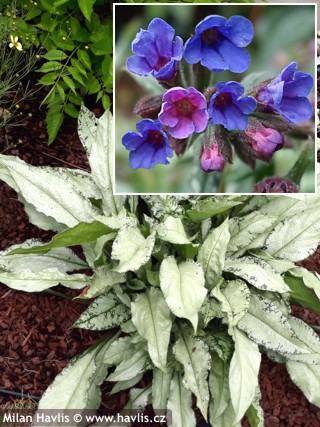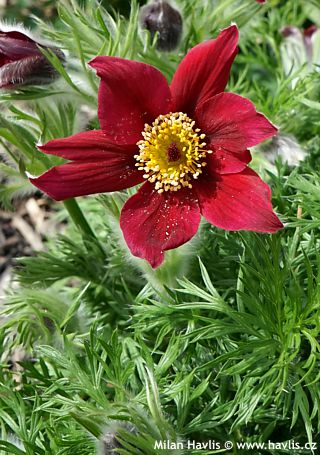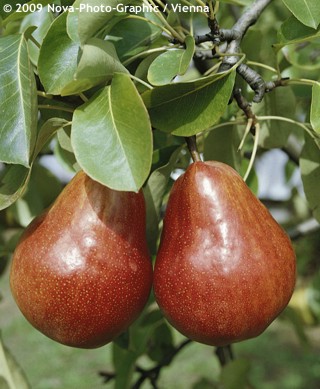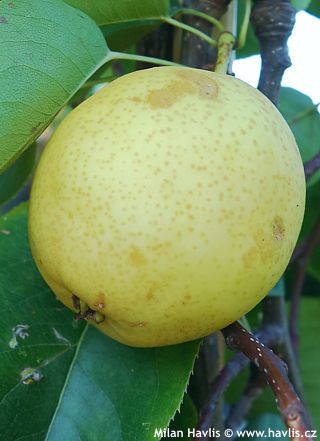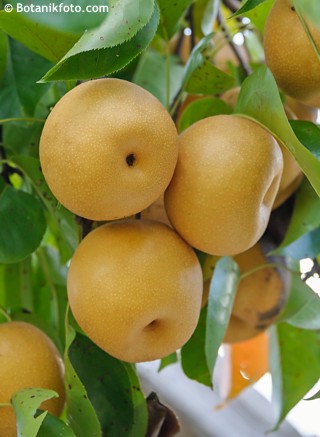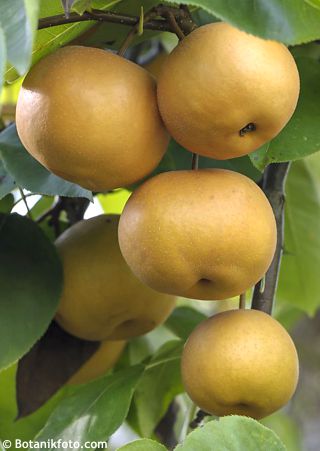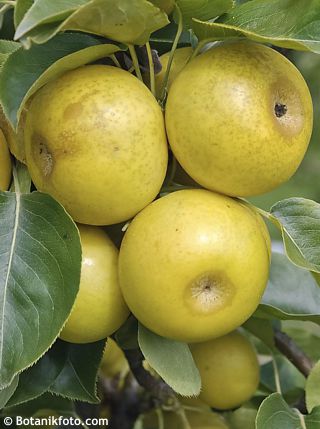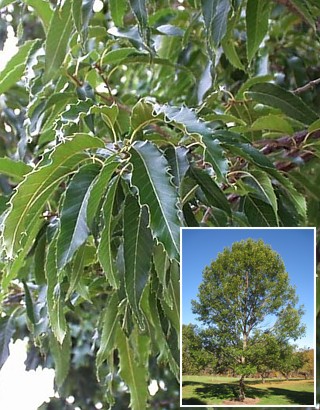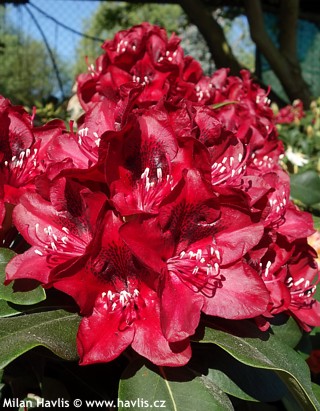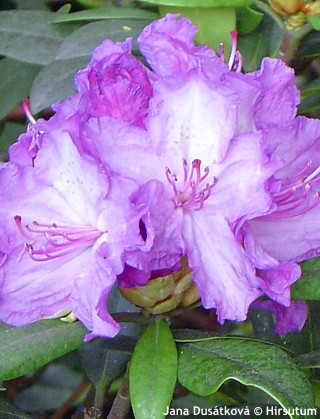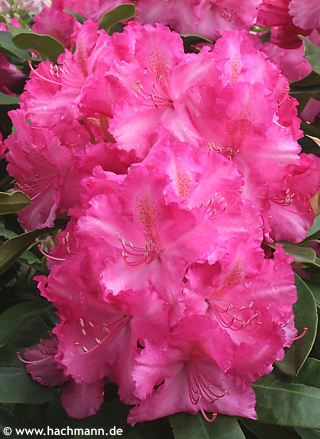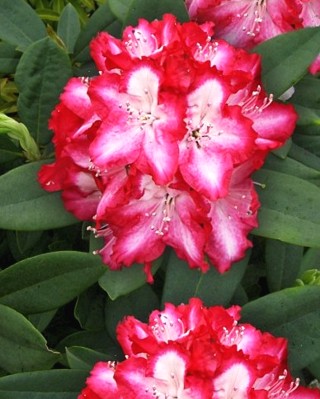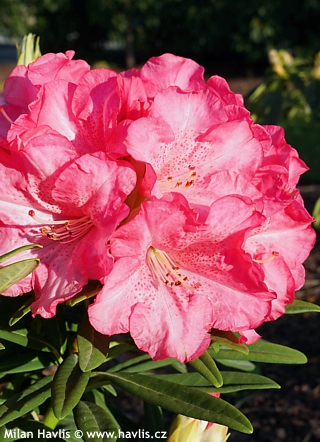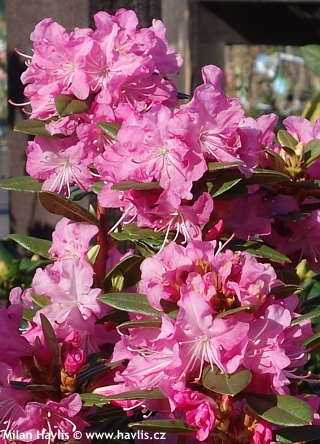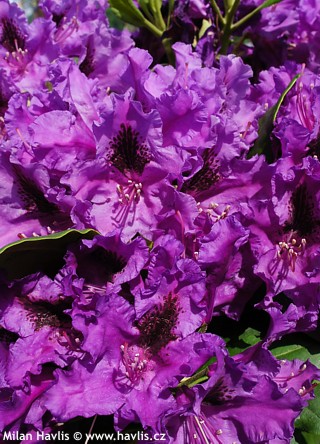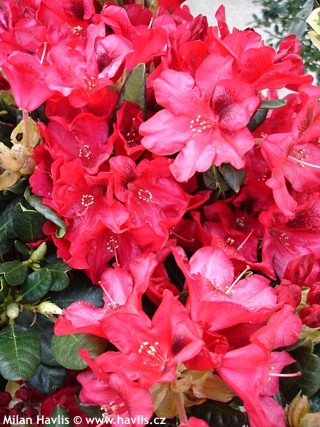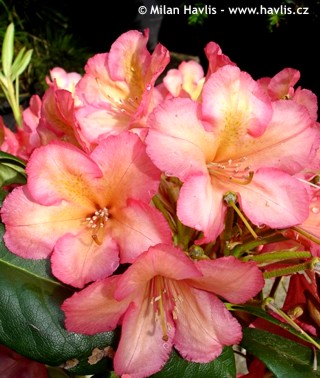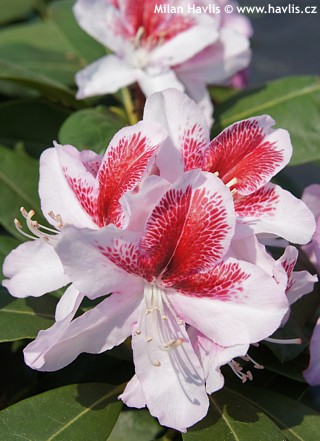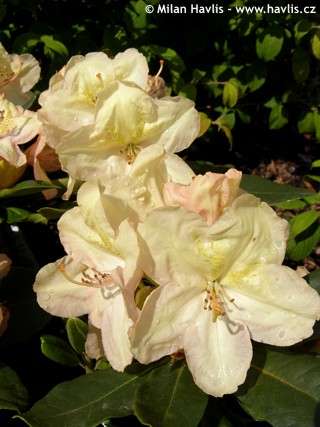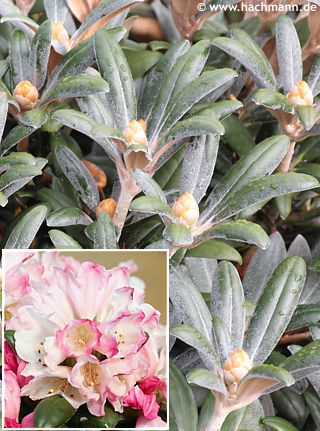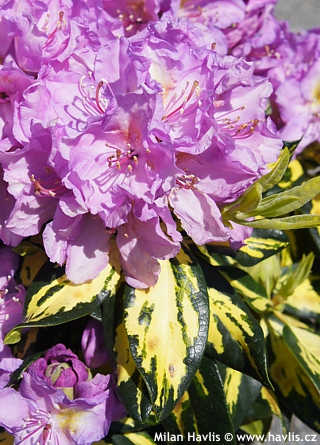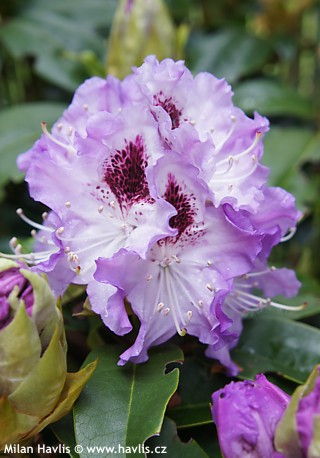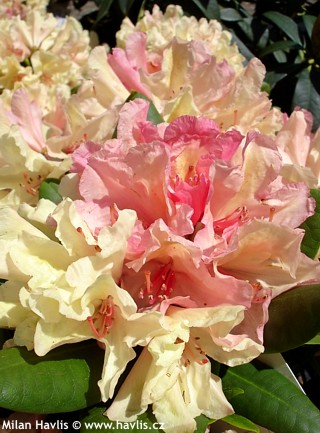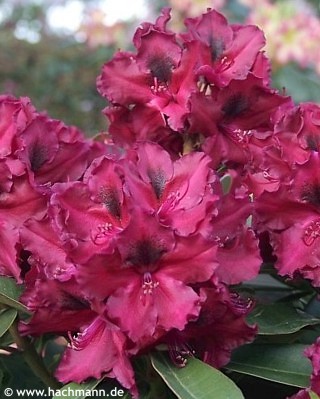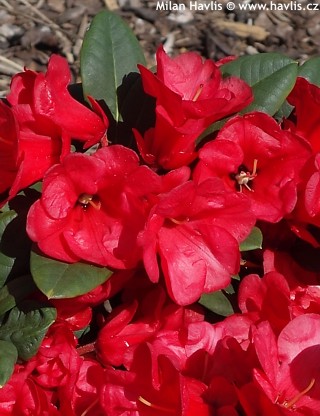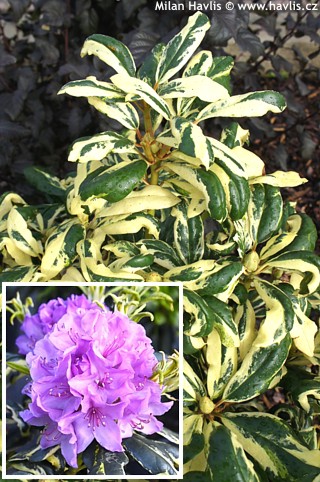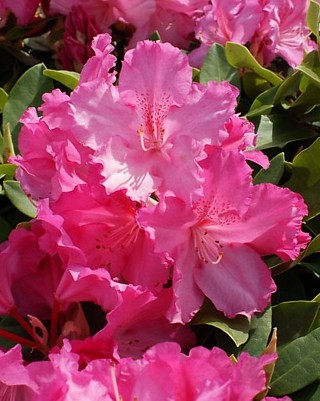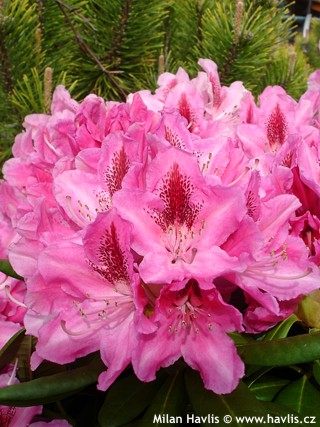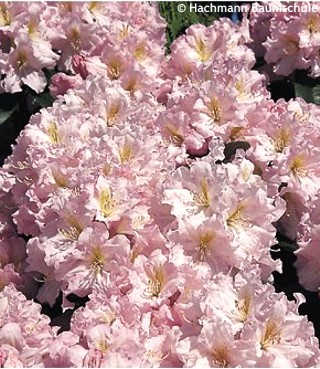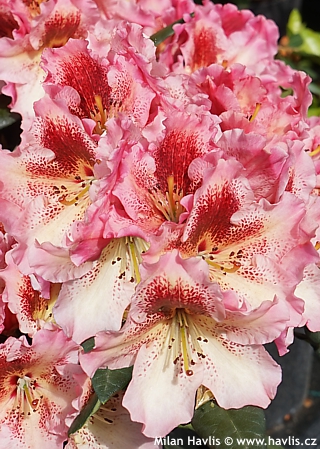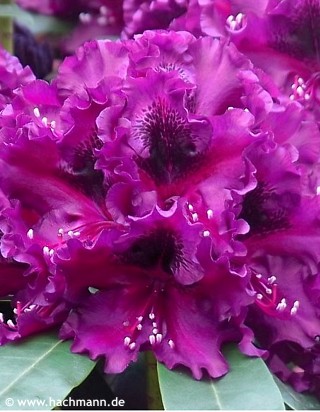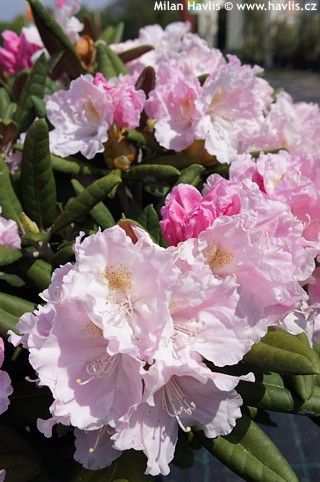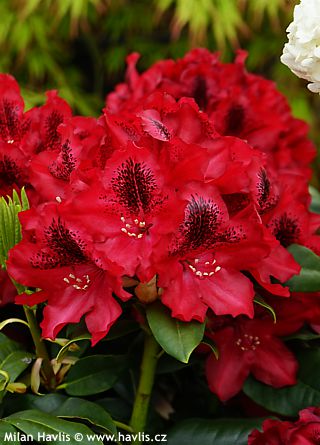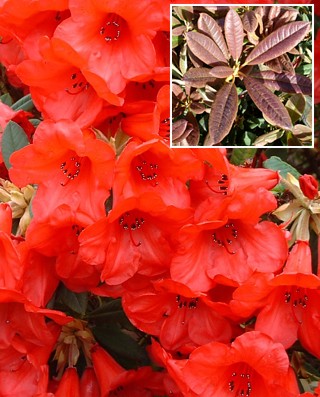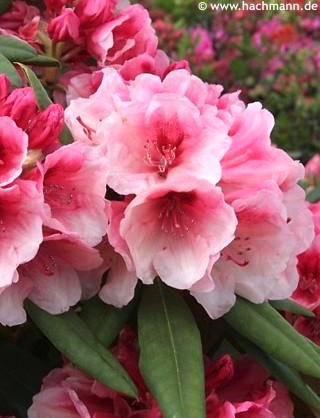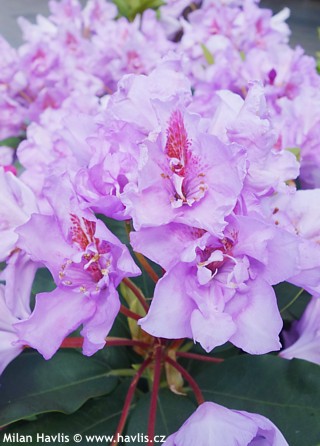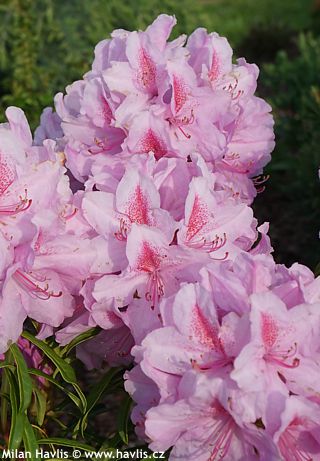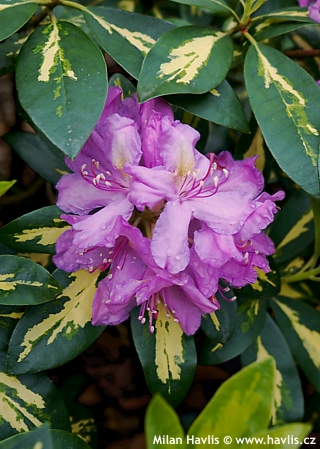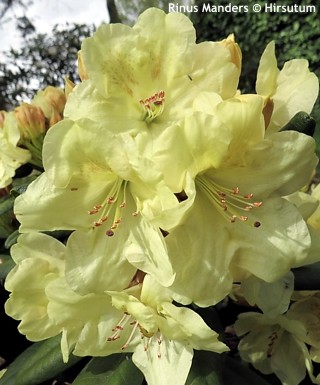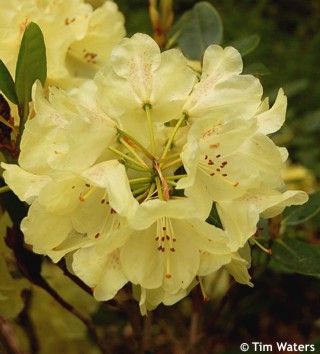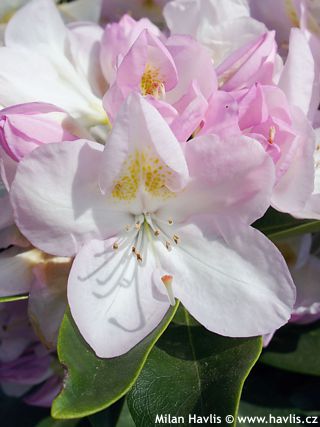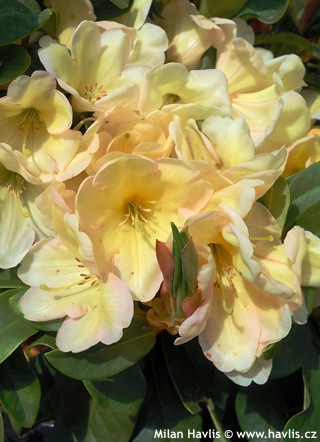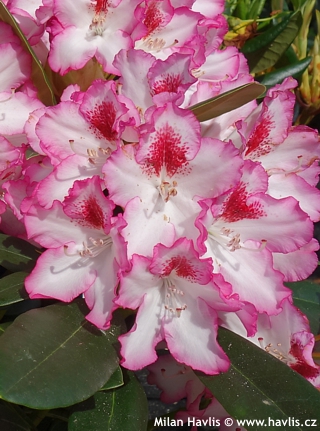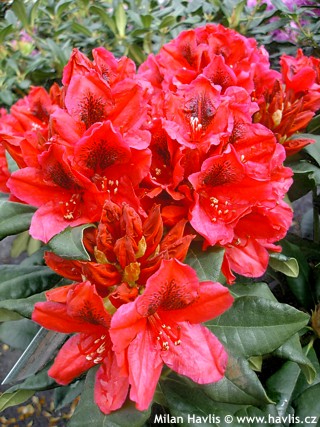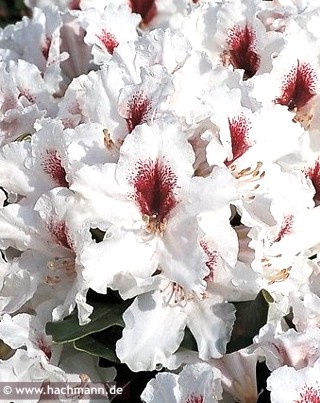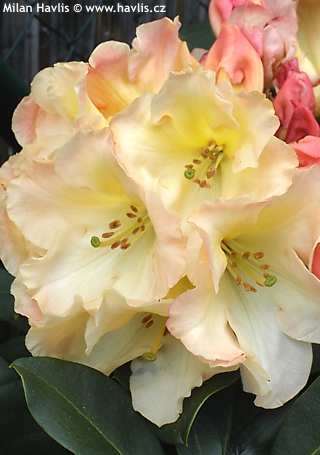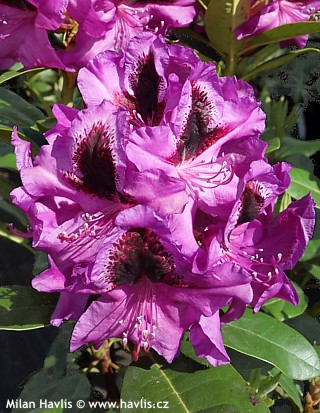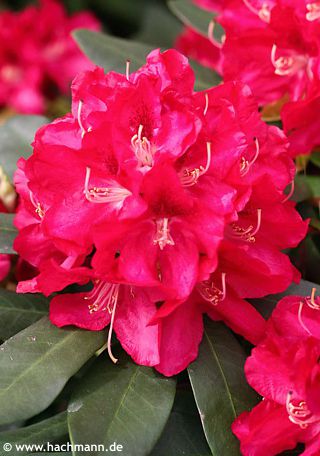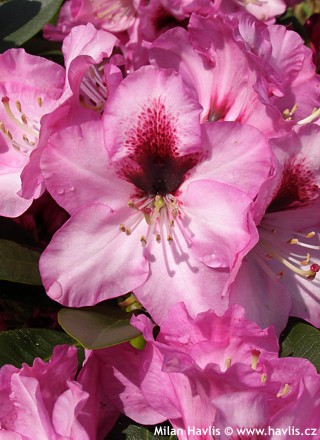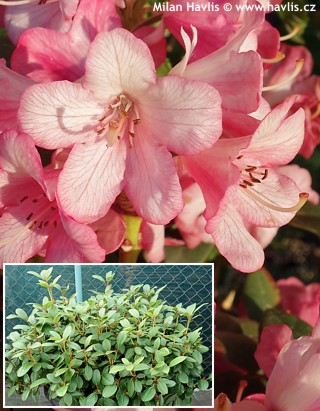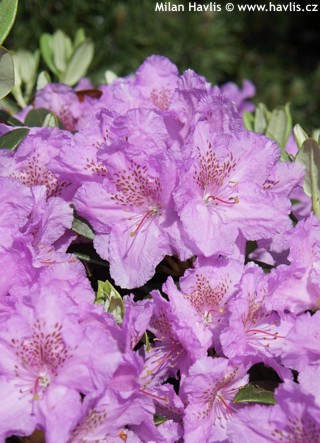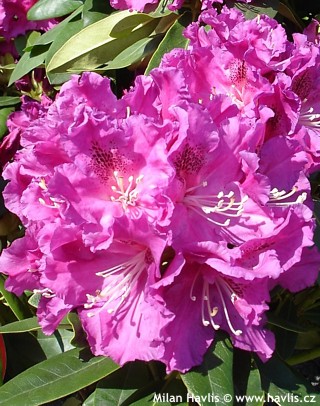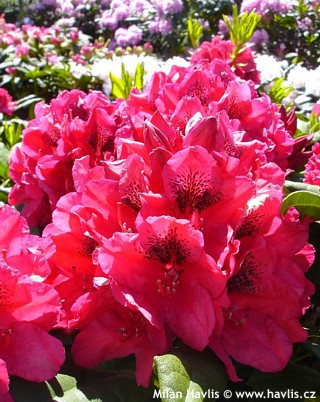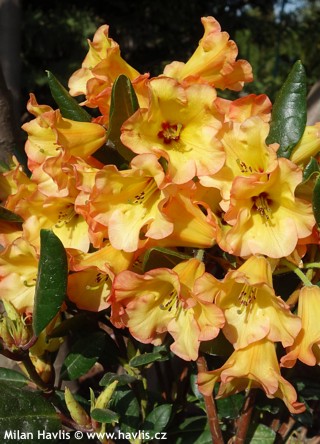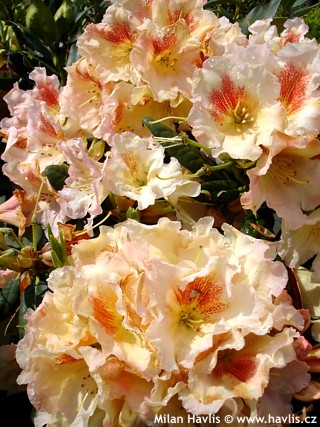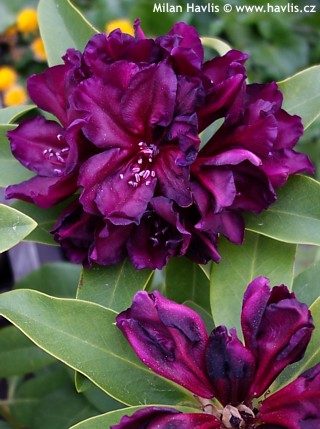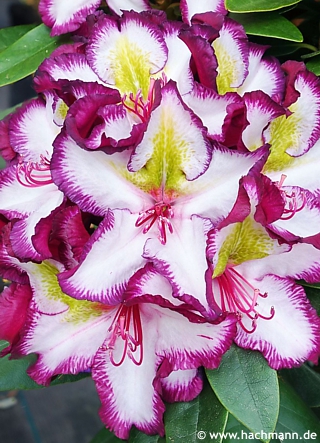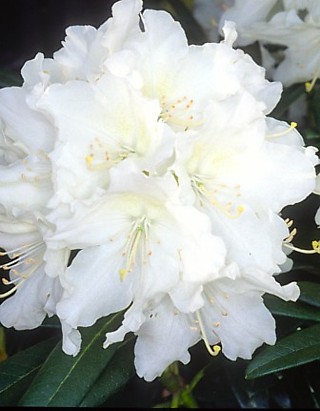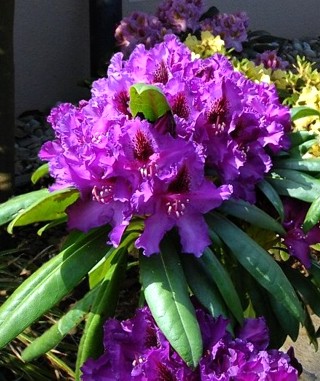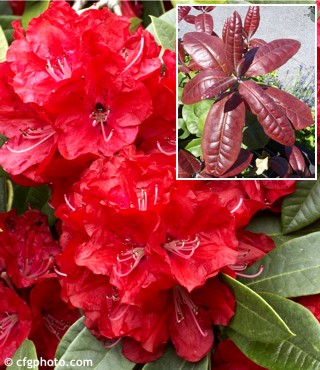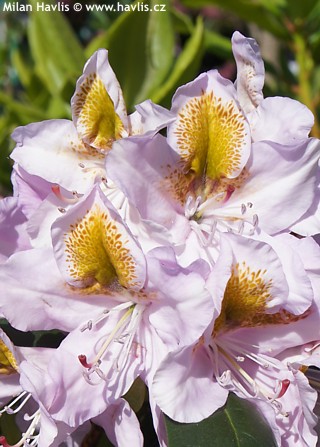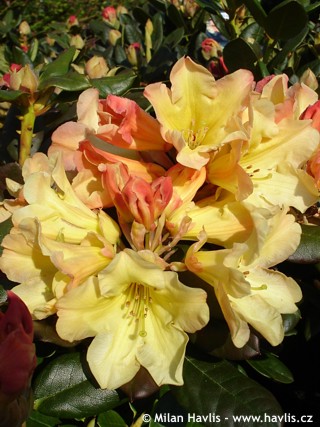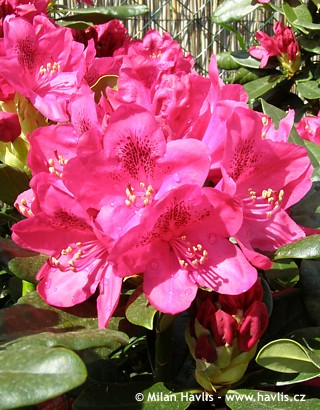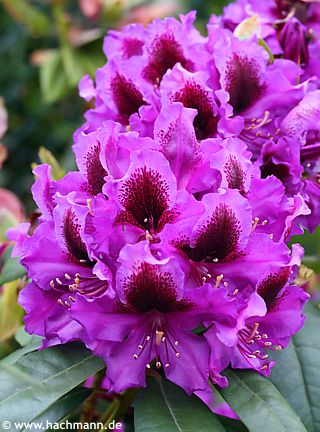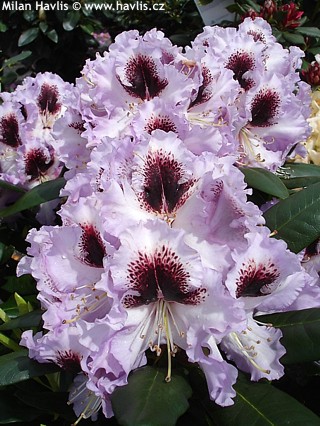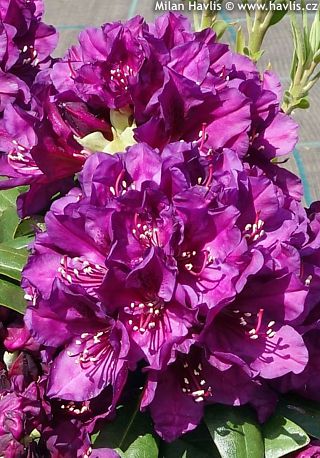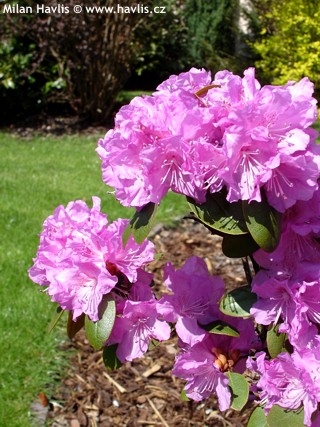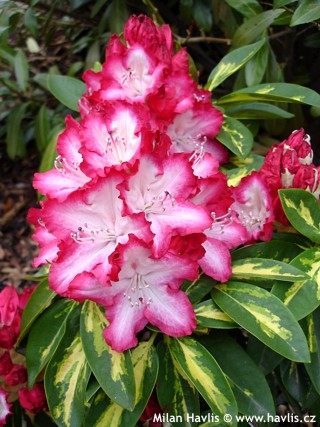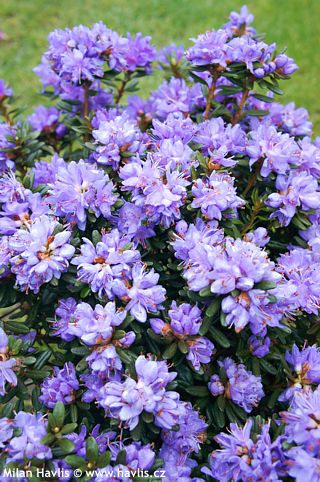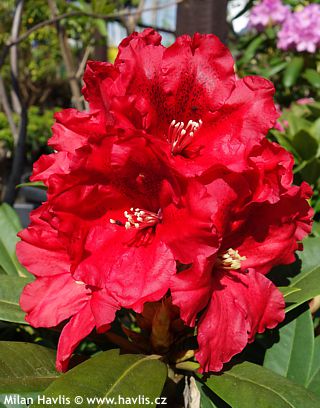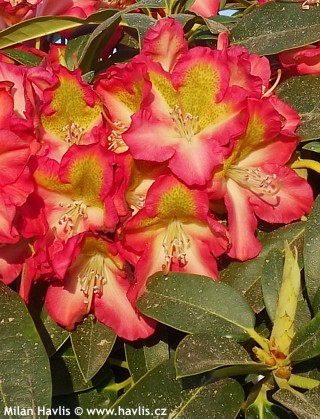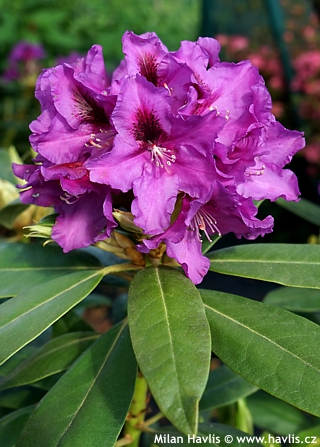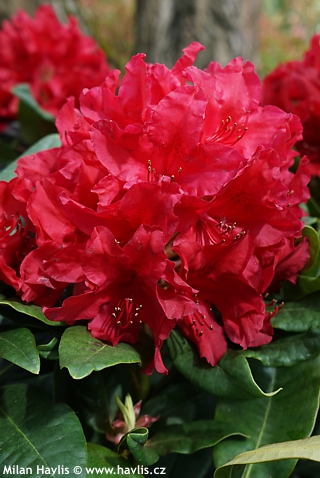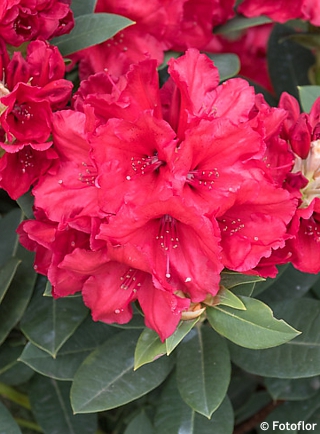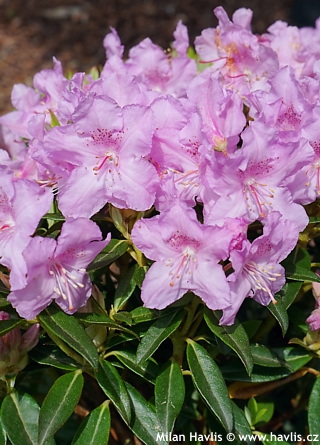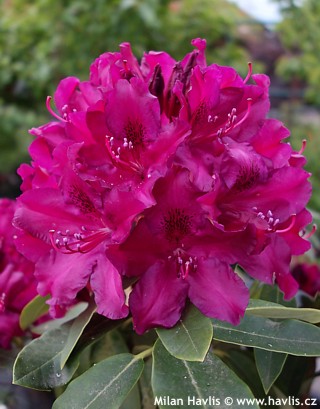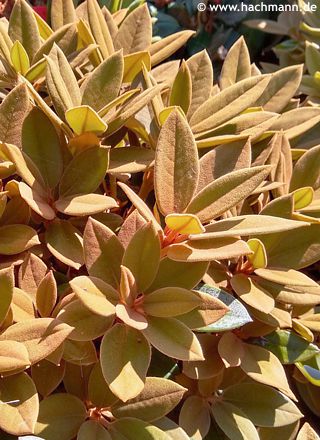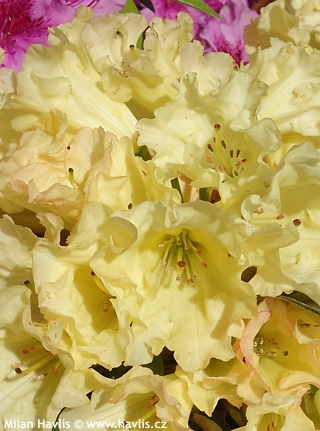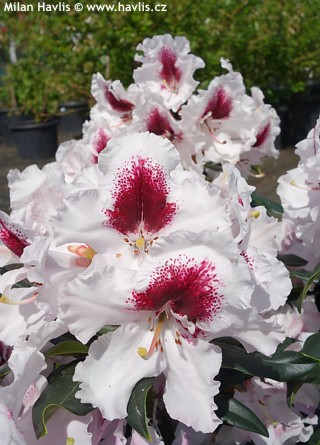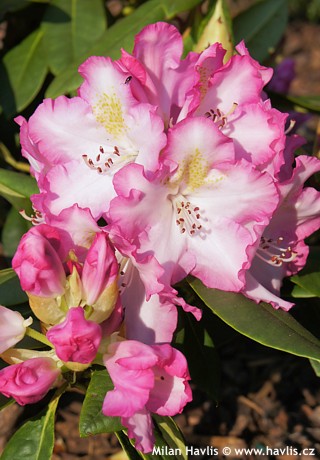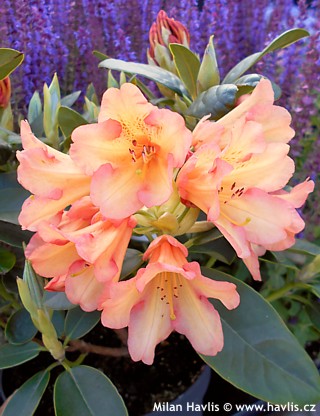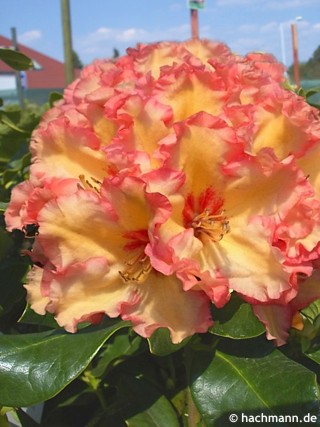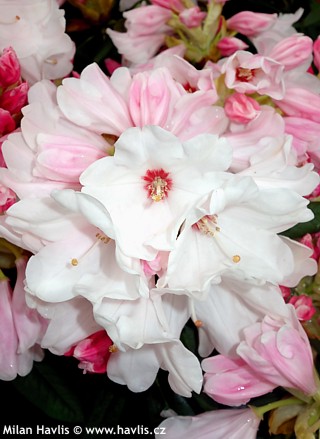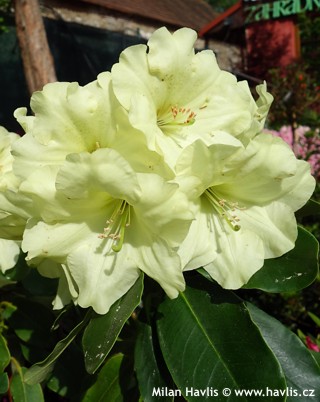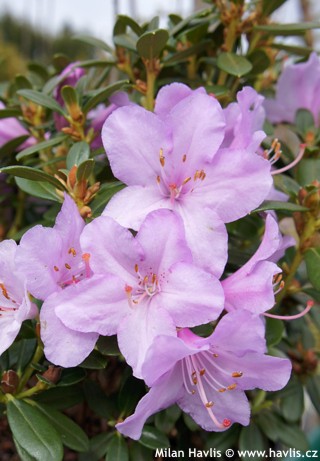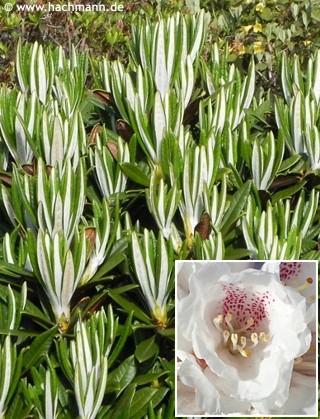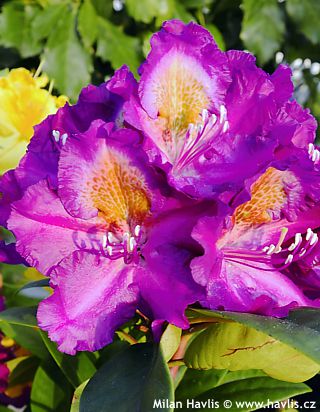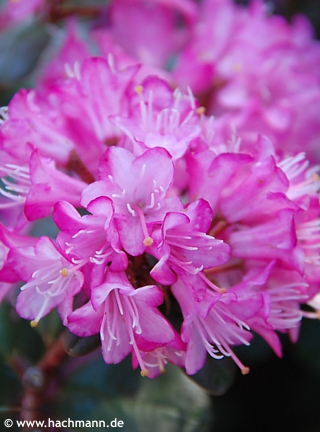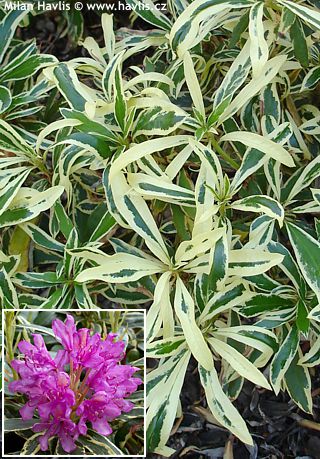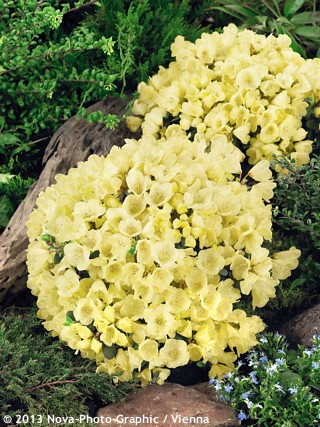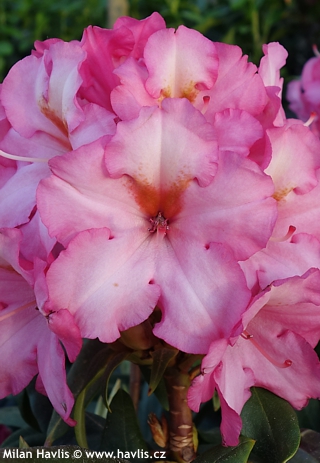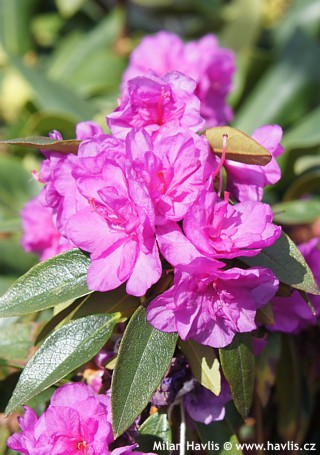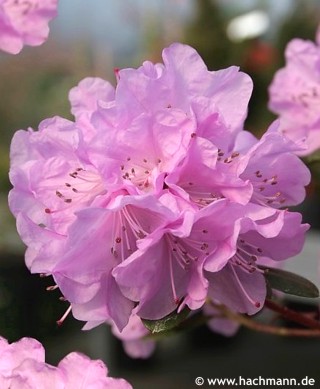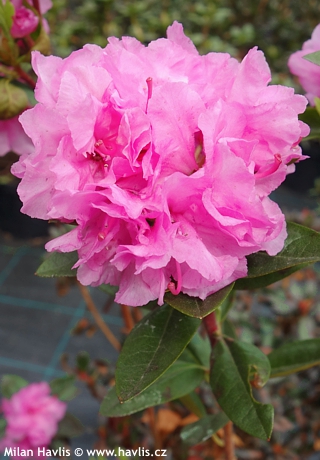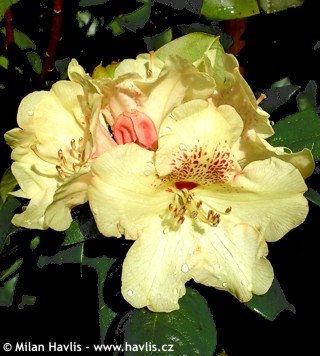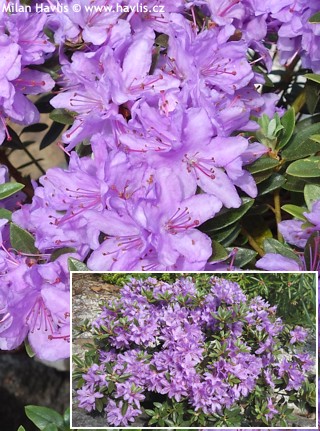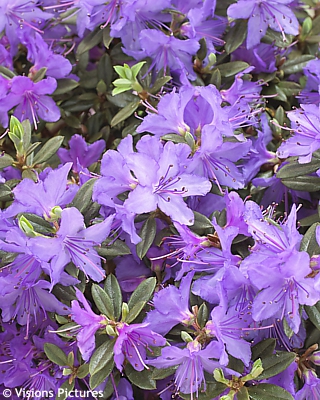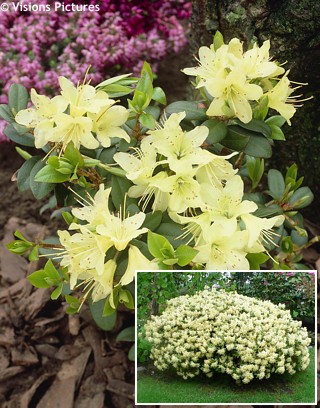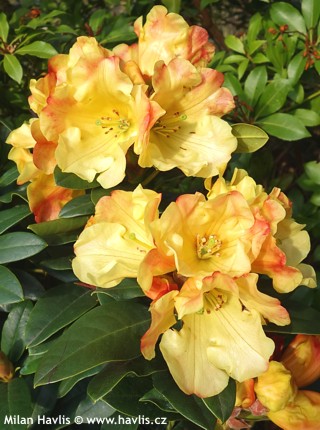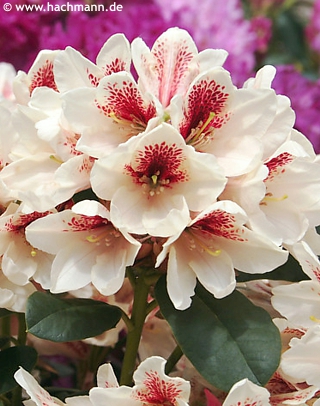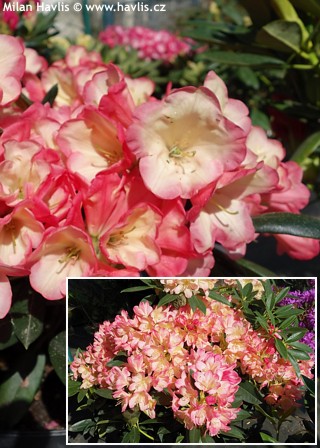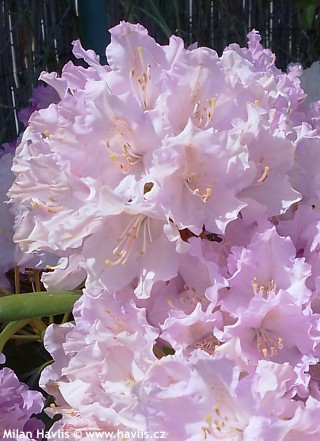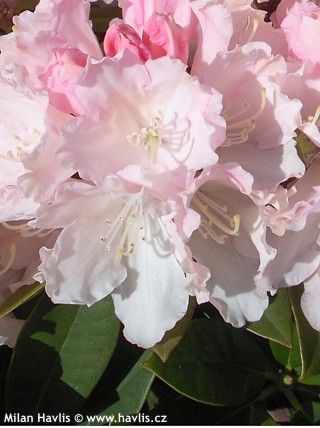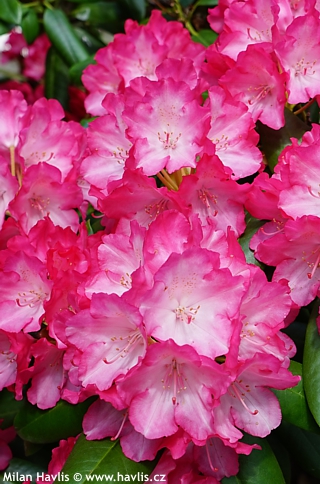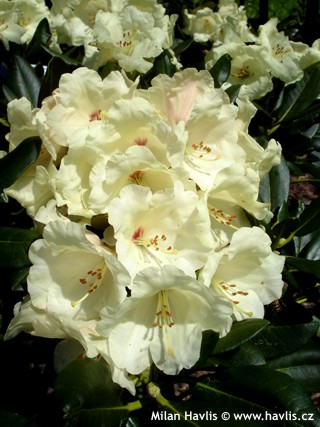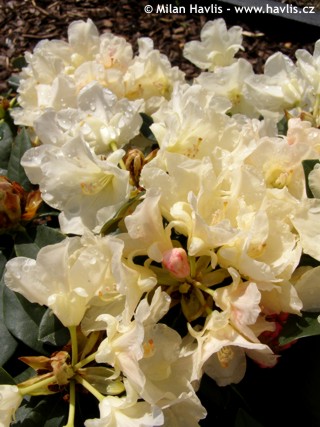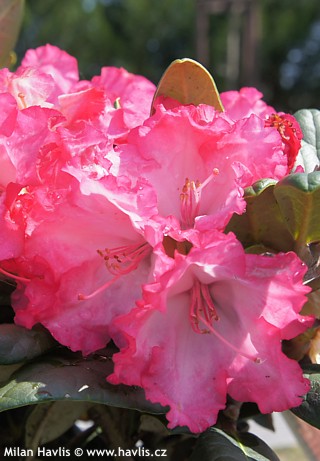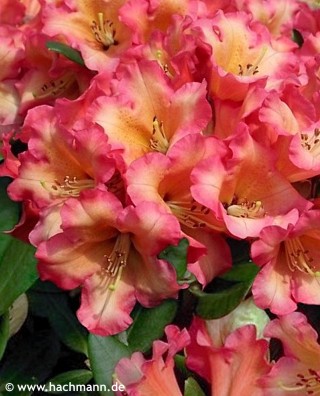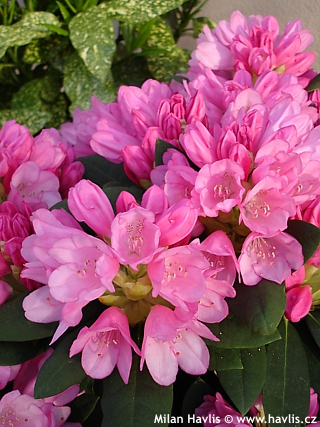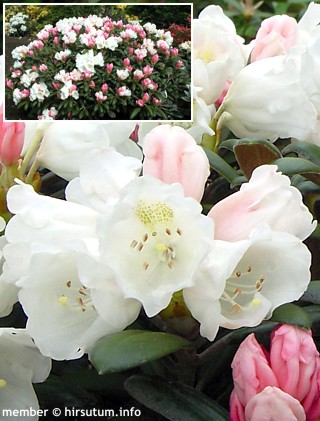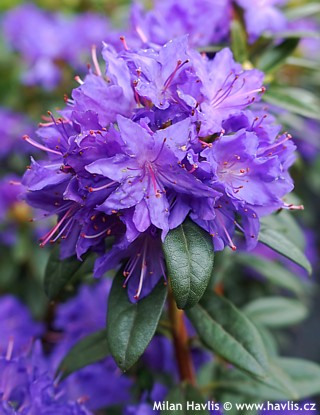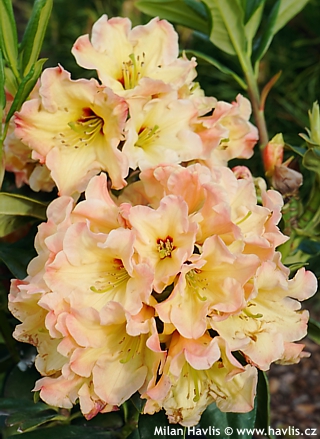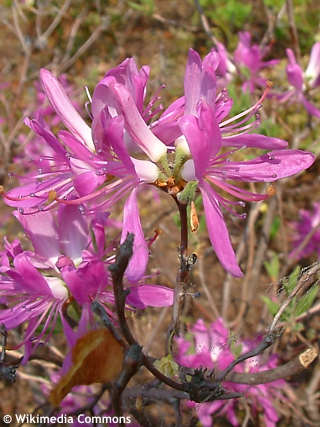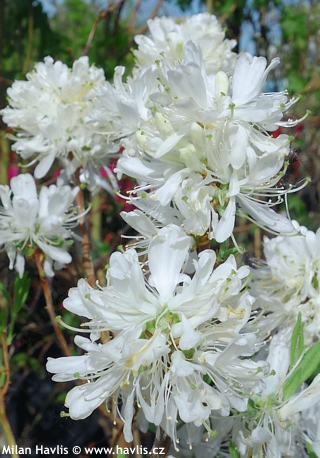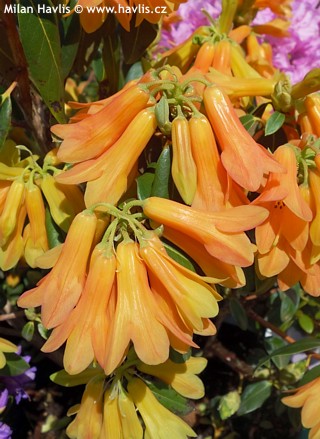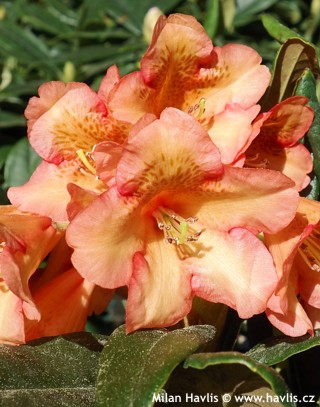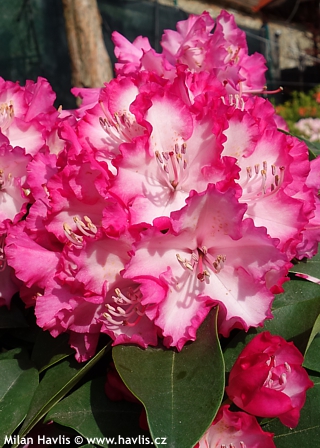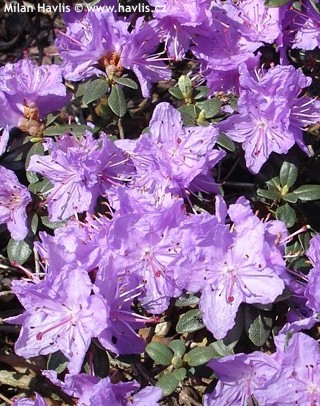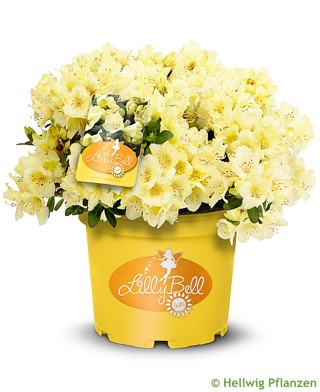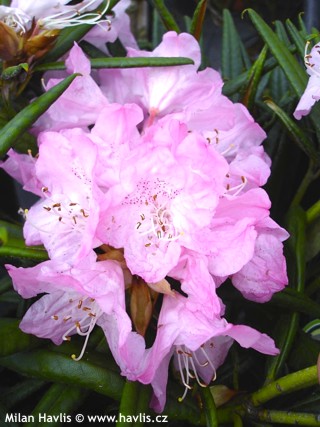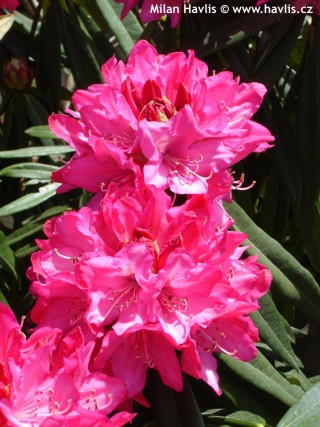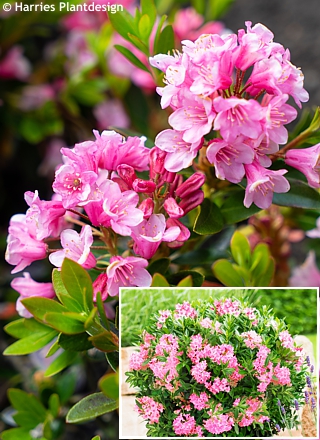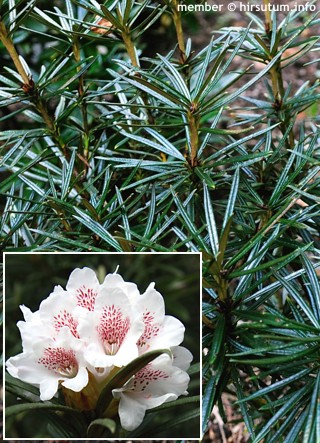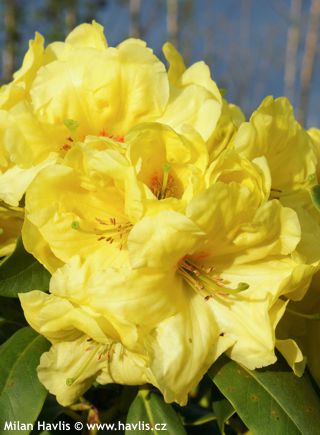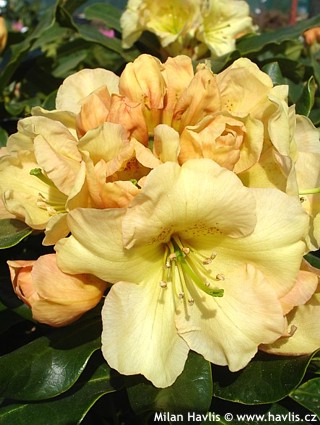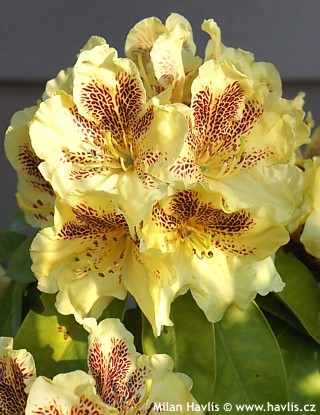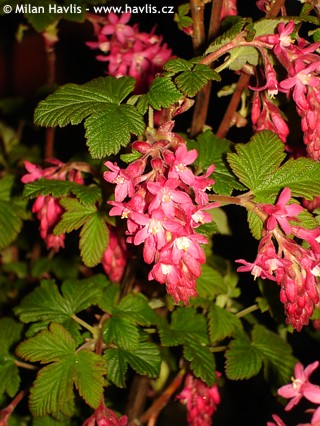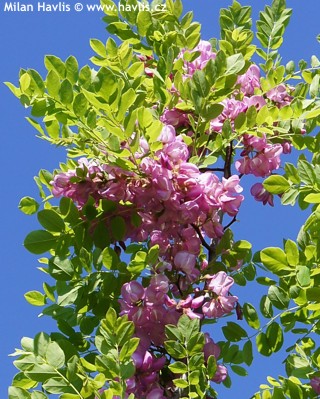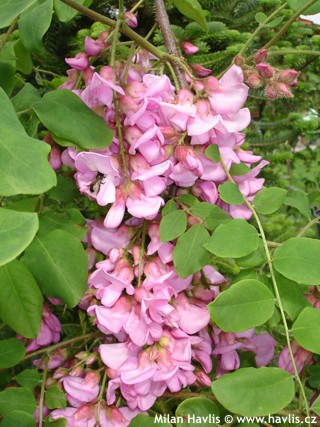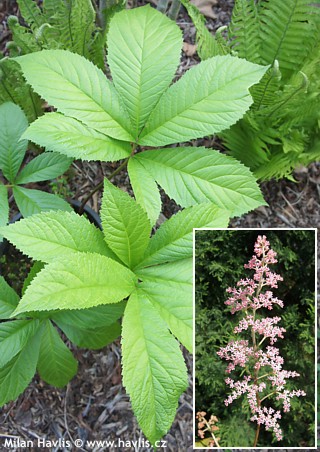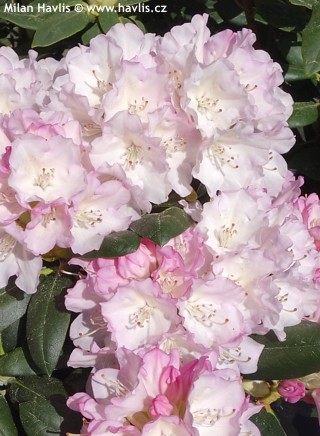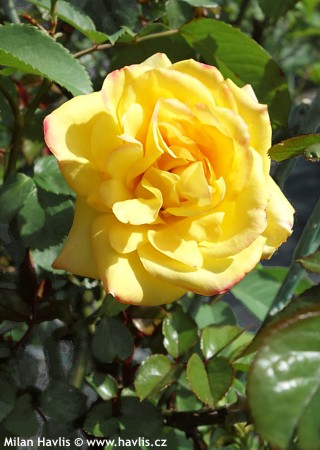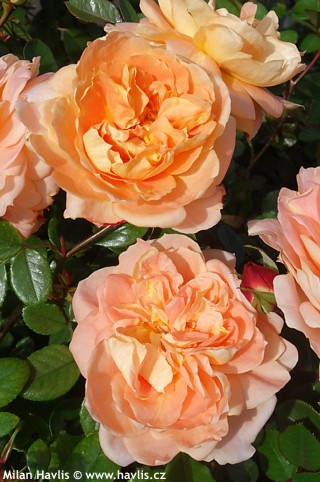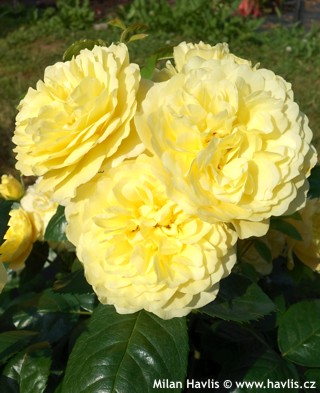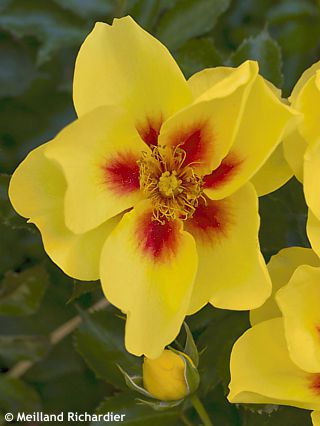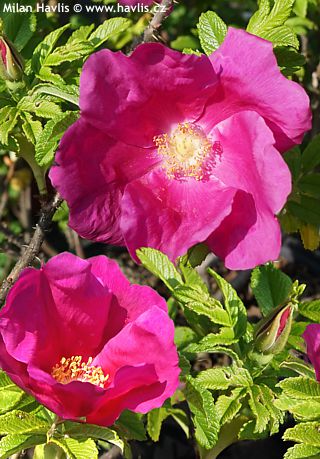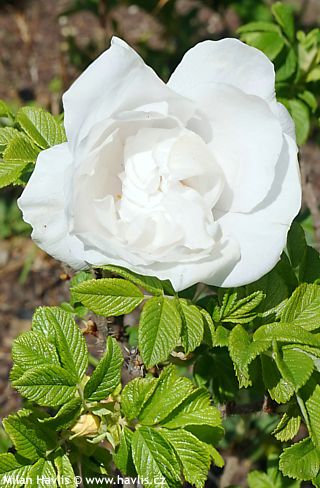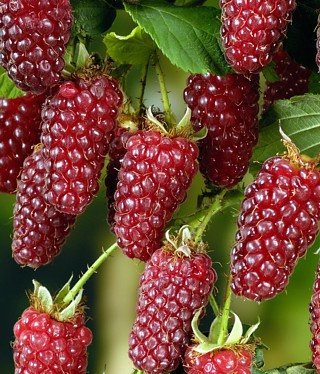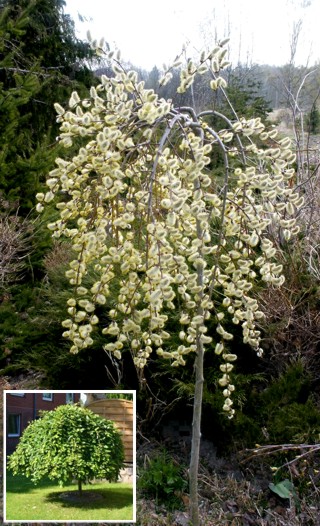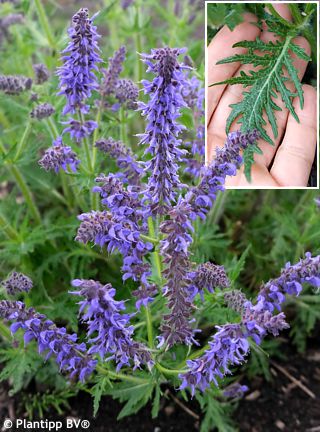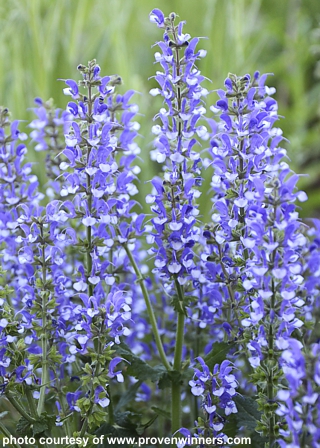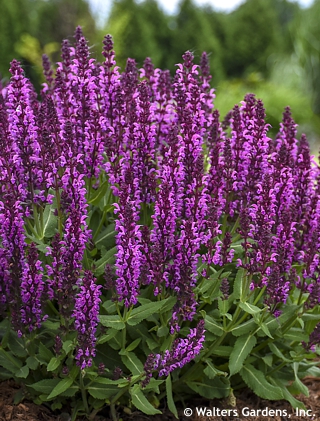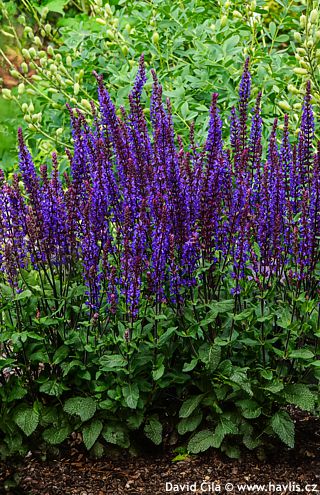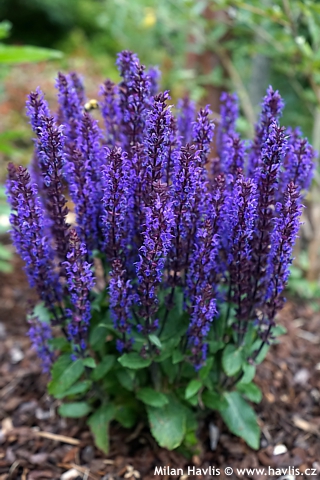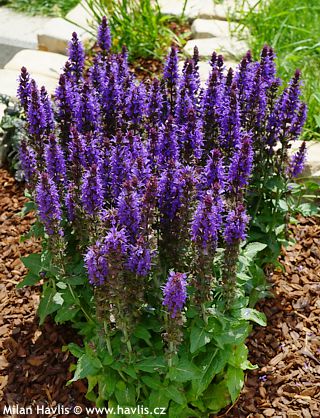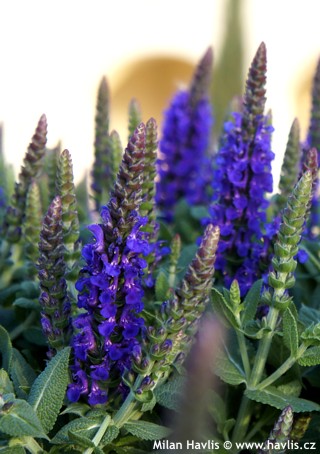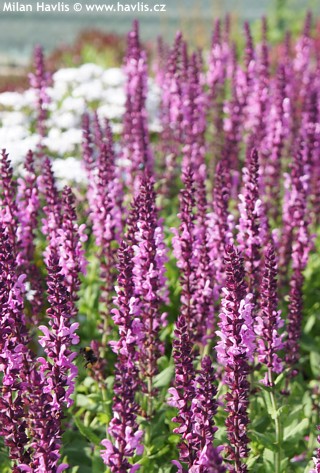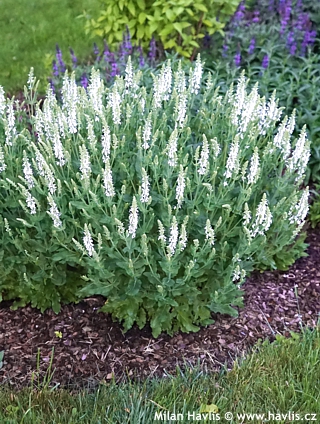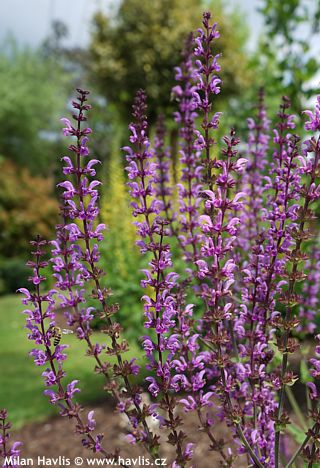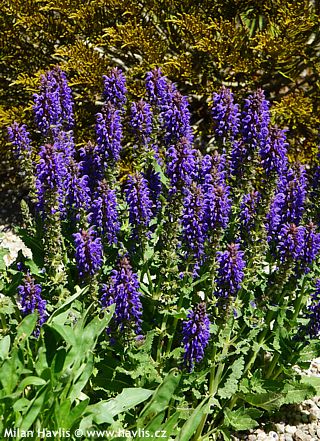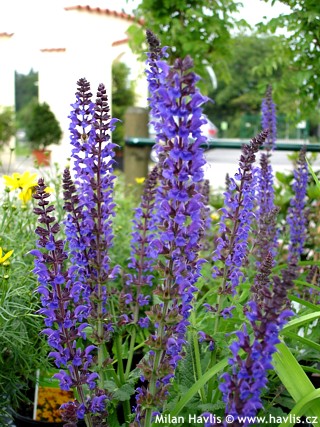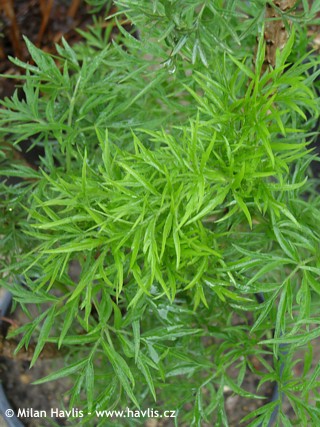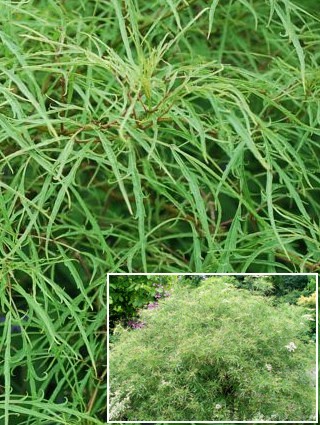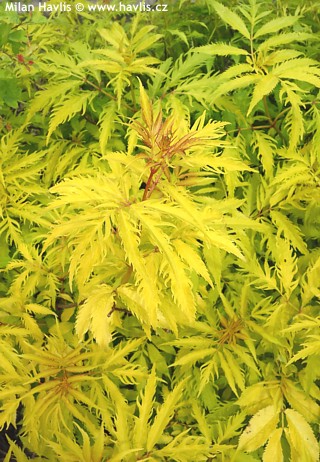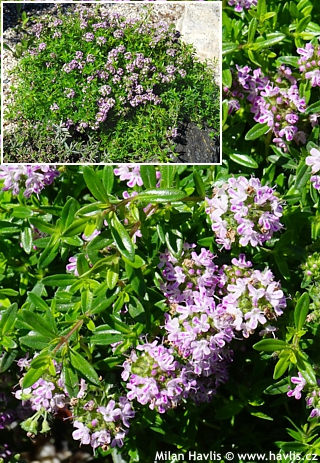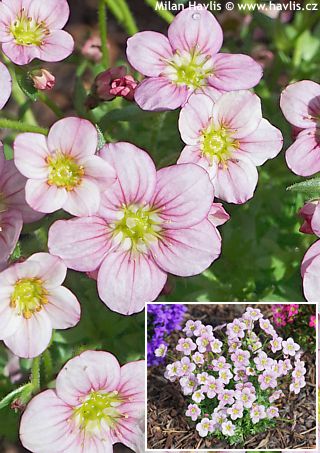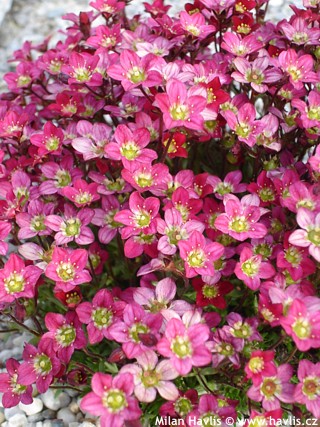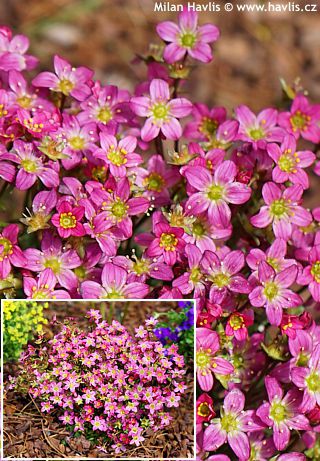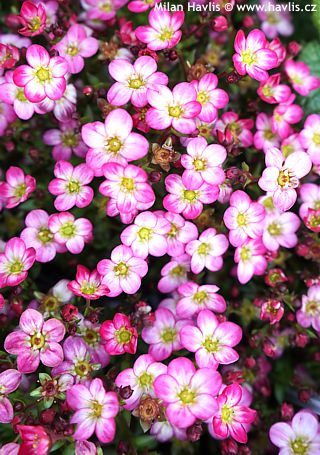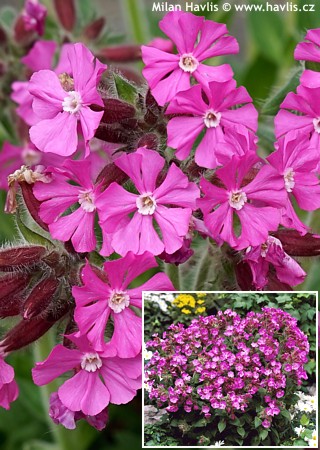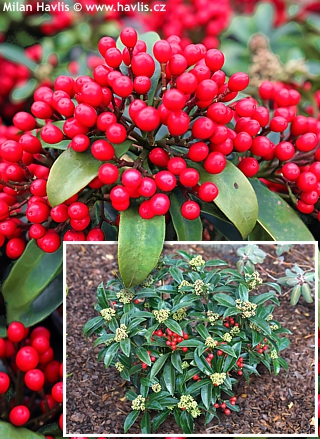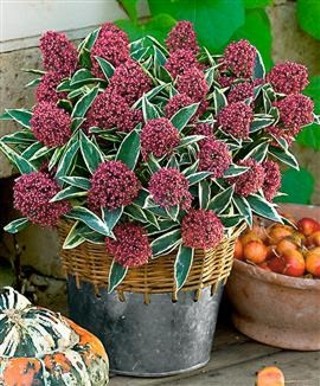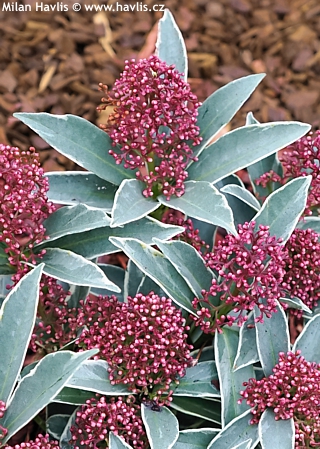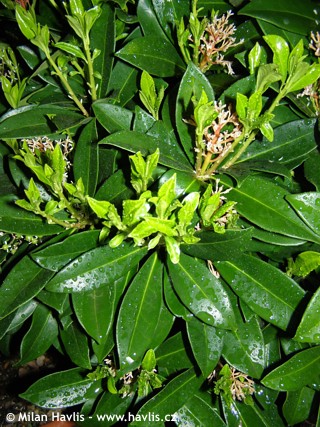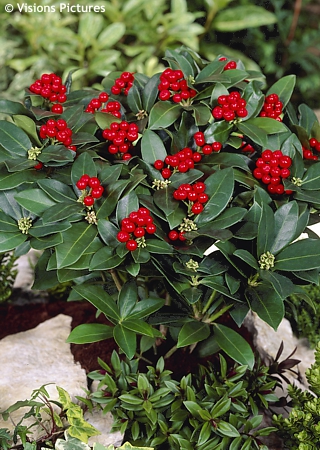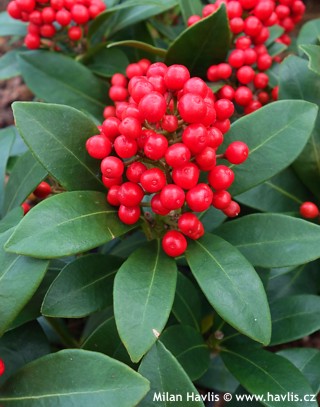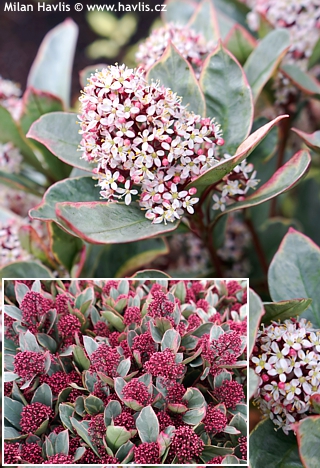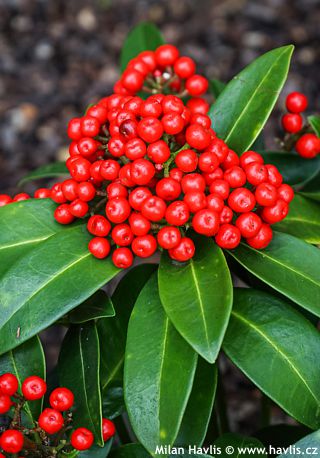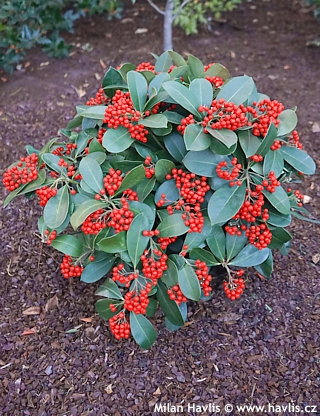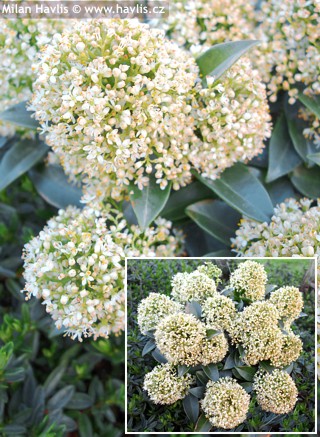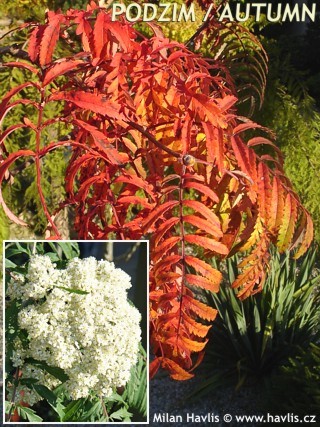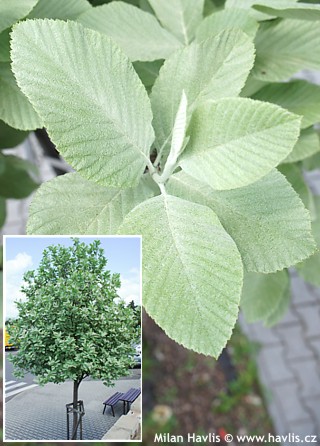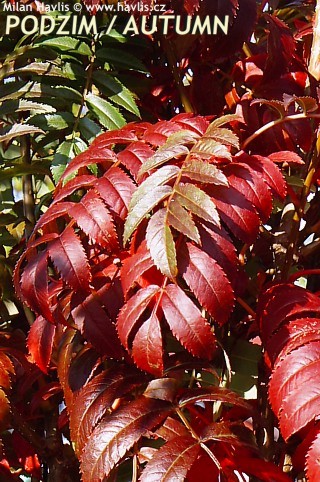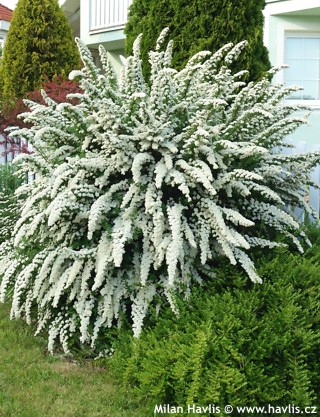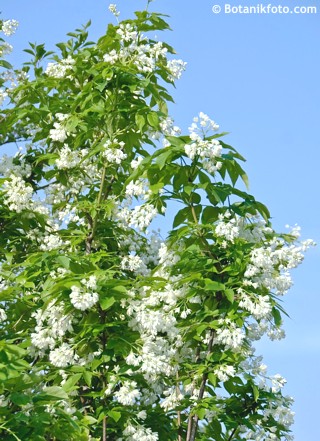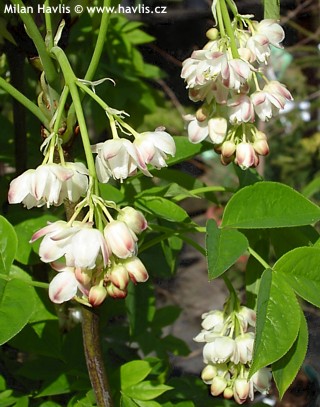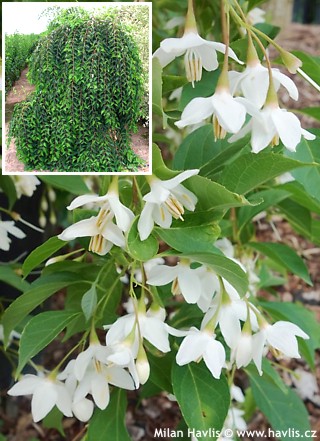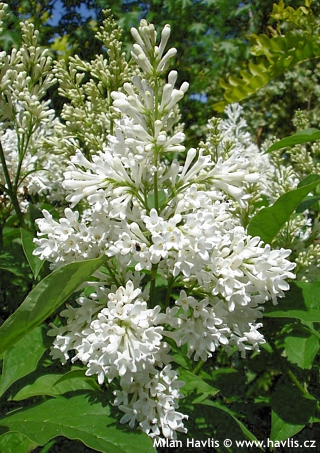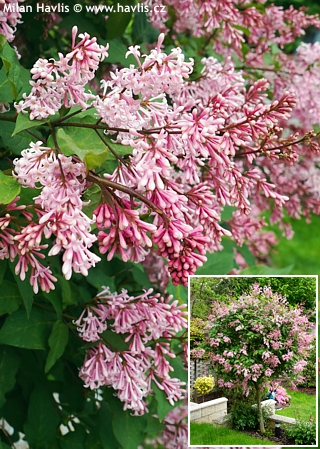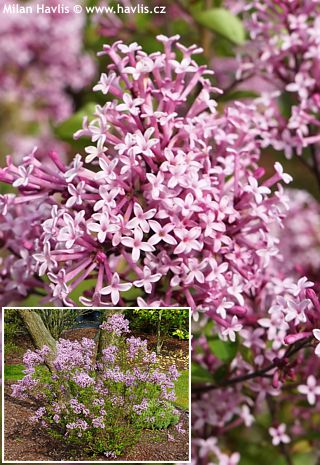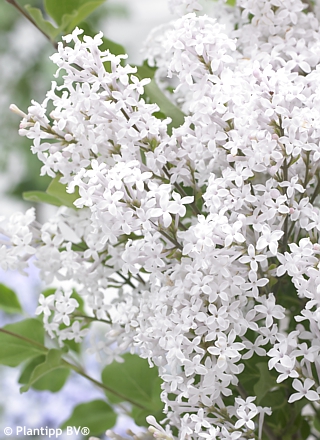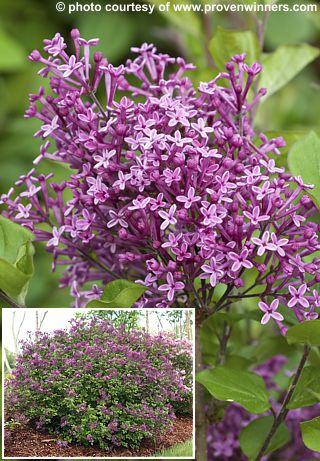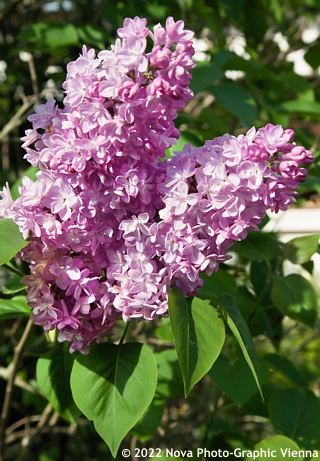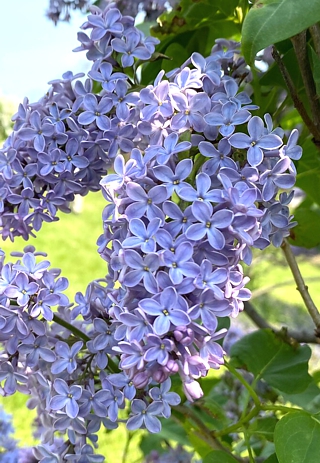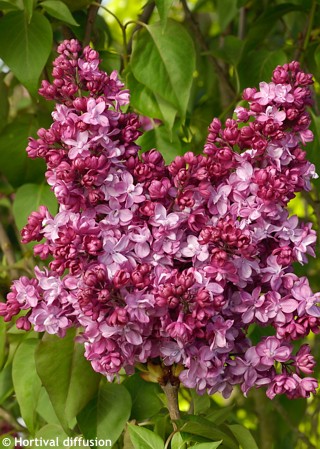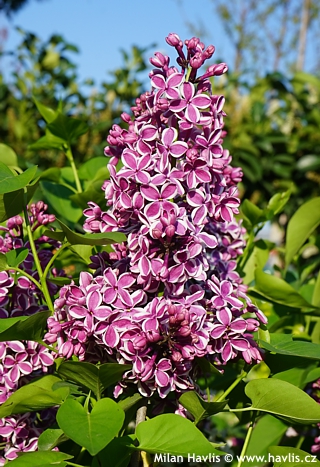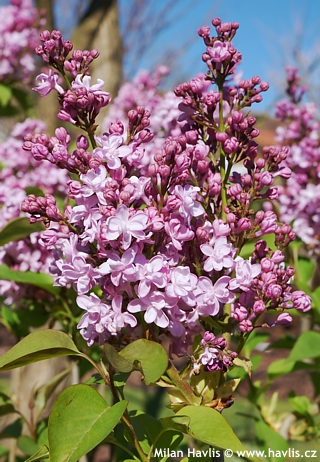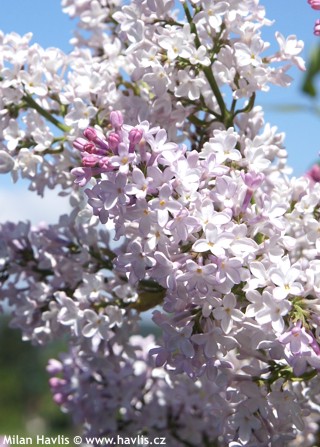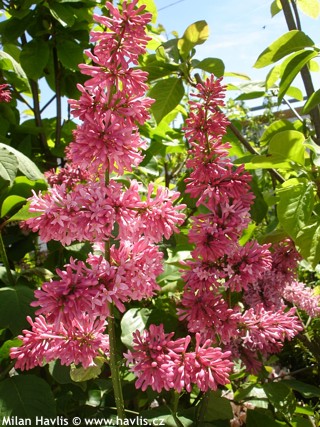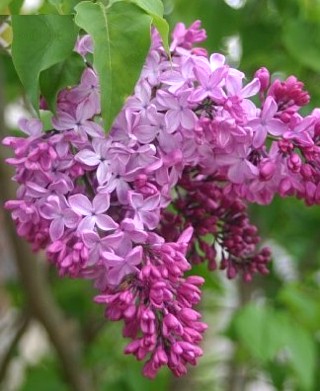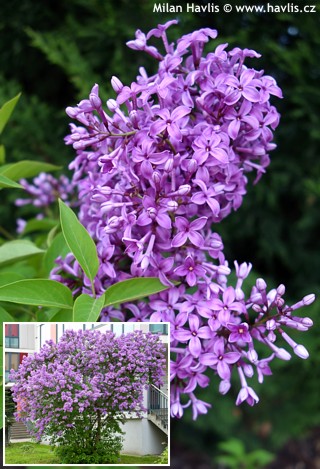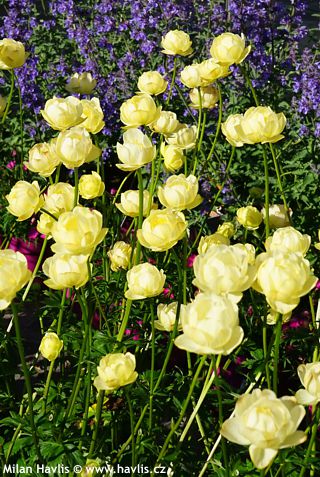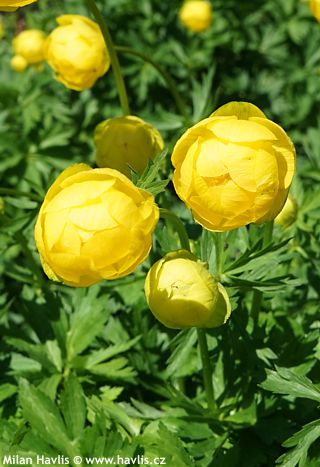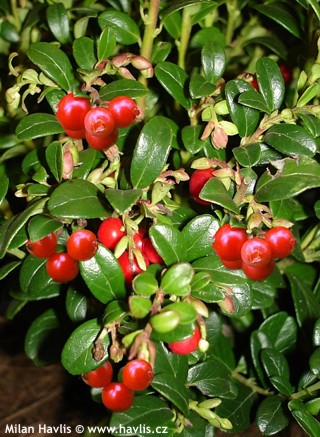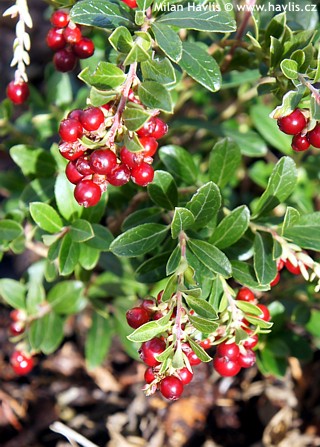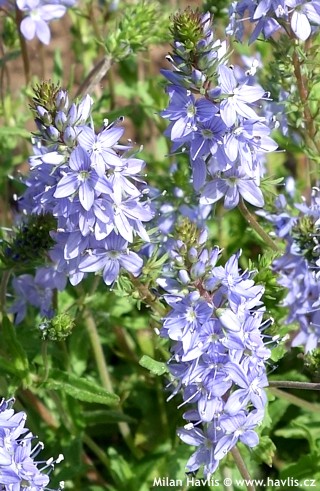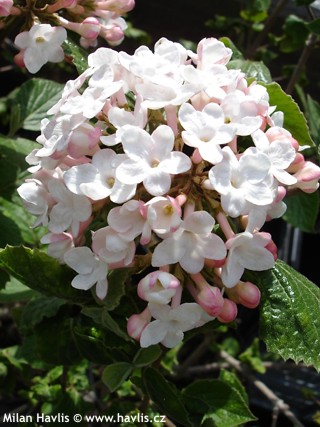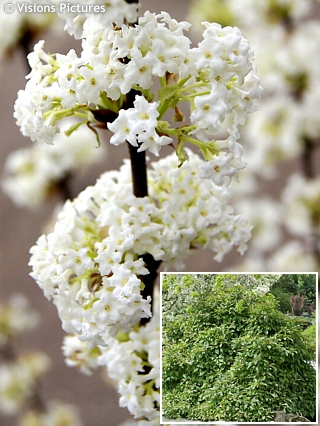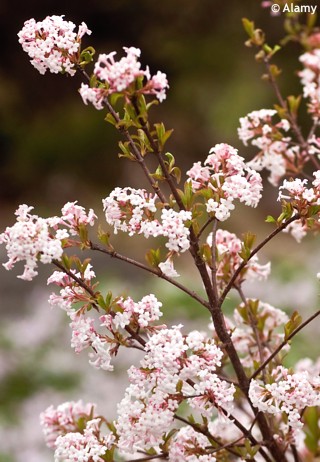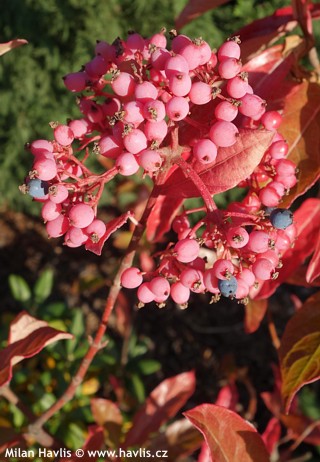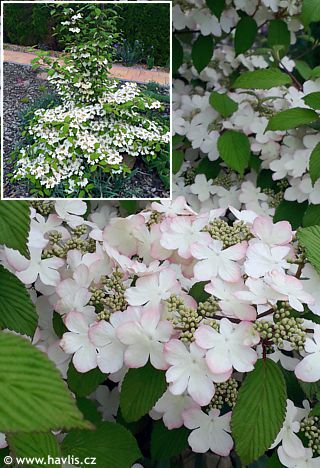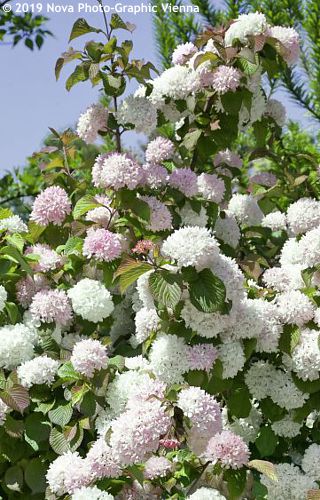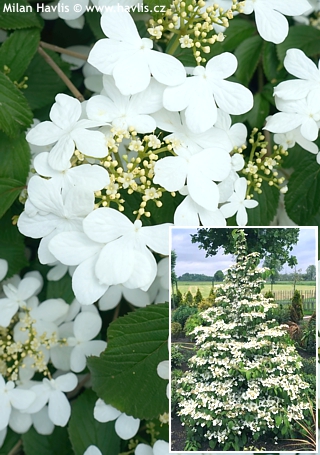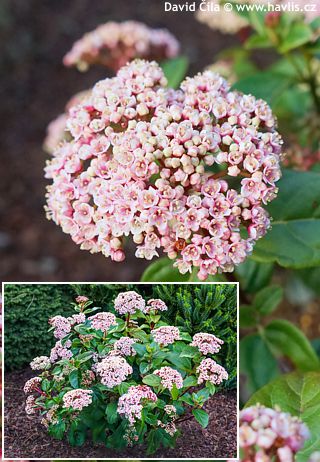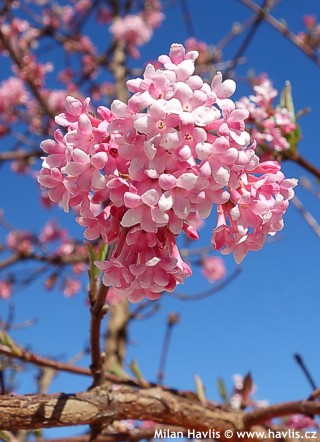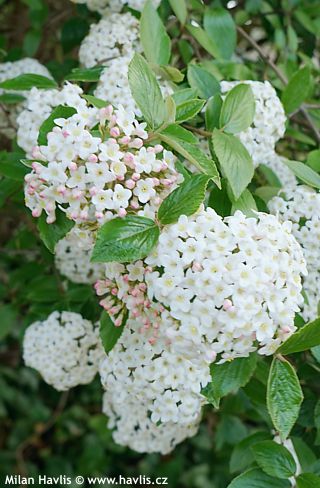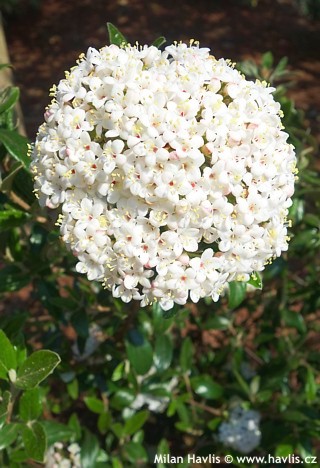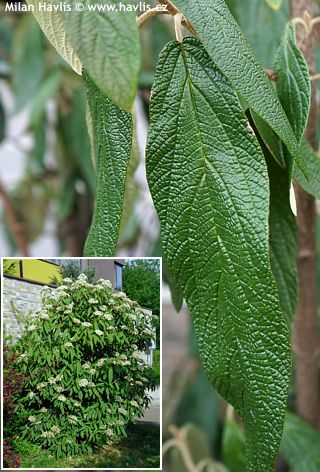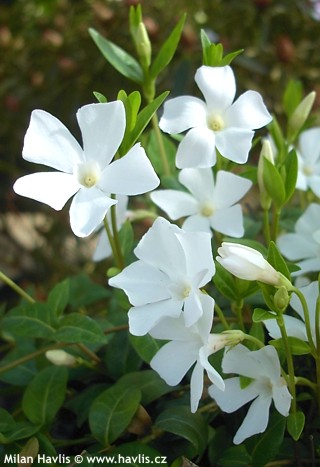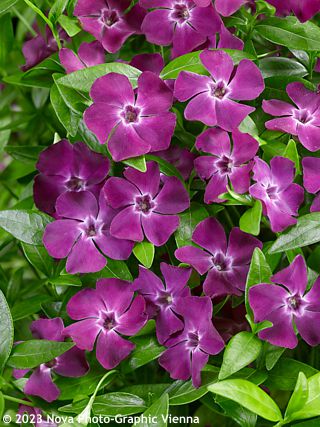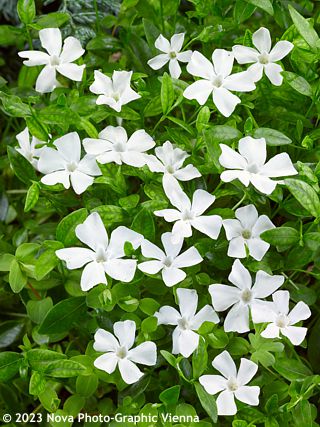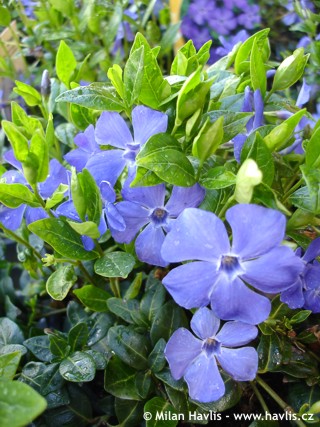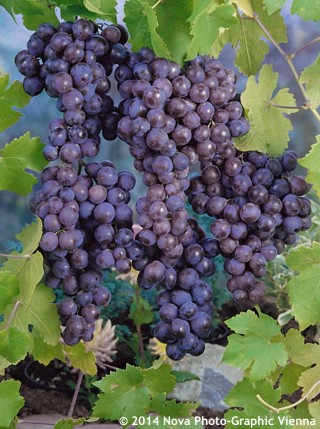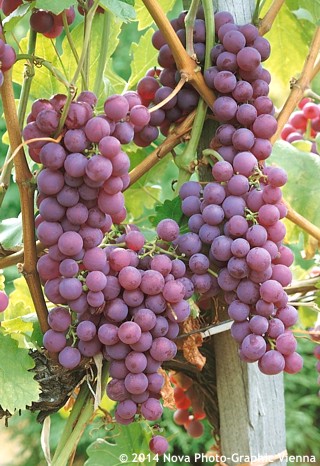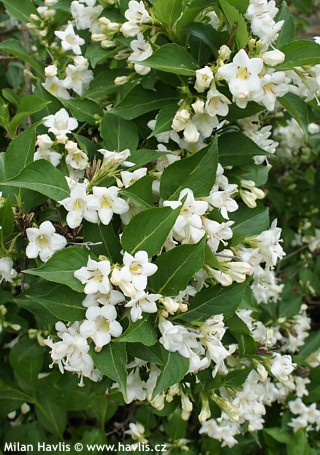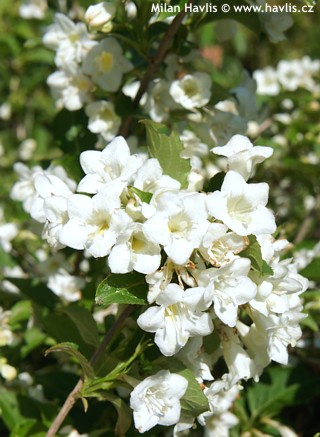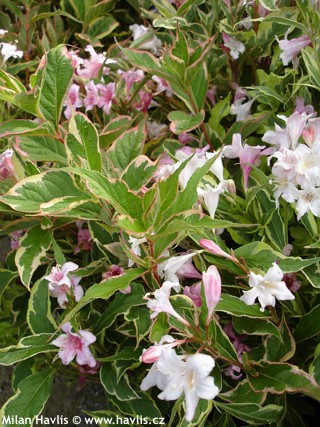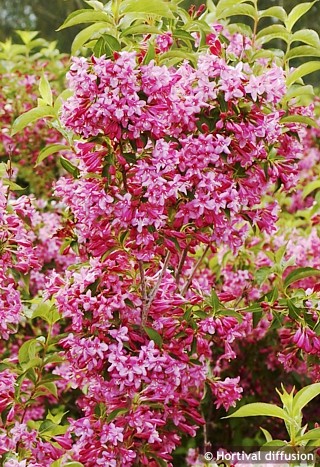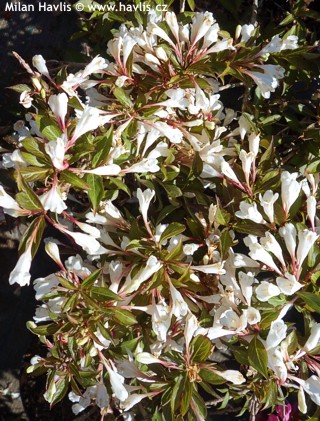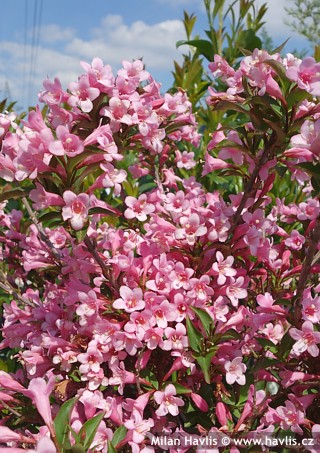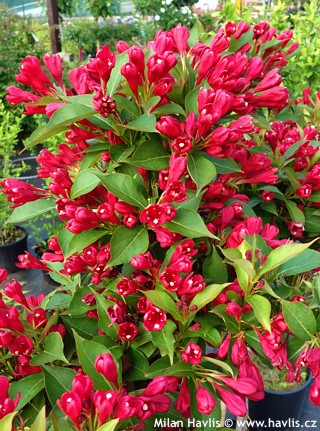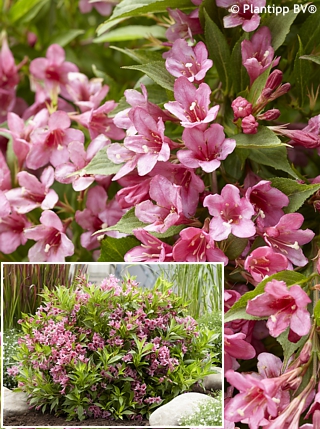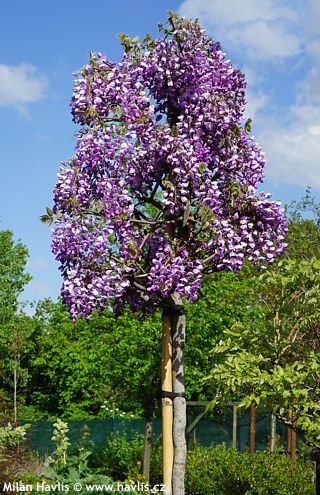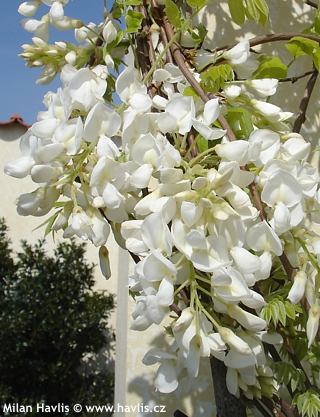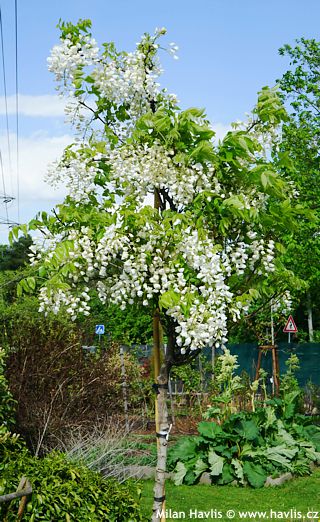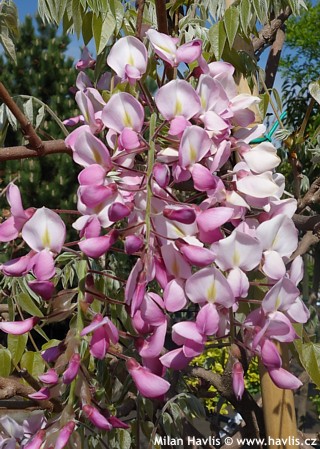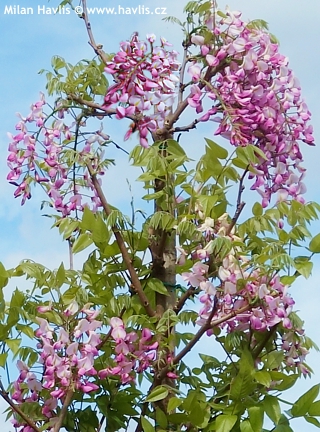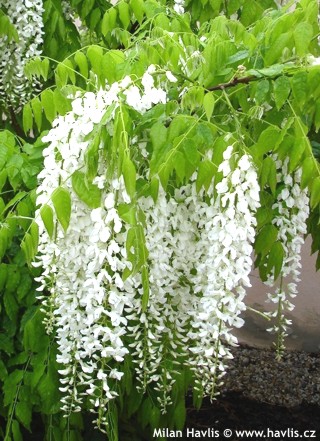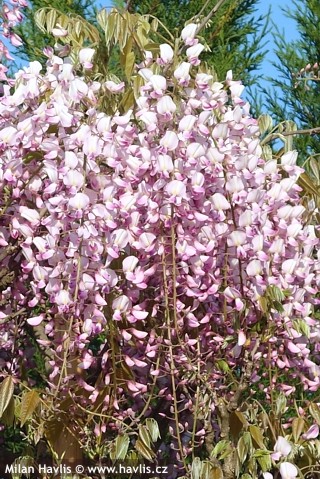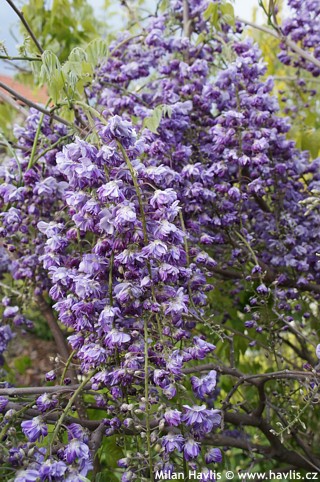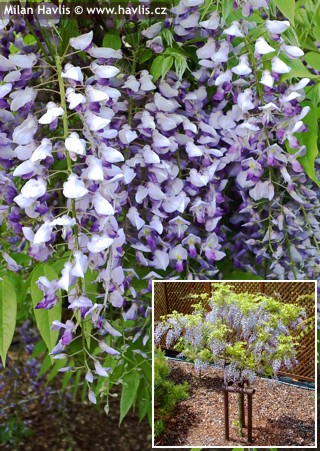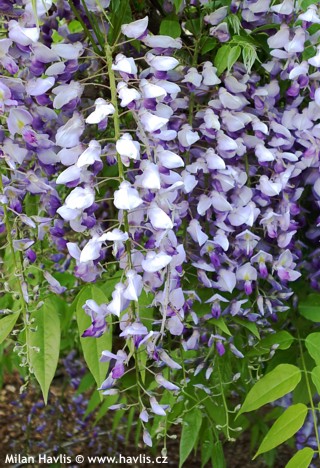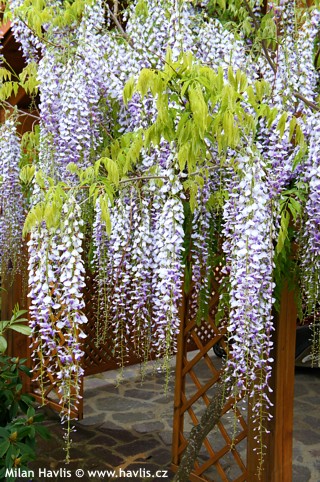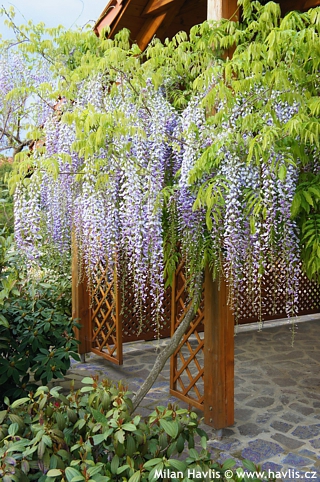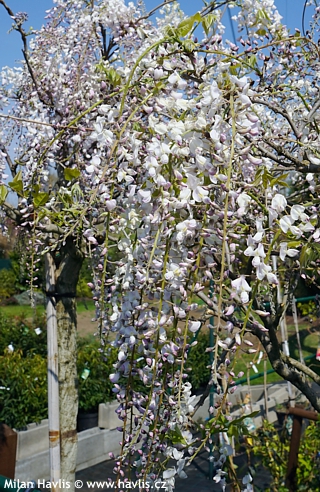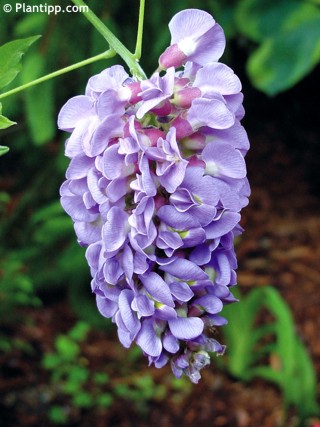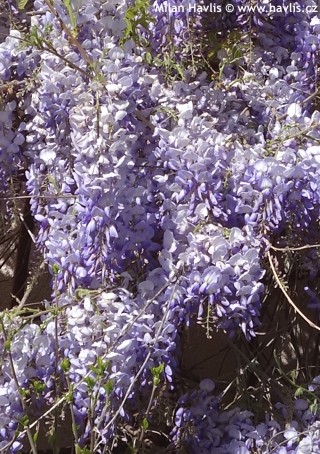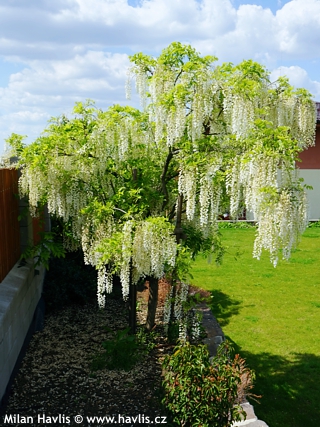CURRENTLY IN STOCK:
At first glance, Adam's laburnum looks like an ordinary laburnum – an upright shrub or small tree with an open crown and smooth grey-green bark. But a closer look at the branches reveals that something is amiss. Some shoots bear the typical trifoliate leaves of laburnum, others have the smaller, ov ...

V - VI

3 - 5m

2 - 3m

full sun

5 (down to -29°C)

for zone 5+6

for zone 7
Another website I came across calls this Norway maple a meat-ball-on-a-stick. Quite funny, actually, but in fat it truthfully describes the shape of this small tree. Well, that only in case the author meant a good housewife who made proper, perfectly spherical meat balls.
Globosum is a variety with ...

IV - V

2 - 4m

2 - 4m

full sun

4 (down to -34°C)

for zone 5+6

for zone 7
Golden Globe is a dwarf Norway maple i.e. one of those with large leaves as opposed to Japanese maples with small and dissected foliage. One of the big advantage of Norway maple is its resistance against majority of common tree diseases and pests. And it will grow almost anywhere.
Golden Globe vari ...

IV - V

2 - 4m

3 - 4m

full sun

4 (down to -34°C)

for zone 5+6

for zone 7
Men usually get mad when women describe colours with expressions like salmon pink, peachy red etc. Well, men, get ready for another hit below the belt: we have a tree whose leaves are SHRIMP pink. Not familiar with that colour? Go to the nearest restaurant and have a prawn-cocktail to see what the f ...

IV - V

2 - 3m

full sun

4 (down to -34°C)

for zone 5+6

for zone 7
Issai is a self-fertile variety of the so-called mini-kiwi. This means that unlike the species it does not need a male and a female plant to produce fruit. Apart from tasty fruit it is a nice plant, too, with deep green leaves and scented flowers in June.
It is a vine that is less vigorous that the ...

V - VI

3 - 6m

full sun

4 (down to -34°C)

for zone 5+6

for zone 7
Red horse chestnut is a fantastic tree which is usually planted in large gardens and parks, and as a street tree. Although, this hybrid grows a little slower (30 cm a year) making some 6x4m when 20 years old.
Briotti is a popular variety with big, upright panicles of deep pink flowers with a distin ...

V

6 - 15m

6 - 10m

full to partial sun

5 (down to -29°C)

for zone 5+6

for zone 7
Juneberry and downy serviceberry species are popular shrubs and trees that are celebrating their renaissance at the beginning of the new millennium. They belong to both ornamental plants as well as fruit trees which is why they are regaining interest. They are very easy to grow and can cope even wit ...

IV - IV

4 - 8m

2 - 4m

full sun

4 (down to -34°C)

for zone 5+6

for zone 7
Juneberry is a large shrub cultivated mostly for its delicious and healthy fruit. It is a large deciduous shrub or a small tree.
Flowers are star-shaped, white and scented and appear in mid spring. Oval leaves are up to 8 cm long, emerge bronze and mature to green colour, turning scarlet red or dee ...

IV - V

2 - 6m

2 - 5m

full sun

4 (down to -34°C)

for zone 5+6

for zone 7
Blue Ice is a variety of bog rosemary with bright silvery blue leaves. They are linear-lance-shaped, 2-3 cm long. Urn-shaped flowers appear from mid spring until early summer and are light pink. It is a slow growing, mound-forming or ground-covering.
It loves moist to wet places with humus-rich, co ...

V - VI

0,2 - 0,6m

0,6 - 1m

full to partial sun

2 (down to -45°C)

for zone 5+6

for zone 7
Compacta is a dwarf bog rosemary with green foliage and profusion of light pink flowers. Leaves are rosemary-like, linear-lance-shaped, 2-3 cm long. Urn-shaped flowers are paler than on Nikko variety and appear in abundance from end April until early June. It is a slow grower forming a neat cushion ...

IV - VI

0,2 - 0,3m

0,2 - 0,4m

full to partial sun

2 (down to -45°C)

for zone 5+6

for zone 7
Nero is a Slovak variety of purple chokeberry with large fruit and leaves purple tinged on the reverse. The lustrous fruits are black, about twice as big as black currant berries, and are rich in vitamin C and other important microelements such as ferrum and iodine. They can be eaten fresh, in fruit ...

V - V

1,5 - 2m

1 - 2m

full to partial sun

3 (down to -40°C)

for zone 5+6

for zone 7
Lords-and-ladies is an old favourite among tuberous plants. And as you can tell by the Latin name, it does not come from Bangladesh though it looks rather exotic.
The arrow-shaped leaves are very attractive, marbled green with conspicuous creamy white or yellowish veins. They are popular for flower ...

V - V

0,2 - 0,4m

full to partial sun

5 (down to -29°C)

for zone 5+6

for zone 7
Gold dust is a low growing, mat forming perennial not just for rockeries or dry walls. It produces masses of panicles with rich yellow flowers on thin but sturdy, 20-25 cm tall stems. Flowers come out from mid spring, usually early May and continue flowering for 3-4 weeks. Leaves are narrowly ellipt ...

V - VI

0,2 - 0,2m

0,3 - 0,5m

full sun

4 (down to -34°C)

for zone 5+6

for zone 7
In 1977 Hans Hachmann introduced a sensational deciduous azalea with the richest merge of red and orange colour. Its name is Feuerwerk (Fireworks) and it does look as if taken from the middle of a blazing fire. The individual flowers are large – 7-8 cm across, only lightly scented, and appear ...

V - VI

1 - 2m

1 - 2m

full sun

4 (down to -34°C)

for zone 5+6

for zone 7
Goldtopas is an excellent variety of deciduous azalea with golden yellow flowers. Their colour is like glowing afternoon sun. Flower heads are up to 13 cm large, while individual flowers are 7-9 cm wide. It grows quite compact, forming a shrub 1.1m tall and 1.4m wide when 15 years old. Deciduous lea ...

V - VI

0,5 - 1,5m

0,5 - 2m

full sun

4 (down to -34°C)

for zone 5+6

for zone 7
Renowned breeders of rhododendrons and azaleas from Germany Hans Hachmann and his son Holger also hybridized a number of deciduous azaleas, such as Juanita which was introduced in 1979. It is a lovely variety with large flowers whose colour is so joyful and optimistic – rich pink with a deep g ...

V - VI

1 - 2m

1 - 2m

full sun

4 (down to -34°C)

for zone 5+6

for zone 7
“Mandarin Lights” comes from the Northern Lights line. This one has bright orange flowers with shades of red and yellow and frilled edges. Excellent hardiness to -35°C.
Deciduous azaleas are ericaceous plants, loving insulate position with always moist soil. During temporary summer dry ...

V - VI

1,3 - 1,5m

full sun

4 (down to -34°C)

for zone 5+6

for zone 7
Northern Hi-Lights is a slow-grower with creamy white flowers that grade to pale or bright yellow on top petals. Buds are light pink. Leaves are dark green and turn brilliant carmine and burgundy red in autumn.
Deciduous azaleas are ericaceous plants, loving insulate position with constantly moist ...

V - V

1 - 1,3m

0,8 - 1,3m

full sun

4 (down to -34°C)

for zone 5+6

for zone 7
Sarina is a large-flowered variety of this deciduous azalea, bred by Hans Hachmann already in 1963. Its flowers are rich scarlet red, slightly frilled at margins, and have a large, golden orange blotch on the upper lip. Fragrance is faint. Deciduous leaves are oval to elongated, mid green in summer ...

V - VI

1,5 - 2m

1 - 1,5m

full sun

4 (down to -34°C)

for zone 5+6

for zone 7
Spek’s Orange is a large-flowered deciduous azalea introduced in 1958. From early May, it blooms with single flowers up to 6 cm wide in an attractive shade blending subtle, pastel orange and salmon pink, with a golden glow in the throat. It carries a moderately strong, sweet, and very pleasant fragr ...

V

1,5 - 2m

1,3 - 1,8m

full to partial sun

4 (down to -34°C)

for zone 5+6
Tunis azalea could be a perfect deciduous azalea choice for those who love striking colours. This variety offers large, rich salmon-red flowers with orange throats. Petal margins are a little undulated. It grows at medium speed rate forming a rather symmetrical shrub.
Deciduous azaleas are ericaceo ...

V - VI

0,5 - 1,5m

0,5 - 1,5m

full sun

4 (down to -34°C)

for zone 5+6

for zone 7
Amoena is a Japanese azalea with small to mid-sized, bright, deep fuchsia pink flowers, hose in hose, that totall cover the plant when in full bloom. They come out in mid May and continue until early June. Thanks to their bright colour it will light up the daker corners of your garden.
Leaves are ...

V - VI

0,4 - 0,8m

0,4 - 1m

semi-shade to shade

5 (down to -29°C)

for zone 5+6

for zone 7
Arabesk is an attractive variety of Japanese azalea with large, deep red flowers. They come out in profusion from mid until end May. The evergreen foliage is dark green, with some burgundy red shades in autumn and winter, changing back to green before it starts flowering. This azalea grows slowly, m ...

V - V

0,4 - 0,8m

0,4 - 1m

semi-shade / partial sun

7 (down to -23°C)

for zone 5+6

for zone 7
Blaauw’s Pink has attractive, salmon pink small flowers with slightly darker throat. It has irregular growth and belongs to mid-sized azalea.
Leaves are mid to dark green, ovate, only about 2-3 cm long. In semi-shade and shade they remain on the shrub throughout winter, if placed in full sun ...

IV - V

0,3 - 1m

semi-shade / partial sun

5 (down to -29°C)

for zone 5+6

for zone 7
Blue Danube is a German variety of Japanese azalea. It is a slow and dense growing plant with profusion of large, 3-4 cm across, widely open, purple-violet flowers with a darker blotch just like rhododendrons have. Leaves are small, almost flat, elliptic to oval, deep green and partly hairy. They ar ...

V - V

0,4 - 0,8m

0,5 - 1,3m

semi-shade / partial sun

5b (down to -27°C)

for zone 5+6

for zone 7
F.C.F. is, so far, a non-registered variety of Japanese azalea from Italy. This small shrub produces abundance of semi-double flowers already in mid May. They are rich pink and completely cover the plant. The evergreen leaves are elliptic to oval, partly glossy, mid green and turn bronze in autumn a ...

V - V

0,5 - 1,3m

0,5 - 1,3m

semi-shade to shade

7 (down to -23°C)

for zone 5+6

for zone 7
Another red flowering Japanese azalea from Hans Hachmann was bred in 1987 and was named Fridoline. It has medium-sized flowers: 4-4,5 cm wide of bright red colour. It blooms in late spring, from end May until mid June. Slow grower, mound-forming.
Leaves are mid to dark green, ovate, only about 2-3 ...

V - VI

0,3 - 0,8m

0,5 - 1m

semi-shade / partial sun

5 (down to -29°C)

for zone 5+6

for zone 7
Hachmann's Rokoko is another beauty from the collection of dwarf or low growing Japanese azaleas bred by German rhodo/azalea guru Hans Hachmann. It produces medium large, about 5 cm across, semi-double flowers of rich pink colour. They open from mid May until early June on the background of small, d ...

V - VI

0,3 - 0,5m

0,8 - 1,3m

semi-shade / partial sun

5b (down to -27°C)

for zone 5+6

for zone 7
Rosebud is an old variety of Kurume Japanese azalea bred an introduced by J.J.Chisholm in 1934. It bears unique, double flowers of soft pink colour. They look like those on Indian azaleas but are very hardy and bloom from mid May until early June. Evergreen leaves are small, elliptic, and glossy. Ro ...

V - VI

0,5 - 0,8m

0,5 - 0,8m

full to partial sun

5 (down to -29°C)

for zone 5+6

for zone 7
Rosinetta® is another unique Japanese azalea bred by Hans Hachmann. It has pure pink, double or tripple flowers that are 4-6 cm wide and come out late in May, and continue blooming until mid June. It grows slowly, 10-year old plant is about 60 cm high and 80 cm wide.
Leaves are mid to dark gr ...

V - VI

0,4 - 0,8m

0,5 - 1,5m

semi-shade / partial sun

5 (down to -29°C)

for zone 5+6

for zone 7
After a success of variegated azalea cultivars Silver Sword and Hot Shot Variegated, there is a new one called Silver Queen. It boasts extra large, pure pink, openly funnel-shaped flowers in May. Evergreen leaves are narrowly elliptic, acuminate, glossy, mid green with thin creamy white margins. Sil ...

V

0,6 - 0,8m

0,6 - 0,8m

semi-shade / partial sun

7 (down to -23°C)

for zone 5+6

for zone 7
JULIETTE is an evergreen Japanese azalea bred by Holger Hachmann in 1990 as a cross between Squirrel and Chippewa. It was introduced in 2004. Its flowers are 3-4 cm across, open wide, soft red to salmon red with orange tones and slightly undulated margins. They come out in May for 2-3 weeks. Evregre ...

V

0,8 - 1m

0,8 - 1m

semi-shade / partial sun

5b (down to -27°C)

for zone 5+6

for zone 7
FLASH DANCE® is a modern series of evergreen azaleas from French nursery Minier from 2017. FLASH DANCE® SALMON produces large, single flowers that are soft salmon pink, and open in profusion from about late April for 3-4 weeks on the background of small, dark green, almost rounded, highly ...

IV - V

0,8 - 1m

0,8 - 1,3m

semi-shade / partial sun

5b (down to -27°C)

for zone 5+6

for zone 7
FLASH DANCE® is a modern series of evergreen azaleas from French nursery Minier from 2017. FLASH DANCE® PINK produces semi-double flowers with two rows of larger petals, and a few dwarf sepals in the centre. They are bright pink, and open in profusion from about mid May for 2-3 weeks on t ...

V

0,8 - 1m

0,8 - 1,3m

semi-shade / partial sun

5b (down to -27°C)

for zone 5+6

for zone 7
Satschiko azalea is sold under a trade name Geisha Orange and is really very close to orange. It has very soft red flowers with salmon orange tones. They open from late April and bloom for almost 3 weeks. Evergreen leaves are small, oval, dark green, and glossy. Geisha Orange azalea forms a compact ...

IV - V

0,3 - 0,5m

0,8 - 1,3m

semi-shade / partial sun

5b (down to -27°C)

for zone 5+6

for zone 7
WALBERTON’S® MAUVE RUFFLES is an evergreen azalea producing extraordinary flowers. They are large, semi-double or fully double, mauve to lilac pink with ruffles margins. They open in profusion from about late April for 3-4 weeks on the background of small, dark green, narrowly elliptic, p ...

IV - V

0,8 - 1,3m

0,8 - 1,3m

semi-shade / partial sun

5b (down to -27°C)

for zone 5+6

for zone 7
WALBERTON‘S® PINK RUFFLES is an evergreen azalea producing extraordinary flowers. They are large, semi-double or fully double, clear pink with ruffled margins. They open in profusion from about late April for 3-4 weeks on the background of small, dark green, narrowly elliptic, partially g ...

IV - V

0,8 - 1,3m

0,8 - 1,3m

semi-shade / partial sun

5b (down to -27°C)

for zone 5+6

for zone 7
When Carolina azalea comes into bloom, it is as if the shrub has dressed itself in a ceremonial kimono – large, widely opened flowers with a rosy to salmon pink center, white edging, and purple speckling resemble painted plates overlapping in the tiered structure of the plant. Its habit is dense but ...

V - VI

0,5 - 1,5m

0,5 - 1,5m

semi-shade / partial sun

5b (down to -27°C)

for zone 5+6

for zone 7
The hybrid azalea Carolina Salmon derives from the variegated cultivar Carolina, but here the difference is striking: Carolina Salmon is entirely single‑coloured. If just for a split second the word dull came up, think again, or even better – look again! The combination of rich salmon‑pi ...

V - VI

0,5 - 1,5m

0,5 - 1,5m

semi-shade / partial sun

5b (down to -27°C)

for zone 5+6

for zone 7
REPETITA® RED is a hybrid evergreen azalea from the REPETITA® series developed by Robert and Lisa Head in Long Creek in Oconee County, South Carolina, USA. The aim was to bred reliably evergreen plants with extended bloom time. REPETITA® RED azalea produces large, 7-8.5 cm across, sin ...

V - X

0,5 - 0,8m

0,5 - 0,8m

semi-shade / partial sun

7 (down to -23°C)

for zone 5+6

for zone 7
REPETITA® CORAL is a hybrid evergreen azalea from the REPETITA® series developed by Robert and Lisa Head in Long Creek in Oconee County, South Carolina, USA. The aim was to bred reliably evergreen plants with extended bloom time. REPETITA® CORAL azalea produces large, 7-8 cm across, c ...

V - X

0,5 - 0,8m

0,5 - 0,8m

semi-shade / partial sun

7 (down to -23°C)

for zone 5+6

for zone 7
Lemon Meringue is a baptisia hybrid bred by Hans Andrew Hansen from Walters Gardens Inc., Michigan, USA. Its lemon-yellow, pea-like flowers are composed in about 45 cm long, erect racemes and attract butterflies. It is a hybrid between b. sphareocarpa with yellow flowers and b. alba with glaucous fo ...

V - VI

0,8 - 1m

0,6 - 0,8m

full sun

4 (down to -34°C)

for zone 5+6

for zone 7
Pink Lemonade is another baptisia hybrid from Hans Andrew Hansen from Walters Gardens Inc., Michigan, USA with a tasty name. This time he crossed an almost unknown baptisia hybrid ‘Red Riding Hood’ and b. alba. The result is a bi-coloured false indigo with pastel yellow and pastel pink p ...

V - VI

1,2 - 1,5m

1 - 1,5m

full sun

4 (down to -34°C)

for zone 5+6

for zone 7
Rose Glow is an attractive barberry variety with deep purple red leaves marbled light pink. They are deciduous and remain coloured like that for most of the season at the top of the shrub. Foliage inside the shrub lacks variegation totally, and shows deep burgundy red colour which makes a lovely con ...

IV - V

1 - 1,8m

1 - 1,8m

full to partial sun

4 (down to -34°C)

for zone 5+6

for zone 7
The species of European white birch is a large tree growing over 20m tall in maturity. Its most significant feature is white bark, pealing off in thin layers. Diamond-shaped leaves are mid green, partly glossy and are said to emerge only after the danger of all frosts. They turn yellow in autumn. Th ...

IV - IV

15 - 25m

5 - 10m

full sun

2 (down to -45°C)

for zone 5+6

for zone 7
Marsh marigold is our native perennial, naturally occurring from Central to North Europe as well as in North America and North Asia. It loves boggy and constantly moist locations in full sun. It is very variable and during a spring walk you can find several plants of slightly different appearance, y ...

III - V

0,2 - 0,4m

0,3 - 0,6m

full sun

5 (down to -29°C)

for zone 5+6

for zone 7
Aphrodite is a beautiful, large-flowered sweetshrub hybrid between c.chinensis and c.occidentalis. The flowers are often compared to magnolias - both in shape and size. They are 7-9 cm across, rich crimson to burgundy red, and appear with the first hot days of May, and continue blooming until late J ...

V - VIII

3 - 4m

2 - 3m

full to partial sun

7 (down to -23°C)

for zone 5+6

for zone 7
This easy to grow shrub has many names and all of them say something about the beautiful perfume of the flowers: sweetshrub, strawberry shrub, or even pineapple shrub. They really smell like a few types of fruit: strawberry, apple, and even melon. Sweetshrub is native to much of the eastern USA and ...

V - VI

1,5 - 2,5m

1 - 1,5m

full sun

5 (down to -29°C)

for zone 5+6

for zone 7
Venus is one of the fascinating inventions which followed Richard Hartlage’s breakthrough with hybridizing sweetshrub species in early 1990’s. This variety was bred by Dr. Thomas Ranney of the Mountain Horticultural Crops Research Station in Fletcher, NC, USA, and patented in 2005 under ...

V - VII

1,5 - 2,5m

1 - 1,5m

full to partial sun

7 (down to -23°C)

for zone 5+6

for zone 7
Pea tree is a low-maintenance plant which is also often grown in very inhospitable locations because it can take almost anything: hard frost, dry soil, full sun, wind and absolute neglect.
Walker is a variety commonly grafted on short or medium-sized stems with weeping branches. Its deciduous lea ...

V - VI

1 - 2,5m

0,5 - 1,3m

full sun

2 (down to -45°C)

for zone 5+6

for zone 7
Pendulous sedge is another beauty in this large sedge family. It is an evergreen grass whose native habitat covers almost all parts of Europe from Portugal to Sweden and can also be found in hot areas such as the Azores, northwest Africa, and even the near Middle East. Nowadays, you can also find th ...

V - VI

0,4 - 2m

0,4 - 1m

full sun to shade

4 (down to -34°C)

for zone 5+6

for zone 7
Merlot redbud, just the French grapevine variety of the same name, has leaves of the deepest wine red colour. They are deciduous, heart-shaped, and glossy. Compared to Forest Pansy they are a little smaller (abt. 10x13 cm), the plant is not as vigorous, and exhibits a more compact and denser habit. ...

IV - V

2 - 3m

2 - 2,3m

full sun

for zone 5+6

for zone 7
Alley Cat, a variety of Eastern redbud, is a gem, or perhaps even a work of art. Imagine a vibrant green coat worn by an eccentric painter who paints exclusively in white, while listening to the Toreador Song and Habanera from Carmen, splashing white paint all around in ecstasy, including on his own ...

IV - V

3 - 5m

3 - 5m

full to partial sun

5 (down to -29°C)

for zone 5+6

for zone 7
Lavender Twist® is a fantastic variety of eastern redbud with weeping, slightly twisted branches. With age the crown makes a unique shape comparable to some Japanese maples. Leaves are large, mid green, typically heart-shaped. Small, purple-pink to lavender-pink flowers are produced in abundanc ...

IV - V

1 - 2m

1 - 3m

full to partial sun

5 (down to -29°C)

for zone 5+6

for zone 7
Golden Falls® eastern redbud from 2020 simply continues a successful line of these trees with attractive foliage.
It was developed by Werner by crossing the weeping ‘Lavender Twist’® with the golden-leaved ‘Hearts of Gold’. The result is an elegant tree with a narrow, cascading habit and radiant ...

IV - V

1,5 - 2,5m

1 - 1,5m

full sun

5 (down to -29°C)

for zone 5+6

for zone 7
Dennis James Werner is a Distinguished Professor of Horticultural Sciences at North Carolina State University in Raleigh, USA, and a breeder who specializes in buddleja, peaches, and redbuds. Regarding the last mentioned he has developed and already patented 8 beautiful varieties, some of which are ...

IV

2 - 4m

2 - 3m

full to partial sun

5 (down to -29°C)

for zone 5+6

for zone 7
Judas tree is a rather special plant with profusion of beautiful, bright pink flowers in mid spring. They are small, pea-like, and so special due to their appearance on bare wood and even the main stems, however large and old they are. For prolific flowering the plant needs a hot and sunny summer in ...

IV - V

4 - 7m

3 - 5m

full sun

7 (down to -23°C)

for zone 5+6

for zone 7
Creeping dogwood originates in North America (N. USA and Canada), Greenland, and N. Asia. It is a tough, rhizomatous perennial which forms a beautiful carpet of attractive foliage and flowers.
Being a dogwood, its true flowers are inconspicuous, tiny and composed in small, spherical heads. But the ...

V - VI

0,2 - 0,2m

semi-shade to shade

2 (down to -45°C)

for zone 5+6

for zone 7
Benifuji is a Japanese dogwood variety which in this case originated in Japan, near Mount Fuji. It was found among selected seedlings in Shinkyo Gotenba-shi nursery already in 1970, still, its patent was released only in 1994 (PP8,676).
Benifuji (or Beni Fuji) is a Japanese dogwood with the deepest ...

V - VI

2,5 - 3,5m

1,5 - 2,5m

full sun

5 (down to -29°C)

for zone 5+6

for zone 7
Hazel is a well-known shrub of European woodlands which is popular mainly for its nuts.
It is a suckering, thicket-forming shrub with numerous upright stems. As it is a dense and large shrub it is used as a screening plant. It will also make a wild hedge which should be controlled if required compa ...

II - III

2 - 4m

full to partial sun

4 (down to -34°C)

for zone 5+6

for zone 7
Filbert is a hazelnut species from S.E. Europe and S.W. Asia and exhibits a vigorously growing many-stemmed shrub with deciduous leaves. Purpurea is an old variety with deep maroon to near black leaves. They are 5-12 cm long, 4-10 cm wide, and during summer the colour of maturing leaves changes to d ...

II - III

3 - 6m

3 - 6m

full sun

4 (down to -34°C)

for zone 5+6

for zone 7
Granatnaja is a Russian cultivar of crataegosorbus - a medium-sized tree with edible fruit. Its leaves are odd-pinnate, with lanceolate to elliptical, finely serrated leaflets that resemble hawthorn more than rowan, reflecting its hybrid origin. In autumn, the foliage turns vibrant shades of red-ora ...

IV - V

3 - 6m

3 - 4m

full to partial sun

4 (down to -34°C)

for zone 5+6

for zone 7
Carrièrei hawthorn differs from the original hybrid by a much more profuse blooming and therefore a magnificent display of fruit in autumn. It is a small to mid-sized tree whose leaves, though deciduous, remain on the tree much longer than on other deciduous trees. So no wonder that many garden ...

V - VI

3 - 5m

2 - 4m

full to partial sun

4 (down to -34°C)

for zone 5+6

for zone 7
Quince is an old-fashioned fruit species that is re-gaining well-deserved attention again. There are new varieties which are very tasty as well as good looking. Vranja bears large fruit that is typically pear-shaped, rich yellow when ripe and highly aromatic. Flowers are also large, pinkish white.
...

IV - V

2 - 5m

2 - 3m

full sun

for zone 5+6

for zone 7
Sonoma dove tree is a sensation that has been a subject of excited debates and positive comments on horticultural forums for some time now. It is a variety that arose from grafts taken from Sonoma Heritage Tree No.20 at Sonoma Horticultural Nursery. This tree was about 60 years old at the turn of th ...

V - VI

6 - 8m

2 - 4m

full to partial sun

7 (down to -23°C)

for zone 5+6

for zone 7
Jewel of Desert is a fantastic iceplant series with various colours including white, yellow, several shades of orange, pink and red. Flowers are 2-4 cm across, and bloom continuously for 5 months! From late May until early autumn.
Iceplant loves sunny and dry locations, excess watering could kill ...

V - IX

0,1 - 0,1m

0,3 - 0,5m

full sun

5b (down to -27°C)

for zone 5+6

for zone 7
RASPBERRY SUNDAE is a horticultural treat. Ever since its introduction in 2014, this Deutzia has been outperforming many other older varieties. Bred by English grower Ian J. Ashton from Warsash in Southampton (Southern England) it is a cross between Magicien (a variety) and D. setchuenensis var cory ...

V - VI

0,6 - 1,2m

0,6 - 1,3m

full to partial sun

5 (down to -29°C)

for zone 5+6

for zone 7
YUKI SNOWFLAKE deutzia overwhelms you with a profusion of small, snowy flowers. They are single and truly cover the plant like a late snowfall, creating almost a waterfall effect on its arching branches. They are non-fragrant and bloom from about mid May for 3-4 weeks. Then it is best to prune the s ...

V - VI

0,3 - 0,5m

0,3 - 0,6m

full to partial sun

5 (down to -29°C)

for zone 5+6

for zone 7
Deutzias come from eastern Asia. They are low-maintenance shrubs ideal for every garden size and very gardener as they are so easy to grow.
Mont Rose is a hybrid variety of deutzia with light rosy-pink flowers. They are almost star-shaped with a conspicuous crown of stamens in the centre. The name ...

V - VI

1 - 2m

1 - 2m

full to partial sun

5 (down to -29°C)

for zone 5+6

for zone 7
What more does one have to say to describe this plant other than its name? It is called beautiful deutzia and rest assured that the name fits. This deutzia is an arching, not very tall shrub with amazing rich pink flowers. They come out in late May and last for 2-3 weeks. They are star-shaped and de ...

V - VI

0,8 - 1,3m

1 - 1,5m

full to partial sun

4 (down to -34°C)

for zone 5+6

for zone 7
This is a charming variety of cheddar pink bred in Holzbecher botanical nursery in Lelekovice (Moravia) and named after the hill of the same name with a lookout tower - Babí lom. It is a small plant for rockeries and border edges with very sweetly scented, pastel pink, melliferous flowers atop short ...

V - VI

0,1 - 0,1m

0,3 - 0,4m

full sun

4 (down to -34°C)

for zone 5+6

for zone 7
Latin name enkianthus was made up from two Greek words: enkyos (pregnant) a anthos (flower) although this deciduous shrub originates in Japan. It belongs to the heath family and also fits in there perfectly. No other rhododendron or azalea has its structure. Its main stems are always fully vertical ...

V - VI

0,5 - 1,5m

0,5 - 1,5m

full to partial sun

4 (down to -34°C)

for zone 5+6

for zone 7
Shrubby wallflower is a long-flowering perennial, or to be precise a subshrub forming woody stems, exactly like lavender plants do. Fragrant Sunshine is a selection made by David Ralph Tristram in 1994 in West Sussex, UK, patented under PP13,432.
Fragrant Sunshine is a lovely Shrubby wallflower wit ...

V - VII

0,3 - 0,6m

0,3 - 0,4m

full sun

7 (down to -23°C)

for zone 5+6

for zone 7
MINER’S MERLOT is undoubtedly an exquisite wood spurge variety, discovered by Keith and Jennifer Miner in California in 2015. It was a spontaneous mutation, a single seedling whose parents are probably the well-known dark-leaved form of euphorbia amygdaloides ‚Purpurea‘ (fully hardy) and euphorbia ( ...

V - VII

0,5 - 0,7m

0,5 - 0,8m

full to partial sun

7 (down to -23°C)

for zone 5+6

for zone 7
Do you enjoy the kaleidoscope play with shapes and colours? The foliage of the Ascot Rainbow spurge behaves in much the same way, especially in autumn and winter. This garden jewel was discovered by David Glenn in Victoria, Australia, in 2005 as a spontaneous branch sport of an unnamed Euphorbia × m ...

IV - VI

0,5 - 1m

0,4 - 0,6m

full to partial sun

7 (down to -23°C)

for zone 5+6

for zone 7
Beauty is simplicity. Or the other way round? Pearl bush confirms both. The name itself sounds very attractive and the shrub definitely is a show-stopper when in full bloom. This variety is a novelty from Dutch nursery town Boskoop, and was bred by Herman Geers.
Its name is Niagara®. This pear ...

V - V

0,5 - 1,3m

0,5 - 1,5m

full to partial sun

4 (down to -34°C)

for zone 5+6

for zone 7
BLUSHING PEARL is a Dutch variety of pearl bush producing pink-tinged flower buds. The are almost spherical and before opening they resemble pearly on a string hence its common name. The flowers are 5-petalled, snow-white, composed in short racemes, and appear from late April for 2-3 weeks. They hav ...

IV - V

1 - 2m

1 - 2m

full to partial sun

4 (down to -34°C)

for zone 5+6

for zone 7
LOTUS MOON™ is a slow-growing pearl bush variety with a profusion of flowers. They are 2-3 cm across, snow white, composed of 5 petals which are narrower than on other varieties owing to which they look like stars. They are borne in short racemes from late April for 2-3 weeks. They have no fra ...

IV - V

1 - 1,5m

0,5 - 1m

full to partial sun

for zone 5+6

for zone 7
Golden bell is one of the earliest blooming shrubs in Central European spring. Though considered one of the most usual, perhaps boring and omnipresent shrubs, once it puts up its millions of vivid yellow flowers it cheers up many tired faces. Forsythia x intermedia is a hybrid between F. suspensa x ...

IV - IV

1 - 2m

1 - 2m

full to partial sun

5 (down to -29°C)

for zone 5+6

for zone 7
MINIGOLD® is a French variety of compact and shorter growing golden bell from 1972. It makes strong and upright branches, covered with a profusion of sulphur-yellow flowers from April. They are usually not visited by bees as they contain very little nectar and are only used if other flowers des ...

IV - V

1 - 1,5m

1 - 1,5m

full to partial sun

5 (down to -29°C)

for zone 5+6

for zone 7
MIKADOR® is a French introduction of golden bell from 2012. It exhibits compact growth with upright, strong branches, and rich, sulphur yellow flowers. Deciduous leaves are lanceolate, mid-green, serrated. The bark is yellow-green to yellow-brown. It can be pruned almost any time from spring un ...

IV

1 - 2m

1 - 2m

full to partial sun

5 (down to -29°C)

for zone 5+6

for zone 7
Broom is not a kind name for a beautiful shrub like this genista. Truth is, however, that its tine leaves are less obvious for its numerous, slender, arching branches which might look a little disorganized but still not broomy.
Genista produces masses of bright yellow to golden yellow flowers in M ...

V - VI

0,3 - 0,5m

0,5 - 1m

full sun

7 (down to -23°C)

for zone 5+6

for zone 7
Max Frei is a variety of bloody cranesbill which originates from Europe and north Turkey. It was introduced by Hans Frei nursery in Germany in 1976 and was found as a natural mutation in Max Frei’s alpine garden in Switzerland.
It produces 3-4 cm large, rich lilac pink flowers above cute, de ...

V - VII

0,1 - 0,2m

0,3 - 0,6m

full to partial sun

3 (down to -40°C)

for zone 5+6

for zone 7
Striatum is a bloody cranesbill variety of UK origin. It is cultivated for its large, 3-4 cm across, pale pink flowers with conspicuous pink veins. Their colour fades as the flowers mature. They are produced in profusion from late May until early July above cute, deeply-lobed, partially glossy, deep ...

V - VII

0,1 - 0,2m

0,3 - 0,5m

full to partial sun

3 (down to -40°C)

for zone 5+6

for zone 7
Lady Stratheden, aka Goldball, is a hybrid Chilean avens with rich golden yellow flowers. They are semi-double, 3-4,5 cm across, and open frm as early as late May atop 40-60 cm tall stems. If regularly dead-headed, strong plants continue producing stems with more flowers until late summer, without d ...

V - VII

0,4 - 0,6m

0,3 - 0,5m

full sun

5b (down to -27°C)

for zone 5+6

for zone 7
TUTTI FRUTTI is a French variety of avens bred by Julien Caillarec. He is a passionate grower, breeder, and plant specialist who, together with his father Daniel, runs Pépinières Caillarec, a nursery specialising in perennials. This nursery, established in 1991, offers more than 2,500 species, ...

V - VI

0,2 - 0,3m

0,3 - 0,4m

full sun

5 (down to -29°C)

for zone 5+6

for zone 7
PRETTICOATS™ PEACH is a playful clown among avens. It produces masses of multi-coloured flowers for an extended period. They are semi-double, ruffled at margins, pale yellow and salmon pink as they emerge and pale peach pink as they mature. The main blooming season may begin as early as in lat ...

V - IX

0,2 - 0,3m

0,3 - 0,4m

full sun

5 (down to -29°C)

for zone 5+6

for zone 7
The CENSATION™ series of avens is bred by Armand Kremer from a German perennial nursery Green Globe. Yellow Fluffy is a cheerful variety with banana yellow flowers tinged salmon pink on the reverse. They are 3-4 cm wide, semi-double, and open atop 35-45 cm tall maroon stems. It begins to bloom ...

V - VI

0,3 - 0,4m

0,3 - 0,4m

full sun

5 (down to -29°C)

for zone 5+6

for zone 7
When you look at this baby’s breath, it resembles a dainty alpine flower more than its robust florist cousins. Its blooms are perfectly symmetrical, as if cut from paper using the same stencil. They are small, white to pale pink, with fine veining that looks like a watercolour brushstroke. In parts ...

V - VII

0,1m

0,3 - 0,5m

full sun

4 (down to -34°C)

for zone 5+6

for zone 7
...

II - IV

0,3 - 0,4m

0,3 - 0,5m

full to partial sun

5 (down to -29°C)

for zone 5+6

for zone 7
Advent Star Early is a large-flowered hellebore variety from the breeding company Florensis. It is an improvement over of the previous variety Advent Star with a significant advantage – earlier blooming. Its pure white flowers open as early as November if the weather is nice, measure 8-10 cm i ...

XI - III

0,1 - 0,1m

0,3 - 0,4m

full to partial sun

5 (down to -29°C)

for zone 5+6

for zone 7
Hellebores are variable perennials which can be crossed easily with pollen transfer and new seedlings bear new features. Double Ellen® series comprises of many named and described varieties and since new plants are developed constantly lacking a name yet, we offer them sorted by flower colour a ...

II - IV

0,2 - 0,4m

0,3 - 0,5m

semi-shade / partial sun

5 (down to -29°C)

for zone 5+6

for zone 7
Double Ellen® Pink is a variable beauty among double flowering Lenten roses. The flowers emerge very pale pink or almost white with richer pink marbling, highlights or dotting, and mature to more uniform, darker pastel pink background on which the purple pink freckles are a dominant feature. Fl ...

II - IV

0,3 - 0,4m

0,3 - 0,5m

semi-shade / partial sun

5 (down to -29°C)

for zone 5+6

for zone 7
Double Ellen® Pink Spotted is another freckled hellebore with pale pink petals and burgundy red dots on semi-double flowers. Flowers come out according to weather, mostly from February until late April atop 30-35 cm tall, upright stems. Evergreen leaves are leathery, palmate, and deep green and ...

II - IV

0,3 - 0,4m

0,3 - 0,5m

semi-shade / partial sun

5 (down to -29°C)

for zone 5+6

for zone 7
Double Ellen® Red is a double flowering Lenten rose with 3 rows of almost rounded, dark burgundy red petals decorated with white marbling at margins. Flowers come out according to weather, mostly from February until late April atop 30-35 cm tall, upright stems. Evergreen leaves are leathery, pa ...

II - IV

0,3 - 0,4m

0,3 - 0,5m

semi-shade / partial sun

5 (down to -29°C)

for zone 5+6

for zone 7
Double Ellen® White Spotted is a hellebore for those who prefer calm colour combinations. Its semi-double flowers are snow white with burgundy red dots. Flowers come out according to weather, mostly from February until late April atop 30-35 cm tall, upright stems. Evergreen leaves are leathery, ...

II - IV

0,3 - 0,4m

0,3 - 0,5m

semi-shade / partial sun

5 (down to -29°C)

for zone 5+6

for zone 7
Pretty Ellen® White hellebore makes single, white red flowers decorated with a bunch of creamy beige stamens and an a less conspicuous maroon eye right in the centre. Flowers come out according to weather, mostly from February until late April atop 30-35 cm tall, upright stems. Evergreen leaves ...

II - IV

0,3 - 0,4m

0,3 - 0,5m

semi-shade / partial sun

5 (down to -29°C)

for zone 5+6

for zone 7
Pretty Ellen® White Spotted hellebore makes single flowers with 5 to 7 clear white petals with a bright maroon blotch and dotting from the centre outwards leaving the margins white. Flowers come out according to weather, mostly from February until late April atop 30-35 cm tall, upright stems. E ...

II - IV

0,3 - 0,4m

0,3 - 0,5m

semi-shade / partial sun

5 (down to -29°C)

for zone 5+6

for zone 7
Amber Waves coral bells is a semi-evergreen perennial with ruffled, honey-yellow to amber-orange leaves. The waves of slightly different shades between newly emerging leaves and those that have matured is what makes this plant unique. It will look great when grown in a border mulched with bark or su ...

V - VI

0,2 - 0,3m

0,3 - 0,5m

full to partial sun

4 (down to -34°C)

for zone 5+6

for zone 7
Striking, provocative, and beautiful. That is another excellent coral bells variety bred by Jane N.Egger from the famous Oregon based Terra Nova Nurseries in the USA. It is called Cherry Cola and has medium-sized, only slightly ruffled leaves with rounded lobes. Their colour is an extraordinary shad ...

IV - VI

0,2 - 0,4m

0,3 - 0,4m

full to partial sun

4 (down to -34°C)

for zone 5+6

for zone 7
NORTHERN EXPOSURE™ Silver is a coral bells variety with leaves richly marbled with silvery-grey colour. They are bright burgundy red in spring and turn deep purple red in summer and autumn. They are orbicular (rounded in shape), shallowly lobed, and evergreen. From spring till late summer appe ...

IV - VIII

0,4 - 0,5m

0,3 - 0,5m

full sun to shade

3 (down to -40°C)

for zone 5+6

for zone 7
Tapestry® is a beautiful foamy bells bred by Janet Egger from Terra Nova Nurseries, USA, and patented as PP21150 in 2010. It makes large, semi-evergreen, deeply lobed leaves. They are dark burgundy red to almost chocolate brown in the centre, and green at margins. From May until September it pr ...

V - IX

0,2 - 0,4m

0,3 - 0,5m

full to partial sun

4 (down to -34°C)

for zone 5+6

for zone 7
RUBY ANNABELLE® is a smooth hydrangea with deep purple pink flowers. They are both sterile and fertile, composed in rounded corymbs about 12 cm across, from late May until early July. If pruned immediately after flowering they can rebloom in late summer. Deciduous leaves are ovate, mid to dark ...

V - VII

0,5 - 0,6m

0,5 - 0,8m

full to partial sun

3 (down to -40°C)

for zone 5+6

for zone 7
Pink Storm is a pink flowering variety of Chinese flowering quince from the DOUBLE TAKE™ series. From early spring it makes large, 4-6 cm across, semi-double, crepe-myrtle-like, pink flowers with partially frilled margins. They commonly open in the first decade of April, however, if the winte ...

IV - V

1,5 - 2m

1,5 - 2m

full to partial sun

5 (down to -29°C)

for zone 5+6

for zone 7
Scarlet Storm is a unique variety of Chinese flowering quince from the DOUBLE TAKE™ series. From early spring it makes large, 5-6 cm across, semi-double, camellia-like flowers of rich red color, decorated with yellow stamens in the centre. They commonly open in the first decade of April, howe ...

IV - V

1,5 - 2m

1,5 - 2m

full to partial sun

5 (down to -29°C)

for zone 5+6

for zone 7
Fringe tree is a very rare and beautiful small shrub or small tree. In early summer it has profusion of upto 20 cm long pendent panicles of fragrant, shiny snow-white, narrow flowers. Female plants produce bluish black berries, however, usually only male plants are sold in nurseries.
Mid to deep g ...

V - VI

1,5 - 3m

1,5 - 3m

full sun

4 (down to -34°C)

for zone 5+6

for zone 7
This variety called Aztec Pearl was bred by Peter Moore and introduced in 1989, when Hiller Nurseries celebrated their 125th anniversary. Its name perfectly describes this evergreen plant from the moment it begins to show flower buds. They are pearl-shaped, very light pink, and open into simple, sta ...

V - VI

1 - 2m

1 - 2m

full to partial sun

7 (down to -23°C)

for zone 5+6

for zone 7
AZTEC GOLD is a Hillier Nurseries introduction from 2012, bred by Alan Postill. It is a bright golden-yellow-leaved choisya shrub. It produces profusion of simple, star-shaped, pure white, and very fragrant flowers with yellow stamens from late April until early June. Their perfume is very similar t ...

V - VI

0,8 - 1,3m

1 - 1,5m

full to partial sun

7 (down to -23°C)

for zone 5+6

for zone 7
GREENFINGERS® is a large-leaved Mexican orange variety from 2019, developed by Peter Catt from Liss Forst Nursery in Liss, Hamshire, England. It bears evergreen, softly leathery, glossy, palmate leaves divided into 7 leaflets, which have a distinct, spicy aroma when crushed, but do not use them for ...

V

1 - 2m

1 - 2m

full sun

7 (down to -23°C)

for zone 5+6

for zone 7
WHITE DAZZLER is a follow-up choísie to Aztec Pearl from Peter Moore, introduced in 1991. It produces masses of simple, star-shaped, pure white, and very fragrant flowers with yellow stamens in May and June. Their perfume is very similar to orange flowers hence its name Mexican orange or Mexican blo ...

V - VI

1 - 2m

1 - 1,5m

full sun

7 (down to -23°C)

for zone 5+6

for zone 7
...

IV - V

0,1 - 0,2m

0,3 - 0,6m

full sun

4 (down to -34°C)

for zone 5+6

for zone 7
If you want to stay immortal in the world of botany publish a book, best choice is an encyclopaedia, or name a variety of yours by that name: Immortality. This bearded iris produces large, fragrant, pure white flowers atop 70-80 cm tall stems. First from mid May until early June, and then again in l ...

V - VI

0,7 - 0,8m

full sun

3 (down to -40°C)

for zone 5+6

for zone 7
Common walnut is a native tree of the Old World. Its natural habitat lies between South-eastern Europe and Himalayas. Irrespective of its large size it is still one of the most sought-after fruit trees of our country.
Walnut has attractive, pinnate foliage that have a unique scent. Flowers are cat ...

IV - V

5 - 20m

5 - 20m

full sun

5 (down to -29°C)

for zone 5+6

for zone 7
Black Label is a German mountain laurel variety bred by a specialist kalmia breeder Dr. Karl-Heinz Hübbers and introduced in 2011. It is a cross between varieties Mitternacht and Ginkona. Its flowers are 2.5-3,5 cm across and combine a broad, deep maroon to almost black band on almost white backgrou ...

V - VI

1,3 - 1,5m

1,5 - 1,8m

full to partial sun

4 (down to -34°C)

for zone 5+6

for zone 7
Carousel is an attractive mountain laurel variety bred by Richard Jaynes, and introduced in 1982. It has medium-sized flowers with irregular, deep maroon, dotted corolla on white background. Buds are grayish white and open in late May for blooming period of 4-5 weeks. Evergreen leaves are rich green ...

V - VI

0,5 - 1,5m

0,5 - 1,5m

full to partial sun

4 (down to -34°C)

for zone 5+6

for zone 7
Galaxy is a very unusual variety of mountain laurel. Its complete botanical name is kalmia latifolia f.polypetala which means that it has strictly divided petals and that is unusual for a mountain laurel. The flowers make the same effect as deutzia. They are a combination of deep burgundy red and wh ...

V - VI

0,8 - 1,8m

0,5 - 1,5m

full to partial sun

4 (down to -34°C)

for zone 5+6

for zone 7
You needn’t be a mountain laurel collector to fall for this new variety from the first sight. Its name is Ginkona and it has the largest flowers ever seen on this plant. They are up to 4 cm across, almost white with deep burgundy brown blotches that may join in a band around the flower. The ev ...

V - VI

0,5 - 1,5m

0,5 - 1,5m

full to partial sun

4 (down to -34°C)

for zone 5+6

for zone 7
Keepsake is another mountain laurel variety with dark maroon flowers. It was bred by a specialist kalmia breeder Richard Jaynes from Oregon, USA, in 1983 and registered in 1997. It boasts dark burgundy red flowers with thin white margins. The flowers are yet a little darker than those of Kaleidoscop ...

V - VI

1,3 - 1,8m

1,3 - 1,8m

full to partial sun

4 (down to -34°C)

for zone 5+6

for zone 7
Mitternacht means midnight and it is a new, fantastic mountain laurel variety from Germany, bred by one the biggest kalmia enthusiasts Karl-Heinz Hübbers. In 1987 he managed to cross-pollinate 2 well-known varieties Olympic Wedding and Goodrich which resulted in a gorgeous plant with the deepest flo ...

V - VI

1 - 1,8m

1 - 1,8m

full to partial sun

4 (down to -34°C)

for zone 5+6

for zone 7
Nani is a mountain laurel variety from 1994, named in 2007 after the grandmother of Karl Hübber’s wife, hence Nani has nothing to do with ‘nana’ commonly used for dwarf plants. Nani mountain laurel has striking flowers with rich maroon red blotches arranged in band-like form on alm ...

V - VI

0,8 - 1,3m

0,8 - 1,3m

full to partial sun

4 (down to -34°C)

for zone 5+6

for zone 7
Schokra is another dark-flowered mountain laurel variety from Germany, bred by Dr.Karl-Heinz Hübbers in 1993 a s across between Shooting Star and Mitternacht. Its flowers are deep burgundy red but not black, decorated with almost white margins. Buds are a combination of off-white and a hint of the i ...

V - VI

1 - 1,5m

0,8 - 1,3m

full to partial sun

4 (down to -34°C)

for zone 5+6

for zone 7
Tad is a large flowered mountain laurel variety bred by Dr.Karl-Heinz Hübbers in 2002. The flowers are rich burgundy red with silvery white margins, and silvery grey colour of closed buds. There are up to 140 flowers in a truss making a stunning display at peak flowering. Evergreen leaves are dark ...

V - VI

1,3 - 1,8m

1 - 1,3m

full to partial sun

4 (down to -34°C)

for zone 5+6

for zone 7
Tiddlywinks is one of a few dwarf mountain laurels available so far. It was bred by Richard Jaynes in 1978 and introduced to trade ten years later. It makes a profusion of smaller flowers that are soft pink outside, almost white inside, and open from pink buds. It is very similar to kalmia myrtifoli ...

V - VI

0,6 - 1m

0,6 - 1m

full to partial sun

4 (down to -34°C)

for zone 5+6

for zone 7
Pink Cloud is a very beautiful variety of beauty bush with pink flowers. They are bell-shaped, deep pink outside, lighter pink inside with yellow-flushed throat. They come out in profusion from end May to early June. Beauty bush resembles two shrubs: leaves, bark and shape is very similar to deutzia ...

V - VI

1 - 3m

1 - 3m

full sun

4 (down to -34°C)

for zone 5+6

for zone 7
Golden rain comes from mountainous parts of southern Europe. The natural habitat of this one is even closer to our border: central- and south-European Alps.
The flowers are slender racemes, composed of pea-like, bright yellow flowers with a deep red blotch in the centre. They are 15-40 cm long and ...

V - VI

1 - 3m

1 - 2m

full sun

5 (down to -29°C)

for zone 5+6

for zone 7
The most popular form of flowers are racemes. Golden rain is a perfect example with its long racemes of deep yellow pea-like flowers. This species makes very dense, 10-30 cm long racemes of yellow flowers. Clover-like leaves are bright to mid green, 3-palmate. This medimum sized shrub slowly grows a ...

V - VI

3 - 5m

2 - 3m

full sun

5 (down to -29°C)

for zone 5+6

for zone 7
LOVITA is a unique variety of leucothoe. Its evergreen leaves are narrowly ovate to short lanceolate with a distinct tip. Their colour is bright burgundy red as they emerge, maturing to dark olive green in summer, and turning crimson red and burgundy red with brown hues in autumn and winter. This co ...

V - V

0,4 - 0,8m

0,5 - 1,3m

full sun to shade

5b (down to -27°C)

for zone 5+6

for zone 7
Lindelofia longiflora is a beautiful and distinctive perennial from subalpine to subarctic regions, yet ironically, it is not a rock garden plant. It bears long inflorescences called scorpioid cymes, similar to those found in forget-me-not or lungwort. Lindelofia’s flowers truly resemble a blend of ...

V - VII

0,4 - 0,6m

0,4 - 0,5m

full to partial sun

5 (down to -29°C)

for zone 5+6

for zone 7
Honeyberry is an edible version of honeysuckle with fruit of similar taste and appearance of blueberry. The fruit is sweet or sweet-and-sour, 25-35 mm long, oval, deep blue. The fruit ripens very early, often already in May, about two weeks before the first strawberries.
Trávníèek is a Czech select ...

III - V

1 - 1,8m

1 - 1,5m

full sun

3 (down to -40°C)

for zone 5+6

for zone 7
Athene is a large-flowered magnolia hybrid, a cross between magnolia „Mark Jury“ and magnolia x soulangeana „Lennei Alba“. The flowers have almost white petals with deep red or purple red shades at the bottom. They are very fragrant and reach 25-30 cm across when fully opened ...

IV - IV

3 - 4m

3 - 4m

full to partial sun

7 (down to -23°C)

for zone 5+6

for zone 7
Black Beauty magnolia is another brooklynensis hybrid from the Brooklyn Botanic Gardens, USA, which, surprisingly, does not bear yellow flowers. It is a cross of m.acuminata (cucumber magnolia with yellow flowers) and m.liliiflora (lily magnolia with rosy red flowers). It produces 10-20 cm tall, ere ...

IV

3 - 6m

2 - 3m

full to partial sun

5 (down to -29°C)

for zone 5+6

for zone 7
Another unique jewel among magnolias is this yellow flowering hybrid. It is a cross between m.denudata and m.acuminata (cucumber magnolia). It was raised by Phil Savage in Michigan, USA, in 1988 and patented three years later.
Medium-sized flowers are unusual and truly gorgeous. The colour is clea ...

IV - V

3 - 5m

3 - 5m

full to partial sun

5 (down to -29°C)

for zone 5+6

for zone 7
Cleopatra is another magnolia success by a renowned magnolia breeder Vance Hooper from New Zealand. It is a cross between Sweet Simplicity and Black Tulip varieties. The result is a rich purple red, large flower, almost 20 cm across with a lovely fragrance. In Central European climate it grows moder ...

IV - V

3 - 4m

2 - 3m

full to partial sun

7 (down to -23°C)

for zone 5+6

for zone 7
Coral Lake is a chameleon magnolia changing colours during flowering. It is a cross between Legend (m. acuminata x m. acuminata ssp. subcordata, 1985) and Butterflies (m. acuminata x m. denudata ‚Sawada’s Cream‘, 1988). The most interesting fact about it breeding is that neither of ...

IV - V

3 - 5m

3 - 4m

full sun

4 (down to -34°C)

for zone 5+6

for zone 7
Daybreak magnolia has a unique shade of pink. The flower buds are slim and tall, rich pink but not garish. They show small, flame-like triangles of green colour at the bottom of their calyxes. The buds take quite some time looking precious for many days before they open wide into fascinating, soft p ...

IV - V

3 - 5m

1,5 - 2m

full to partial sun

5 (down to -29°C)

for zone 5+6

for zone 7
Felix magnolia, also called Felix Jury, is a recent introduction by Mark Jury, and a gorgeous hybrid named after his late father who fortunately lived to see its first flowers, but not its worldwide success a few years later. It was made in 1984 as a cross between extremely large-flowered Atlas and ...

IV - V

2 - 3,5m

1,5 - 2m

full to partial sun

5b (down to -27°C)

for zone 5+6

for zone 7
Genie is a sensational new magnolia from New Zealand. After 15 years of breeding there is eventually a plant that holds its deep red-purple colour well and offers prolonged flowering period. The hybridizing process was truly awesome, if you are interested in how this jewel came to life follow its hi ...

V - VI

1 - 3m

1 - 3m

full to partial sun

5 (down to -29°C)

for zone 5+6

for zone 7
Among deciduous magnolias there are varieties that bloom later than most of the Asian ones. This selection named Charles Coates originated in England in Kew, famous for its Kew Gardens, by crossing m.sieboldii and m.tripetala.It makes leaves first, and only at the end of spring it shows a magnificen ...

V - VI

3 - 5m

1,5 - 2,5m

full to partial sun

5b (down to -27°C)

for zone 5+6

for zone 7
Livingstone magnolia is a cross between m. sprengeri ‘Diva’ and m. ‘Vulcan’. Sprenger’s magnolia is often used in hybridization for flower size and fragrance, and Vulcan was surely chosen for the colour. The result is splendid. A large flower of a vibrant purple red col ...

IV - V

4 - 6m

1,5 - 3m

full to partial sun

5b (down to -27°C)

for zone 5+6

for zone 7
Maxine Merrill is a magnolia cross between m.acuminata ssp. subcordata ‚Miss Honeybee‘ and m. x loebneri ‚Merrill‘. It was bred by one of the greatest magnolia breeders Phil Savage from the USA. It produces medium-sized, cup-shaped flowers with 6 sturdy petals of soft banana ...

IV - V

4 - 5m

2 - 3m

full to partial sun

5 (down to -29°C)

for zone 5+6

for zone 7
Olivia magnolia was developed by August Kehr as a hybrid between the varieties Miss Honeybee and Gold Crown, and in 2003, two years after his death, it was selected and named by Koen Camelbeke and Philippe de Spoelberch from the Belgian Arboretum Wespelaar. It bears medium-sized flowers with a span ...

IV - V

3 - 5m

2 - 3m

full to partial sun

5 (down to -29°C)

for zone 5+6

for zone 7
Pink Charm is a pink-flowered and highly attractive magnolia variety that, along with Rose Marie, emerged from the crossing of Pink Surprise and Daybreak. It was bred and introduced by Dennis Ledvina in 2013. The flowers are bright pink on the outside, pale pink to almost white on the inside, and ha ...

IV - V

3 - 6m

2 - 3m

full to partial sun

5 (down to -29°C)

for zone 5+6

for zone 7
Purple Star magnolia is a modern variety from 2015 from the renowned Belgian breeder Phillippe de Spoleberch, whose perhaps the greatest success, with which he gained fame around the world, is Daphne magnolia, so far considered the best deep yellow available. Purple Star is a cross between m. cylind ...

IV - V

3 - 6m

2 - 3m

full to partial sun

7 (down to -23°C)

for zone 5+6

for zone 7
Satisfaction is a European novelty among magnolias from 2002. Its origin is not known, however, so far it has proven to be a real winner.
Satisfaction is a small or mid-sized magnolia with mid-sized to large blossoms. The outside colour is deep burgundy red and pure white inside. The cup-shaped fl ...

IV - IV

1 - 3m

full to partial sun

5 (down to -29°C)

for zone 5+6

for zone 7
Shirazz (two zeds) is a lush magnolia variety from New Zealand. It is a cross between magnolia denudata and magnolia Vulcan. The result is a profusion of vibrant claret red flowers with paler interior. They are fragrant and come out along strictly upright branches like closed tulips, opening wide a ...

IV - IV

3 - 5m

1,5 - 2m

full to partial sun

5 (down to -29°C)

for zone 5+6

for zone 7
Susan magnolia has narrow, goblet-shaped flowers of deep pink, nearly red colour outside and slightly lighter red inside. This is the reddest coloured variety among spring magnolias. It flowers reliably already when young. It does not require pruning at all. As it has flower buds at the ends of last ...

IV - V

1,5 - 3m

1 - 2m

full to partial sun

5 (down to -29°C)

for zone 5+6

for zone 7
This magnolia variety has only recently been imported from China, under the name Fei Huang. It is a sensational plant with large yellow flowers. It belongs to magnolia denudata (Yulan magnolia) group, however, we have not been able to search for the exact breeding details. The Chinese probably keep ...

V - V

3 - 5m

2 - 3m

full to partial sun

5 (down to -29°C)

for zone 5+6

for zone 7
Another jewel among magnolias came from New Zealand, again, and was raised by Mark Jury. Its name is Black Tulip® and has been sought after thanks to its very deep purple colour of flowers. They are rich purple in colour, not too large – only about 10-15 cm across, goblet-shaped making a ...

V - V

3 - 5m

1 - 2m

full to partial sun

5 (down to -29°C)

for zone 5+6

for zone 7
Red As magnolia (sometimes referred to as Red As Red) by Ian Baldick is a hybrid between the varieties Pickard’s Ruby and Vulcan and has been on the market since 2004. It produces stunning, chalice-shaped flowers of a deep purple-red colour especially on the outside, and a tone paler inside, a ...

IV - V

3 - 4m

2 - 3m

full to partial sun

7 (down to -23°C)

for zone 5+6

for zone 7
Golden Gift is a magnolia crossing between m. acuminata ‘Miss Honeybee’ and (m. acuminata x m. denudate) which makes it obvious that thanks to a lot of genes of cucumber magnolia (m. acuminata) the flowers should be yellow. And they are! They are 6-petalled, mid-sized, tulip-shaped, soft ...

IV - V

3 - 4m

2 - 3m

full to partial sun

5 (down to -29°C)

for zone 5+6

for zone 7
Goliath is bushier than the species. As you can tell by its name, something is going to be extraordinary here. True: the flowers are extremely large, often up to 30 cm wide, strongly fragrant and appear on the plant usually from June, often from late May if the end of spring is hot, and continue blo ...

V - IX

3 - 8m

3 - 4m

full sun

7 (down to -23°C)

for zone 5+6

for zone 7
Japanese magnolia belongs among the tallest, fastest growing, and the hardiest magnolias of the planet. It is native to Japan (and Korea) where it was named after Japanese word kobushi which means fist and relates to the shape of opening flower buds. Flowers are about 10 cm across, goblet- to saucer ...

IV

6 - 12m

6 - 8m

full sun

4 (down to -34°C)

for zone 5+6

for zone 7
This is one of the latest varieties of spring magnolias opening its flowers in May, thus avoiding late frosts that may damage flower petals or entire buds. Nigra’s petals are dark burgundy-purple on the outside and very light purple or nearly white on the inside. The goblet-shaped flowers are ...

V - V

2,5 - 3,5m

1 - 2m

full to partial sun

5 (down to -29°C)

for zone 5+6

for zone 7
Discovering magnolia STARBURST was a thrill. Not only has it gorgeous flowers, but it also has something very practical for small gardens – narrower, almost fastigiate habit. Its fragrant flowers are 15-20 cm across, purple red on the outside and much paler inside with pink stars airbrushed on ...

IV - V

2 - 4m

1 - 2m

full to partial sun

7 (down to -23°C)

for zone 5+6

for zone 7
Star magnolia is a one of the earliest magnolias to flower in March already. It has star-shaped, pure white flowers with a lovely scent. As it blooms on bare branches early in the spring we recommend placing it in front of an evergreen shrub, e.g. cherry laurel, holly, or any bright green conifer, t ...

III - IV

2 - 4m

1 - 3m

full to partial sun

5 (down to -29°C)

for zone 5+6

for zone 7
Umbrella magnolia is a unique plant of its species. It is quite unusual though easy to grow. Its main feature are exotic-looking, large leaves that can grow 30-45 cm long. Their colour is mid-green flashed with bronze from spring to early summer. They are soft and slightly hairy beneath, crowded at ...

V - VI

6 - 10m

full to partial sun

5 (down to -29°C)

for zone 5+6

for zone 7
Hattie Carthan magnolia was bred by Doris Stone from the Brooklyn Botanic Garden by cross-pollinating several unnamed m. x brooklynensis hybrids (m.acuminata x magnolia x liliiflora) and ‘Evamaria’ variety. The result was a stunning magnolia with firm flowers of elongated tepals. They ar ...

IV - V

4 - 7m

1,5 - 3m

full to partial sun

5 (down to -29°C)

for zone 5+6

for zone 7
Woodsman is more than a lumberjack. In a broader sense, he's also someone who takes care of the forest and its trees, not seeing them as a commodity. He loves and appreciates them. People connected with occupations such as woodsman or lumberjack are often described in a manly manner which nowadays ...

V

2 - 4m

1,5 - 2,5m

full to partial sun

5 (down to -29°C)

for zone 5+6

for zone 7
“Yellow Bird” magnolia is a cross between magnolia acuminata and magnolia brooklynensis “Evamaria” from 1967. Yet that year it was suggested the best yellow cultivar so far. Well, a lot of time has passed and these days there are a few more girls to ask that honour that we co ...

V - V

3 - 6m

full to partial sun

5 (down to -29°C)

for zone 5+6

for zone 7
Wildcat is a beautiful and unique fully double flowered magnolia hybrid. It produces white, chrysanthemum-like, 10 cm wide flowers with some pinkish hues. It has an advantage of 1-2 weeks later flowering as opposed to star magnolias (m.stellata) which can be damaged during early flowering by late ni ...

IV - IV

3 - 4m

2 - 3m

full to partial sun

5b (down to -27°C)

for zone 5+6

for zone 7
Proctor magnolia is a hybrid of two Japanese magnolia species – m. stellata and m. salicifolia. It is distinguished by early flowering and profusion of star-shaped, white, fragrant flowers, larger than on m. stellata, with less petals but of firmer appearance. Slavin’s Snowy is a selecti ...

III - IV

6 - 8m

3 - 4m

full to partial sun

5 (down to -29°C)

for zone 5+6

for zone 7
It was in 1826 when the very first bloom of this famous saucer magnolia came into the world. It was bred by French botanist Etienne Soulange-Bodin who 6 years before that success made a cross between m.denudata and m.liliflora. It blooms on bare branches with beautifully scented, goblet- or saucer ...

IV - V

4 - 8m

full to partial sun

5 (down to -29°C)

for zone 5+6

for zone 7
If you are a magnolia lover who still has some space in the garden which is a rare combination, have a look at this immense beauty in white named Alba Superba. It is a reliable and hardy variety of saucer magnolia. If the weather is nice, from mid April (in zone 6) begins to open its profusion of me ...

IV - V

4 - 6m

3 - 4m

full to partial sun

5 (down to -29°C)

for zone 5+6

for zone 7
Alexandrina is a very popular variety of saucer magnolia. Thanks to the rich colour of outer petals it is rated commercially best-selling saucer magnolia. The flowers are upto 10 cm across, white inside, flushed deep pink and purple outside, with a lovely fragrance.
Deciduous leaves are rather obo ...

IV - IV

4 - 6m

full to partial sun

5 (down to -29°C)

for zone 5+6

for zone 7
Apollo is a modern variety of Oregon grape offering leathery, deep green, glossy, pinnate leaves composed of holly-like leaflets with serrated or thorny leaf margins, and mainly beautiful flowers that come out in profusion every year in April. They are deep sulphur yellow and have a strong but fresh ...

IV

0,5 - 0,8m

0,8 - 1,3m

full sun to shade

5 (down to -29°C)

for zone 5+6

for zone 7
Selection is a very simple name of Oregon grape holly that is really a mahonia selection of probably Italian origin that appeared after 2020 and lacks a proper variety name. It differs from the botanical species in its firmer leaves with less prickly margins, and denser habit. Its leaves are pinnate ...

IV

1 - 1,8m

1 - 1,5m

full sun to shade

5 (down to -29°C)

for zone 5+6

for zone 7
Leatherleaf mahonia is an attractive, architectural shrub. It has distinctive and coarse, bold foliage. The evergreen leaves are pinnate, mid green to almost blue-green and only partly glossy. They have sharp spines along the margins. This mahonia is hardier for zone 6 as opposed to hybrid holly mah ...

II - III

1 - 2m

1 - 2m

semi-shade to shade

7 (down to -23°C)

for zone 5+6

for zone 7
Golden Hornet is a well known crabapple variety with rich butter yellow fruit. It produces masses of slightly fragrant, white blossoms opening from pink buds in May, which are followed by spherical, bright yellow, glossy fruit which is in fact tiny apples that can be eaten if you like somewhat astri ...

V

5 - 8m

5 - 8m

full sun

5 (down to -29°C)

for zone 5+6

for zone 7
Profusion crab apple is a hybrid, sometimes classified as malus x moerlandsii. It comes from the Netherlands.
Its main feature are dark purple-pink flowers that come out from mid to end spring in profusion. They are followed by small, spherical fruit of purplish-black colour and look like wild che ...

IV - V

2 - 5m

2 - 5m

full to partial sun

4 (down to -34°C)

for zone 5+6

for zone 7
Red Sentinel is a beautiful crabapple variety with scented, white blossoms opening from pink buds. It flowers from early May and in autumn produces profusion of rich red, sometimes yellow flushed fruit that is not edible for humans but delicious for birds.
Leaves are deciduous, broadly ovate, dark ...

IV - V

4 - 6m

3 - 5m

full sun

5 (down to -29°C)

for zone 5+6

for zone 7
Some crab apples can easily compete with Japanese ornamental cherries as far as the beauty and colours of their flowers. This is the case of ´Royal Beauty´. It is a small tree growing about 2.5m tall, with weeping, somewhat narrow crown. In the spring it brings a profusion of deep pink to light purp ...

IV - IV

2 - 3m

full sun

4 (down to -34°C)

for zone 5+6

for zone 7
The fruits of Elstar are medium‑sized, round to slightly flattened apples, with a yellow‑green skin largely covered by a bright red blush and fine striping. The flesh is creamy yellow, tender, crisp, and very juicy, with a distinctly aromatic sweet‑tart flavor reminiscent of t ...

IV - V

3 - 8m

2 - 4m

full sun

5 (down to -29°C)

for zone 5+6

for zone 7
In 2003, Fuji apples ranked among the four most popular apples in the United States – alongside ‘Red Delicious’, ‘Golden Delicious’, and ‘Gala’. The fruits of this cultivar are large, round to slightly cylindrical, with a firm skin that is yellow‑green and largely overlaid with a crimson blush ...

IV

4 - 6m

3 - 5m

full sun

5b (down to -27°C)

for zone 5+6

for zone 7
Golden Delicious ranks among the most important apple cultivars of the 20th century and became the foundation for breeding dozens of other varieties worldwide. The fruits are medium to large, conical to round‑conical, with a smooth skin that is greenish‑yellow at harvest and turns golden ...

IV - V

3 - 6m

3 - 4m

full sun

4 (down to -34°C)

for zone 5+6

for zone 7
Granny Smith is a famous apple variety from Australia from late 1800´s. It is renowned for sharp flavour and tough, lime green skin. Fruit eaten fresh is chrunchy and juicy. Thanks to firm texture it is ideal for cooking as it keeps its shape. Fruit matures late and stores well.
Granny Smith apples ...

IV - V

3 - 6m

2 - 4m

full sun

4 (down to -34°C)

for zone 5+6

for zone 7
Jonagold is a great dessert apple variety that combines the best of both its parents. It has the sweetness of Golden Delicious as well as mild sharpness and aroma of Jonathan. The flesh is crispy and very juicy. Moreover, Jonagold is a very attractive apple to look at – it is honey yellow with ...

IV - V

2 - 4m

2 - 3m

full sun

for zone 5+6

for zone 7
Melrose is an attractive and tasty late apple. It is a result of crossing Jonathan and Red Delicious. The apples are sweet and crunchy. Their colour is red. Ideal snack apple or for cooking. Tastes best about one month from picking. It can be stored until end February.
Apple trees should be pruned ...

IV - V

3 - 6m

2 - 4m

full sun

for zone 5+6

for zone 7
Polka columnar apple tree makes medium-sized, rounded to slightly cylindrical fruits with a pale green skin that changes to rosy red as it ripens. The flesh is almost white and its taste is best compared to Spartan – very juicy, crispy but firm, and pleasantly sweet with low acidity. It mature ...

IV - V

2 - 3m

0,4 - 0,5m

full sun

5 (down to -29°C)

for zone 5+6

for zone 7
This is probably the earliest apple in our climate, of Russian origin from around 1800. Its name is different in every country, the English name is White Transparent. It produces good crops of medium-large to large fruit with greenish-yellow, soft skin and very juicy flesh that can be quite sharp fo ...

IV - V

2 - 4m

1,5 - 3m

full sun

5 (down to -29°C)

for zone 5+6

for zone 7
Redcats is a columnar apple variety with deep red fruit of excellent flavour. It resembles Gala variety. It is medium-sized, rounded, the flesh is firm and crisp, juicy, with a good sweet/sour balance. The fruit is resistant to scab, canker, and powdery mildew. Redcats a midseason variety can be pic ...

IV - V

2 - 3m

0,4 - 0,5m

full sun

5 (down to -29°C)

for zone 5+6

for zone 7
The fruits of Princess Louise (aka ‘Marquis of Lorne’) belong among medium to large apples, broadly round in shape, with a thin and delicate skin that turns from greenish to yellow at full maturity, often with a rosy blush. The flesh is snow‑white, very fine, crisp, and juicy, with a pleasantl ...

IV - V

4 - 6m

3 - 5m

full sun

4 (down to -34°C)

for zone 5+6

for zone 7
Rode Boskoop (Boskoop Red) is a red version of an old and popular Dutch variety of Belle de Boskoop late apple. It produces incredibly large fruit that can weigh up to 250g. It is often irregular or rounded with ribs. The skin is tough, rich red on most parts, and the flesh is pale yellow-green matu ...

IV - V

2,5 - 3,5m

2 - 3m

full sun

7 (down to -23°C)

for zone 5+6

for zone 7
Reine des Reinettes (King of the Pippins, Goldparmäne) is a mid-season apple with golden-orange skin, with profusion of red stripes. It is medium-sized, rounded, and can be picked from September until October, and stores well approximately until Christmas time. The flesh is juicy, delicious and very ...

IV - V

2 - 5m

2 - 3m

full sun

5 (down to -29°C)

for zone 5+6

for zone 7
Malus Perpetu® is another crab apple. This variety offers snow-white flowers, very similar to those you can see on apple trees. They open from pink buds and their number is very high every year. Deciduous leaves are green, ovate, mid-sized. The best attraction is the fruit – many tiny app ...

IV - V

3 - 5m

2 - 3m

full to partial sun

4 (down to -34°C)

for zone 5+6

for zone 7
Scarlet crabapple is a fantastic addition to the collection of spring flowering apples and cherries. This one, however, has more than one feature to look at (just like Scarlett Johansson who may have been a reason for giving this tree its name …)
Scarlet is a flowering crabapple tree with pro ...

IV - V

4 - 6m

2 - 5m

full sun

5 (down to -29°C)

for zone 5+6

for zone 7
APPLETINI is a French crabapple variety which is not only ornamental, but it also makes edible fruit of a great taste. The fruit is not large but compared to the size of the fruits of other crabapple varieties these apples are giants – like a ping pong ball, which is probably why its breeders ...

IV - V

2 - 3m

2 - 3m

full to partial sun

5 (down to -29°C)

for zone 5+6

for zone 7
Nottingham is an English medlar variety renowned for its rusty brown fruit of apple and pear flavour. The fruit is a little flattened at the end and about the same size as those on the species. It is edible only after the first frosts, or if picked early it should be bletted in room temperature in o ...

V - VI

3 - 4m

2 - 4m

full to partial sun

5 (down to -29°C)

for zone 5+6

for zone 7
Bog myrtle is a deciduous shrub found in moist and constantly waterlooged areas all around Northern Hemisphere. It makes small, inversely lance-shaped or narrowly obovate, dark green to slightly blue-green leaves, and fragrant flowers from mid spring. The flowers are yellow green to golden yellow, e ...

V - V

1 - 1,8m

1 - 1,8m

full sun

1 (down to -46°C)

for zone 5+6

for zone 7
Turkey olive comes from Asia Minor where it was first found in the region of Lazistan (Turkey and partly Georgia) at the Black Sea coast. It is a warm and humid subtropical climate without winter frosts, but with enough precipitation during autumn and winter, i.e., large-leaved evergreen trees thriv ...

IV - V

2 - 4m

2 - 3m

full to partial sun

6b (down to -21°C)

for zone 5+6

for zone 7
Burkwood's sweet olive is a garden hybrid between Chinese osmanthus delavayi and Turkish osmanthus decorus. It is more beautiful and tougher than either of its parents. It boasts dense habit, profuse flowering, and handsome foliage. Evergreen leaves are leathery, ovate, 3-5 cm long, medium green, gl ...

IV - V

1,5 - 3m

1,5 - 3m

full to partial sun

7 (down to -23°C)

for zone 5+6

for zone 7
Alexander Fleming is a fully double perennial peony variety introduced in 1950 and achieved by crossing Bunker Hill and Sarah Bernhardt. As it was named after a doctor who invented penicillin its variety name often has Dr. at the beginning. The flowers are medium pink, fragrant, large and heavy, and ...

V - VI

0,8 - 1m

0,5 - 1m

full sun

for zone 5+6

for zone 7
Bowl of Beauty is a fantastic perennial peony. The name not only says how gorgeous this variety is but also refers to the flower shape which is Japanese anemone-type: rounded at the bottom, not opening too wide, with a rich centre. The lower petals are magenta pink and contrast beautifully with the ...

V - VI

0,8 - 1m

0,5 - 1m

full sun

4 (down to -34°C)

for zone 5+6

for zone 7
Another coral coloured perennial peony comes from the same breeders as its sister seedling Coral Charm. Its name is Coral Sunset and it fully describes its colour beauty. The flowers are semi or fully double, rich salmon to coral pink with light yellow shades that appear apricot orange in afternoon ...

V - VI

0,6 - 0,8m

0,5 - 1m

full sun

4 (down to -34°C)

for zone 5+6

for zone 7
Enchanting Pink Elsa is a perennial peony from a Dutch series Fabulous Flowers®. It produces large, bowl-shaped, semi-double, fragrant flowers with pastel pink petals and numerous creamy white to light butter yellow dwarf sepals in the centre. Flowers appear from late May, atop 70-80 cm tall st ...

V - VI

0,7 - 0,8m

0,5 - 1m

full to partial sun

4 (down to -34°C)

for zone 5+6

for zone 7
Charlie's White is an exceptionally gorgeous herbaceous peony bred by Charles Klehm in 1951. Its flowers are medium sized, fully double and beautifully formed with pure white petals around a compact head of almost linear petaloides which are light yellow as the flower opens up and turn as white as t ...

V - VI

0,6 - 0,8m

0,5 - 1m

full sun

4 (down to -34°C)

for zone 5+6

for zone 7
Karl Rosenfield is both a variety name and the breeder's name of this gorgeous perennial peony from 1908. It produces large, fully double, rich purple red (but not warm red) flowers from late May. Flowers appear atop 80-90 cm tall stems from late May. Deciduous leaves are rather thick, deep green, ...

V - VI

0,8 - 1m

0,5 - 1m

full sun

4 (down to -34°C)

for zone 5+6

for zone 7
Shirley Temple (1928-2014) was an American actress and diplomat of great importance to former Czechoslovakia because in the years 1989-1992 she was a US ambassador here. Her name was chosen for a beautiful variety of perennial peony which boasts fully double, white flowers with an occasional purple ...

V - VI

0,6 - 0,8m

0,5 - 1m

full sun

for zone 5+6

for zone 7
Sorbet belongs to the most popular of perennial peonies. It produces large, fully double flowers of rich pink colour with creamy beige of very light pinkish-white crinkled sepals in the middle. They come out already in late May on 60-70 cm tall stems. Deciduous leaves are mid green, divided, and eme ...

V - VI

0,6 - 0,8m

0,5 - 1m

full sun

4 (down to -34°C)

for zone 5+6

for zone 7
Pecher is an alternative and, to be honest, also an easier-to-remember name of a perennial peony Noémi Demay. It was bred by a French painter and botanist Jacques Colt and introduced in 1867. It boasts large, fully double flowers which are like apple blossoms – open pink and mature to almost w ...

V - VI

0,6 - 0,7m

0,6 - 0,8m

full sun

for zone 5+6

for zone 7
Bartzella is considered the very first yellow flowering itoh peony. It produces rich, warm yellow flowers whose petals have a scarlet red flame at its base which gives the flower a feeling of a deeper colour. They are fully double and fragrant. They appear later than tree peony flowers but before th ...

V - VI

0,8 - 1m

0,5 - 1m

full to partial sun

5 (down to -29°C)

for zone 5+6

for zone 7
Tree peonies are beautiful, woody shrubs. Unlike the perennial type, these make woody branches that slowly form a low, mounding shrub.
Flowers are large, often double or full, of all possible colours – white, cream, yellow, orange, various shades of pink, purple and red, even violet. Leaves a ...

V - VI

0,5 - 1m

0,5 - 1m

full to partial sun

5 (down to -29°C)

for zone 5+6

for zone 7
Fernleaf peony is a collector’s choice. This perennial peony is a true gem in any rockery or garden bed. It emerges in early spring with fern-like, finely divided, cut leaves that form a fluffy tuft from which comes out a spherical bud that will open into a lovely flower. It needs warm and sun ...

IV - V

0,2 - 0,4m

0,3 - 0,5m

full sun

2 (down to -45°C)

for zone 5+6

for zone 7
...

IV - V

0,1 - 0,1m

0,5 - 0,8m

full sun

4 (down to -34°C)

for zone 5+6

for zone 7
Emerald Cushion Blue is a compact moss phlox with lavender violet, small flowers which open on large, emerald green cushions of evergreen leaves from late April. This phlox makes a good groundcover in almost no time, however, for good habit, dense growth and to eliminate bare, woody stems we recomme ...

IV - V

0,2 - 0,2m

0,5 - 1,5m

full sun

2 (down to -45°C)

for zone 5+6

for zone 7
David's photinia / Chinese stranvaeasia is an evergreen shrub whose close relative is a garden hybrid photinia Red Robin. It comes from China and Vietnam and has better cold resistance and narrower leaves. They are deep green and glossy but emerge dark burgundy red in the spring. Before autumn some ...

V - VI

1,5 - 4m

1,5 - 3m

full sun

5b (down to -27°C)

for zone 5+6

for zone 7
MAGICAL VOLCANO is a new photinia bred by Peter R.Kolster from the Netherlands in 2009. It is a cross between popular Fraser’s hedging photinia and Chinese photinia serratifolia. It is renowned for extremely serrated leaf margins, compact growth, and longer lasting colour of new shoots. It was ...

V - V

2 - 3m

1,5 - 2m

full to partial sun

7 (down to -23°C)

for zone 5+6

for zone 7
Camilvy is one of the new selections of Fraser´s photinia. It has darker red young leaves compared to Red Robinwhose leaves are more or less coppery red. They are large and glossy and turn very dark green in summer. They are evergreen and have wavy margins. In mid spring medium-sized panicles of cre ...

IV - V

2 - 4m

1 - 2m

full to partial sun

7 (down to -23°C)

for zone 5+6

for zone 7
Devil’s Dream is a German variety of Fraser’s photinia bred and selected by Manfred Behrens in his nursery in Bad Zwischenahn located in the middle of a famous nursery region Ammerland. With so many photinias in the market today I would use comparison with two bestsellers to describe it ...

IV

1,5 - 3m

1 - 1,5m

full to partial sun

7 (down to -23°C)

for zone 5+6

for zone 7
Red Robin is a New Zealand selection of Fraser's photinia which is considered the first and also possibly the most successful Fraser's photinia variety of 20th century. After 20 years from its introduction it received the Award of Garden Merit (AGM) by the English Royal Horticultural Society (RHS) f ...

V

2 - 4m

1 - 2m

full to partial sun

7 (down to -23°C)

for zone 5+6

for zone 7
Red Robin is a New Zealand selection of Fraser's photinia which is considered the first and also possibly the most successful Fraser's photinia variety of 20th century. After 20 years from its introduction it received the Award of Garden Merit (AGM) by the English Royal Horticultural Society (RHS) f ...

V

2 - 4m

1,5 - 3m

full to partial sun

7 (down to -23°C)

for zone 5+6

for zone 7
Carré Rouge is a French selection of Fraser's photinia from Red Robin variety. It originated in Nantes and produces smaller leaves of intensely red colour when young, maturing to deep green, yet keeping the top leaves crimson or wine red. New leaves with red colour emerge at least twice a year: in ...

IV

1,5 - 3m

1 - 2m

full to partial sun

7 (down to -23°C)

for zone 5+6

for zone 7
RED LIGHT is a Dutch selection of popular photinia from 2013, bred and introduced by Alexander van Oploo, EU patent 32555. It has distinctively different colour of new twigs - they are bright red (as opposed to common wine red), and perfectly complement deep burgundy red colour of newly emerging lea ...

IV

1,5 - 2,5m

1,5 - 2m

full to partial sun

7 (down to -23°C)

for zone 5+6

for zone 7
Red Baron is a non-patented (in 2011) variety of common ninebark with deep burgundy red or almost black-red 3-lobed leaves, which appear early in the spring. They have more tones of red as opposed to their parent variety Diabolo from it was found as a selection and called Red Baron later. Profusion ...

V - VI

1,5 - 2,5m

1 - 2m

full sun to shade

3 (down to -40°C)

for zone 5+6

for zone 7
TINY WINE® is a dwarf ninebark variety growing only about half the size of the species i.e. about 1.5m. It produces a profusion of small leaves which are deep burgundy red overall, and dark green inside the shrub. They are serrated at margins and turn deep orange and red in autumn. In late spri ...

V - VI

1 - 1,5m

1 - 1,3m

full to partial sun

3 (down to -40°C)

for zone 5+6

for zone 7
Acrocona is a beauty among Norway spruces. It is a smaller variety with picturesque cones at the tips of the branches. They are small, rich raspberry red and appear from May. Later they turn brown as they mature.
Needles are medium short, deep green, and prickly. The habit is somewhat narrowly con ...

V - VI

3 - 5m

3 - 4m

full sun

3 (down to -40°C)

for zone 5+6

for zone 7
Forest Flame is a variety that belongs to floribunda group. It has deep green, elliptic, pointed, glossy leaves that emerge orange-bronze to fiery-orange coloured. Flowers are small, vase-shaped, compound in 10-15 cm long, hanging racemes. Buds are orange-red. We recommend dead-heading spent flowers ...

IV - V

0,8 - 1,5m

0,8 - 1,5m

full to partial sun

5 (down to -29°C)

for zone 5+6

for zone 7
Bonfire is a new variety of pireis which will be loved by those of you, who dislike the pendent habit of its flower racemes: this novelty holds it flower strictly upright, like lined-up soldiers. They are deep burgundy red and appear from early autumn. The flowers themselves may come as a surprise b ...

III - IV

0,5 - 1,5m

0,5 - 1m

full to partial sun

5b (down to -27°C)

for zone 5+6

for zone 7
Flaming Silver is a fantastic variety of a lily-of-the-valley shrub. This evergreen gem shows narrowly lance-shaped, evergreen leaves that are dark green in the middle and creamy white along the margins. New foliage is vivid red or purple-pink. This colour remains for a few weeks before it matures t ...

III - IV

1 - 1,5m

0,5 - 1m

full to partial sun

5 (down to -29°C)

for zone 5+6

for zone 7
Lustrous green foliage of Valley Valentine pieris complements extraordinary deep rose-pink flowers which come out from late March till early April. They are urn-shaped, sweetly scented, composed in long, pendent racemes, and last for 2-4 weeks. Deadhead spent flowers immediately after flowering so t ...

III - IV

0,8 - 1,5m

0,5 - 1,5m

full sun to shade

5 (down to -29°C)

for zone 5+6

for zone 7
Taiwanese lily-of-the-valley shrub is a botanical species the island of Taiwan which was discovered and first described by the British botanist and plant collector E.H. Wilson. He introduced it in Great Britain in 1918, and 4 years later the Royal Horticultural Society (RHS) awarded it the AGM (Awar ...

III - IV

0,8 - 1,5m

0,8 - 1,5m

full to partial sun

5 (down to -29°C)

for zone 5+6

for zone 7
...

V - VII

0,3 - 0,4m

0,3 - 0,4m

full to partial sun

4 (down to -34°C)

for zone 5+6

for zone 7
This flowering cherry is a cross between prunus sargentii and prunus subhirtella, both of which are flowering cherries. In early spring it produces masses of semi double light pink flowers that can withstand a few degrees of late frosts since they start blooming in early April already.
Deciduous l ...

IV - IV

3 - 6m

2 - 4m

full sun

5 (down to -29°C)

for zone 5+6

for zone 7
Originally named Snofozam after it was put to trade this hybrid weeping cherry received a nicer name Snow Fountains® which tells everything. In the spring it produces masses of lightly scented pure white flowers along plentiful of weeping branches that may run almost to the ground unless pruned ...

IV - V

1,5 - 3m

1 - 3m

full sun

4 (down to -34°C)

for zone 5+6

for zone 7
Aprikose von Nancy, De Nancy, Gros Peche or simply Nancy Peach is an old and proven variety of apricots from 1709. It originated in France and is valued for production of large fruit of excellent taste and good garden performance. The fruit is almost rounded, deep orange, red flushed, the flesh is a ...

IV

3 - 4m

2 - 4m

full sun

5 (down to -29°C)

for zone 5+6

for zone 7
Bulida is a Spanish apricot tree variety from 1940. It is very hardy and a heavy cropper. The fruit is large, firm, yellow-orange without a red blush, very sweet, free-stone, and juicy with melting flesh. Maturing time is usually from early August, in good summers the fruit may ripen already in from ...

IV - IV

3 - 5m

2 - 4m

full sun

5 (down to -29°C)

for zone 5+6

for zone 7
Harcot is a Canadian breeding of apricots made by Richard Layne from Harrow in Ontario. It is a very hardy and tasty apricot variety from 1978. The fruit is medium-sized with orange and red skin, ripening from late July. The flesh is sweet and juicy, freestone, and the stones have sweet kernels. Fru ...

IV - IV

3 - 5m

2 - 4m

full sun

5 (down to -29°C)

for zone 5+6

for zone 7
Imola is a town in Italy renowned for the race track The Autodromo Internazionale Enzo e Dino Ferrari. It is close to Bologna in a region called Emilia-Romagna, possibly the most important Italian region for growing fruit trees. Reale d’Imola is an apricot tree which originated there in one of ...

IV

4 - 6m

2 - 4m

full sun

5b (down to -27°C)

for zone 5+6

for zone 7
Burlat is an early variety of sweet cherries. The fruit is vivid to dark red, mid-sized or large, very sweet and juicy, with medium firm flesh. As it is very precocious it is not vermicular.
It is partly self-fertile but benefits from being pollinated by another early cherry. It likes slightly acid ...

IV - V

3 - 7m

full sun

for zone 5+6

for zone 7
Dönissens Gelbe is a super sweet and aromatic variety of yellow sweet cherries from Germany. It produces masses of medium-sized, juicy fruit in July. Its colour brings one advantage – it is usually untouched by birds who relish on red-coloured cherries.
It is self-sterile and needs a pollina ...

IV - IV

3 - 5m

3 - 4m

full sun

5 (down to -29°C)

for zone 5+6

for zone 7
Hedelfingen is a very good variety of sweet cherry. It bears medium-sized fruit in early summer. Fruit is sweet and crunchy and partly resistant to cracking. It gains its colour about a week before it is truly mature. It needs protection from cherry-worms.
It is not self-fertile and needs a pollina ...

IV - IV

3 - 6m

3 - 4m

full sun

5 (down to -29°C)

for zone 5+6

for zone 7
Kordia is a Czech variety of sweet cherry. It produces masses of deep red fruit in the first half of July. The fruit has solid flesh and sweet, delicious flavour. As a late cherry it needs protection from cherry-worms.
It is self-sterile and needs a pollinator nearby to produce fruit. The best vari ...

IV - IV

4 - 6m

3 - 4m

full sun

for zone 5+6

for zone 7
Moreau is a French cherry cultivar from the 19th century, named after the breeder Moreau of Angers (Loire, France). It first appears in the literature around 1880, making it an older, classic bigarreau type. Its fruits are medium‑large to large, round to slightly heart‑shaped, with dark ...

IV

5 - 7m

3 - 5m

full sun

5 (down to -29°C)

for zone 5+6

for zone 7
Napoleon is a mid-season variety of sweet bigarreau cherry. Its fruit ripens in early July. Fruit is large, heart-shaped, yellow and red, getting deeper red as it matures on the tree. The flesh is aromatic, sweet, and has excellent taste. It needs protection from cherry-worms.
It belongs to the ha ...

IV - V

3 - 6m

full sun

for zone 5+6

for zone 7
This flowering cherry originated in France already in 1700. That is a success to see that a variety so old still finds its place among new and hyper modern selections. Well done! This is a medium sized tree with stunning blossoms. They are pure white, fully double, and appear in profusion from mid A ...

IV - V

6 - 12m

3 - 6m

full sun

5 (down to -29°C)

for zone 5+6

for zone 7
Regina is a late sweet‑cherry cultivar raised at the Jork research station in Germany and prized for its large, dark red to almost black fruits; it is a typical bigarreau cherry – meaty, juicy and sweet‑tart, with a trace of tannin that gives character and structure. The fruits are firm, ...

IV

3 - 8m

2 - 7m

full sun

5 (down to -29°C)
Stella is one the best modern self-fertile varieties of sweet cherries. It comes from Canada and produces reliable crop of large, sweet, very dark red, juicy fruit from end July. Self-fertile means it does not need a pollinating partner and you can have just one tree in the garden and there will alw ...

IV - IV

2 - 2,5m

1,5 - 2m

full sun

5 (down to -29°C)

for zone 5+6

for zone 7
Van is a mid-season variety of sweet cherry. Its fruit ripens in early July. Fruits are large, heart-shaped, deep red, almost black. The flesh is aromatic, sweet, and has excellent taste. It needs protection from cherry-worms.
It is not self-fertile and needs a pollinated for heavy crop. It likes s ...

IV - V

4 - 6m

full sun

for zone 5+6

for zone 7
Victoria is an exceptional sweet cherry of the bigarreau type with a naturally narrower growth, which is why it is often classified among so‑called columnar fruit trees. It produces large, round fruits with dark red to reddish‑brown skin. The flesh is firm, juicy, and sweet, with a pleas ...

IV

2 - 3m

0,8 - 1m

full sun

5 (down to -29°C)

for zone 5+6

for zone 7
Morellenfeuer is one of the top German sour morello cherries. It bears medium-sized, burgundy-black fruit with dark, juicy flesh that is both sour and light sweet, aromatic, freestone. It is ideal eaten fresh as well as processed in jams, preserves, desserts etc. It is a late variety cropping in Aug ...

IV - V

3 - 6m

2 - 4m

full sun

5 (down to -29°C)

for zone 5+6

for zone 7
Queen Victoria is probably the most popular plum with red skin. It is a heavy cropper, producing typically egg-shaped fruit with yellow skin decorated with numerous red blotches. It is very sweet and juicy, stone-free. The best way to eat them is fresh off the tree, obviously, but they can be proces ...

V - V

2 - 3,5m

2 - 3m

full sun

5 (down to -29°C)

for zone 5+6

for zone 7
Reine Claude d´Oullins is another French variety out of Reine Claude range. It is a greengage with large, spherical fruit of greeny-yellow fruit. It is delicious, sweet and juicy taste, the flesh is attached to the core. It is an early variety that ripens from mid to end of August.
It flowers in Ma ...

V - V

3 - 4m

2 - 4m

full sun

5b (down to -27°C)

for zone 5+6

for zone 7
Stanley is one of the most tasteful and reliable varieties of plums. The fruit is sweet and juicy, though firm. Flesh is orange-yellow, skin is smooth, deep violet-blue. The fruit is excellent fresh as well as canned, high sugar content makes them ideal for drying.
It blooms late in the spring and ...

V - V

2,5 - 6m

2 - 4m

full sun

4 (down to -34°C)

for zone 5+6

for zone 7
Quetsche d’Alsace is one of the oldest European plum varieties that was first described in German Alsace in 1914, hence its name. Still, it is so old and of unclear origin that most producing countries gave it its own name in their own language. We call it Švestka domácí (‘house plumR ...

V - V

3 - 5m

2 - 3,5m

full sun

5 (down to -29°C)

for zone 5+6

for zone 7
Toptaste® is a modern variety of plum tree tolerant of sharka virus. It produces quite large fruit of excellent taste, possibly one of the best – hence its name TopTaste. It is an early variety ripening in September. The plums are oval to rounded, rich blue outside and yellow inside, very ...

IV - V

3 - 4m

2 - 3,5m

full to partial sun

for zone 5+6

for zone 7
Mirabelle de Nancy is a traditional French mirabelle variety, primarily cultivated in the region between the cities of Metz and Nancy. The tree reaches a height of 4 to 6 meters and develops a dense, rounded crown with a slightly irregular growth habit. It blooms in April with delicate white flowers ...

IV - IV

3 - 6m

3 - 4m

full sun

5 (down to -29°C)

for zone 5+6

for zone 7
Novita is a new sensation among cherry laurels. Eventually there is a hardy variety which has benefits of the formerly more tender ones: it grows fast and big, has large leaves of a nice colour, and is surprisingly hardy for a large-leaved cherry laurel. It is a selection of Rotundifolia variety hen ...

V

3 - 6m

1 - 3m

full sun to shade

5b (down to -27°C)

for zone 5+6

for zone 7
Novita is a new sensation among cherry laurels. Eventually there is a hardy variety which has benefits of the formerly more tender ones: it grows fast and big, has large leaves of a nice colour, and is surprisingly hardy for a large-leaved cherry laurel. It is a selection of Rotundifolia variety hen ...

V - V

2 - 5m

1 - 3m

full sun to shade

5b (down to -27°C)

for zone 5+6

for zone 7
Otto Luyken is one of the best known as well the most reliable and the hardiest selection among cherry laurels. Its evergreen pointed leaves are glossy and dark green. In April and May appears a profusion of erect racemes compound of small, creamy white, fragrant flowers followed by blue-black fruit ...

IV - V

1,5 - 3m

2 - 3m

full sun to shade

5 (down to -29°C)

for zone 5+6

for zone 7
If you like cherry laurels, all of them will look boring next to this specialty. Marbled White is an extraordinary variety with creamy white marbled leaves. They are quite large and for the best contrast it should be placed in semi-shade or shade. This shrub has upright, pyramidal growth. Non flower ...

IV - V

1 - 2,5m

1 - 2m

full sun to shade

7 (down to -23°C)

for zone 5+6

for zone 7
Etna® is the queen of laurels. Its bright emerald green leaves are glossy and healthy, slightly curved at the ends and edges which gives the whole shrub added plasticity. New leaves emerge coloured in rich bronze. Etna’s foliage is much more tolerant of winter sun scald than most laurels. ...

IV - V

1,5 - 2,5m

1,5 - 2,5m

full sun to shade

5b (down to -27°C)

for zone 5+6

for zone 7
KLEOPATRA® is a Hungarian cherry laurel variety bred by Dr. Józsa Miklos and introduced in 2007. It forms a compact, graceful shrub or a small tree with spreading branches and dark green, glossy, leathery, evergreen leaves. They emerge coppery orange just like on Etna® variety and can be d ...

IV - V

2,5 - 3,5m

1 - 2m

full sun to shade

5b (down to -27°C)

for zone 5+6

for zone 7
GENOLIA® is an excellent addition to the family of hedging cherry laurels. It comes from Switzerland, and was bred by Pepiniéres de Genolier in 2002. It forms a handsome, columnar, evergreen shrub which requires no pruning to look recent great. Leathery leaves are mid to dark green, narrowly o ...

IV - V

2 - 3m

0,5 - 1m

full sun to shade

for zone 5+6

for zone 7
We are specialists in evergreen plants and offer the widest possible range of hardy, quality plants.
Portugal laurel is a great evergreen plant that is surprisingly hardier that some large-leaved cherry laurels. Origin: S.W.Europe.
This shrub has ovate to elliptic, pointed, mid-sized leaves that ...

V - VI

2 - 5m

2 - 4m

full to partial sun

7 (down to -23°C)

for zone 5+6

for zone 7
We are specialists in evergreen plants and offer the widest possible range of hardy, quality plants.
Angustifolia is a very elegant variety of Portugal laurel. Irrespective of its origin it belongs to the hardiest evergreen plants for our climate and performs better than some large-leaved cherry la ...

V - VI

2 - 6m

2 - 3m

full to partial sun

7 (down to -23°C)

for zone 5+6

for zone 7
Angustifolia is a very elegant variety of Portugal laurel. Irrespective of its origin it belongs to the hardiest evergreen plants for our climate and performs better than some large-leaved cherry laurels. It has narrower leaves than the species and brighter red stalks and new twigs. In May and June ...

V - VI

3 - 6m

2 - 3m

full to partial sun

7 (down to -23°C)

for zone 5+6

for zone 7
If you like peaches and are looking for a heavy cropper try Fayette. This freestone variety bears large fruit that can be compared to the modern varieties. It has smooth, deep red skin with some yellow-orange shades, yellow flesh, and sweet taste. It matures from end August until mid September. Frui ...

IV - IV

3 - 4m

2 - 3m

full sun

5b (down to -27°C)

for zone 5+6

for zone 7
Revita is a modern variety of a healthy peach tree not suspectible to leaf curl. It produces medium large fruit with red and yellow skin and white, sweet and juicy flesh in mid August. Revita peach is freestone and self-fertile (no other tree is needed as a pollinator).
We suggest planting peach t ...

IV - IV

3 - 4m

2 - 3m

full sun

5b (down to -27°C)

for zone 5+6

for zone 7
Flat nectarines are a gourmet treat among peaches and standard nectarines. They feature a flattened shape, smooth glossy skin that’s thin—meaning they can’t be stored long once ripe—and exceptionally sweet, juicy flesh. When fully ripe, the flavour evokes ripe mangoes. The pulp is very soft, either ...

IV

2 - 5m

2 - 4m

full sun

5 (down to -29°C)

for zone 5+6

for zone 7
Platycarpa is not a peach variety but a type (form), in botany it is recognized by var. or f. in front of the name. It has many names and is most often called flat peach, donut peach, even UFO peach, and among growers commonly paraguayo peach. From a fruit tree expert I learnt that this is a wild fo ...

IV

2 - 5m

2 - 4m

full sun

5 (down to -29°C)

for zone 5+6

for zone 7
True pink is the colour of this beautiful Cheal´s Weeping Cherry. Either a standard or a half standard tree, this flowering cherry always has rather pendulous branches forming a wide crown.
Double flowers appear on bare branches at the end of April and continue throughout May already with new leav ...

IV - V

2,5 - 3m

1 - 3m

full to partial sun

5 (down to -29°C)

for zone 5+6

for zone 7
God bless all botanists who restlessly create new and yet more beautiful crosses and hybrids of plants, so we can enjoy splashes of colours and abundant flowering in our gardens.
Many of us thought Kanzan to be the best flowering and the most beautiful cherry. Well, get ready for another selection ...

IV - V

6 - 8m

3 - 6m

full sun

5 (down to -29°C)

for zone 5+6

for zone 7
A beautiful ornamental plum tree with deep purple leaves. Flowers appear in May, after the leaves have started to wrap out, and they are pale, nearly white with light purple tint. They do not flower as richly as the flowering cherries, however, this small tree is exquisite for its foliage. The small ...

V - V

2 - 3m

1 - 1,5m

full sun

3 (down to -40°C)

for zone 5+6

for zone 7
The prunus genus contains over 400 species which are useful and beautiful at the same time. There are cherries, plums, peaches or sloes, as well as flowering Japanese cherries, cherry laurels etc. This variety received its name for the season in which it can re-flower if the end of autumn is warm. H ...

III - IV

3 - 4m

1 - 3m

full sun

4 (down to -34°C)

for zone 5+6

for zone 7
Fukubana is another beautiful flowering Higan cherry for spring display. It produces masses of unique, almost star-shaped, semi-double, rich pink flowers in early spring. The flowers look like those on deutzias and even though they do not last over a long time they make a stunning show with its colo ...

IV - IV

3 - 5m

2 - 4m

full sun

5 (down to -29°C)

for zone 5+6

for zone 7
Weeping Higan cherry has rich pink, double flowers in early cherry season. It makes pendent branches that soon reach the ground. It is the right spring-teller as it announces warmer weather as one of the first flowering trees. It seldom grows taller than 3 m which makes it an ideal selection for eve ...

IV - IV

3 - 4m

1 - 3m

full to partial sun

4 (down to -34°C)

for zone 5+6

for zone 7
Caucasian wing nut is one of my favorite trees. I first saw it growing in the castle garden of Tøeboò chateau where it was ingeniously and logically placed as a focal point in the front of the main facade. And despite its size I knew immediately that I wanted to grow this „baby“ in my ga ...

V

15 - 20m

10 - 15m

full sun

5 (down to -29°C)

for zone 5+6

for zone 7
Miss Elly lungwort belongs to this group of Pulmonaria × cultorum hybrids and first appeared on the market around 2008. It is characterized by a dense, compact, cushion‑forming habit and in early spring (April-May) opens tubular flowers in a deep, dark blue colour; this cultivar is not commonl ...

IV - V

0,2 - 0,3m

0,3 - 0,4m

semi-shade to shade

4 (down to -34°C)

for zone 5+6

for zone 7
OPAL is an attractive lungwort variety with variegated foliage and delicate, very light pink and mauve to almost white flowers. It was discovered in 1986 by Elisabeth Susan Cupitt of Blooms of Bressingham as a chance seedling among many plants of the species. In C.E. climate flowering begins during ...

IV - V

0,2 - 0,3m

0,3 - 0,5m

semi-shade to shade

5 (down to -29°C)

for zone 5+6

for zone 7
Callery pear is a flowering (ornamental) pear tree which is cultivated for its profuse flowering in April. The tree produces a huge quantity of snow white flowers followed by small, almost spherical fruit that is edible but not too tasty.
Chanticleer is a famous variety of narrowly conical habit. I ...

IV - V

8 - 13m

4 - 6m

full sun

5 (down to -29°C)

for zone 5+6

for zone 7
Clapps Favourite is an early pear tree variety that was first introduced in the USA before 1860. It bears medium-sized pears with greeny-yellow skin, red flushed. The flesh is sweet, soft and juicy, “melt in the mouth”. It is ideal snack fruit eaten just as picked from the tree.
It cro ...

IV - V

3 - 5m

2 - 4m

full sun

4 (down to -34°C)

for zone 5+6

for zone 7
Conference is a famous pear tree from the 19th century. It was first introduced at the National British Pear Conference in 1885, hence its name. It has medium-sized fruit that is pyriform if cross-pollinated, or banana-shaped if self-pollinated.
The fruit is pale green with golden brown russet pat ...

IV - IV

3 - 5m

2 - 4m

full sun

4 (down to -34°C)

for zone 5+6

for zone 7
Williams is probably the most known and spread out pear in the world. Its complete name is Williams bon Chretien and comes from the UK, 18th century.
It is an early variety bearing mid-sized or large fruit with light green or yellow skin. The flesh is very juicy, aromatic, and sweet, it quickly sof ...

IV - V

3 - 5m

full sun

4 (down to -34°C)

for zone 5+6

for zone 7
Kosui is a nashi pear of excellent taste, for me definitely the best I have had so far. It produces rounded fruit with smooth, dark sandy yellow skin covered with tiny speckles. The flesh is white, extremely juicy and sweet, and on top of that so aromatic – you find yourself wondering when som ...

IV - V

2 - 4m

1,5 - 3m

full sun

5b (down to -27°C)

for zone 5+6

for zone 7
Among quite a few English names of this species I think that silver pear is best. This deciduous tree really belongs to a pear family and has silvery blue-green, willow-like, narrow leaves. They emerge much greener in mid spring, along with the white, scented, 5-petalled flowers that are followed by ...

IV - V

3 - 5m

2 - 4m

full sun

4 (down to -34°C)

for zone 5+6

for zone 7
Cunningham's White is probably the best known white flowering rhododendron hybrid. The upper petal is decorated with multicoloured flare – grading from yellow, green, and brown to deep red. Prolific, year-to-year bloomer.
For richer flowering and growth dead-head where possible. Rhododendrons ...

IV - V

1,5 - 3m

1,5 - 3m

full to partial sun

7 (down to -23°C)

for zone 5+6

for zone 7
Dolcemente is a beautiful rhododendron with Italian name and flowers sweet like Italian ice cream. They are 7-8 cm large, bi-coloured: salmon pink at the margins and golden yellow in the centre. The margins are elegantly frilled. Leaves are deep green and glossy. The shrub is compact, 10-year-old pl ...

V - V

1 - 1,5m

1 - 2m

semi-shade to shade

7 (down to -23°C)

for zone 5+6

for zone 7
Rhododendron Dora Amateis is an old favourite from the USA, bred in 1951 by Edmond Amateis from Brewster, New York. The plant is a cross between r.minus and r.ciliatum, and bears profusion of pure white, funnel-shaped flowers in May. The evergreen leaves are unique for a dwarf rhododendron, unlike m ...

V - V

0,5 - 1m

1 - 1,8m

full to partial sun

5b (down to -27°C)

for zone 5+6

for zone 7
The breeder himself, Hans Hachmann, considers this variety Erato the most reliable deep red rhododendron so far produced. The flowers are 7-8 cm wide, deep but bright red. When the shrub is in full bloom it steels all the attention of passers-by. Leaves are deep green, slightly glossy. It grows comp ...

V - VI

1 - 1,8m

1 - 1,8m

semi-shade to shade

7 (down to -23°C)

for zone 5+6

for zone 7
“Germania” attracts you first with leaves that are lighter green and broadly ovate. The huge flowers open from big buds, they have clear pink colour with gentle spotting. It grows bushy, and compact, making a bush wider than tall. It will not grow in full sun.
For richer flowering and g ...

V

0,8 - 1,3m

0,5 - 1,5m

semi-shade to shade

5b (down to -27°C)

for zone 5+6

for zone 7
Graziella is a unique variety with narrow leaves and deep red buds. Funnel to bell-shaped flowers are lilac pink and appear in early June. Leaves are dark green with deep burgundy tint. Though exotic looking it is hardy to min. -24°C. Sturdy plant.
For richer flowering and growth dead-head where po ...

V - VI

0,6 - 1m

1 - 1,5m

full to partial sun

5b (down to -27°C)

for zone 5+6

for zone 7
This rhododendron is currently the flag ship of Hachmann’s nurseries in Germany. It was bred and introduced by Holger Hachmann in 2009, and named after his late father Hans Hachmann (†2004). It bears uniquely coloured flowers with almost white centres, deep violet purple margins, and vel ...

V - V

1 - 1,8m

1,5 - 2m

semi-shade / partial sun

7 (down to -23°C)

for zone 5+6

for zone 7
Kalinka is a yakushimanum rhododendron bred by Hans Hachmann in 1983. It flowers are a unique combination of light pink, deeper lilac pink at frilled margins, and orange markings in the throat. They open from almost red buds in the middle of May and densely cover the whole plant. The evergreen leave ...

V - VI

1 - 1,5m

1 - 2m

full to partial sun

5b (down to -27°C)

for zone 5+6

for zone 7
Can you still recall how to dance Macarena? Well, refresh your memory because once you get yourself this gorgeous rhododendron hybrid, you will dance around the bush every other day when it starts blooming. The hose-in-hose flowers are very wide: 9-10 cm, deep golden yellow in the centre, grading to ...

V - V

1 - 1,5m

1 - 2m

semi-shade to shade

6a (down to -23°C)

for zone 5+6

for zone 7
„Marcel Menard“ is truly a unique looking rhody with deep violet-purple flowers with a golden flare. It grows slower than others and remains compact.
For richer flowering and growth dead-head where possible. It prefers bright to dappled shade or partial shade (partial sun). The roots ar ...

V - VI

1 - 1,5m

1,5 - 2m

semi-shade / partial sun

7 (down to -23°C)

for zone 5+6

for zone 7
Metallica is an awesome variety of rhododendron bred by Holger Hachmann. It produces profusion of pure violet flowers with very dark, almost black blotch from late May until early June when most other rhododendrons have finished flowering. Evergreen leaves are leathery, ovate, very dark green and gl ...

V - VI

1,3 - 1,5m

1,5 - 1,8m

full sun to shade

7 (down to -23°C)

for zone 5+6

for zone 7
This rhododendron’s name is as mystical as its looks: Midnight Mystique. It offers large, 7-8 cm across, flowers that are almost white in the throat and rich magenta red or purple at the margins. They come out from mid May until early June. Their colour may slightly vary with soil conditions. ...

V - VI

0,5 - 1,5m

1 - 1,8m

semi-shade / partial sun

7 (down to -23°C)

for zone 5+6

for zone 7
After a huge success with bi-coloured rhododendrons Hachmann Nursery in Germany comes with another gem called Painted Purple. Its large flowers have frilled, rich purple red margins. The throat is almost white decorated with a fantastic curry yellow blotch. Blooming begins in the first decade of May ...

V

1 - 1,5m

1,3 - 1,5m

full to partial sun

7 (down to -23°C)

for zone 5+6

for zone 7
Queen Bee, sometimes also called Berg's Queen Bee after its breeder Warren Berg, is a rhododendron hybrid, a cross between the Japanese species r. yakushimanum and the Indian species r. tsariense. Due to its latter parent it belongs to the sub-section lanata (wooly), which includes species and varie ...

IV - V

0,8 - 1,3m

1 - 1,5m

full to partial sun

7 (down to -23°C)

for zone 5+6

for zone 7
Tanaga rhododendron is one of those with an interesting colour contrast between the petal colour and the blotch. This hybrid opens its large, funnel-shaped flowers from pale lavender violet buds into lilac pink flowers with a conspicuous amber orange blotch with yellow and green hues. It is an early ...

V - V

1,5 - 1,8m

1,5 - 2m

full sun to shade

5b (down to -27°C)

for zone 5+6

for zone 7
April Reign is the lightest pink, or more accurately pale lilac flowering variety of dahurian rhododendron. The flowers are double, borne in profusion, and open early in the season – mostly from early April. Leaves are semi-evergreen, small, elliptic, mid green in summer and coppery red in win ...

IV

1 - 1,3m

1 - 1,3m

full to partial sun

5 (down to -29°C)

for zone 5+6

for zone 7
Luisella bears profusion of small lilac-violet flowers and blue or almost turquoise leaves. It belongs to dwarf rhododendrons which grow low, like groundcovers, and form cushions that are very popular in Japanese-style gardens as so-called live stones. When in full bloom it offers a stunning show of ...

IV - V

0,2 - 0,4m

0,3 - 1,3m

full sun to shade

5 (down to -29°C)

for zone 5+6

for zone 7
Moerheim is a dwarf variety with short, ovate, deep green, glossy leaves, a dense habit, and lilac-blue small flowers.
Rhododendrons are low-maintenance shrubs that will perform superbly provided you plant them well. They mostly prefer bright to dappled shade or partial shade (partial sun). Morning ...

IV - V

0,2 - 0,6m

full to partial sun

7 (down to -23°C)

for zone 5+6

for zone 7
“Ramapo” is a dwarf variety with small, narrow, aromatic leaves of silvery-blue-green colour, a dense habit, and small, pink to light lilac flowers. Rhododendrons are low-maintenance shrubs that will perform superbly provided you plant them well. They mostly prefer bright to dappled shad ...

IV - V

0,2 - 0,6m

full to partial sun

5b (down to -27°C)

for zone 5+6

for zone 7
Shamrock is a dwarf variety of rhododendron with loads of small, yellow-green flowers, and small leaves. It is sun and drought tolerant which makes it suitable for rockeries. Very hardy.
For richer flowering and growth dead-head where possible. Rhododendrons are low-maintenance shrubs that will per ...

IV - V

0,3 - 0,6m

full to partial sun

7 (down to -23°C)

for zone 5+6

for zone 7
Keleticum is a sought-after species of dwarf rhododendron from Tibet and SW China. It has deep lilac-pink to bright purple, small flowers on long-ish stalks, and 5-10 mm long, dark green, glossy leaves. It belongs to dwarf, prostrate growing rhododendrons forming cushion-like groundcovers. They are ...

V - VI

0,2 - 0,3m

0,5 - 0,8m

full sun to shade

7 (down to -23°C)

for zone 5+6

for zone 7
Makiyak is a Makino rhododendron that offers broadly bell-shaped flowers, which open from deep pink buds to light pink, almost white flowers. It starts blooming in the second half of May and, among other varieties of this special species, is popular for its abundant flowering, which is not always a ...

V - VI

0,5 - 1,3m

1 - 1,5m

full to partial sun

5b (down to -27°C)

for zone 5+6

for zone 7
NUGGET BY BLOOMBUX® is a beautiful rhododendron cross of r.hirsutum and r.micranthum. It is a compact, evergreen shrub with profusion of small but lovely flowers from late May until mid June. They open from salmon pink buds into pale pink, funnel-shaped flowers that look like miniature weigela ...

V - VI

0,5 - 1m

0,5 - 1m

full to partial sun

7 (down to -23°C)

for zone 5+6

for zone 7
European gardens love colours. And the truth is what a tropical garden has to offer in terms of colours of the flowers, our gardens can easily compete beating it with colours and shapes of the leaves. Hence one of our most attractive trees, a jewel among gold-leaved: golden locust. It was first disc ...

V

5 - 8m

3 - 6m

full to partial sun

4 (down to -34°C)

for zone 5+6

for zone 7
Casque Rouge locust offers a stunning display of deep pink to fuchsia-purple flowers in mid spring. They are pea-like, formed in 15-20 cm long racemes. You can make the tree flower profusely again in mid summer by pruning it right after the first flowering in early summer. Locust blooms on new wood, ...

V - VI

5 - 8m

2 - 4m

full sun

4 (down to -34°C)

for zone 5+6

for zone 7
Braunlaub is an attarctive rodgersia podophylla variety from Germany with bronze-brown hues on large leaves. They are up to 40 cm across, glossy, fresh green as they emerge, and gain various depths of bronze to chocolate brown hues just before flowering. Flowers are creamy white, fragrant, composed ...

V - VI

0,5 - 1,3m

0,5 - 1,3m

semi-shade to shade

5 (down to -29°C)

for zone 5+6

for zone 7
Father Hugo’s Rose belongs to the group of botanical roses with fine, delicate leaflets. It was first described by British botanist William Botting Hemsley at the end of the 19th century. The species was named after Scottish missionary and plant collector Reverend William Hugo, who discovered it in ...

IV - V

2 - 3m

2 - 3m

full sun

5 (down to -29°C)

for zone 5+6

for zone 7
VARIETIES:
Oregon Thornless is a fantastic blackberry variety from the leading US blackberry producer: Oregon. It offers high yields of tasty fruit and does not irritate us with thorns. On top of that it has evergreen, deeply cut leaves so the plant looks beautiful even before it sets fruit. The b ...

IV - V

2 - 4m

0,5 - 1m

full to partial sun

5 (down to -29°C)

for zone 5+6

for zone 7
Midnight Model meadow clary is definitely the deepest coloured salvia we have seen so far. It belongs to the FASHIONISTA™ series bred by Hans. A. Hansen from Walters Gardens in Michigan, USA. From late May it produces 50-60 cm tall, strong stems holding deep violet blue, nettle-like flowers that las ...

V - VI

0,5 - 0,6m

0,3 - 0,5m

full to partial sun

4 (down to -34°C)

for zone 5+6

for zone 7
The Bumble series of woodland sage is bred by Hans A. Hansen from the Walters Gardens nursery in Michigan, USA. Bumblesnow sage produces snow white flowers composed in spike-like, fat spires atop only some 30 cm tall stems. It makes dense tufts which bloom from late May until early July. Late summer ...

V - VI

0,2 - 0,3m

0,3 - 0,4m

full to partial sun

4 (down to -34°C)

for zone 5+6

for zone 7
Caradonna is a beautiful wood sage which looks like annual salvia farinacea, yet this beauty is a true perennial. Caradonna makes compact clumps with erect stems 40-60 cm tall, very dark purple blue, almost black, bearing numerous deep violet-blue flowers in spike-like inflorescences. Main flowering ...

V - IX

0,4 - 0,6m

0,4 - 0,5m

full to partial sun

4 (down to -34°C)

for zone 5+6

for zone 7
Schneehügel means 'A Heap of Snow' and this German wood sage variety is exactly what the name suggests. A small and compact variety of wood sage, whose stems usually do not exceed 40 cm in height and a single plant is about the same width. It truly looks like a small pile of snow slowly thawing in a ...

V - VII

0,2 - 0,4m

0,3 - 0,4m

full to partial sun

4 (down to -34°C)

for zone 5+6

for zone 7
SENSATION® is a superb wood sage series developed by Tobias Braunig from Germany. All of its varieties are truly sensational offering low, very dense and usually compact habit with profuse flowering. SENSATION® COMPACT VIOLET is a perennial herbaceous sage variety producing deep violet flo ...

V - IX

0,3 - 0,4m

0,3 - 0,4m

full to partial sun

4 (down to -34°C)

for zone 5+6

for zone 7
SENSATION® is a superb wood sage series developed by Tobias Braunig from Germany. All its varieties are truly sensational offering low, very dense and usually compact habit with profuse flowering. SENSATION® COMPACT BRIGHT ROSE is a perennial herbaceous sage variety producing bright rose f ...

V - IX

0,3 - 0,4m

0,3 - 0,4m

full to partial sun

for zone 5+6

for zone 7
Thundercloud is another dark-leaved variety of European elder. It is a sport of Guincho Purple from 1997 producing attractive purple red, almost purple black, deciduous leaves, and numerous flowers on young plants. They are formed in flattened panicles, open from rich purple pink buds to soft cotton ...

V - VI

2 - 3m

2 - 2,5m

full to partial sun

4 (down to -34°C)

for zone 5+6

for zone 7
BLACK TOWER is another child from the nursery breeding programme of popular Black Beauty and Black Lace®. It was awarded a prize for best new ornamental plant in England in 2010. It is a variety of European elder with deep burgundy black, deciduous leaves and strictly upright habit which is ide ...

V - VI

1,5 - 3m

0,2 - 1,3m

full sun to shade

for zone 5+6

for zone 7
Black Lace is a variety of European elder that has lace-like, deep burgundy leaves that look like those of dissectum Japanese maples. Flowers are striking pink panicles that appear in May. Its vigorous growth helps this shrub soon make a dense cover of leaves that are vivid purple in the spring, dee ...

V - VI

2 - 3m

1,5 - 2,5m

full to partial sun

4 (down to -34°C)

for zone 5+6

for zone 7
GOLDEN TOWER is a slender growing variety of European elder, a sister variety of BLACK TOWER, but this time with golden foliage. Its deciduous leaves emerge bright lime green and reach a vivid yellow green or almost golden yellow shade in full sun. They are deeply incised and perfectly soften the st ...

V - VI

1 - 3m

0,5 - 1m

full to partial sun

5 (down to -29°C)

for zone 5+6

for zone 7
Soapwort is a herbaceous plant native to Europe and Asia, closely related to lychnis and silene. Its name refers to saponins contained in leaves and stems which were used to produce soap in the past. In horticulture mostly perennial species are cultivated.
Bressingham is a lovely soapwort variety ...

V - VI

0,1m

0,3 - 0,5m

full sun

5b (down to -27°C)

for zone 5+6

for zone 7
This sweet box is believed to have come from western China where it probably originated as a natural hybrid of two species. Nowadays, you will not find it in the wild either because it is extinct or perhaps it never existed as a botanical species. Very interesting is a fact that there are no varieti ...

II - IV

0,5 - 1,5m

1 - 1,5m

semi-shade to shade

7 (down to -23°C)

for zone 5+6

for zone 7
Purple Stem is a Himalayan sweet box variety renowned for rich maroon stems in late winter and spring. They also may (but may not) turn purplish blue in autumn just like young stems of some blue hollies. It boasts highly glossy, evergreen, narrowly lance-shaped, dark green foliage. In autumn are for ...

I - III

0,5 - 1m

0,5 - 1m

semi-shade to shade

7 (down to -23°C)

for zone 5+6

for zone 7
Winter Gem is a Himalayan sweet box variety bred by Peter Moore from England. He succeeded in hybridizing a sweet box that will grow well in a pot which is something that sarcococca dislikes and will tolerate chalk (lime soil). Winter Gem boasts highly glossy, evergreen, narrowly lance-shaped, dark ...

I - III

0,5 - 1m

0,5 - 1m

full sun to shade

7 (down to -23°C)

for zone 5+6

for zone 7
FRAGRANT VALLEY™ is a Canadian contribution to the Himalayan sweet box family. It is a chance seedling selected by Gurjit Sidhu in their Sidhu & Sons Nursery in Mission, British Columbia, Canada in 2002. It was one of only two plants out of 2,000 seedlings that showed different characteristics ...

I - III

0,3 - 0,4m

0,5 - 1m

semi-shade to shade

5b (down to -27°C)

for zone 5+6

for zone 7
The white-topped pitcher plant is considered a deciduous perennial, although in mild winters it may retain a few pitchers that escape frost damage. Its growth cycle follows a distinct seasonal rhythm: first, in spring, the flowers emerge: tall, slender stalks topped with an umbrella-like structure o ...

IV - V

0,5 - 0,7m

0,3 - 0,4m

full sun

7 (down to -23°C)

for zone 5+6

for zone 7
Reevesiana is a sought after subspecies of skimmia. It is a hermaphrodite plant that does not need a male pollinator to produce berries. These are vivid red and are follow tiny, white flowers in the autumn and winter. Evergreen leaves are elongated, elliptic, deep green and glossy. The plant grows ...

IV - IV

0,3 - 0,8m

0,5 - 1,3m

semi-shade to shade

5b (down to -27°C)

for zone 5+6

for zone 7
Burka is a unique hybrid rowan, growing to a height of around 3–5 meters, making it ideal for smaller gardens. Its habit is compact, with a naturally shaped, dense crown. Flowers appear from April to May, white and arranged in corymbs, attracting pollinators with their gentle fragrance. But the real ...

V - VI

3 - 5m

3 - 4m

full to partial sun

4 (down to -34°C)

for zone 5+6

for zone 7
The Bollwyller Pear is a medium‑sized tree, reaching 12–15 meters in maturity. Its crown is rounded, the branches thornless, and the bark grey‑brown and finely wrinkled. The leaves are ovate to obovate, dark green and glossy above, silvery‑felted beneath, giving the tree a soft, ve ...

V

12 - 15m

6 - 7m

full sun

5 (down to -29°C)

for zone 5+6

for zone 7
Dodong is a rowan variety grown for its attractive foliage and fruit. The pinnate leaves are up to 25 cm long and composed of 15-17 lance-shaped, tapered, mid green and glossy leaflets. In autumn, they gradually turn fantastic shades of golden yellow, amber orange, and fiery red.
In May appear la ...

V - VI

6 - 10m

3 - 6m

full sun

5 (down to -29°C)

for zone 5+6

for zone 7
Whitebeam is a European native from warmer regions of our country. It is a long-lived tree, able to cope with air-pollution and heavy clay soil which most other trees may find difficult to adapt to, which is why it has become common in public landscaping.
Magnifica is an attractive whitebeam vari ...

V - VI

5 - 12m

3 - 4m

full sun

5 (down to -29°C)

for zone 5+6

for zone 7
Mountain ash is a common tree in our country. In the 19th century a variety with edible fruit was found in Moravia, Czech Republic, it is called Edulis.
It bears deciduous, pinnate leaves composed of deep green leaflets, serrated at margins. They change to orange, red and yellow in autumn. Its flo ...

V - VI

6 - 10m

3 - 6m

full sun

4 (down to -34°C)

for zone 5+6

for zone 7
Miss Canada is a big seller among Canadian lilacs. It bears brilliant pink flowers opening from red buds. Individual flowers are tubular and sweetly scented. Thanks to very compact growth it is ideal for grafting on half-standards as a small tree for small gardens. The difference between these and c ...

V - VI

1 - 1,5m

1 - 1,5m

full to partial sun

2 (down to -45°C)

for zone 5+6

for zone 7
Redwine is a Canadian lilac of so far the deepest burgundy red colour. It sweetly scented flower are tubular, and formed in partially pendent panicles. The difference between these and common lilacs is that panicles of Canadian lilac are not as clustered as on common lilac, flower 2-3 weeks later an ...

V - VI

1 - 2m

1 - 2m

full to partial sun

2 (down to -45°C)

for zone 5+6

for zone 7
Among Canadian lilacs you can also find one whose colour resembles common lilacs – thanks to its lavender or bluish-lilac flowers. Its name is Royalty. They are tubular, sweetly scented, formed in upright panicles and appear in abundance every year. The difference between these and common lila ...

V - VI

1 - 1,5m

1 - 1,5m

full to partial sun

2 (down to -45°C)

for zone 5+6

for zone 7
Pink Perfume is a Dutch addition to the Bloomerang® series of re-blooming lilacs marketed by Proven Winners® in USA. The plant was bred by Andre Franciscus van Nijnatten from Zundert, the Netherlands, in 2003, and patented as PP24252 in 2012. It is a cross between dwarf s.meyeri and small- ...

V - VIII

1 - 1,5m

1,3 - 1,8m

full to partial sun

3 (down to -40°C)

for zone 5+6

for zone 7
...

V

1 - 1,5m

1 - 1,5m

full to partial sun

4 (down to -34°C)

for zone 5+6

for zone 7
Meyer lilac comes from China and is a dwarf plant. Palibin is a variety with flower panicles that are just a little larger as opposed to the species. The colour of the flowers is lavender pink, the buds are burgundy purple. It grows very slowly, forming a dense mound, flowering profusely every sprin ...

V - VI

0,5 - 1,3m

0,5 - 1,3m

full to partial sun

3 (down to -40°C)

for zone 5+6

for zone 7
FLOWERFESTA® PINK is a compact, repeat-flowering lilac with pure pastel pink, very fragrant flowers. They come out for the first time in late May and bloom for about 3 weeks. After a short pause they re-bloom in early summer, and at the beginning of autumn a new flush of flowers appears for the ...

V - IX

1 - 1,5m

1 - 1,5m

full to partial sun

4 (down to -34°C)

for zone 5+6

for zone 7
LILLIFEE is a cute little Korean lilac variety bred by Austrian botanist Dr. Helmut Pirc, European patent Nr. EU 55527 was granted in 2020. It produces a profusion of small, about 10 cm long panicles composed of narrowly funnel-shaped, lilac pink, sweetly fragrant flowers. They bloom for about 3 wee ...

V

0,5 - 1m

1 - 1,5m

full to partial sun

3 (down to -40°C)

for zone 5+6

for zone 7
This variety was first introduced in the UK in 1954. The seeds came from Korea hence its name: Miss Kim, Kim being the most common name in Korea. The scented flowers are pure lavender-lilac colour, opening from darker purplish buds. They are formed in upright panicles that are not as clustered as o ...

V - VI

1 - 1,5m

1 - 1,5m

full to partial sun

4 (down to -34°C)

for zone 5+6

for zone 7
Andenken an Ludwig Späth (syn. Souvenir de Luis Spaeth) is a sought-after lilac variety mainly for its deep purple violet. The inflorescence is longer and narrower than on other commonly known varieties, made up of short, tubular and widely open flowers. Lilac flowers are very fragrant and open in e ...

V - V

2 - 4m

2 - 3m

full to partial sun

3 (down to -40°C)

for zone 5+6

for zone 7
Charles Joly and Michel Buchner are probably the most common lilac varieties in the Czech Republic. The flower colour of Charles Joly is rich lilac-pink. The inflorescence is composed of single, very fragrant flowers that resemble mezereon flowers forming a dense, erect panicle. Lilac flowers are ve ...

V - V

2 - 4m

2 - 3m

full to partial sun

3 (down to -40°C)

for zone 5+6

for zone 7
Katherine Havemeyer lilac is another unique double-flowering variety producing much darker coloured buds than opened flowers. Its panicles can be erect or slightly pendent, they are shorter than those on other common lilacs, composed of dark lilac-violet buds which open into soft lilac pink, sweetly ...

IV - V

2,5 - 3,5m

2 - 3m

full to partial sun

3 (down to -40°C)

for zone 5+6

for zone 7
Michel Buchner and with Charles Joly are probably the most common lilac varieties in the Czech Republic. The flower colour of Michel Buchner is a bit difficult to describe – something between lilac pink, light violet, and mauve. Individual flowers are double and form a dense, erect panicle. Li ...

V - V

2 - 4m

2 - 3m

full to partial sun

3 (down to -40°C)

for zone 5+6

for zone 7
Paul Thirion is a beautiful lilac variety from France producing lilac pink, double flowers. They open from dark rose buds and are composed in 20-25 cm long panicles with an intensely sweet perfume. Blooming begins in the first half of May and lasts for 2-3 weeks. Pruning is not needed but can be don ...

V

2,5 - 3m

2 - 3m

full to partial sun

3 (down to -40°C)

for zone 5+6

for zone 7
Sarah Sands lilac is a true eye-catcher with its vivid purple red flowers. They are composed in 20-25 cm long, erect panicles with an intensely sweet perfume. They open from the first half of May for 2-3 weeks. Pruning is not needed but can be done immediately after flowering. Deadheading is recomme ...

V

3 - 4m

3 - 4m

full to partial sun

3 (down to -40°C)

for zone 5+6

for zone 7
Minuet is a dwarf variety of Canadian lilac. It produces tubular, sweetly scented, light mauve flowers composed in erect panicles, coming out about 2 weeks later than flowers on common lilacs i.e. mid to end May. It grows slowly, making a dense, rounded shrub.
Lance-shaped leaves are 6-12 cm long, ...

V - VI

1 - 1,5m

1 - 1,5m

full sun

3 (down to -40°C)

for zone 5+6

for zone 7
This Persian lilac is a hybrid between syringa afghanica and syringa laciniata, moreover it received a variety name identical with the second parent: Laciniata. It has finely textured foliage – the leaves are deeply cut, small, light to mid green, deciduous. The branches are densely covered wi ...

V - VI

1,5 - 2,3m

1,5 - 2,3m

full sun

for zone 5+6

for zone 7
Tamarisk (salt cedar) is a beautiful plant with tiny leaves and profusion of plume-like flowers. This one is called small-flowered and produces pink flowers from about mid May until early June. They are composed in short, 3-4 cm long racemes along arching twigs with reddish brown bark. Deciduous lea ...

V - VI

2 - 4m

2 - 3m

full sun

4 (down to -34°C)

for zone 5+6

for zone 7
Tamarisk (salt cedar) is a beautiful plant with tiny leaves and profusion of flowers. There are several types (species) which differ mainly in their flowering period. This one is called 4-stamen tamarisk and belongs to the spring flowering species and Rubra is a variety with very rich pink flowers f ...

V - VI

2 - 3m

1 - 2m

full sun

5 (down to -29°C)

for zone 5+6

for zone 7
Chinese globe flower is a fantastic perennial, especially this variety: Golden Queen. From mid May until end June it produces 40-80 cm long stems with pumpkin orange or golden yellow flowers that come out from globular buds and when fully opened they show an attractive set of erect stamens that look ...

V - VI

0,4 - 0,8m

0,4 - 0,6m

full to partial sun

2 (down to -45°C)

for zone 5+6

for zone 7
VARIETIES
Early:
Blue Suede – self-fertile, forms a compact shrub 90–150 cm tall, large light blue berries with sweet and aromatic flavor, ripens early in summer, suitable for containers, white spring flowers, foliage turns red to burgundy in autumn, fully hardy down to –26 to –29 °C.
Chant ...

V - VI

1 - 2m

1 - 2m

full sun

4 (down to -34°C)

for zone 5+6

for zone 7
Knallblau is a charming variety of Austrian speedwell with rich sky blue to indigo blue flowers attractive especially to bumble bees and butterflies. They are composed in spike-like, erect racemes atop 30-40 cm tall stems. They are produced from late May for 6-10 weeks - the older and more establish ...

V - VII

0,3 - 0,4m

0,3 - 0,4m

full to partial sun

5 (down to -29°C)

for zone 5+6

for zone 7
I always feel a proud when describing a plant that comes from our Czech breeding. Prague viburnum is one of them and the name tells where exactly this hybrid originated in 1955. It is a cross between viburnum rhytidophyllum and viburnum utile.
Prague viburnum is an evergreen shrub with lustrous, g ...

V - VI

1,5 - 3m

1 - 3m

full to partial sun

5 (down to -29°C)

for zone 5+6

for zone 7
Wayfaring tree is our domestic species of viburnum. Its natural habitat is all over Europe, especially its sunny and dry rolling land where it commonly used to grow especially along dirt tracks and pathways. It is found as far as in North Africa and Southeast Asia. It is a very hardy and vigorously ...

V - VI

3 - 5m

3 - 5m

full to partial sun

2 (down to -45°C)

for zone 5+6

for zone 7
Snowball tree is a popular deciduous shrub flowering in May. It bears profusion of pure white, spherical inflorescence that might resemble hydrangea flowers from a distance. They are sterile i.e. no fruits are produced. The branches often weep under their weight. The leaves are palmate, three-lobed, ...

V - V

2 - 4m

2 - 4m

full to partial sun

4 (down to -34°C)

for zone 5+6

for zone 7
Mariesii is an architectural shrub with 100% horizontal, tiered branches and profusion of flowers in late spring. It is a variety of Japanese snowball bush with pure white flowers, composed in umbrella-shaped terminal panicles. Most of them are sterile = producing no or very few fruit but if you are ...

V - VI

1,5 - 2,5m

2 - 4m

full to partial sun

5 (down to -29°C)

for zone 5+6

for zone 7
Want a fast grower to fill up an unattractive or empty space in the garden? Go for this one, leatherleaf viburnum will do the job fairly quickly. It has very showy leathery leaves with deep structure of veins. We suggest to control the size and shape by pruning/trimming in late spring to reach a des ...

V - VI

2 - 3m

2 - 4m

full to partial sun

5 (down to -29°C)

for zone 5+6

for zone 7
Eve Price laurustinus is truly a classic today. Its evergreen leaves are up to 8 cm long, ovate, leathery but thinner than most evergreens, medium to dark green, and with conspicuous venation. In autumn it produces a profusion of highly attractive terminal cymes composed of rosy pink flower buds whi ...

XII - III

0,5 - 1,5m

0,5 - 1m

full sun to shade

7 (down to -23°C)

for zone 5+6

for zone 7
SPIRIT is compact laurustinus variety introduced by Antigone Plantvermeerdering B.V. and protected by European patent No. EU 2352 from 1997. It grows slowly into a mounding to rounded, densely branched shrub with attractive foliage and flower buds. Its evergreen leaves are up 4-6 cm long, ovate, lea ...

XII - IV

0,5 - 1m

0,5 - 1m

full sun to shade

8 (down to -18°C)

for zone 5+6

for zone 7
Charles Lamont is a Bodnant viburnum producing numerous sweetly scented flowers in warm periods of winter, and most profusely from March till April. The flowers are narrowly tubular, pink flushed to almost white, opening from pink buds, borne in terminal and axillary clusters on bare wood. Their int ...

XII - IV

2 - 3,5m

1 - 2m

full to partial sun

5b (down to -27°C)

for zone 5+6

for zone 7
Burkwood viburnum is a garden hybrid between v.carlesii and v.utile made in England in 1924. It belongs to the most fragrant viburnums whose flowers people can smell from a distance of 7 or even 8 meters. Small, intensely sweetly scented, tubular flowers are composed in spherical clusters about 10 c ...

IV - V

1,5 - 2m

1,5 - 2m

full to partial sun

4 (down to -34°C)

for zone 5+6

for zone 7
Those of you who remember Keeping Up Appearances must know that there were four sisters, all of them had flower names: Hyacinth (the bossy one), Daisy (the warm-hearted romantic), Rose (the bimbo past her prime), and Violet. Violet is very important because even though you don’t see much of he ...

XI - VII

0,1 - 0,2m

0,2 - 0,4m

full to partial sun

7 (down to -23°C)

for zone 5+6

for zone 7
Large-flowered pansies offer lots of colours and flower types. You can choose just single-colour plants from the Pure category making a sophisticated one-tone bed/container, or choose two contrasting varieties using Speedy category with rays, or simply get all of them and mix them wildly i ...

X - VII

0,1 - 0,1m

0,2 - 0,2m

full to partial sun

7 (down to -23°C)

for zone 5+6

for zone 7
Waldsteinia geoides is one of the few representatives of its genus, yet at the same time the best known. In the wild it is found mainly in Central Europe, where it inhabits light deciduous forests, stony slopes, and humus-rich, well-drained soils. Unlike some related species, it does not form creepi ...

III - VI

0,1 - 0,2m

0,3 - 0,5m

semi-shade to shade

4 (down to -34°C)

for zone 5+6

for zone 7
Foliis Purpureis is a proven weigela variety from France, which rose from a selection of plants grown from seeds received from China before 1857. It was chosen for its exceptional colours and a nice habit. Its deciduous leaves are dark olive green with deep maroon to almost chocolate brown hues, the ...

V - VI

0,8 - 1,5m

0,8 - 1,3m

full sun

5 (down to -29°C)

for zone 5+6

for zone 7
Weigelas are valuable garden shrubs that grow freely in almost any soil and require little maintenance. They are deciduous shrubs growing 1.5 – 2.0 tall and just a bit less wide. Leaves are ovate to oval. Bell or funnel shaped flowers come in many colours and appear at the end of spring / begi ...

V - VI

1,5 - 2m

1 - 1,5m

full to partial sun

4 (down to -34°C)

for zone 5+6

for zone 7
Weigelas are valuable garden shrubs that grow freely in almost any soil and require little maintenance. They are deciduous shrubs growing 1.5 – 2.0 tall and just a bit less wide.
Alexandra WINE &ROSES is a fascinating new variety with deep burgundy red, ovate, deciduous leaves and bright pur ...

V - VI

1 - 2m

1 - 2m

full to partial sun

4 (down to -34°C)

for zone 5+6

for zone 7
MOULIN ROUGE® weigela, overseas sold as FRENCH LACE®, is an attractive mutation of Bristol Ruby variety, found by Andre Briant in 1999. It bears ovate, deciduous leaves that are green in the centre and yellow at margins. Funnel-shaped flowers are bright purple red and appear from end sprin ...

V - VI

1,5 - 2,5m

1,5 - 2,5m

full to partial sun

5 (down to -29°C)

for zone 5+6

for zone 7
MONET® weigela comes from the Netherlands where it was found in 2001 as a natural mutation of another variety called Tango. MONET® is a dwarf plant, growing into a lovely cushion with variegated foliage. The leaves are broadly elliptic, mid green in the centre with a wide creamy-beige band ...

V - VI

0,3 - 0,5m

full to partial sun

4 (down to -34°C)

for zone 5+6

for zone 7
BIG LOVE weigela is big. And loveable. It belongs to the ALL SUMMER™ series which comprises of those varieties that have the ability to bloom all summer long. Not massively but truly continuously throughout the season. It was bred by Gijsbertus Verhoef and received patent No. PP33977 in 2022, ...

V - X

1 - 1,5m

1 - 1,5m

full to partial sun

5 (down to -29°C)

for zone 5+6

for zone 7
Magical Rainbow® is an eye-catching weigela variety from Dutch town Boskoop, 2008. It was bred by Peter Rudolf Koster as a cross between two unnamed seedlings. The result is a compact shrub with vibrant coloured foliage and soft pink, funnel-shaped flowers in late spring and early summer.
Lea ...

V - VI

0,5 - 1,3m

0,5 - 1,3m

full sun

5 (down to -29°C)

for zone 5+6

for zone 7
BRIANT RUBIDOR®, formerly sold as Olympiade, is a French weigela variety found in by André Briant around 1980 as a sport of Bristol Ruby weigela. It boasts vibrant red flowers on the background of glowing yellow to chartreuse foliage. Flowers appear from about mid May for 3-4 weeks with a sparc ...

V - VI

1,5 - 2m

1,5 - 2m

full to partial sun

4 (down to -34°C)

for zone 5+6

for zone 7
EBONY AND IVORYis an impressive weigela variety the Dutch breeder Gijsbertus Verhoef from the Bert Verhoef Boomkwekerij nursery. Quite often you will find it depicted as a small bush which is not correct – this variety is compact, nevertheless it will grow about one meter in height and width i ...

V - VI

0,8 - 1,3m

0,8 - 1,3m

full sun

5 (down to -29°C)

for zone 5+6

for zone 7
Chinese wisteria is undoubtedly the queen of flowering climbers. Prolific is an abundantly flowering variety producing slightly longer flower racemes from younger age. They are 25-40 cm long, composed of sweetly scented, violet flowers, and appear on bare wood from the first warm days of April for 4 ...

IV - V

9 - 12m

full sun

5 (down to -29°C)

for zone 5+6

for zone 7












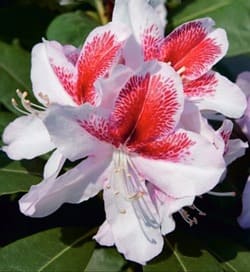




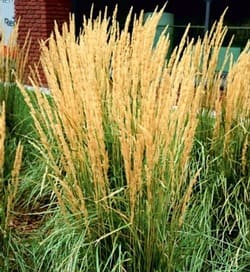
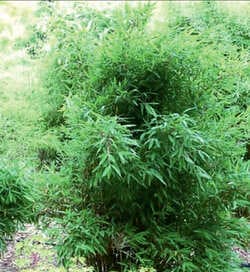
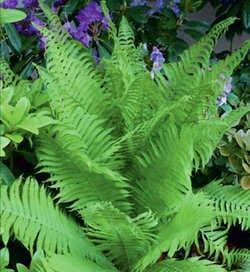




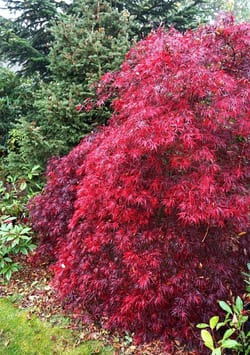
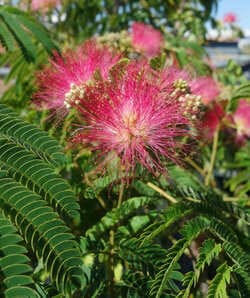
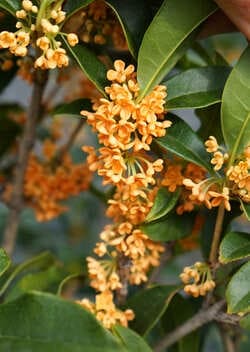



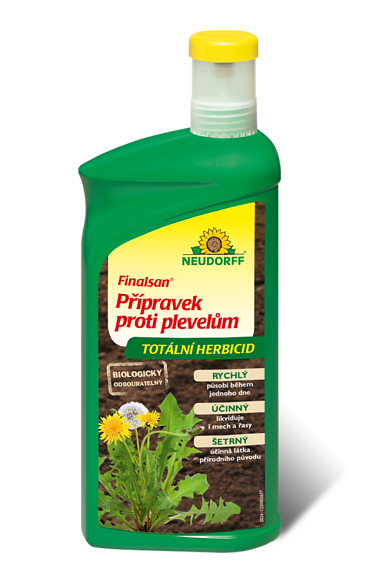


.jpg)
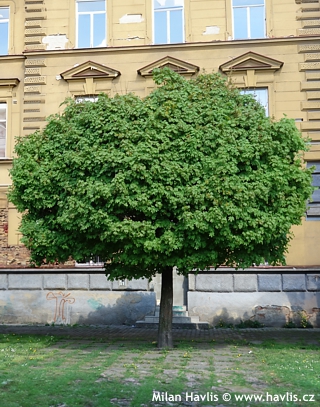
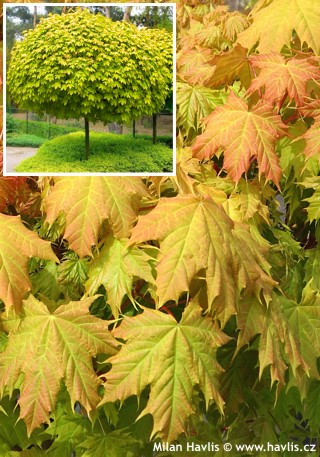

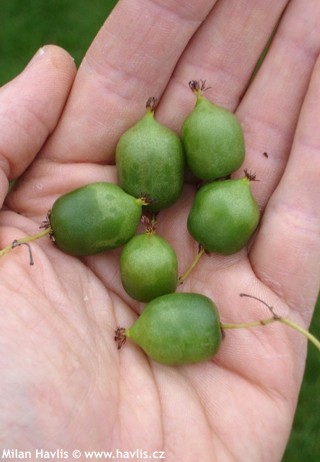
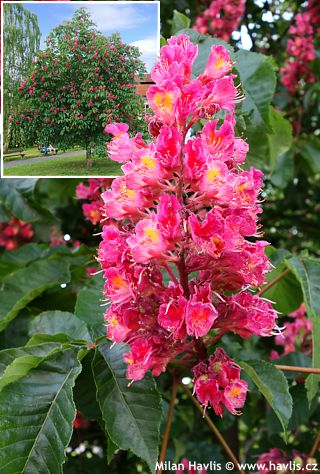
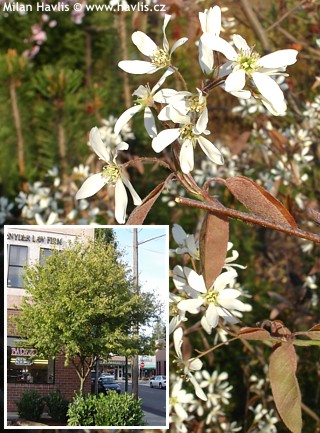

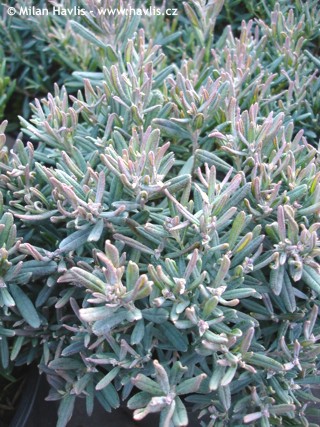
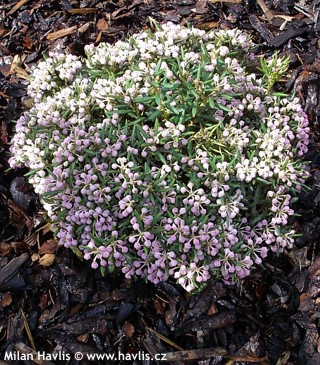
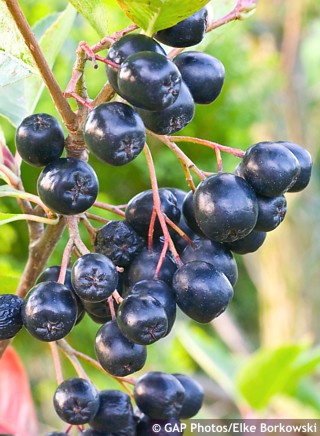

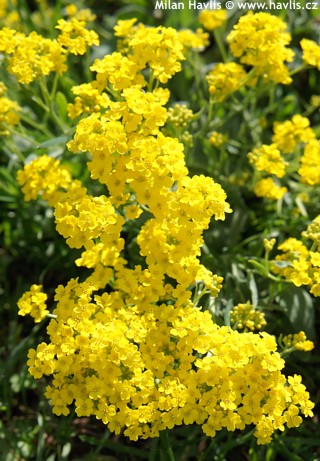



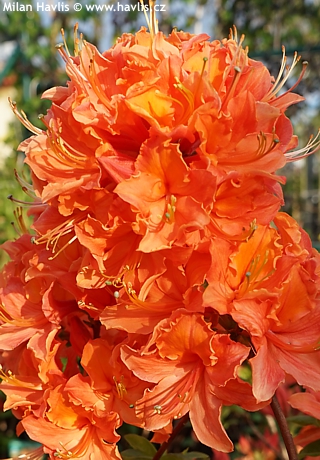
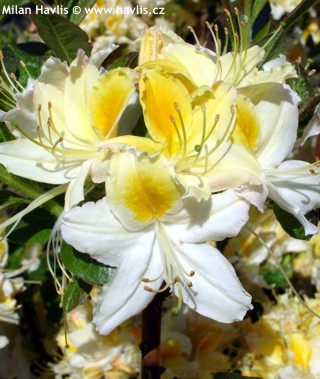
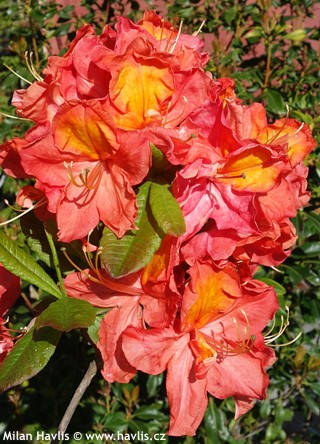
.jpg)

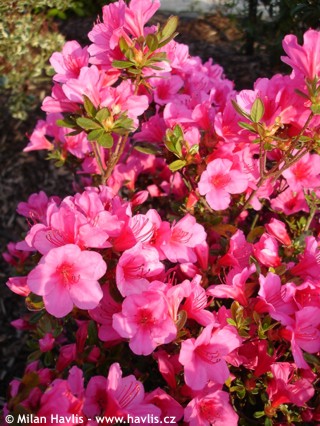
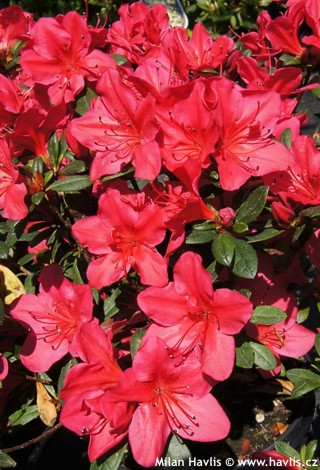

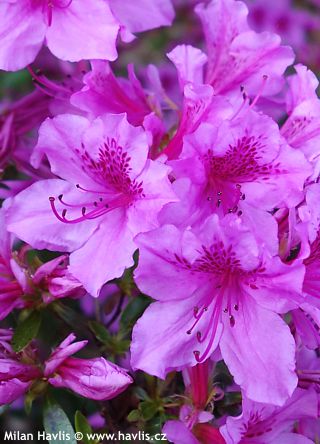
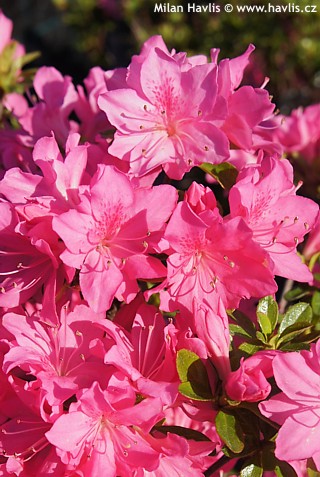
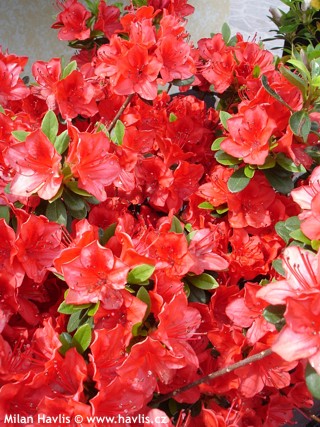
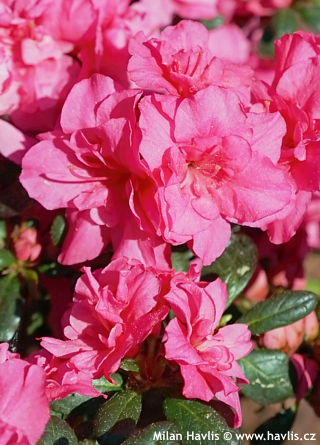
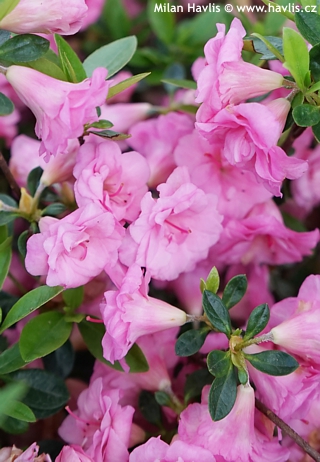

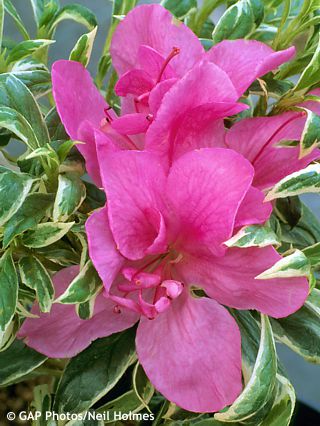



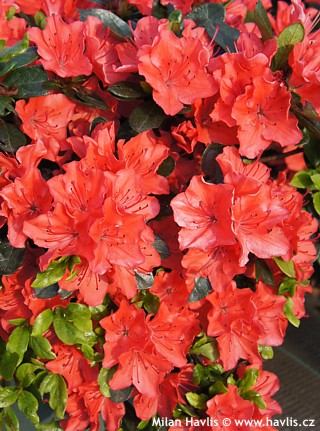


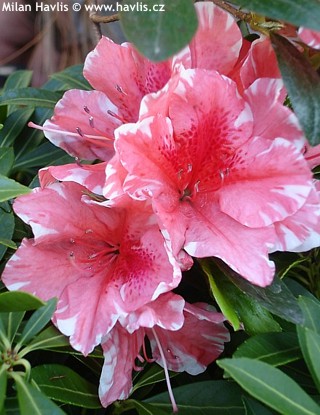


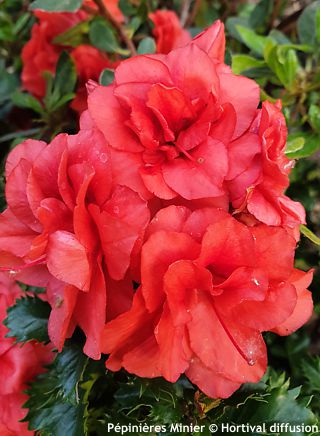
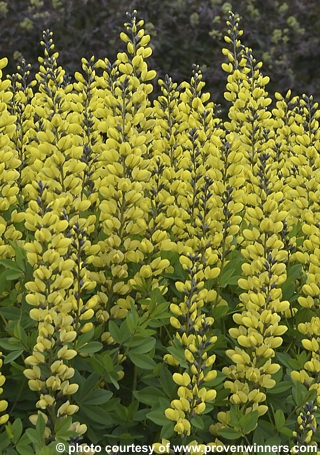
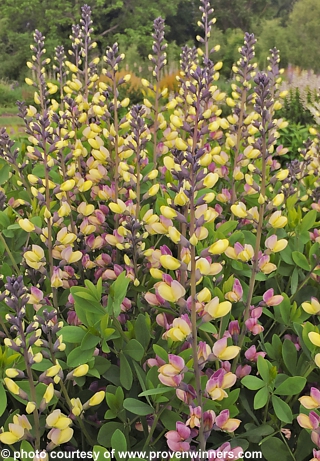
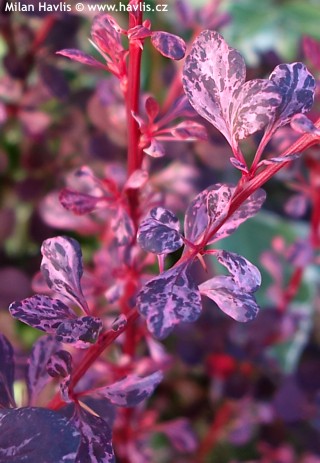
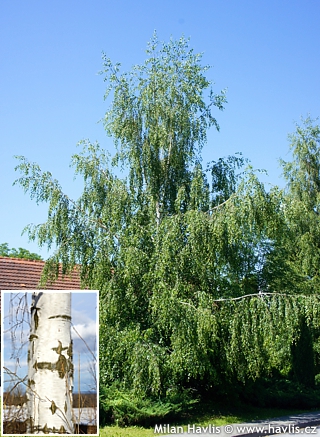
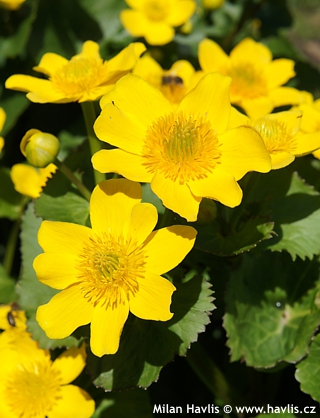

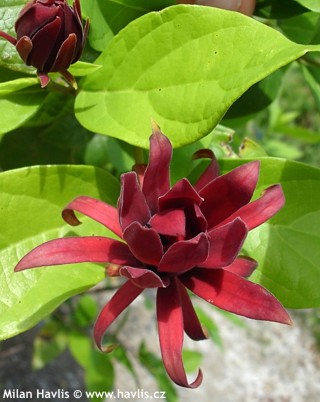
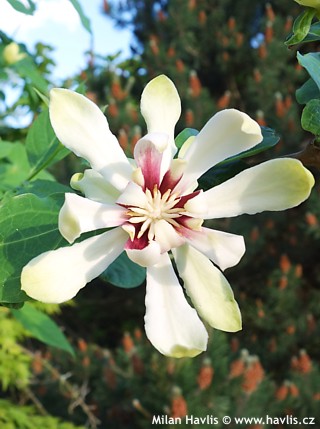
.jpg)

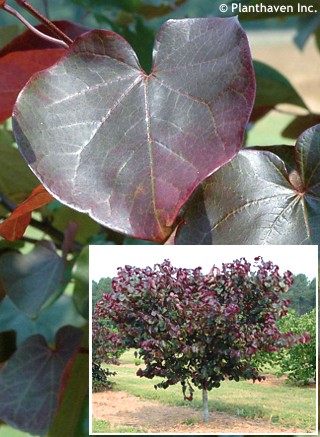
.jpg)


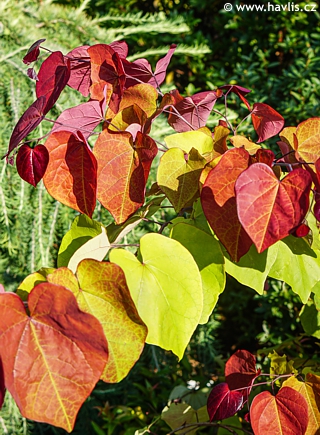

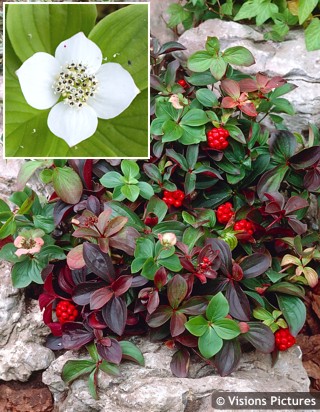
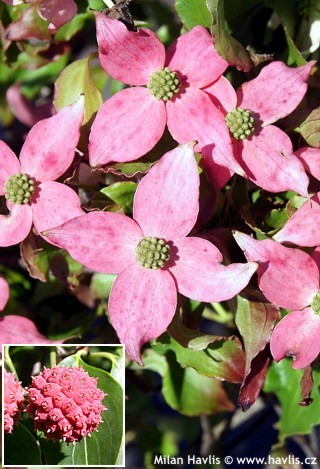
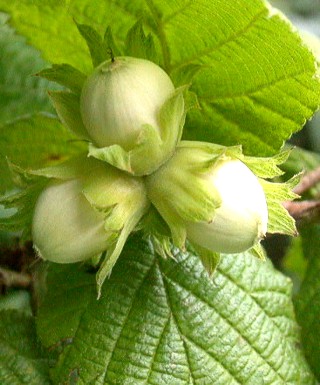
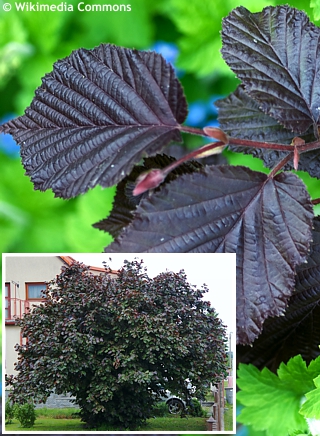
.jpg)
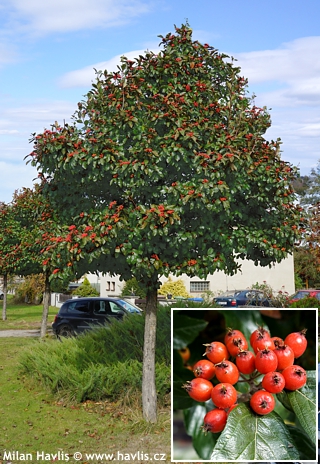
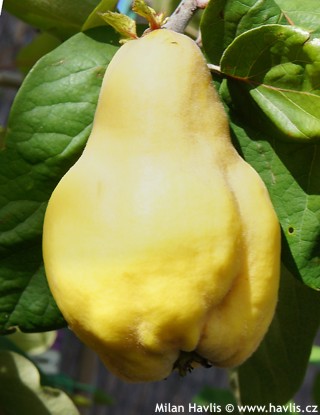
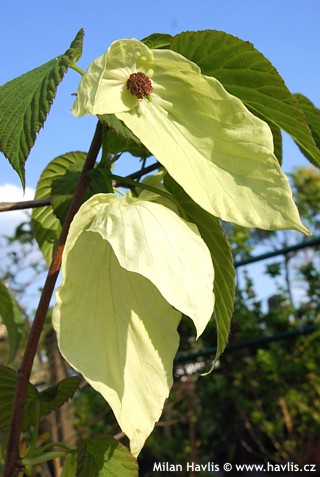
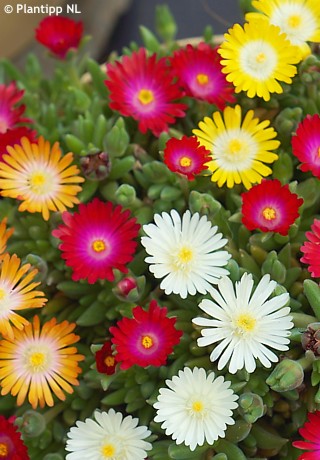
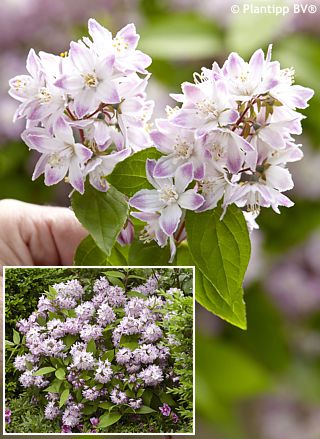
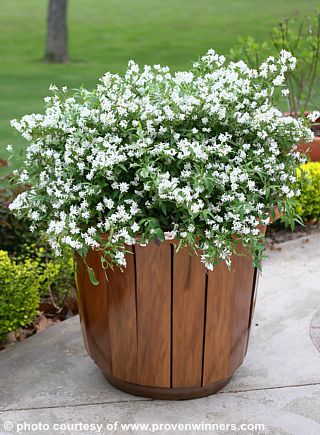

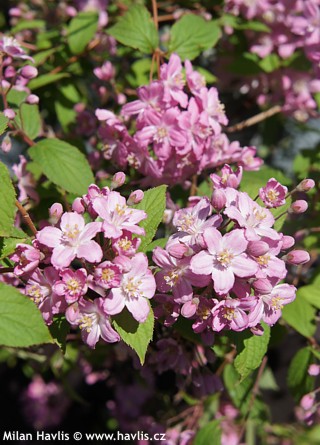


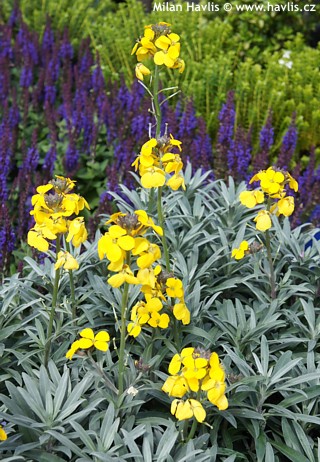

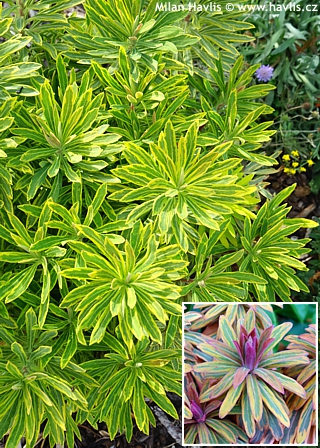

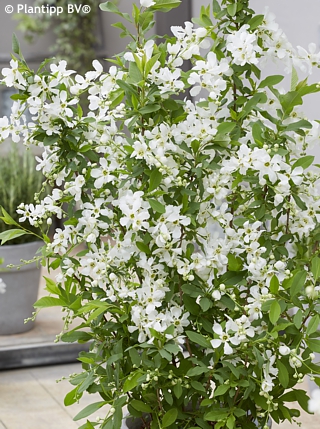
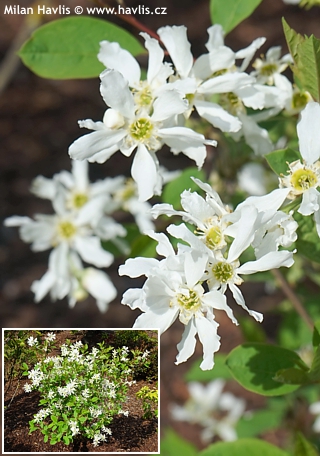



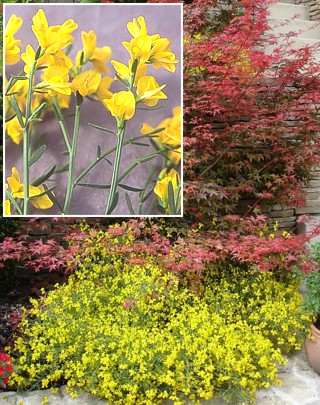
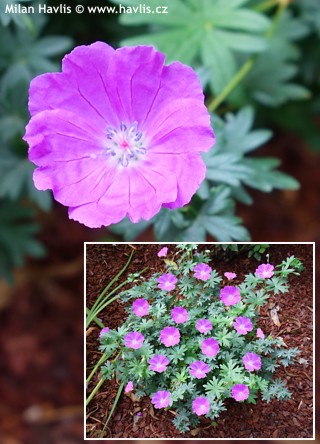
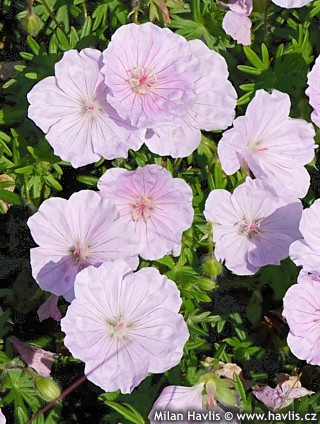
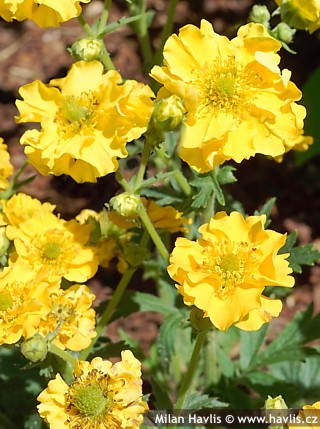
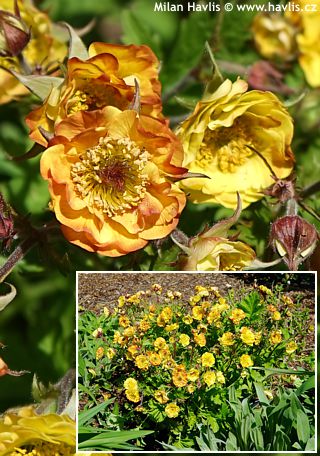
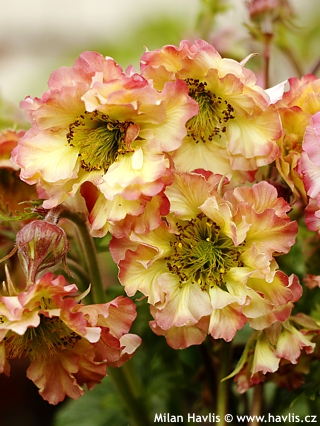
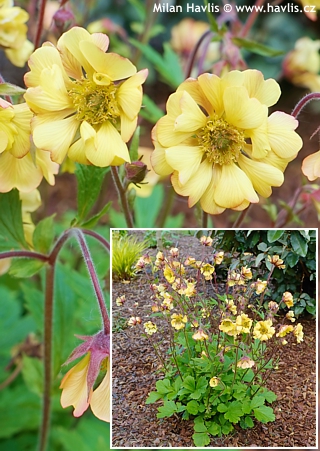
.jpg)
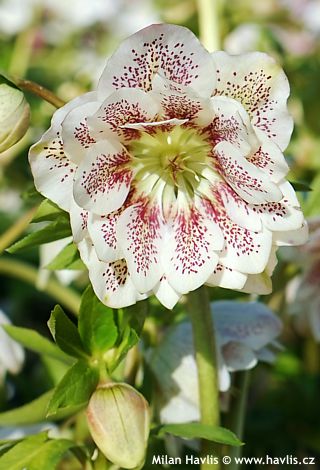
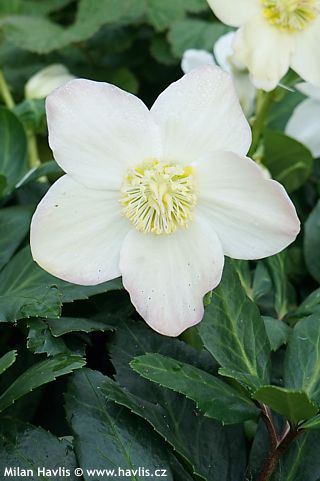
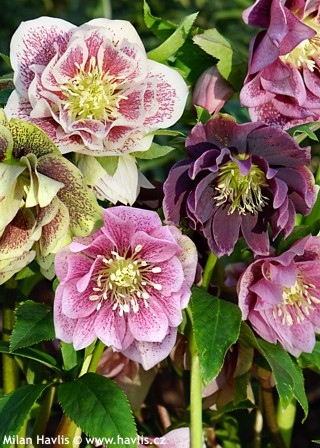
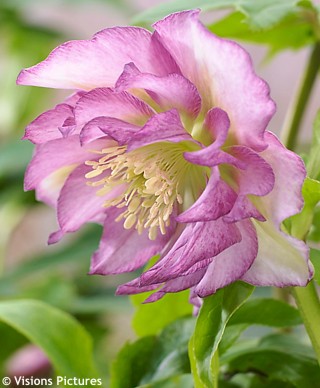
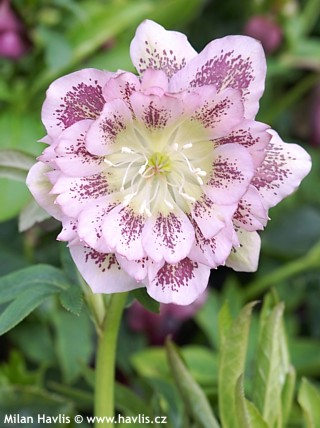
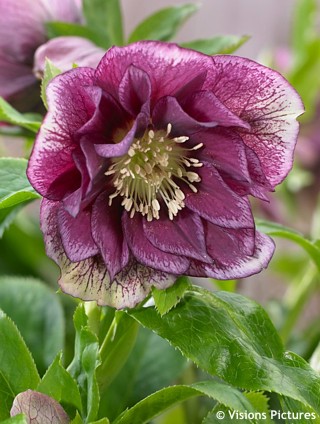
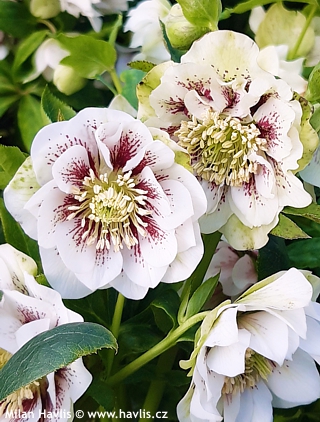
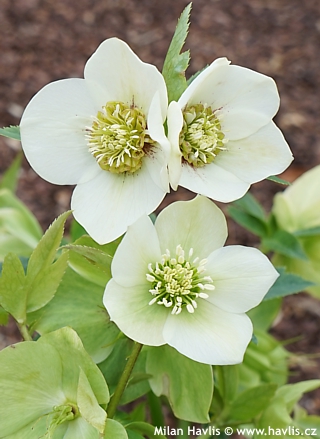
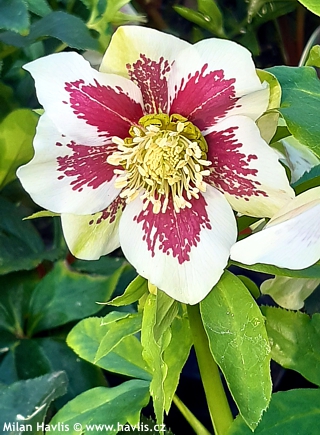

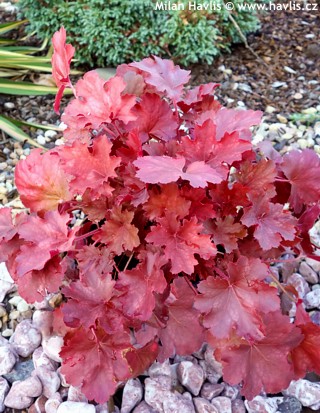

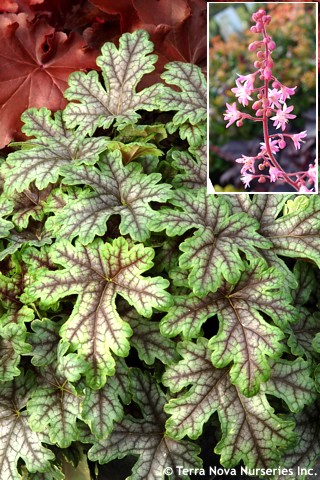

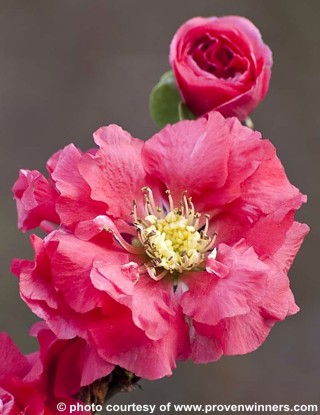
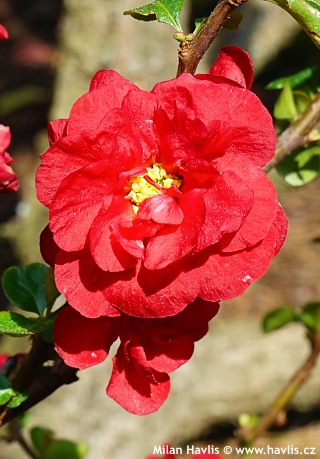

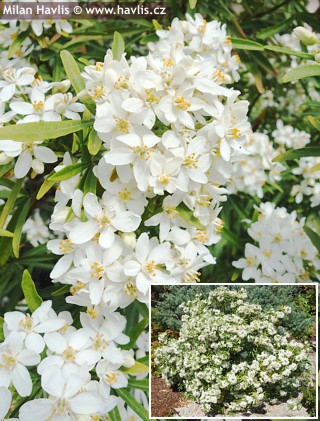


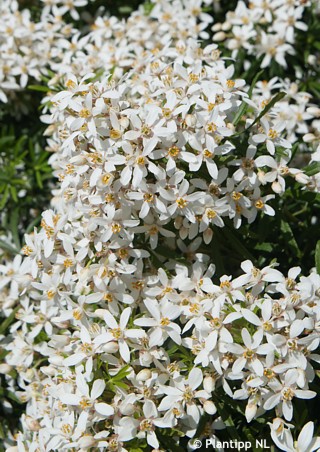

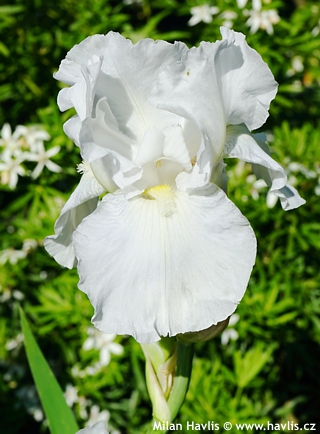
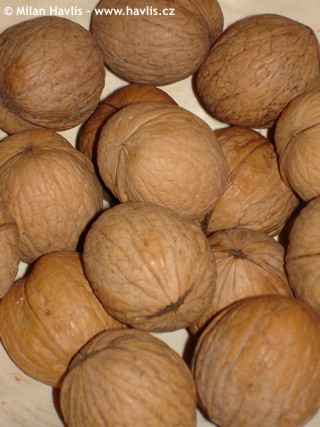

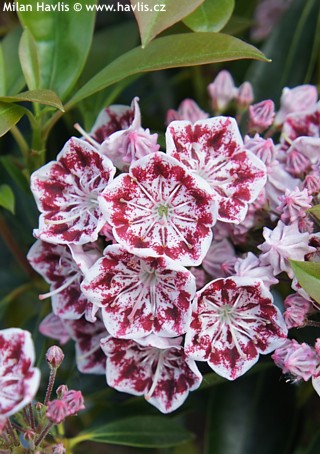
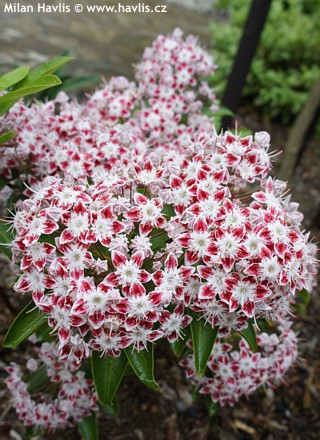

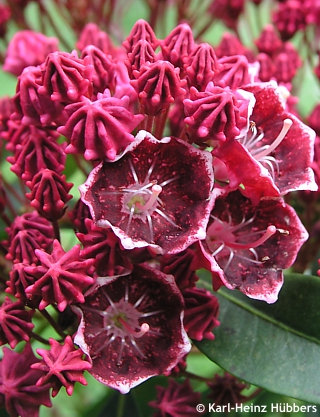
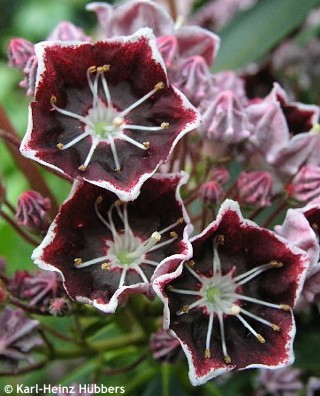
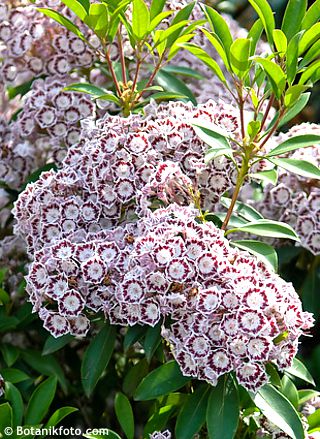
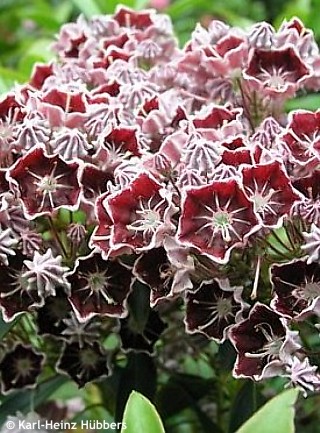

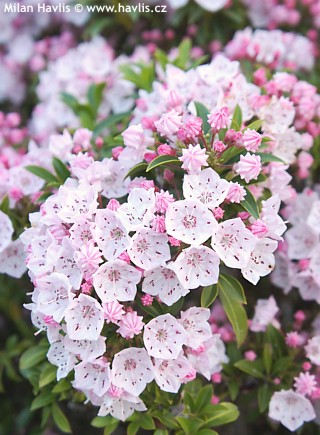
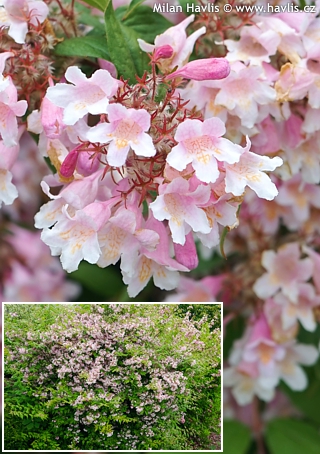
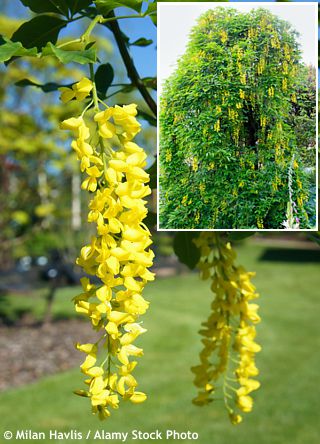

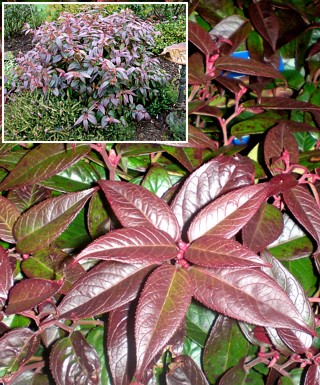




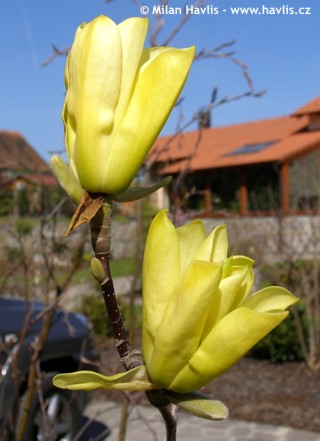
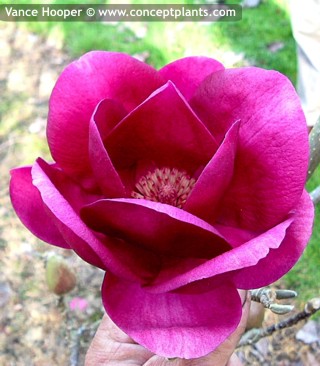


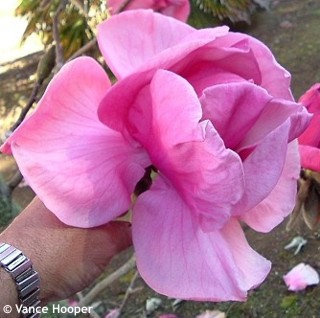
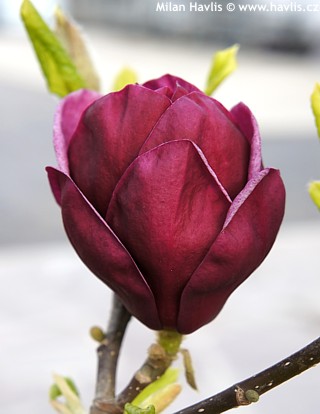



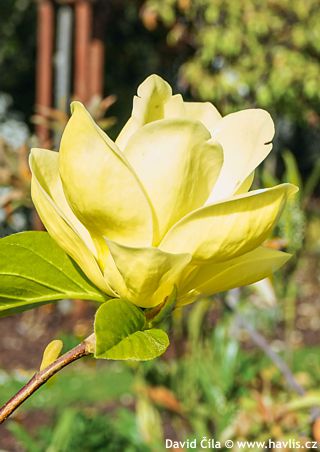
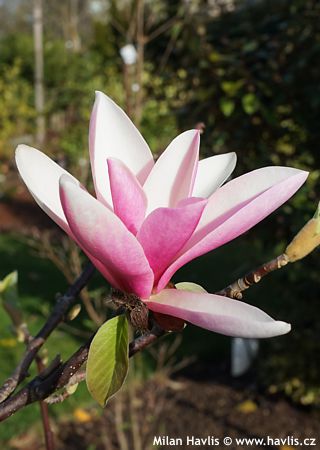
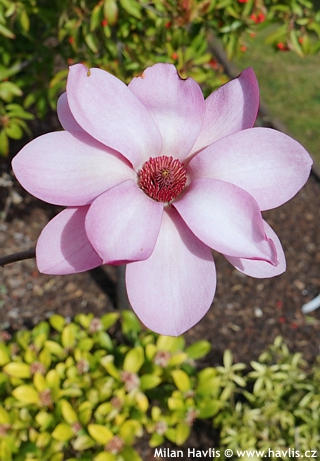
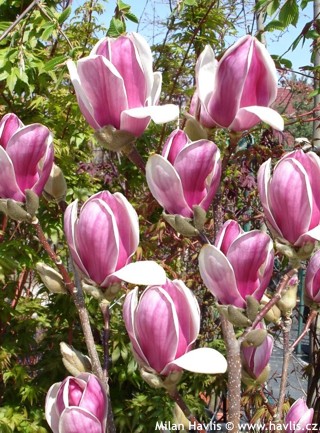
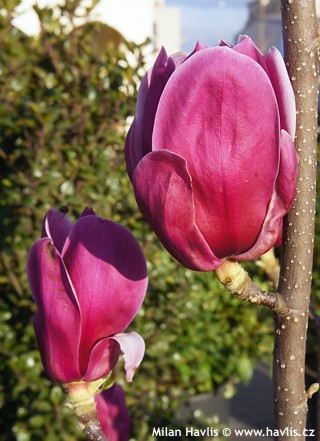

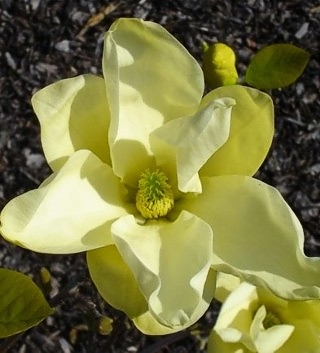
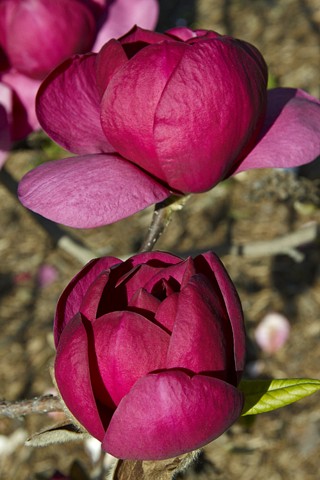
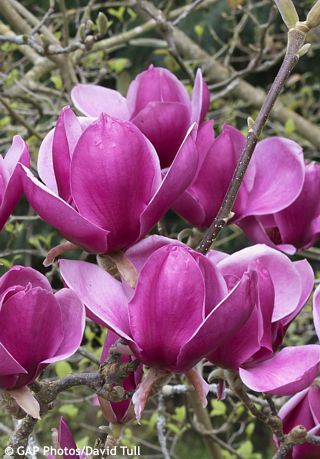
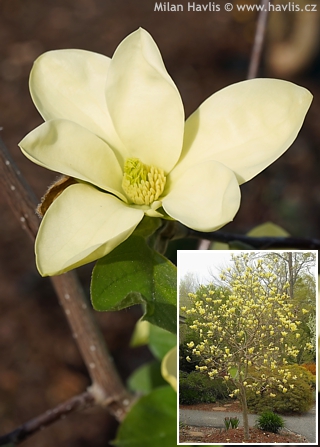
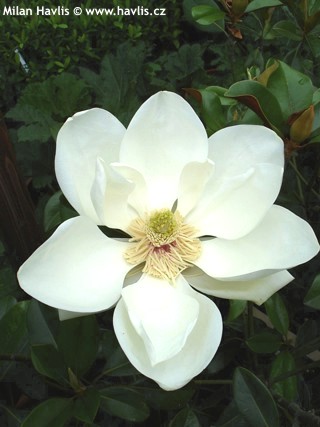

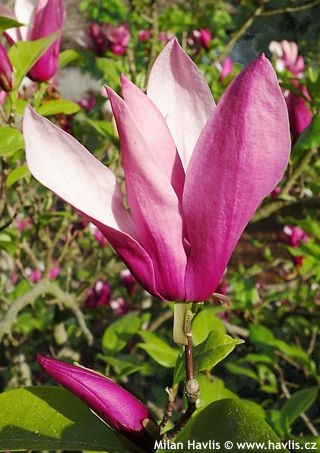
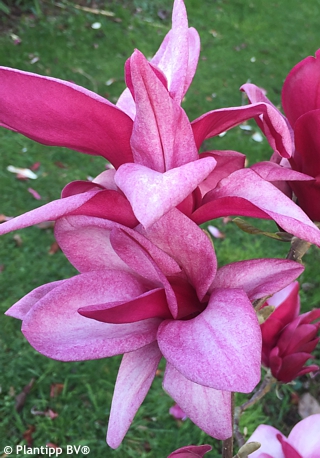

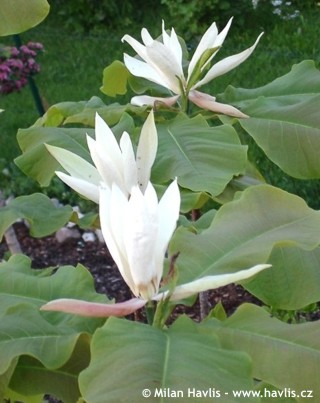
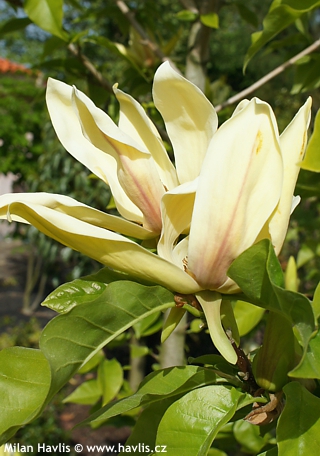
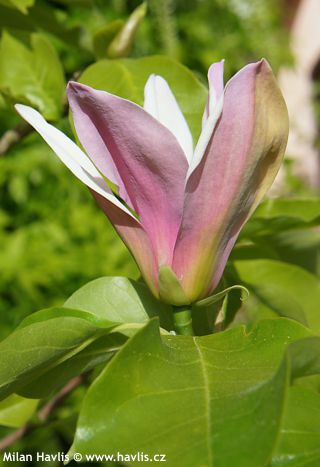

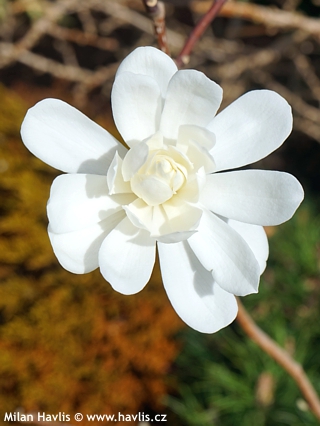
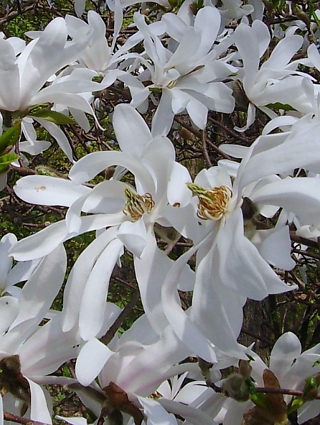

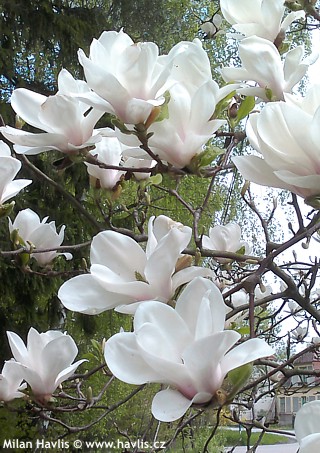

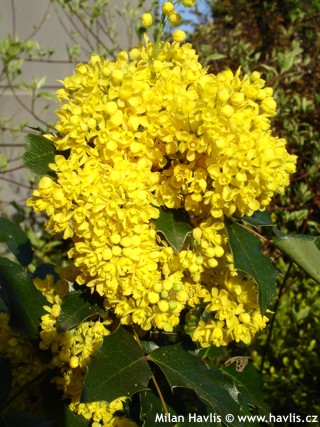
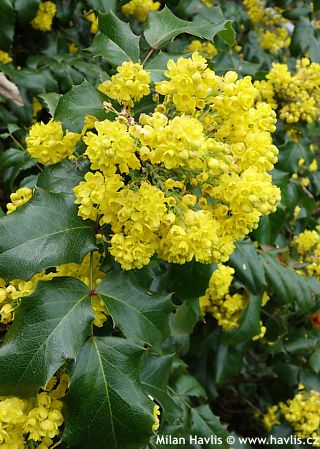

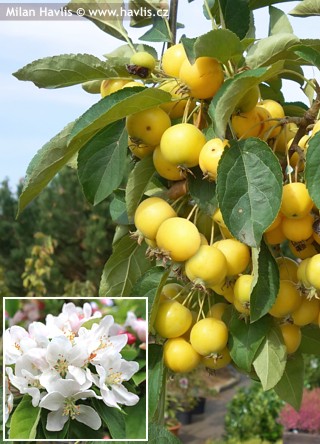
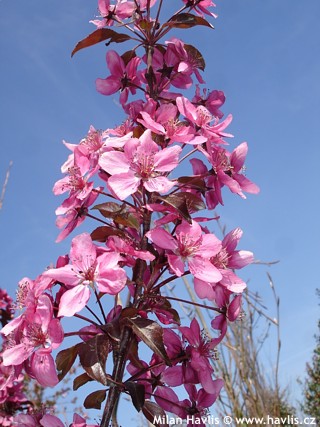
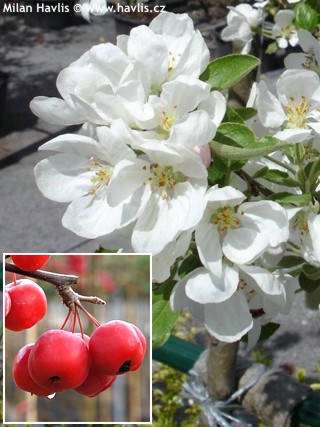

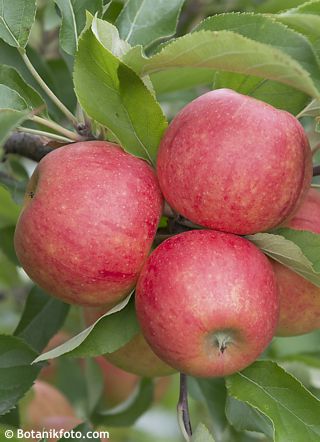
.jpg)
.jpg)
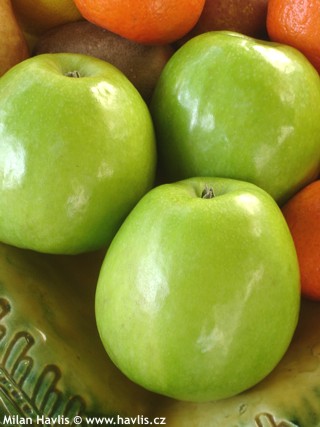
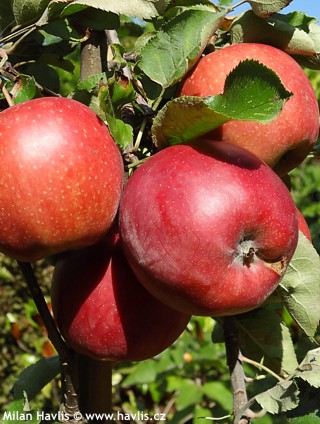
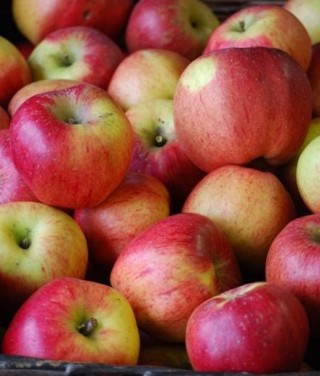
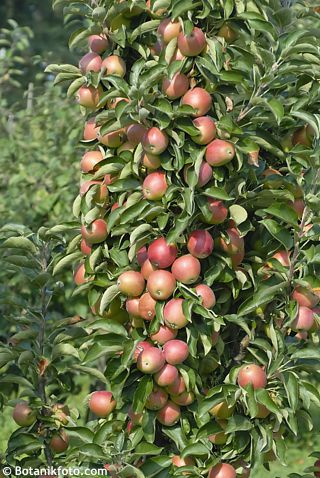

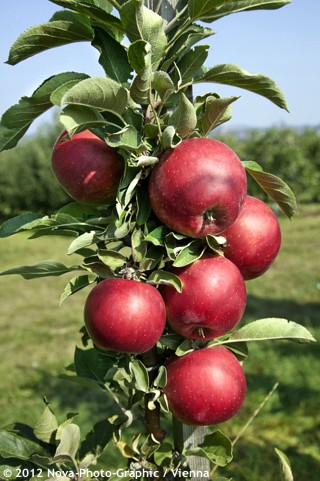
.jpg)
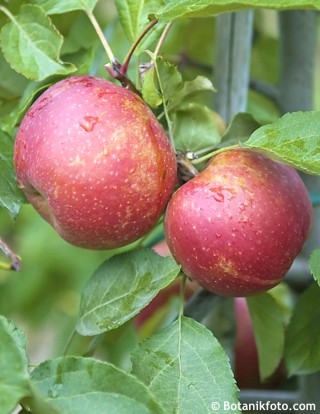
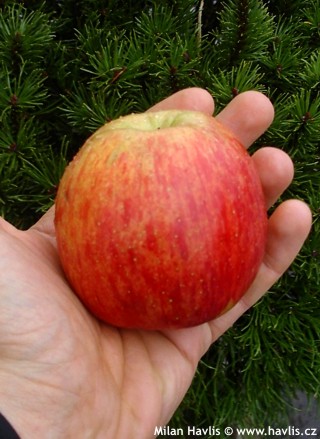
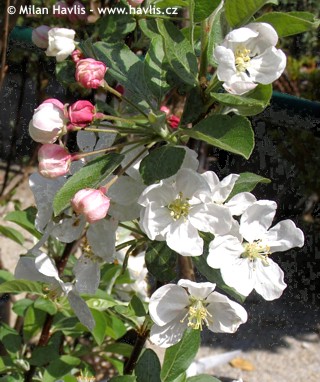
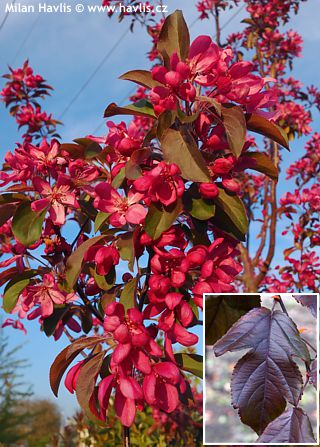
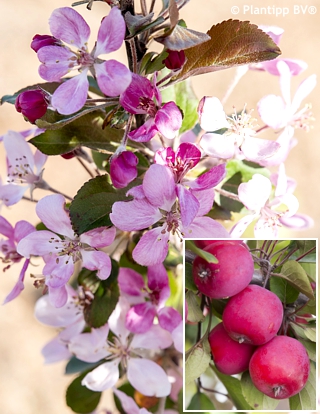
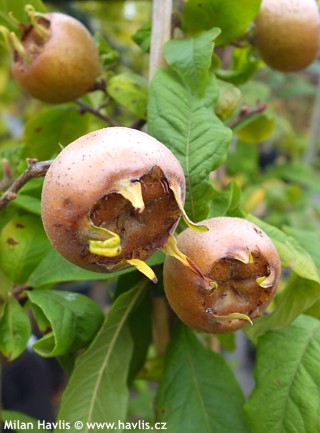
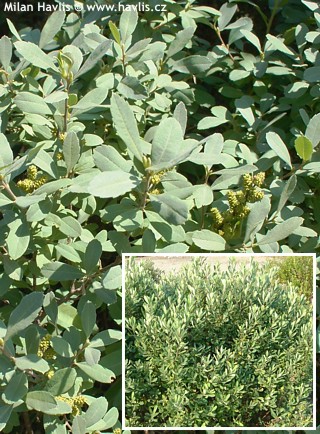
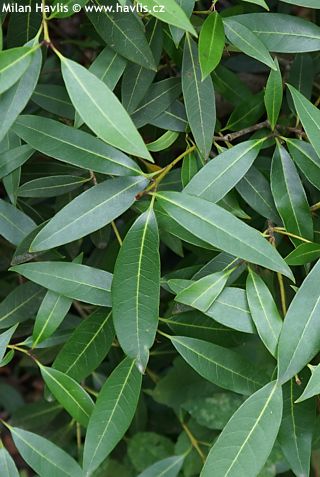
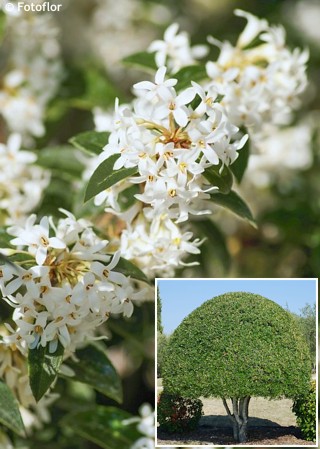
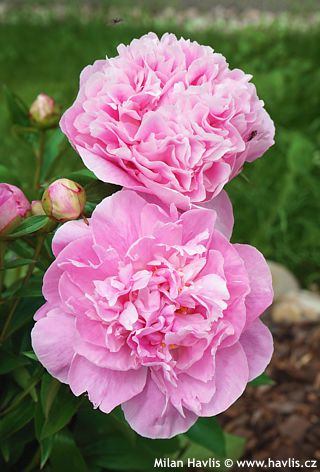
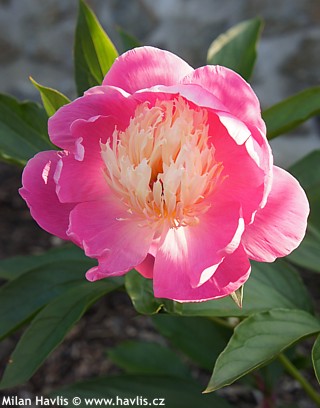



.jpg)

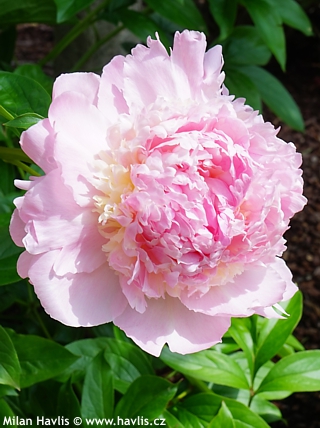


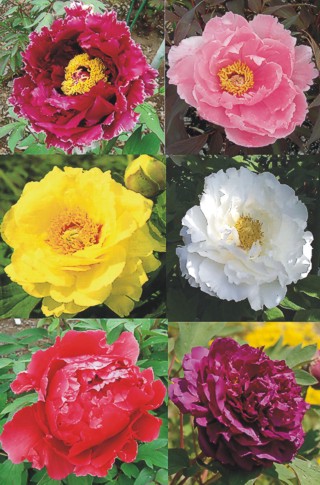

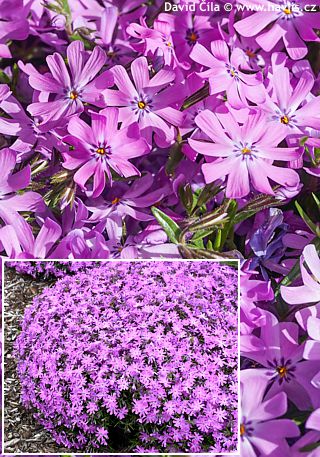
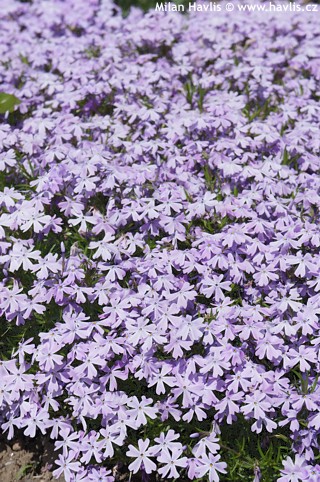
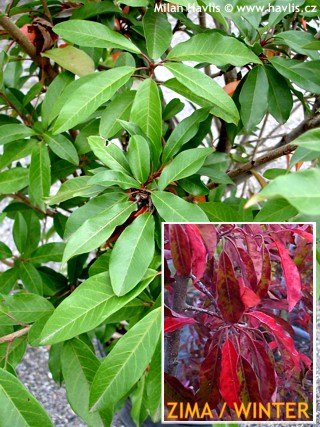

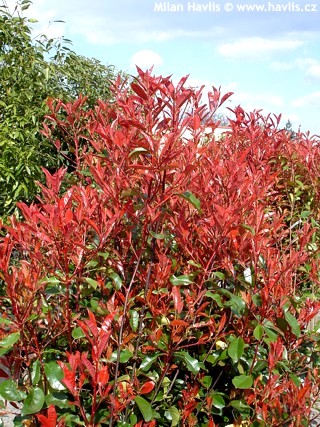


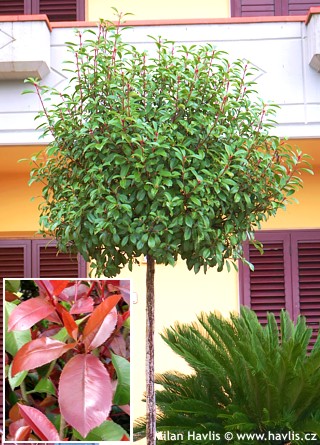
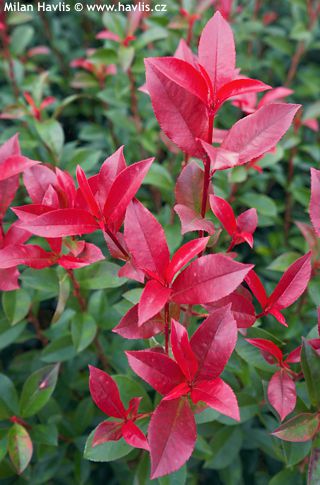
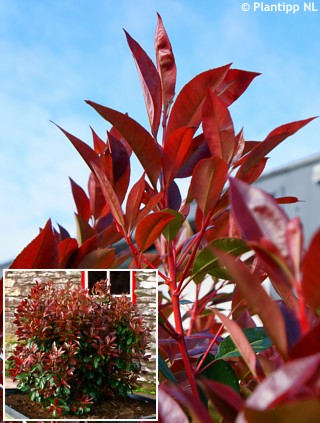

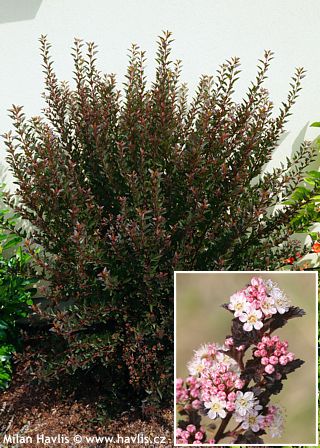

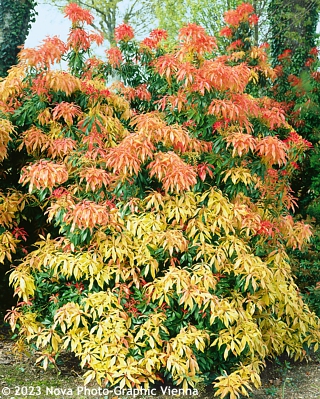
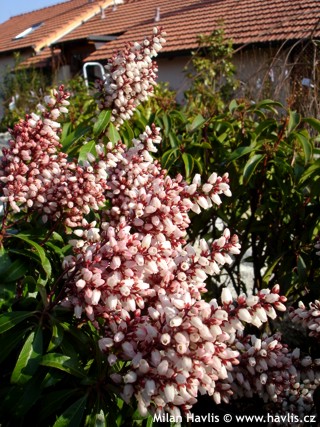
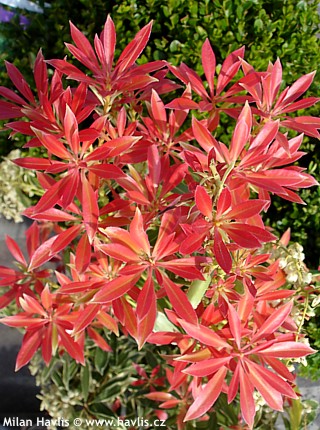
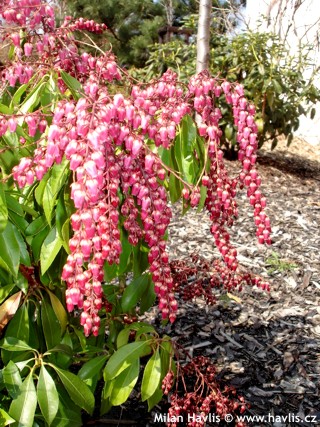
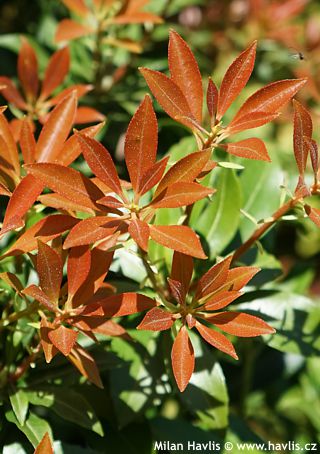
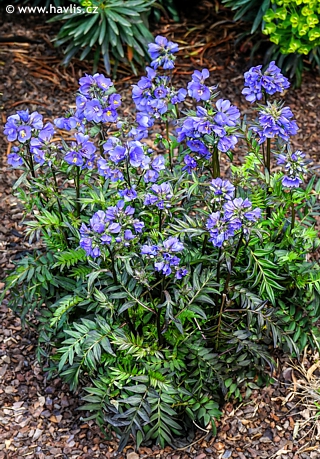
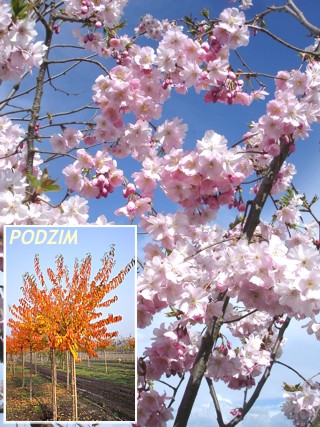

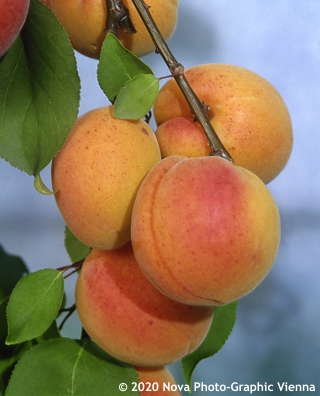

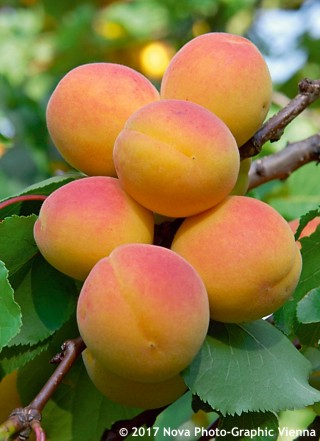


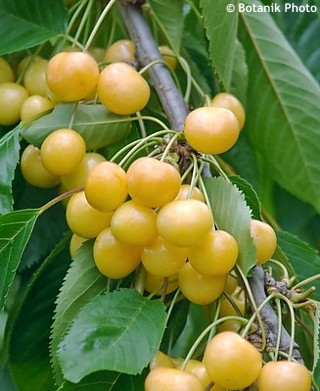
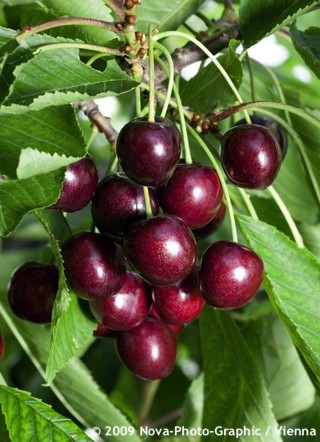
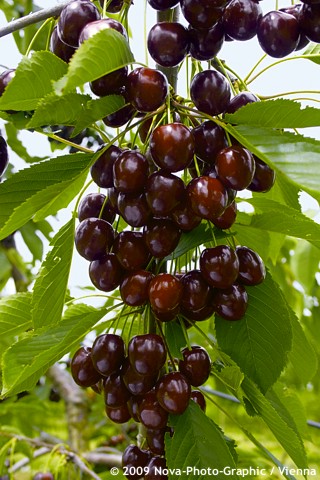
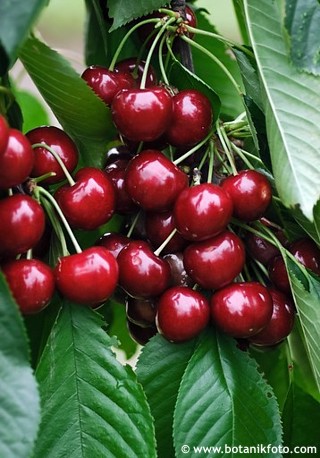
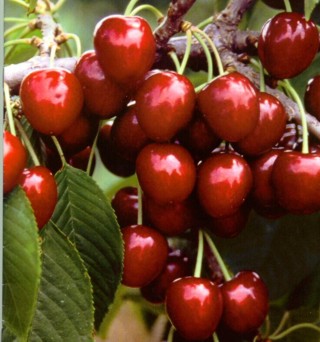
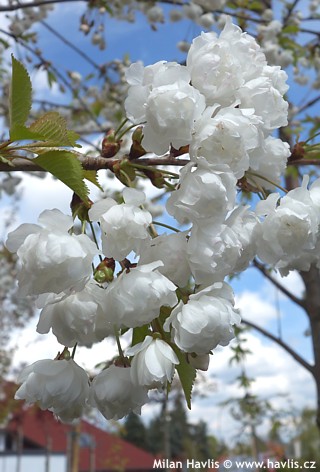



.jpg)
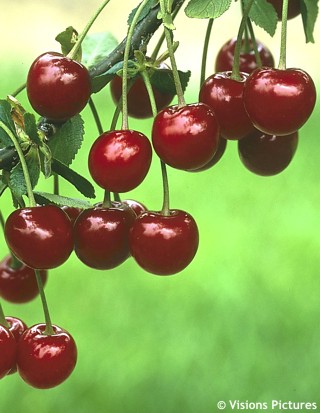

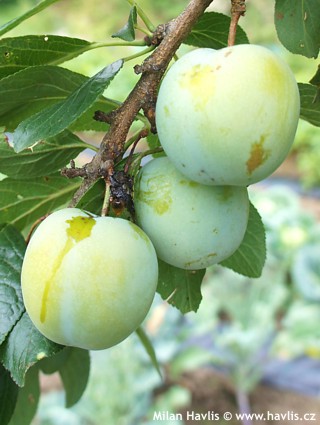
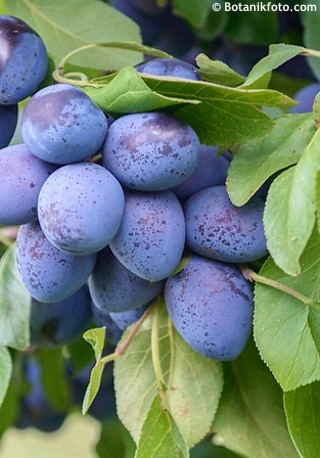


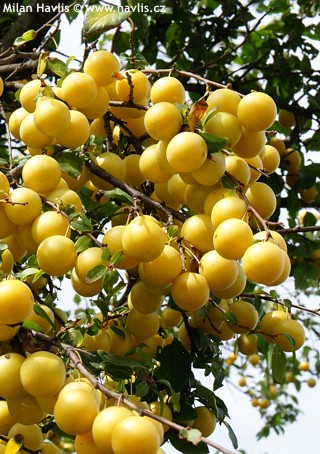

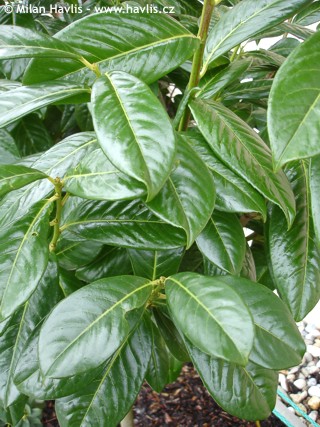
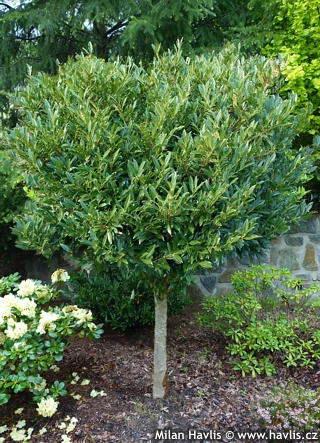
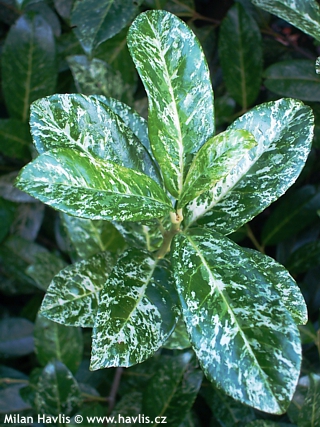
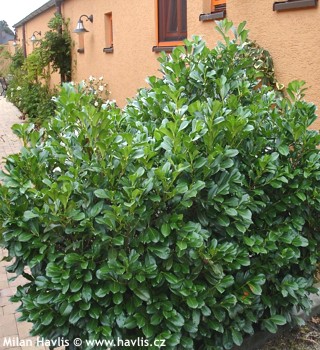
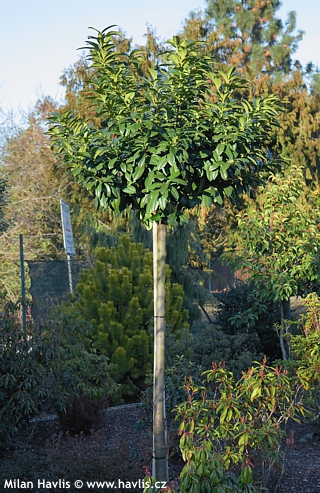
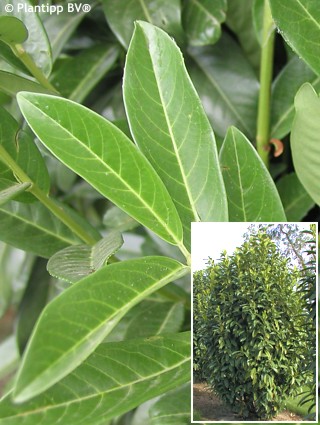
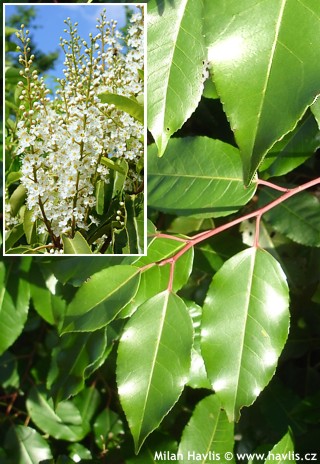

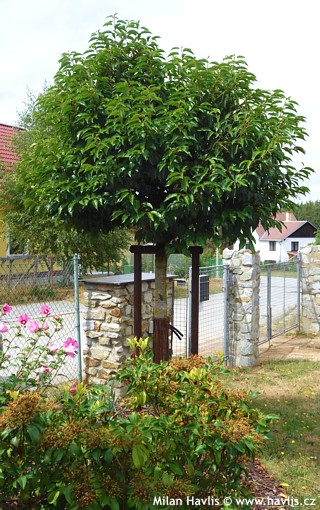

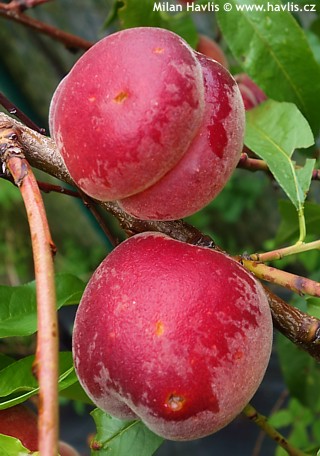
.jpg)
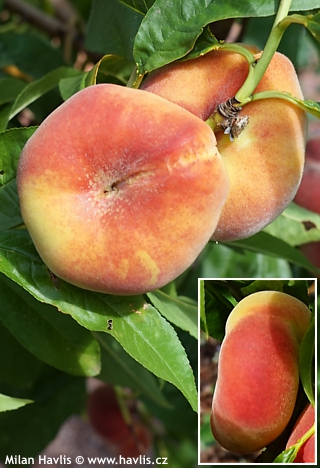
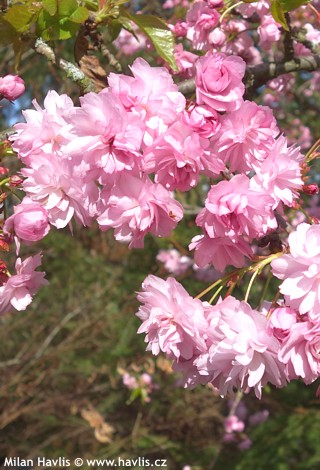
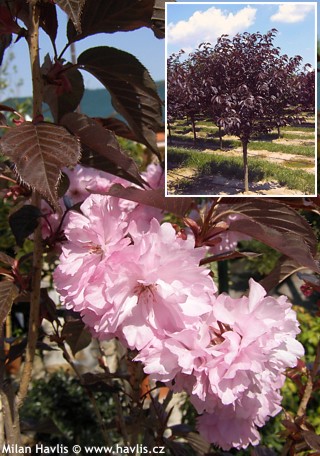
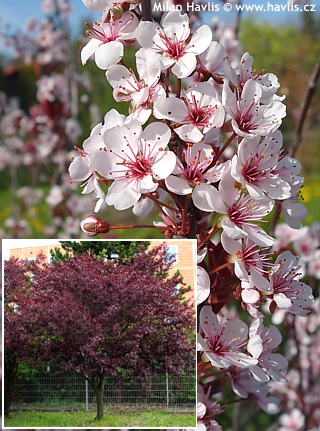
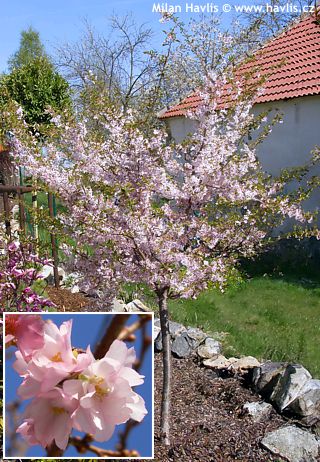
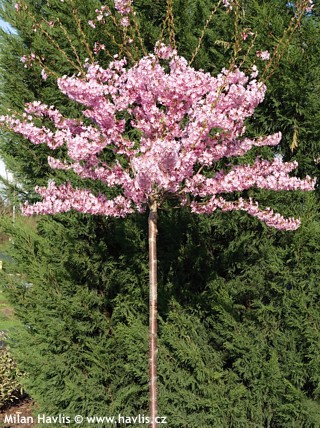
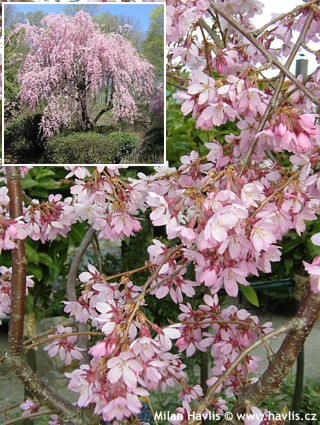

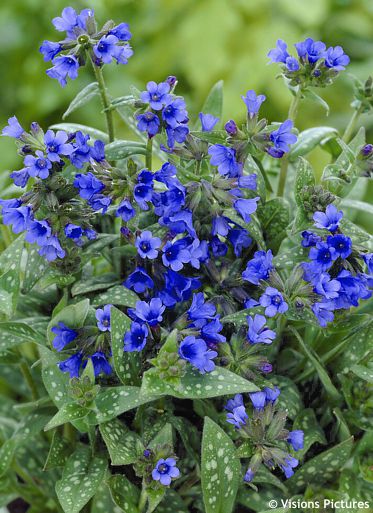
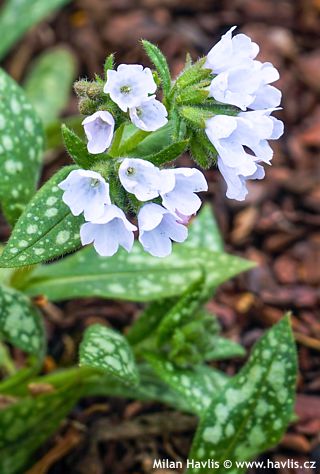
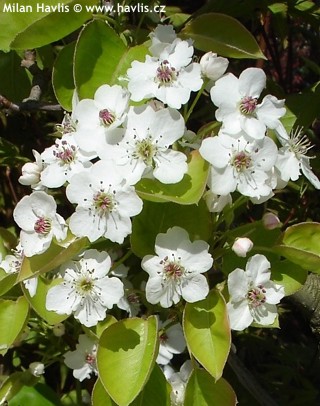
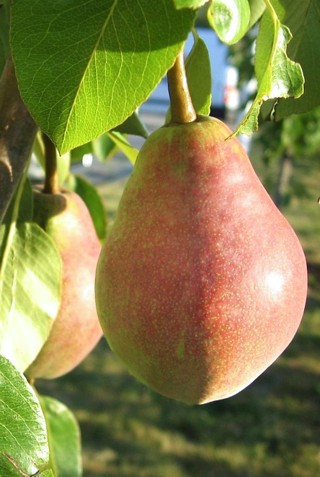
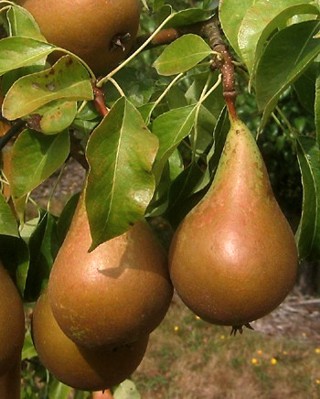
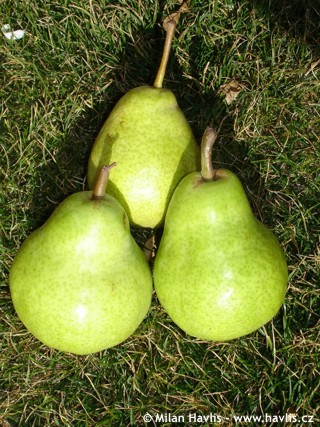
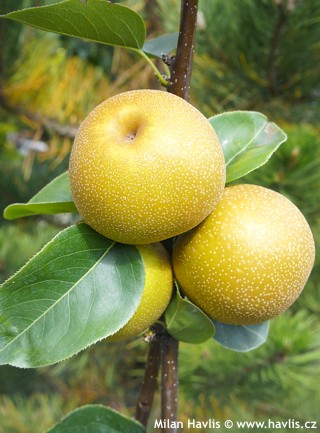


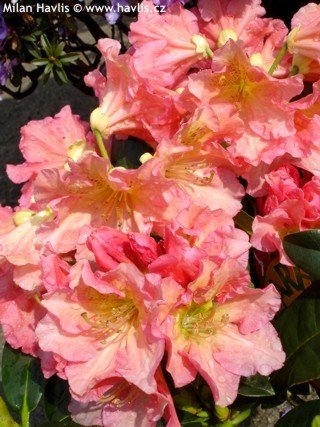
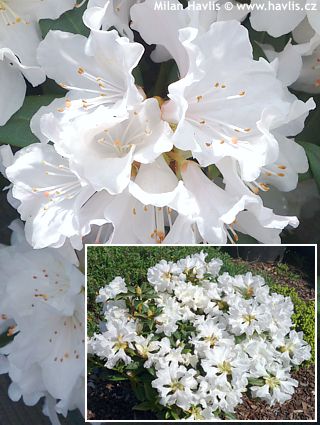
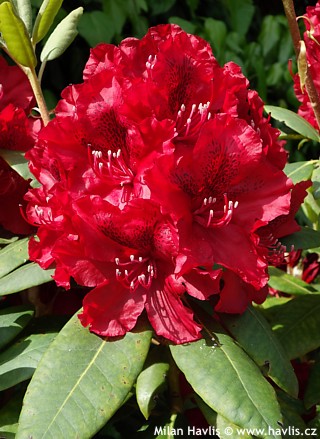
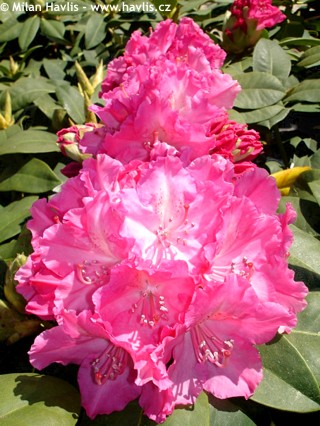
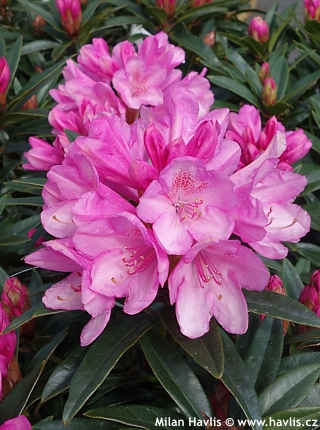
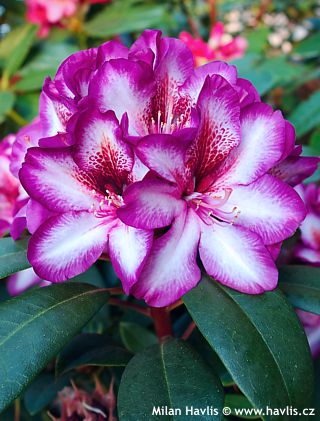

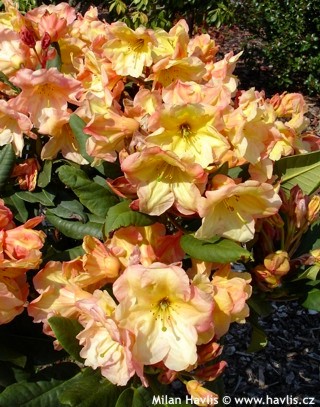

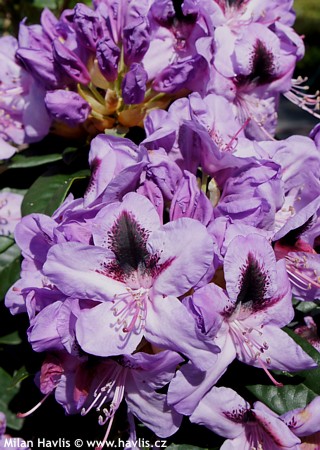
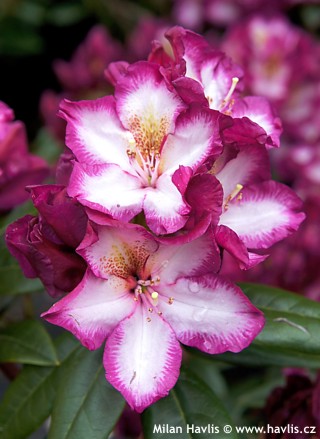


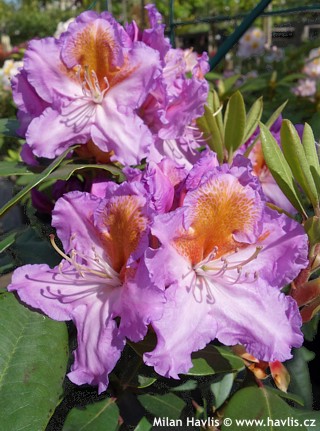

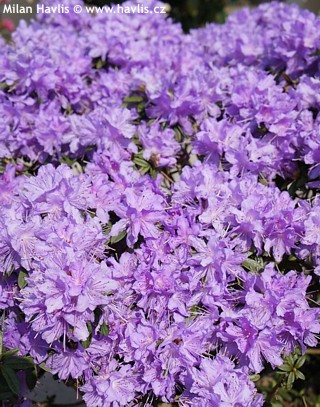
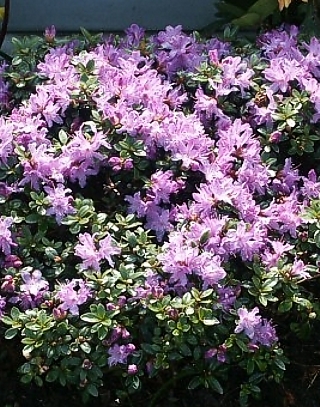
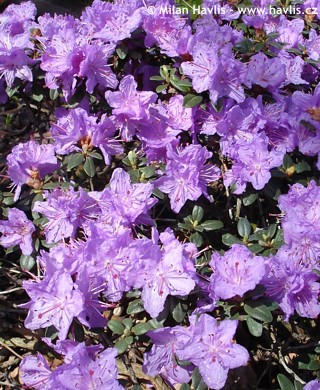
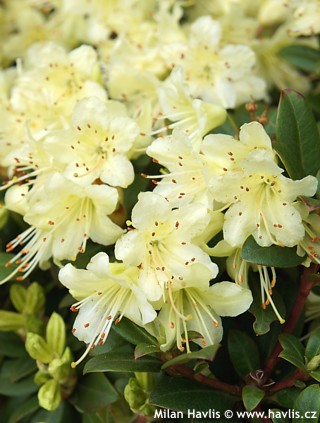
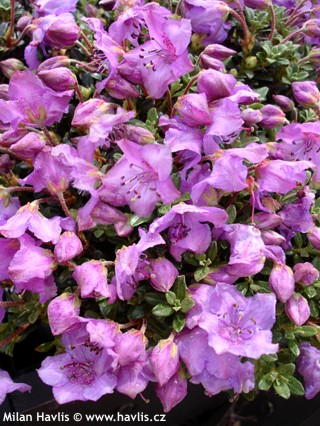
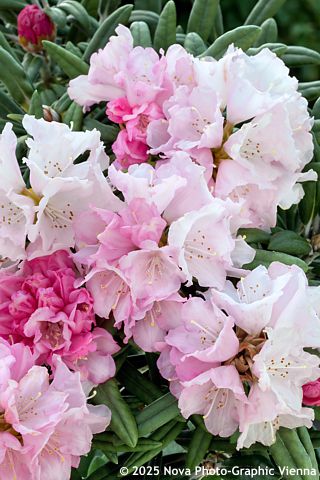

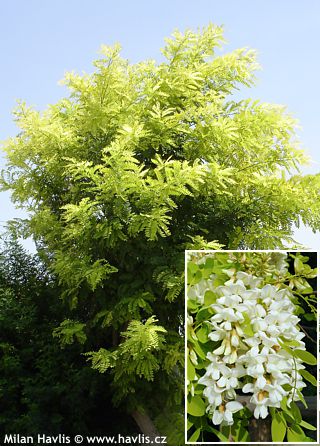
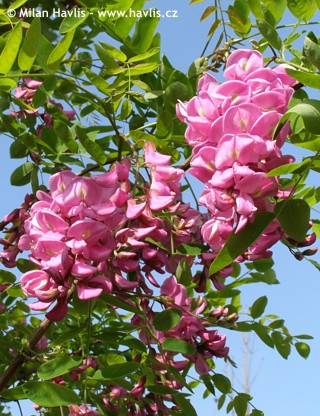
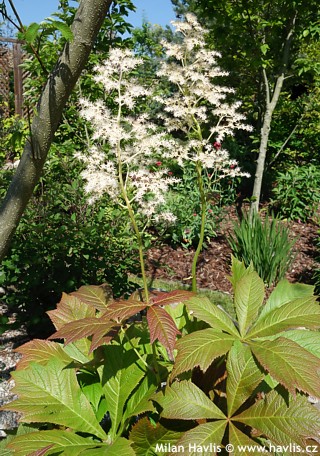


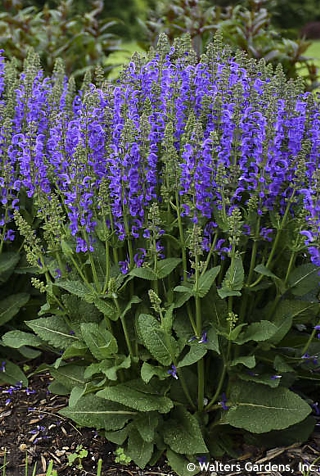


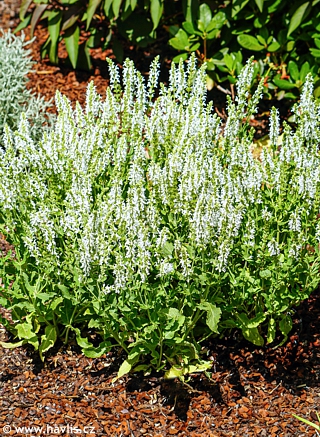




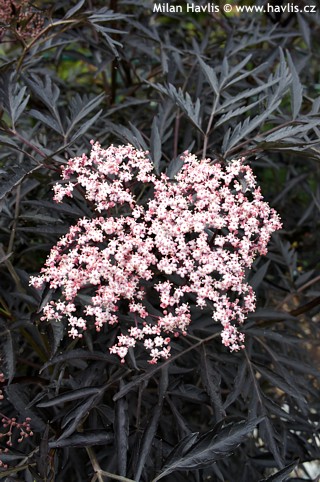
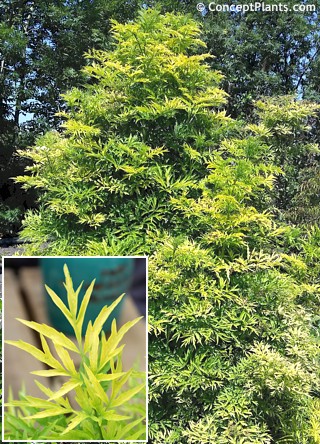
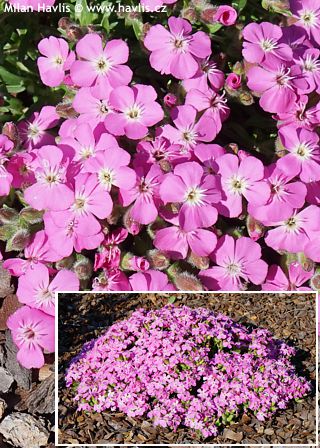

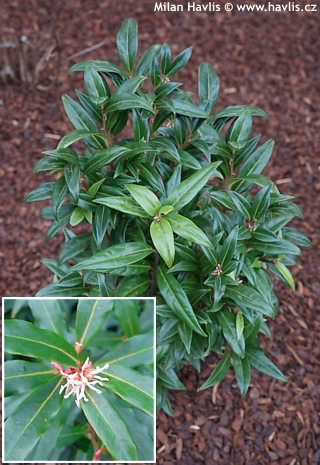

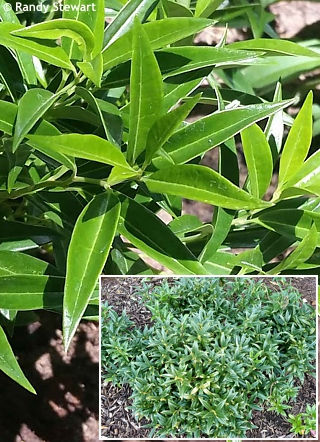


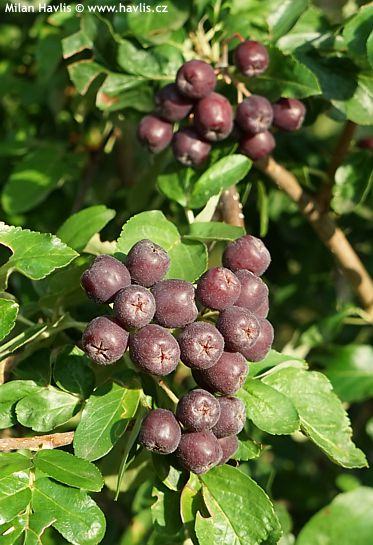
.jpg)


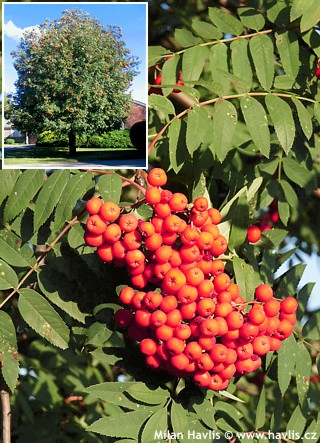
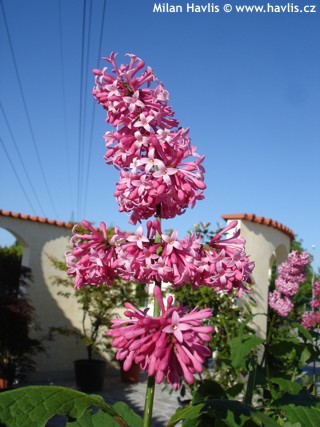
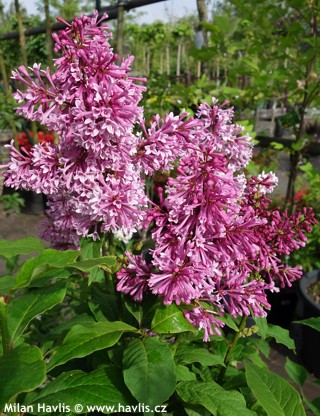

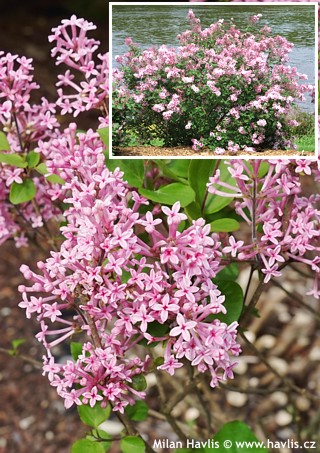
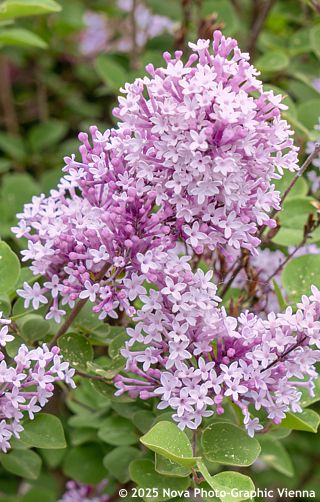

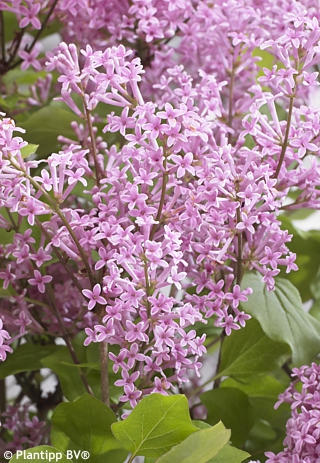
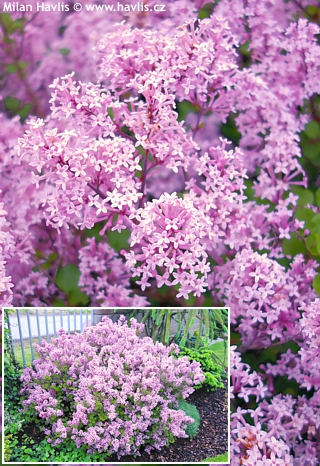
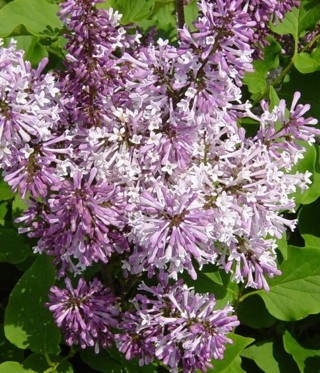


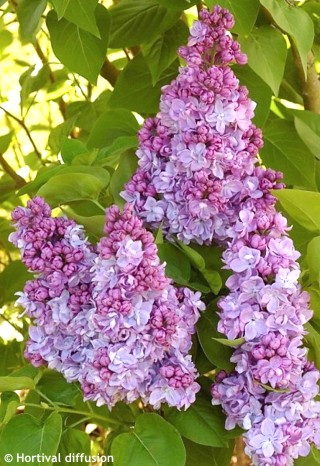

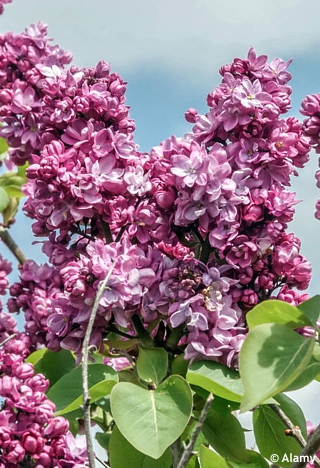
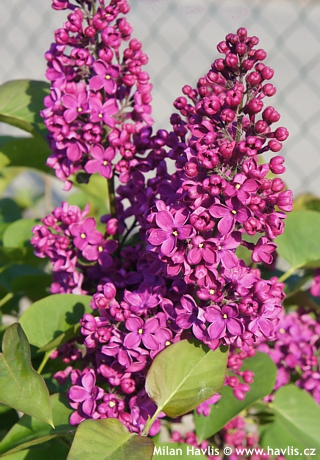


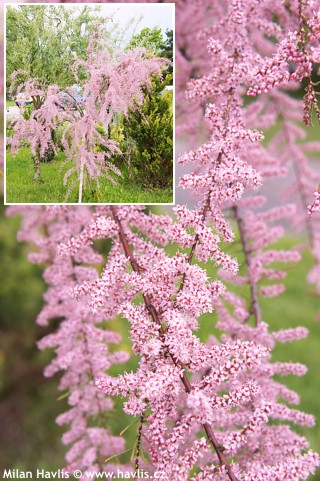
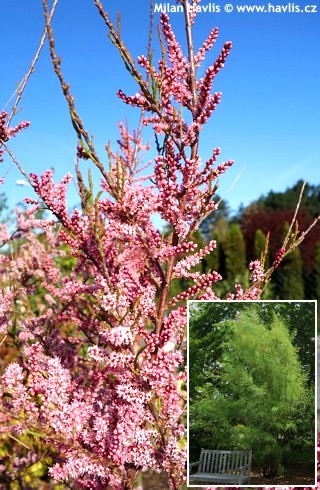


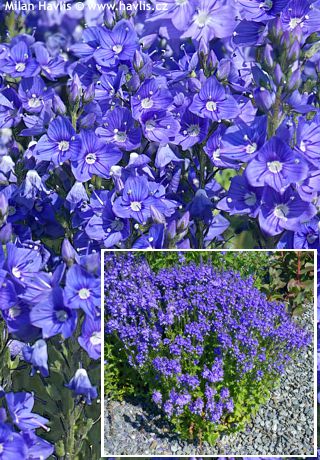

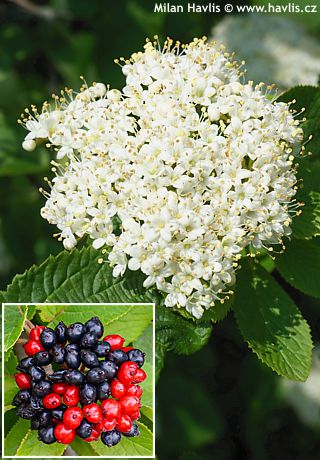
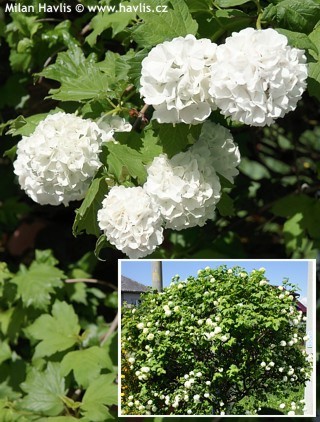
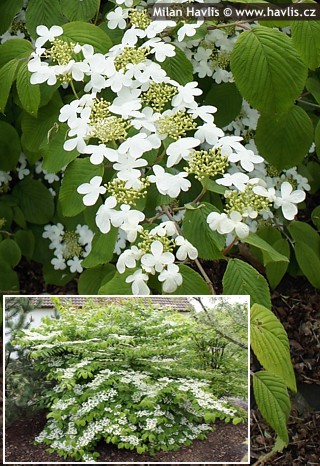
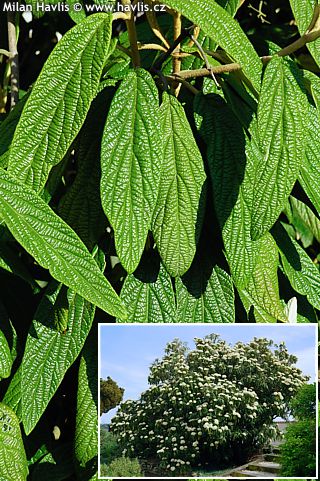
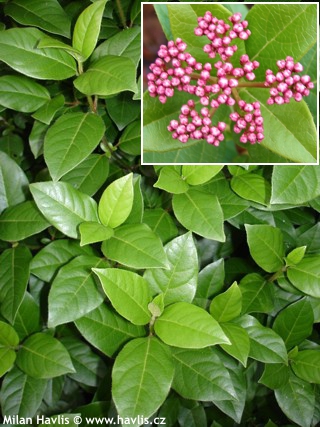

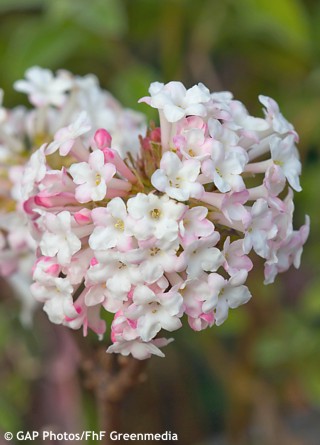
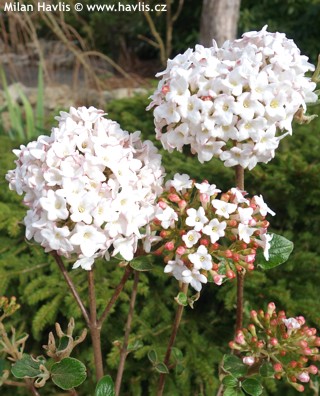
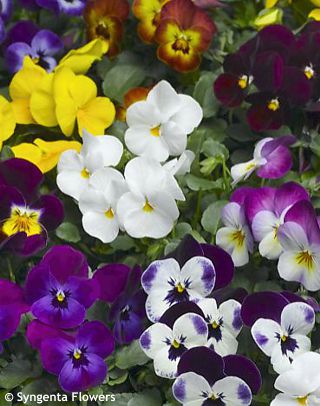
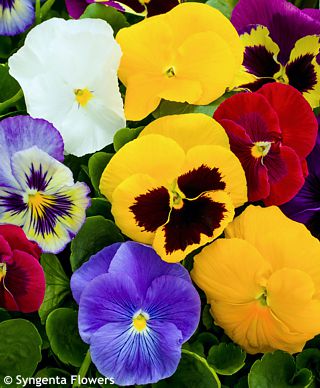
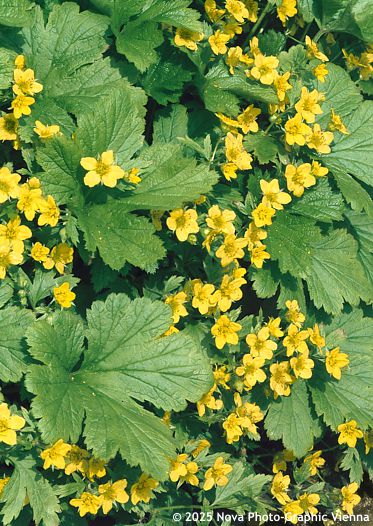
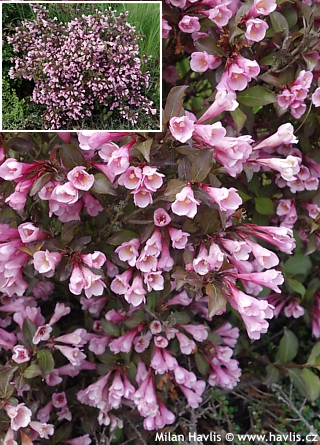



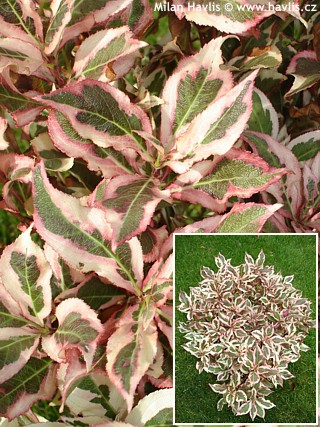




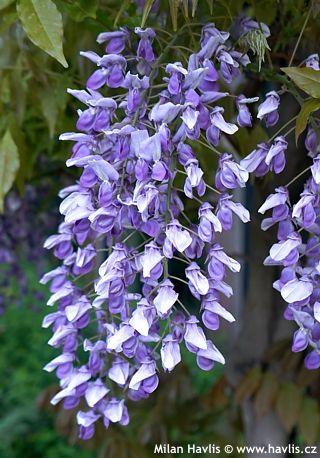


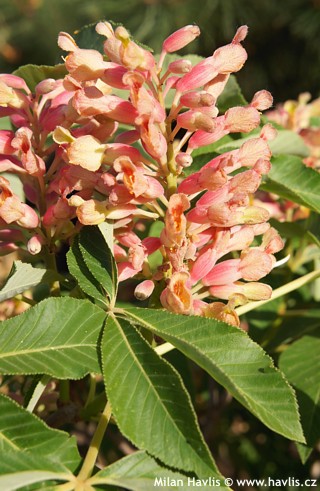
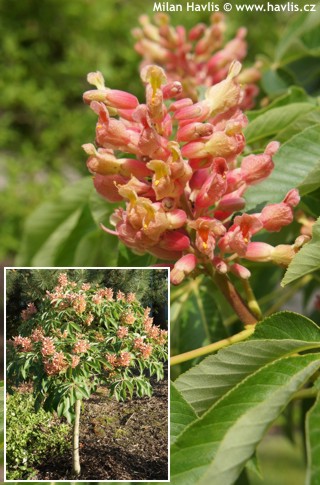


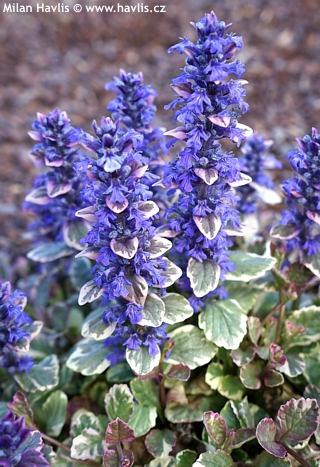

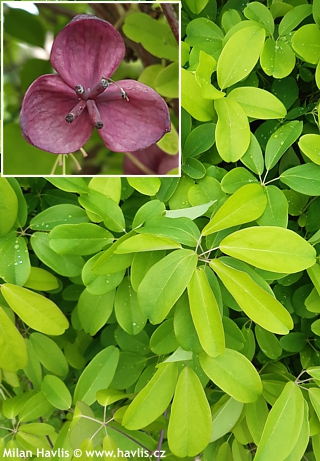
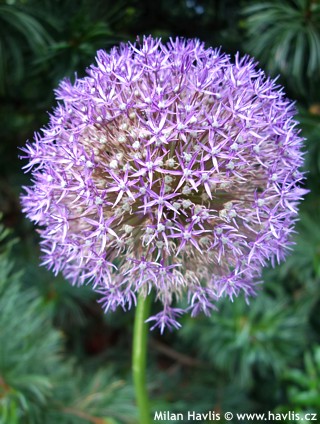


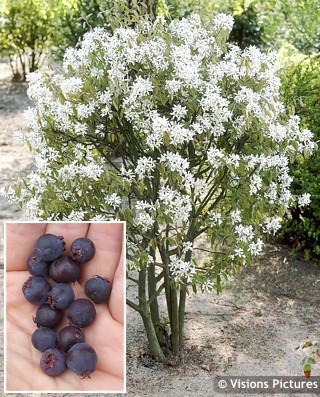
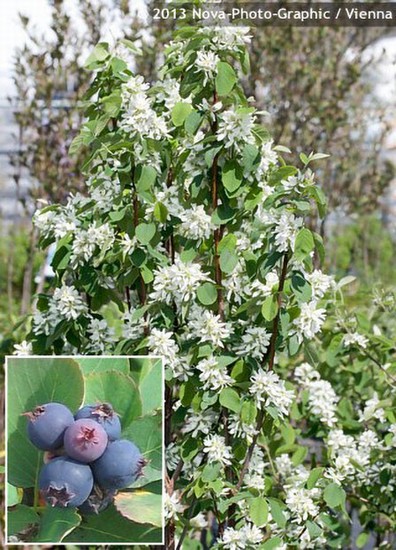


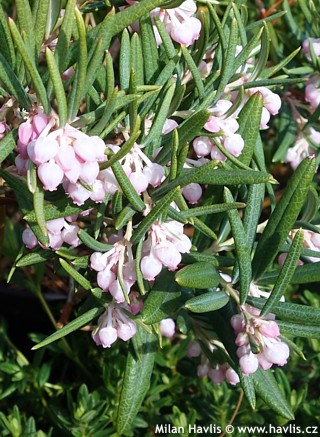
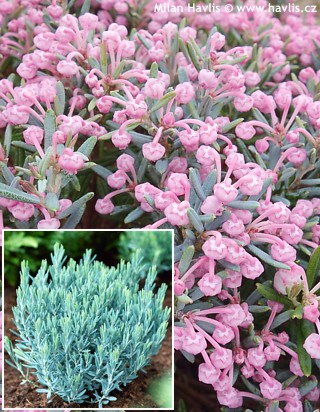
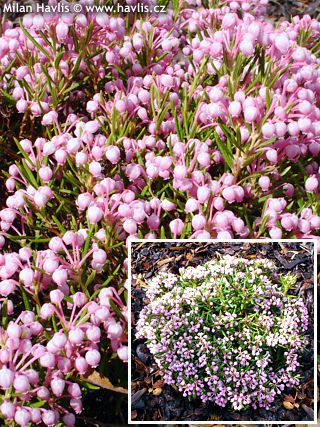
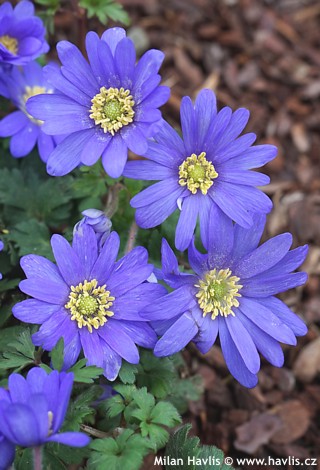
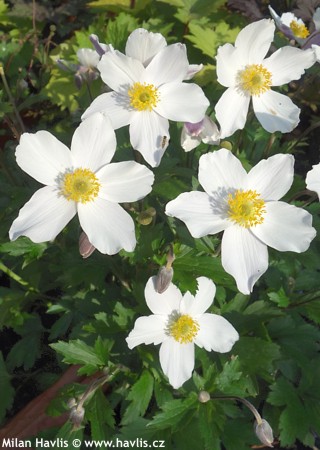

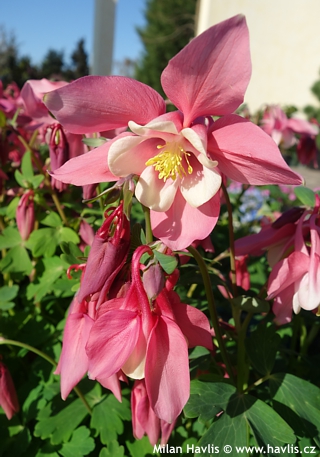
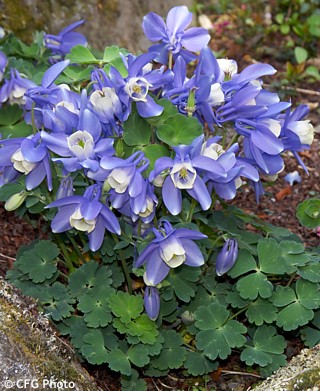
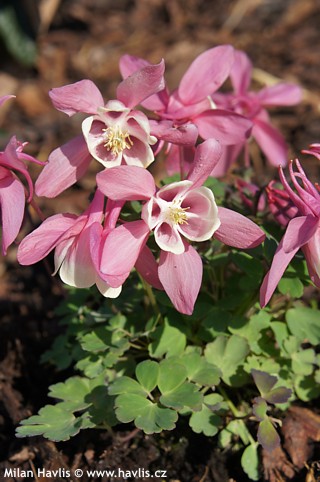

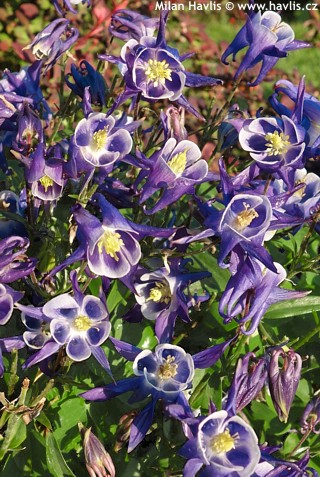





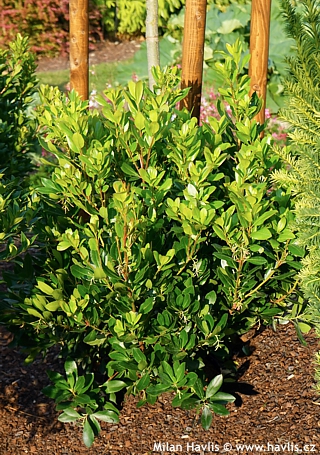

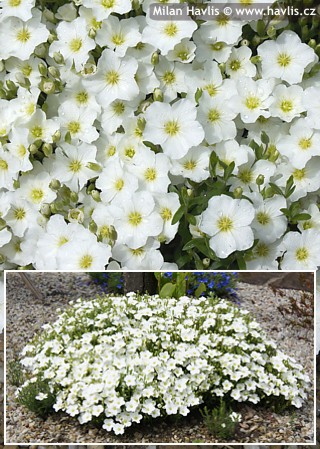

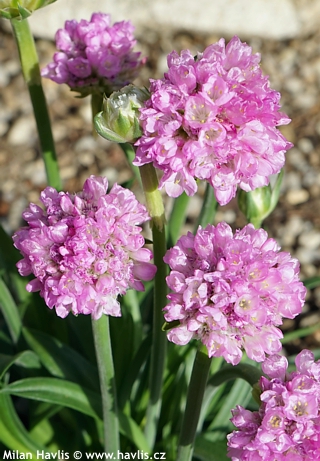

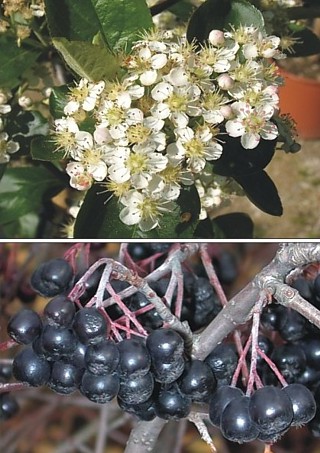
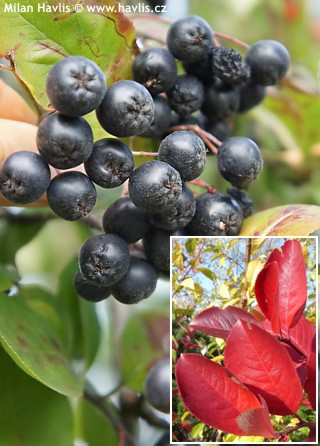
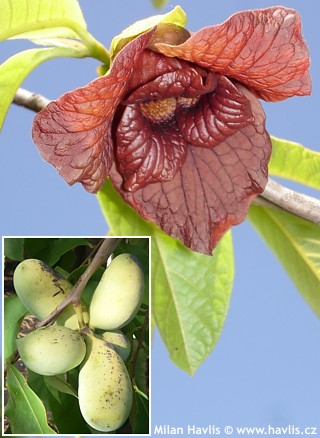
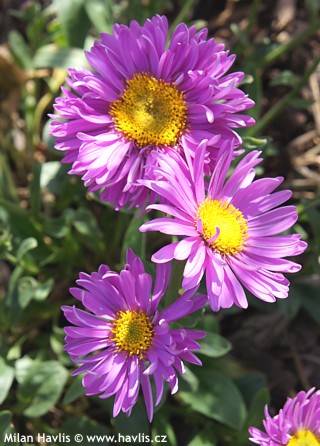
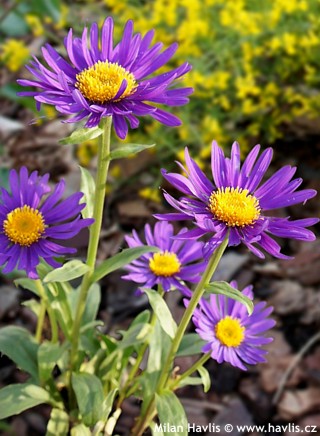

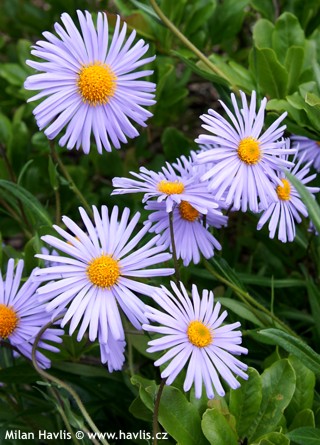
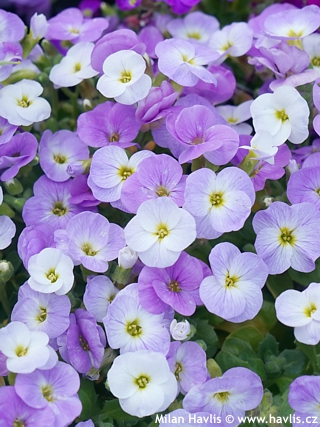
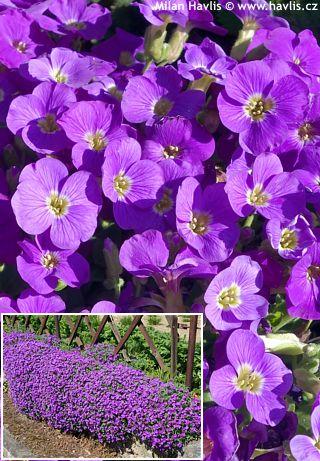

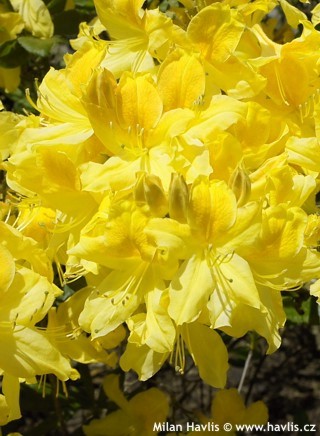

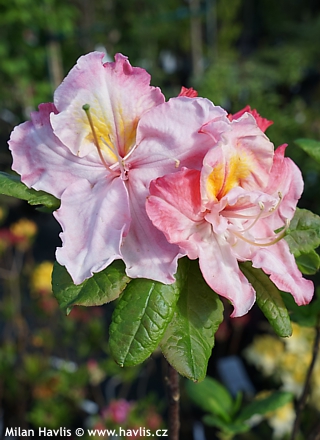

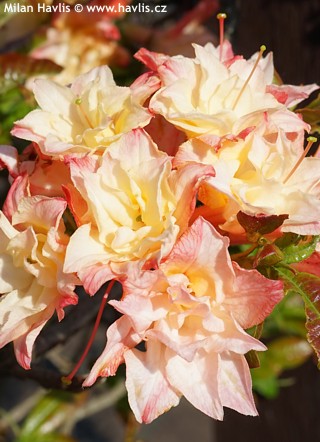

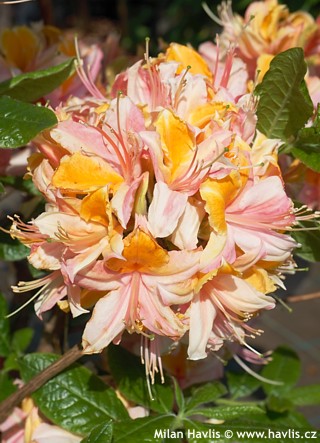
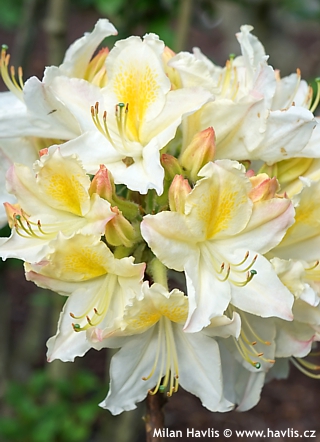
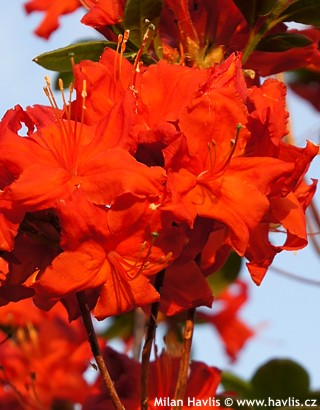

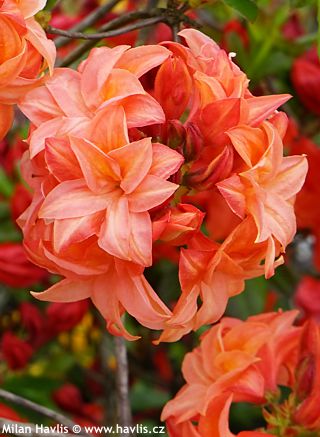
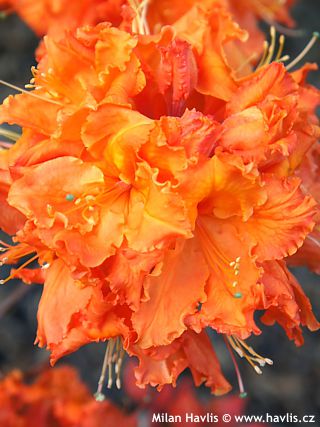
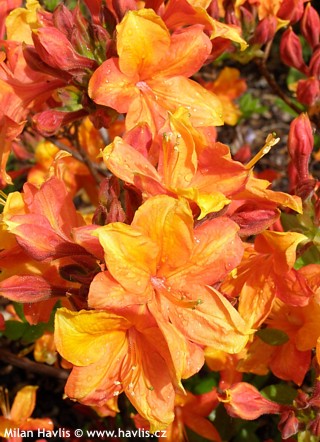
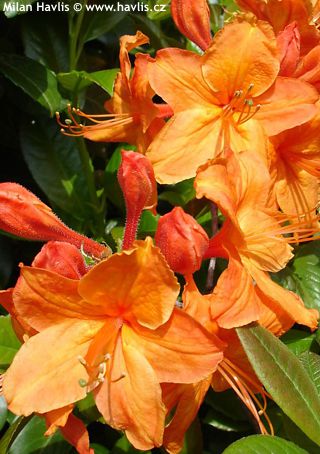



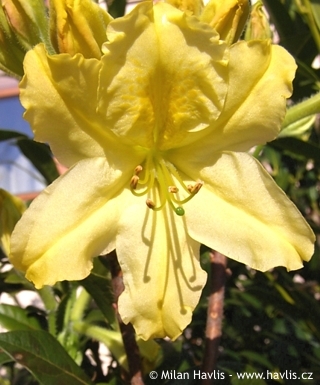

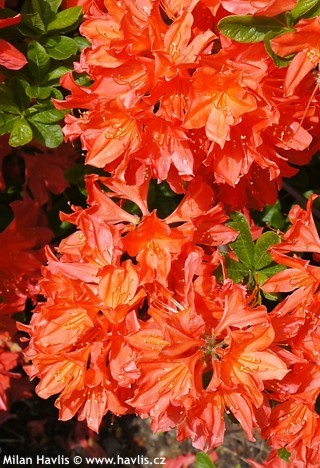
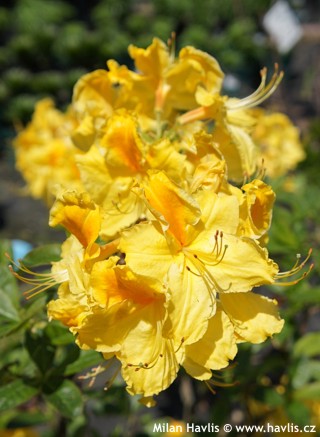
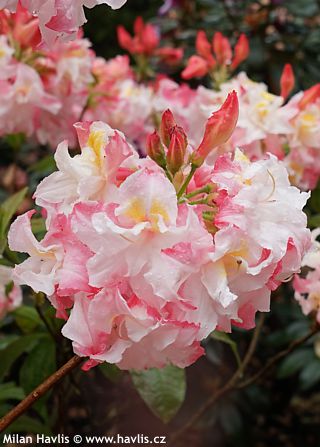

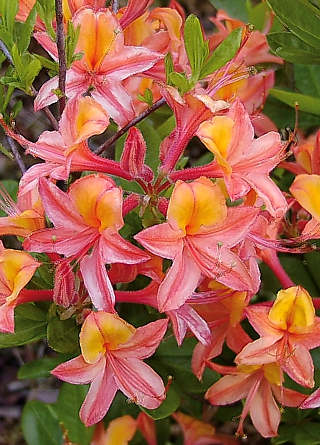
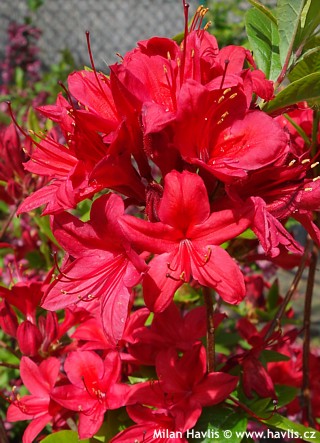

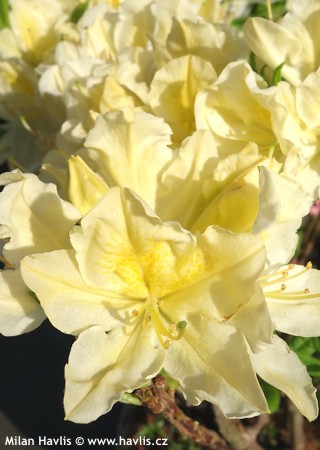
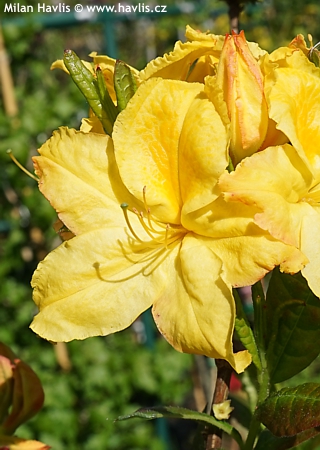
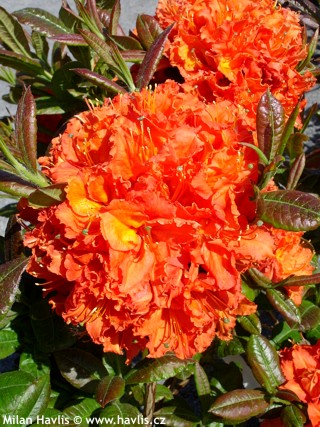
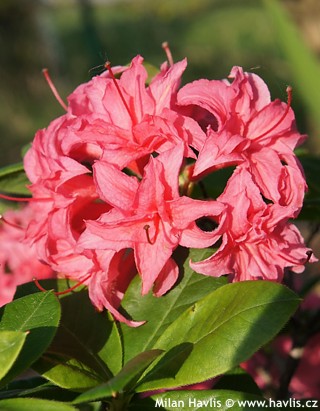

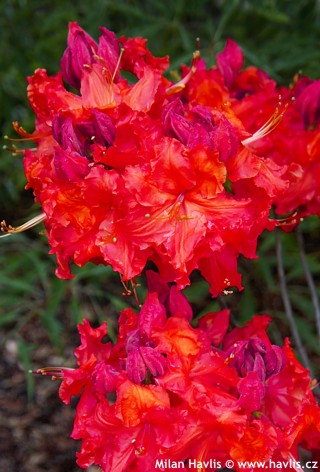

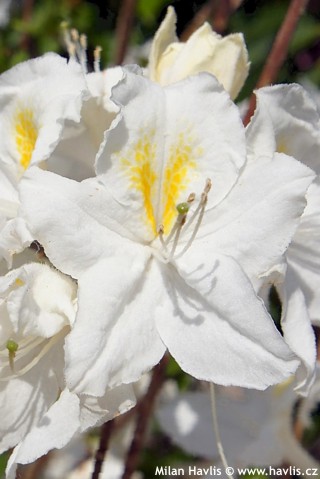


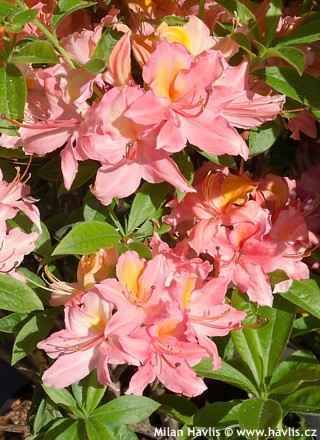
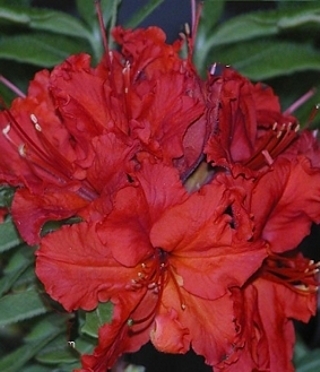
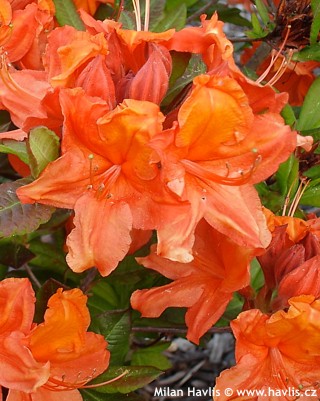

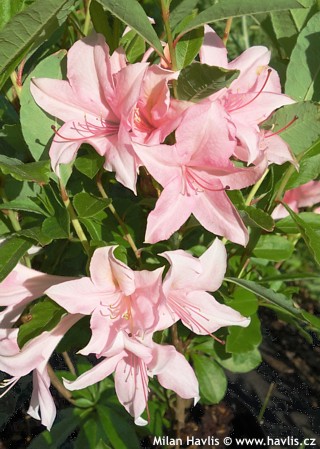
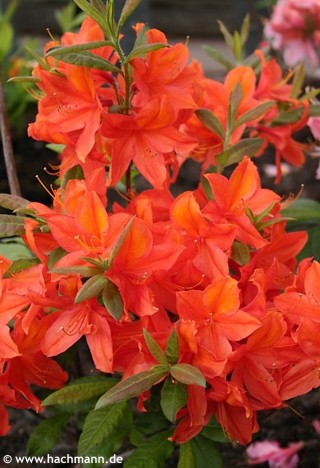
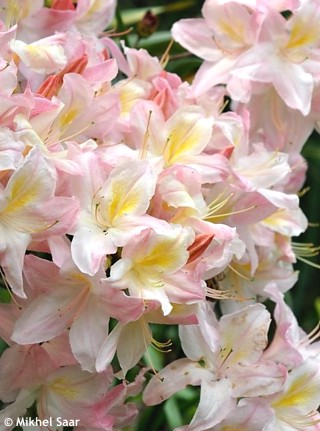
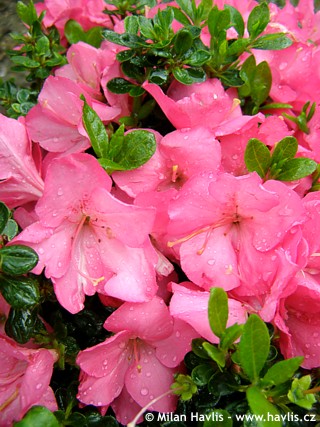
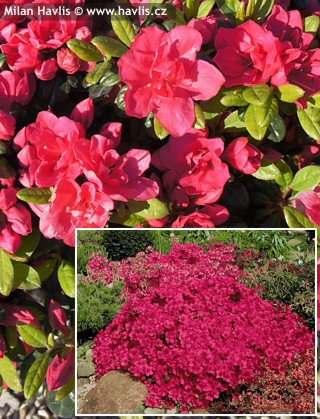
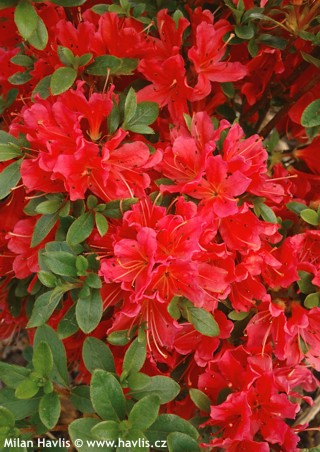
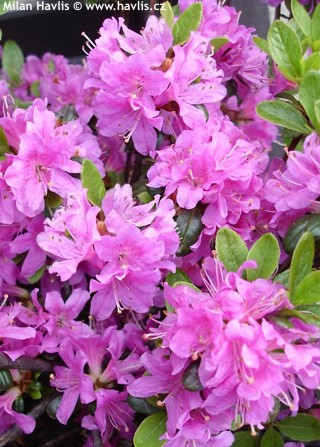
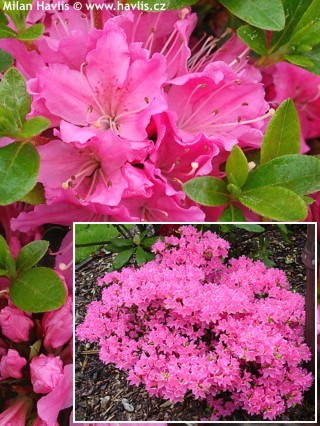
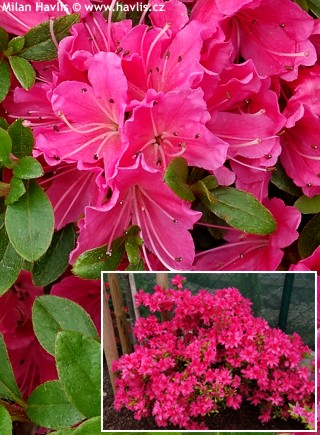
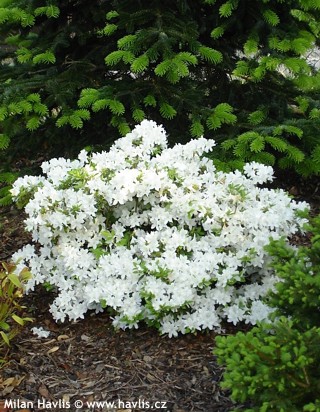
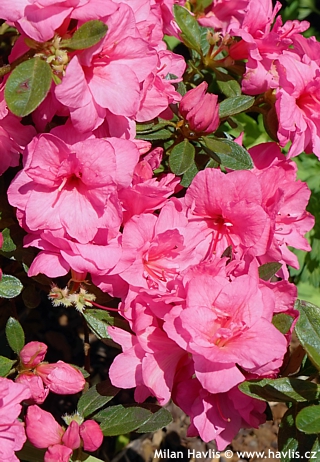
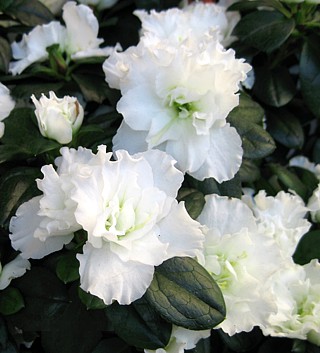
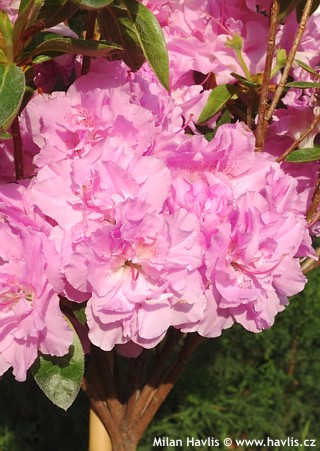
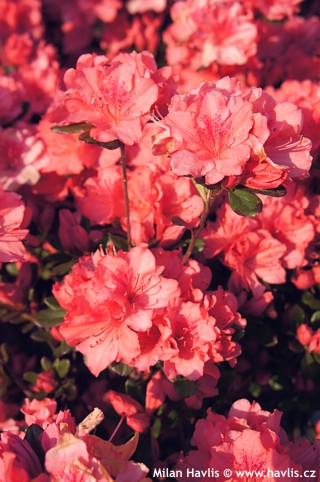
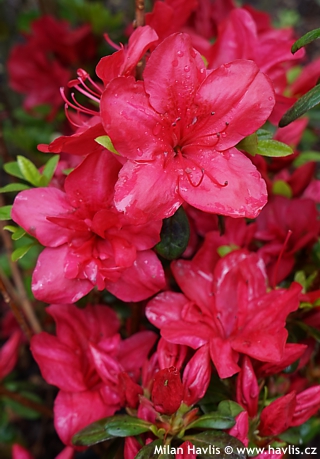
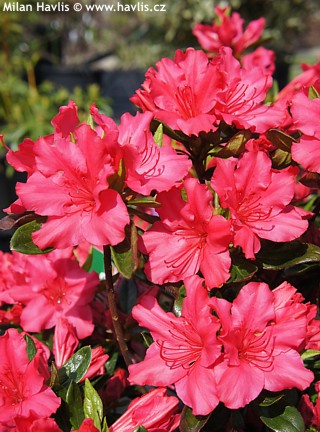

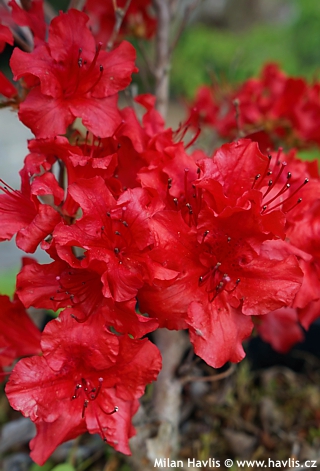
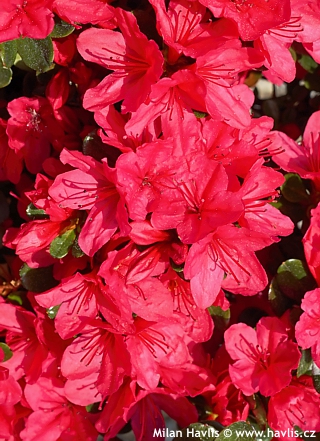
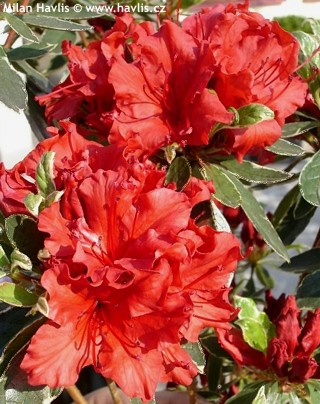
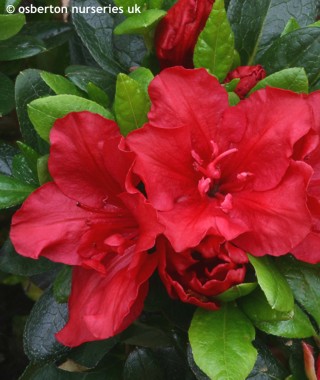
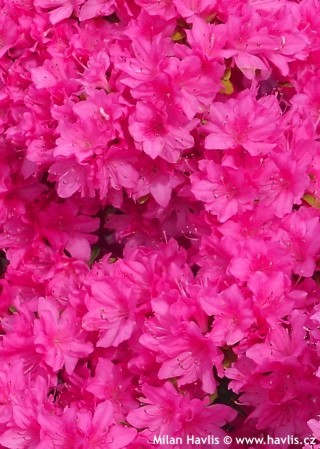
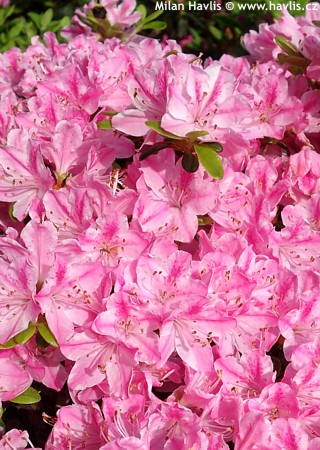
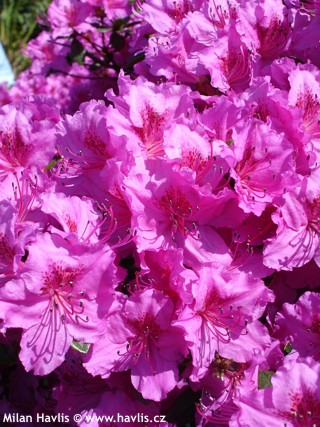


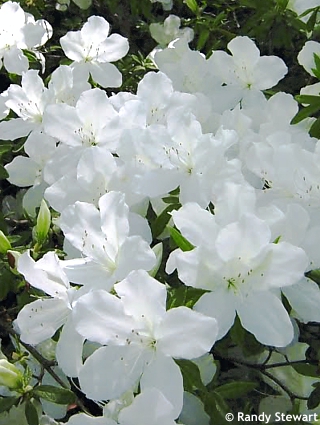

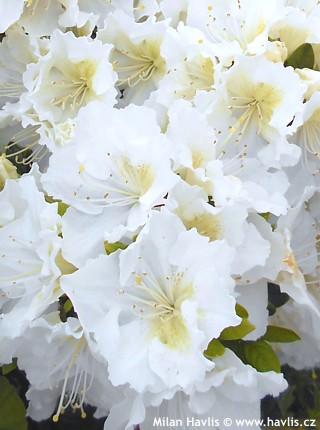
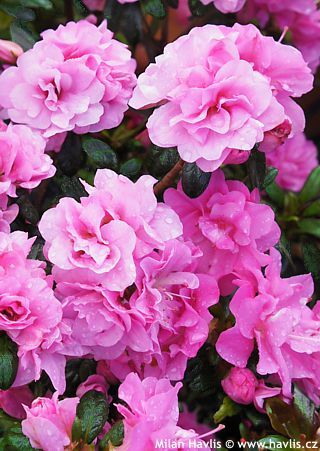
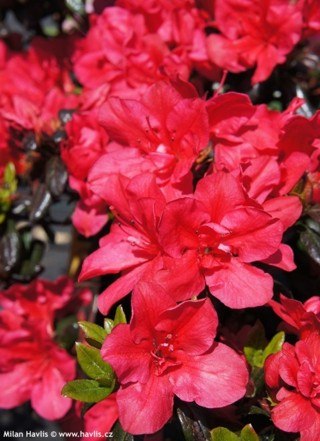

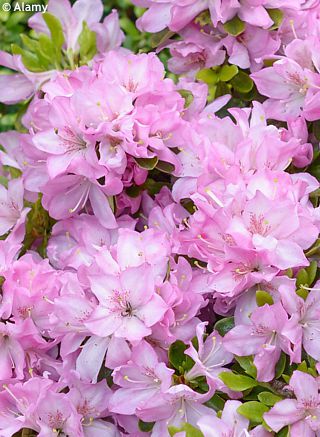

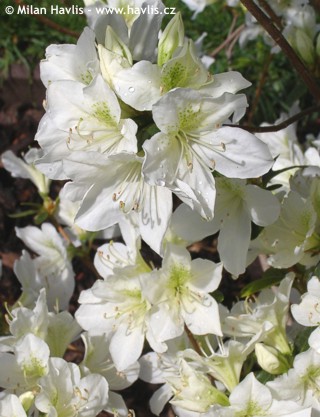
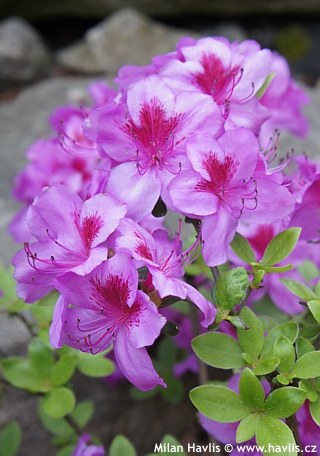
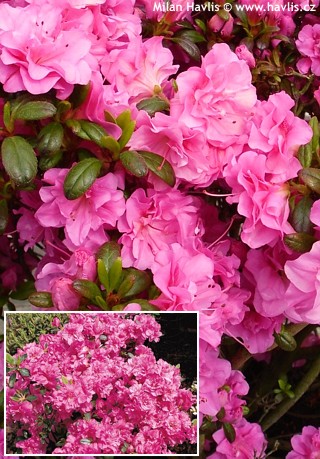
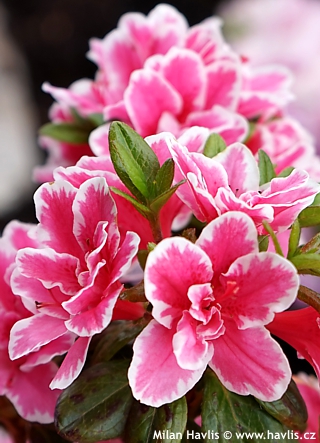
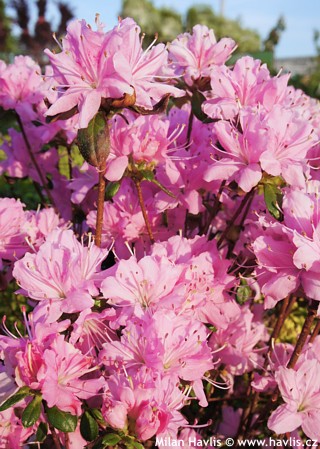
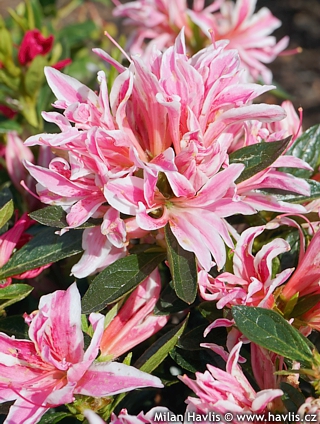

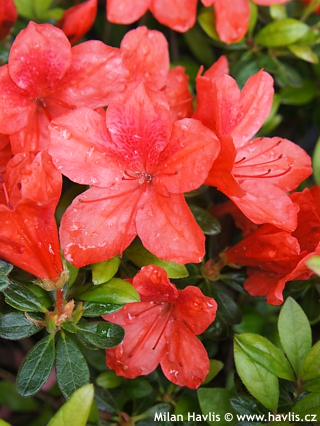

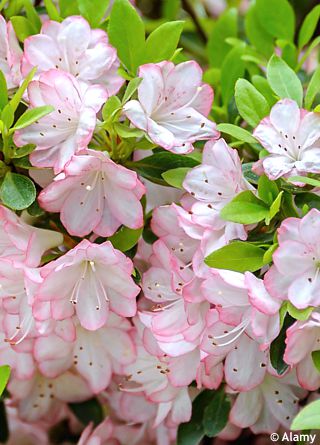

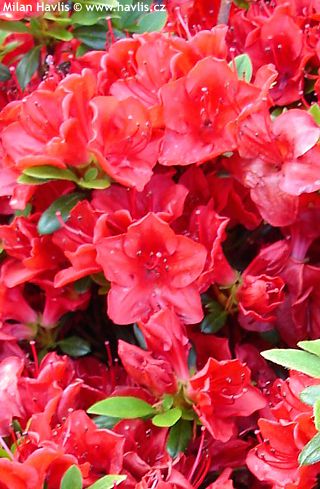
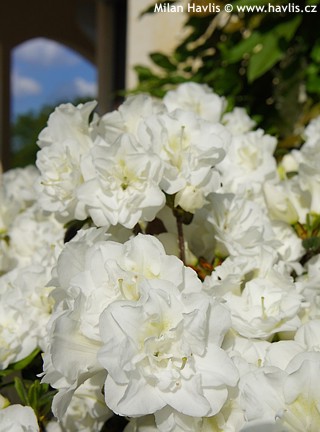


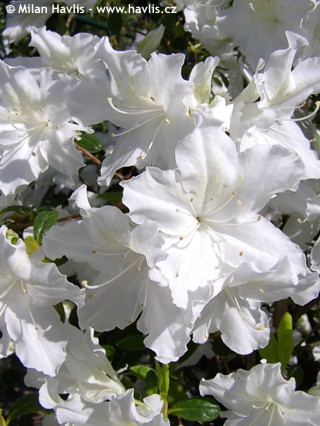
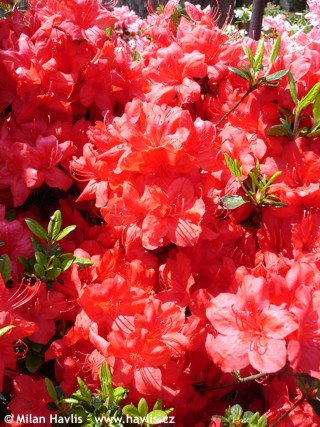

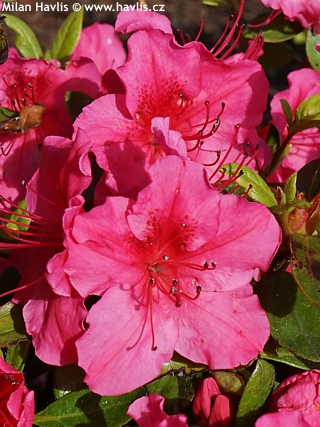


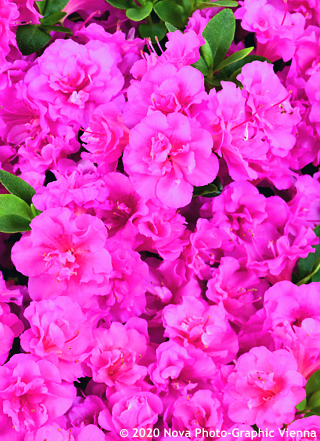
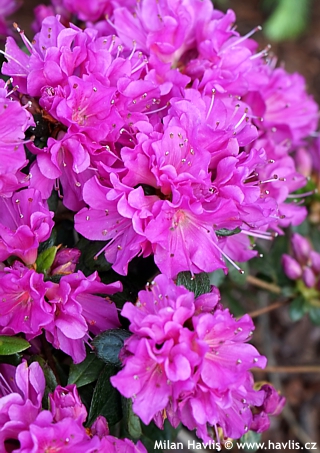
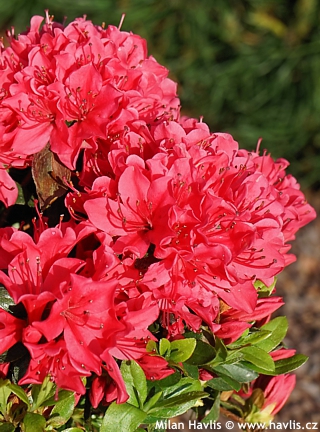
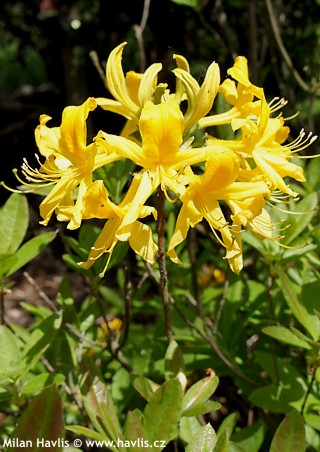
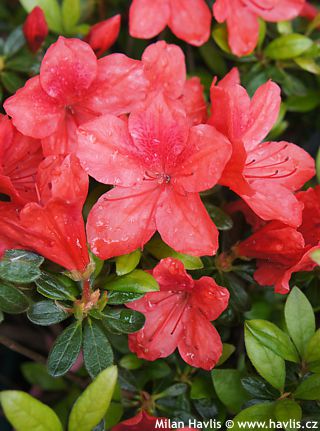

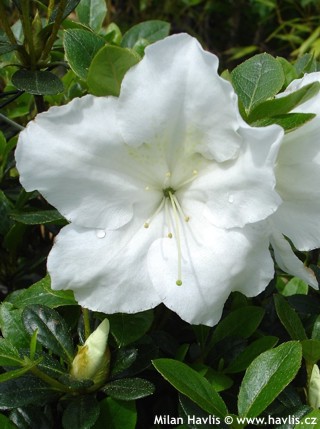
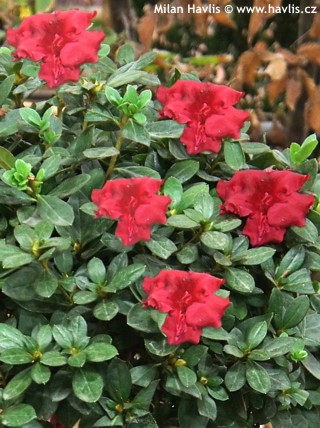
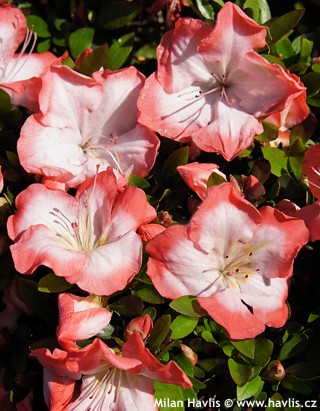
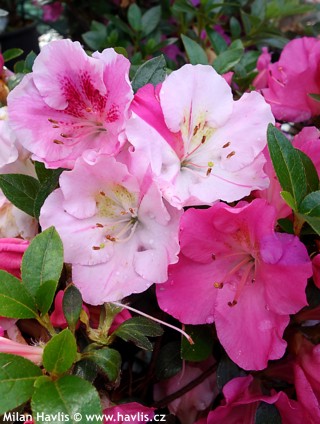
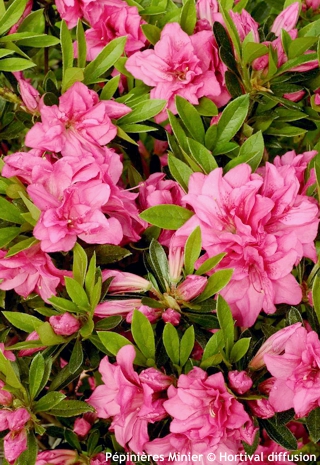
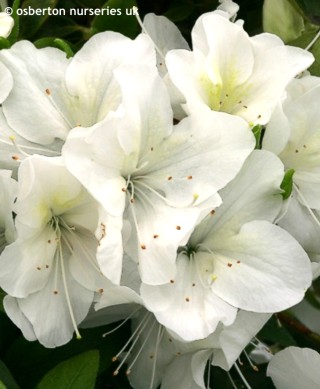
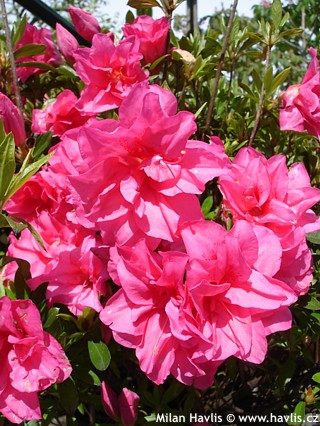
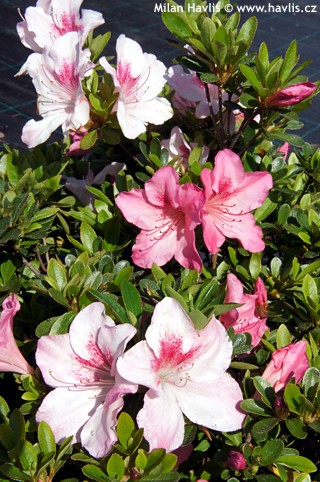
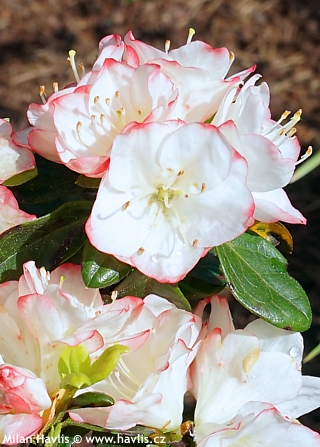

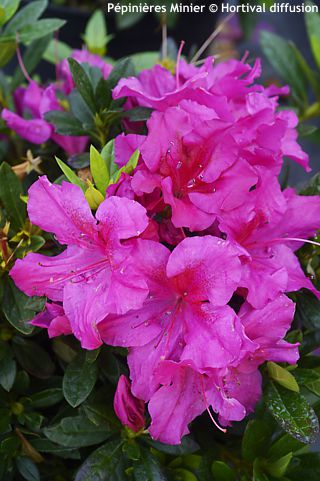
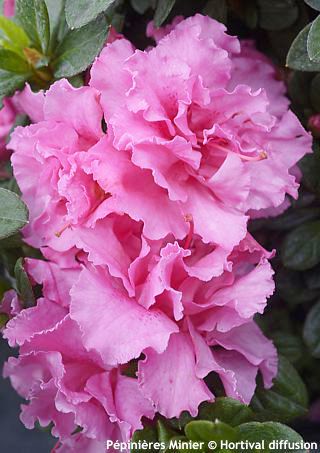


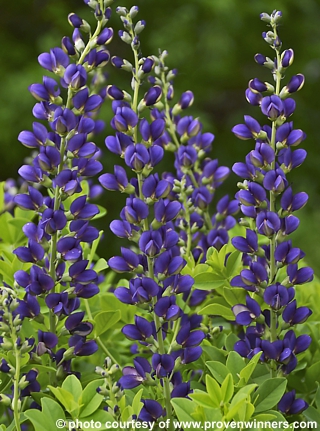

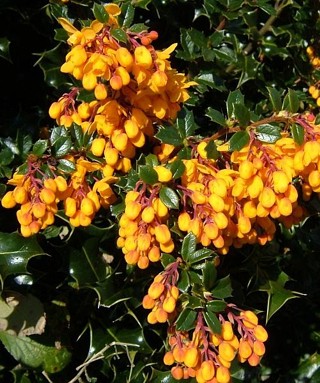

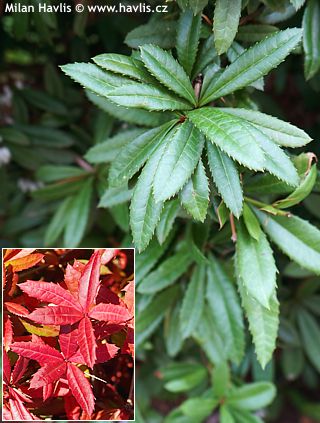

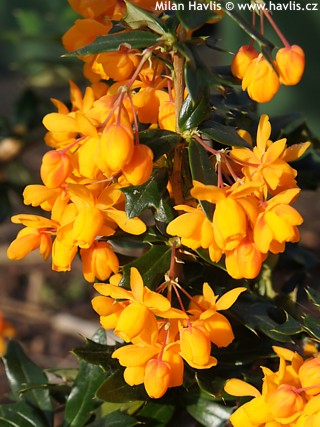
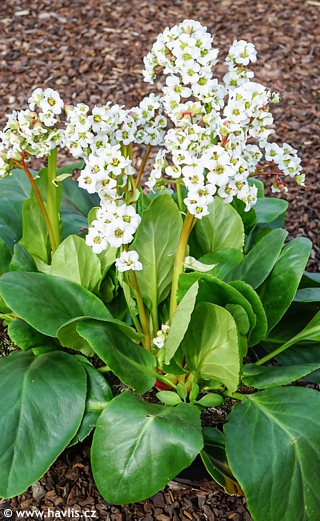

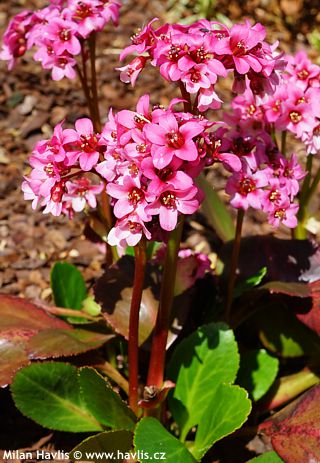

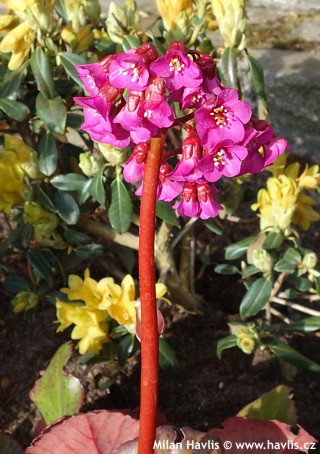
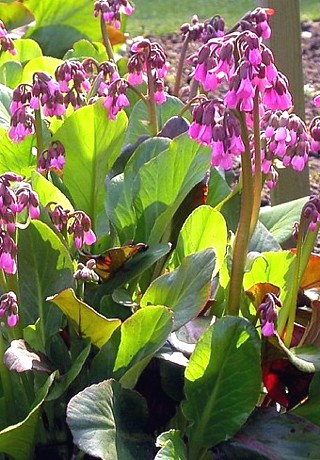


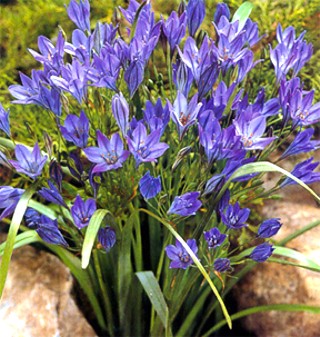
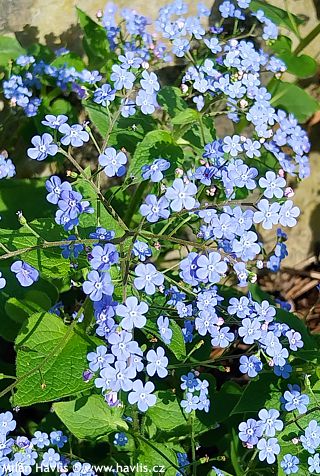


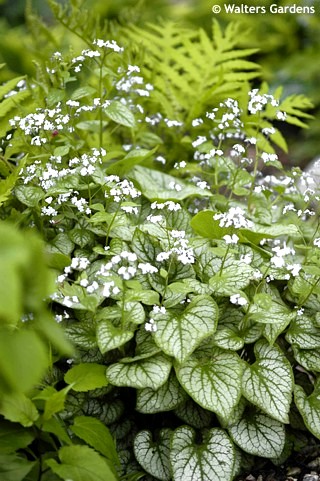
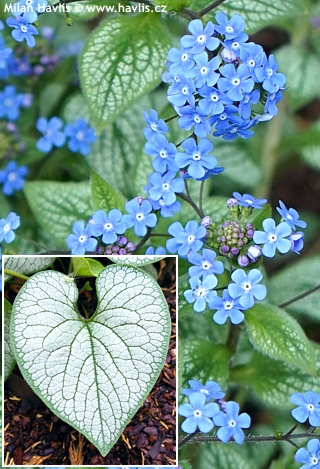
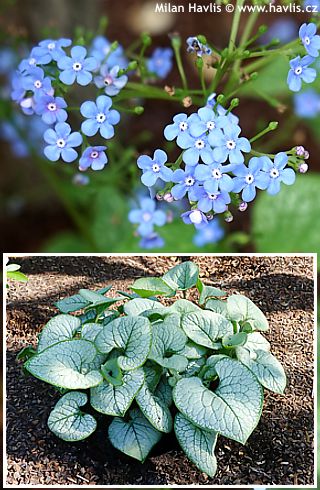
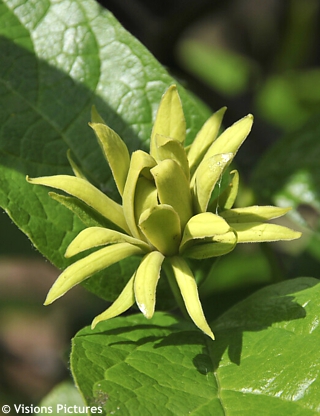
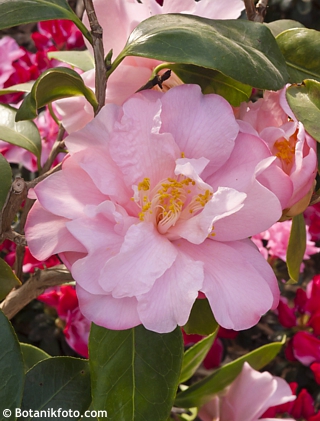
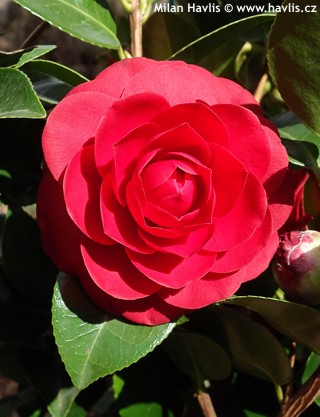

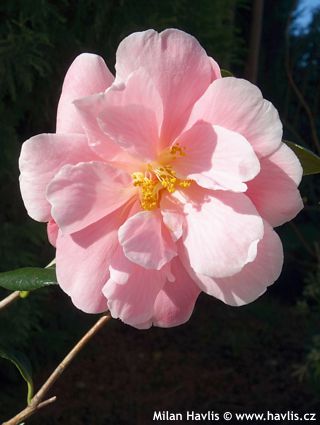
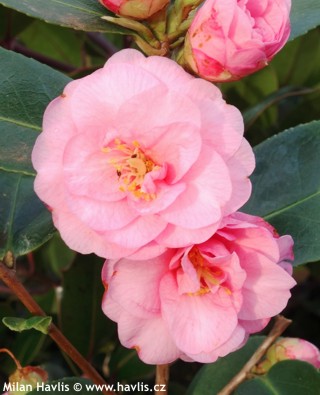

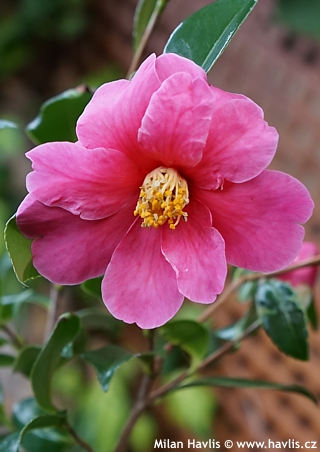
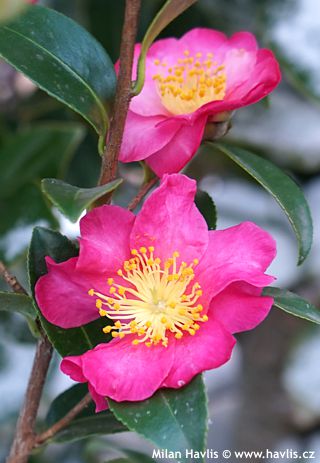
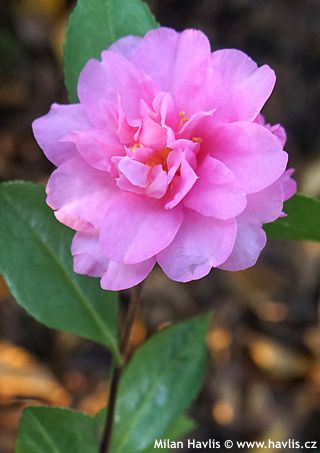
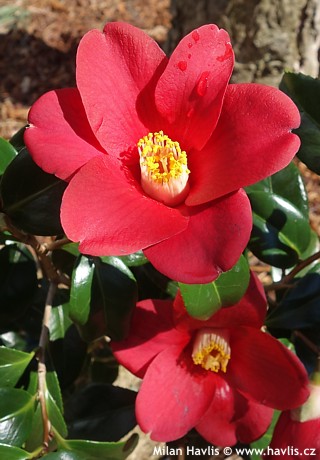
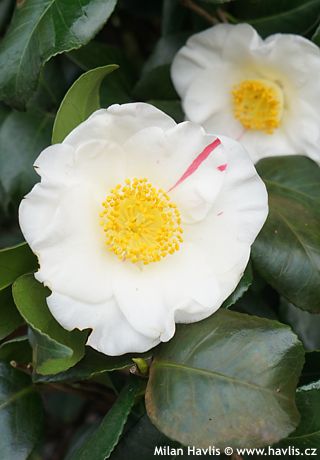
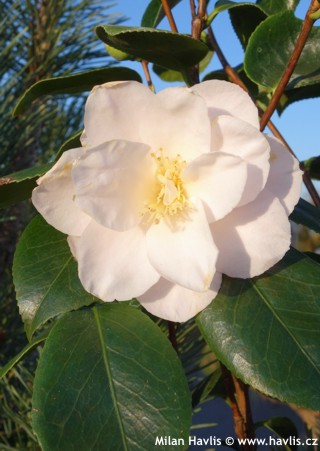
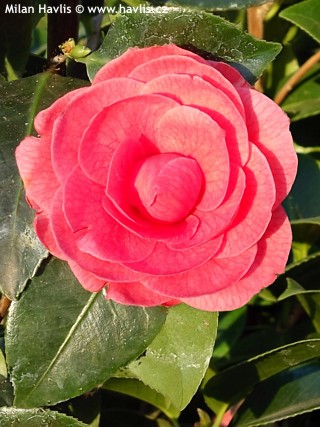
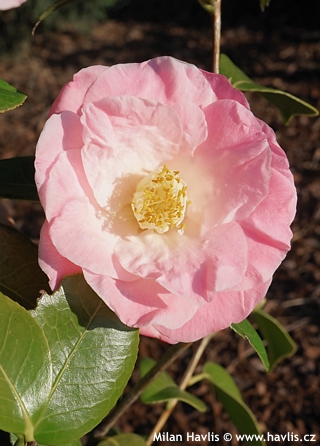

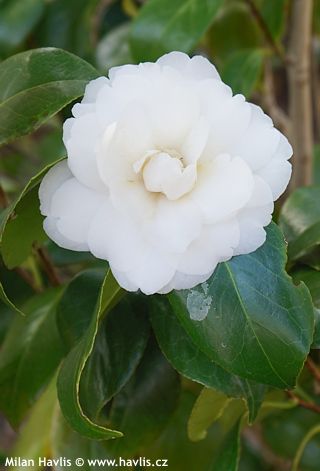
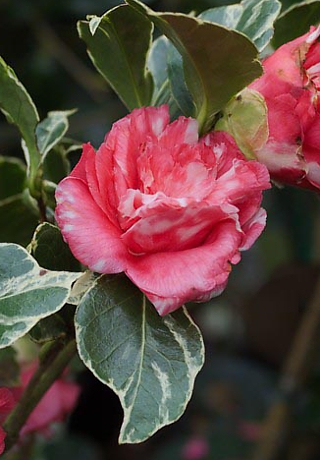
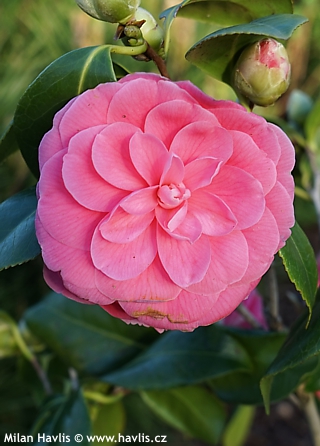
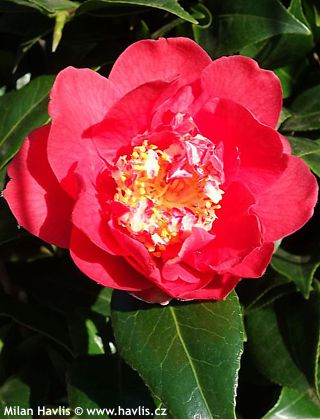
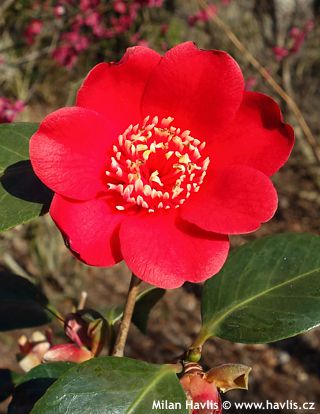
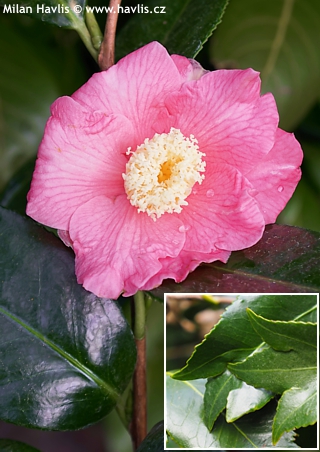
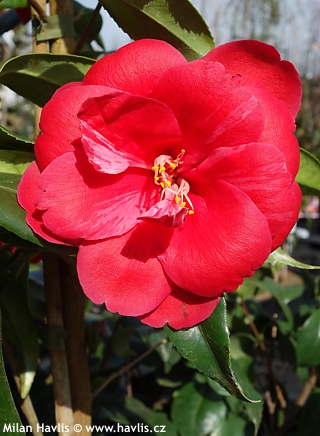
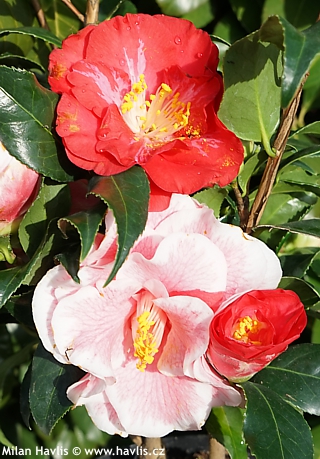
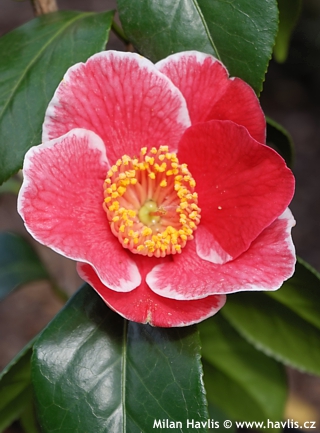
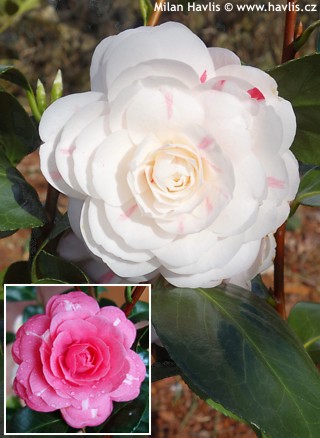
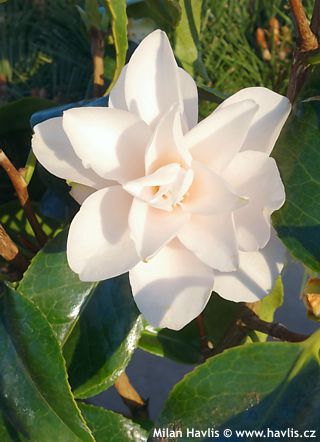
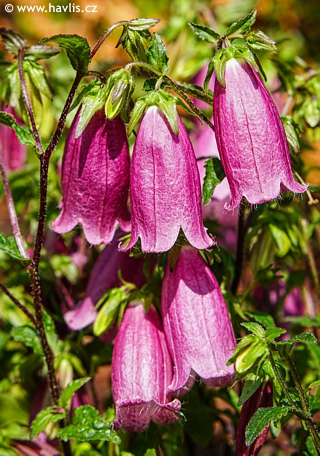

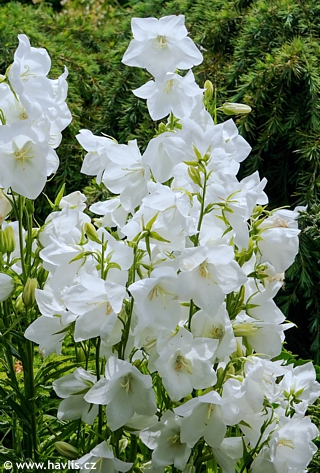
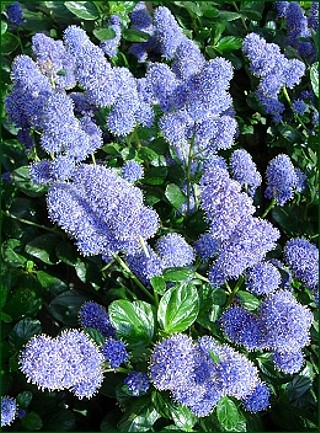

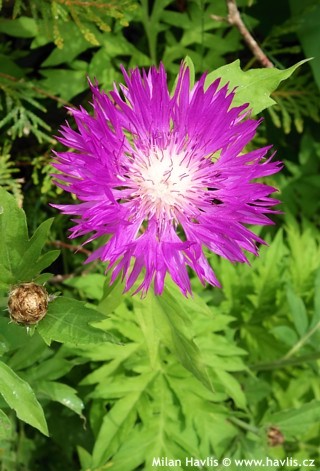
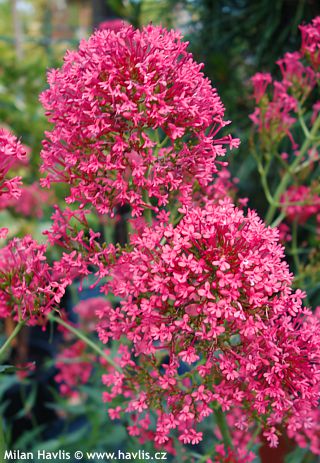
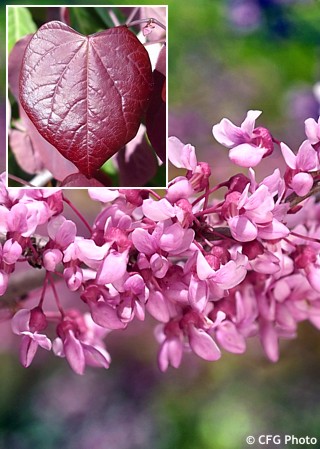
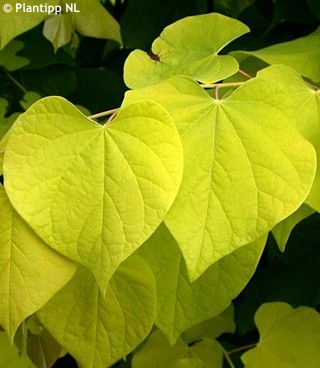
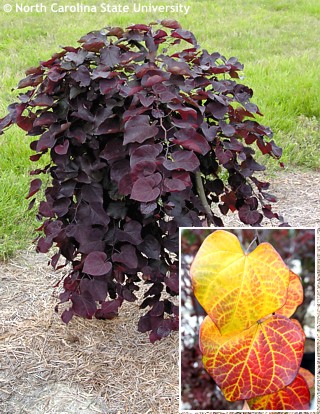
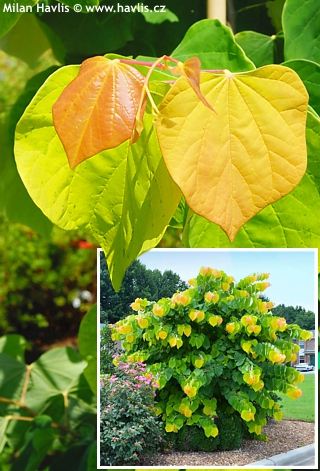
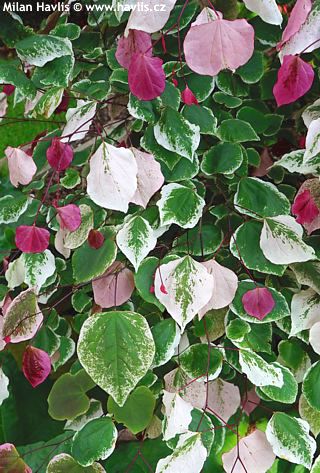
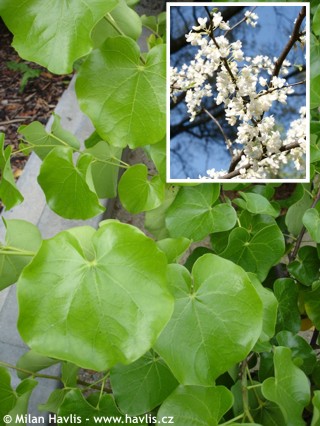
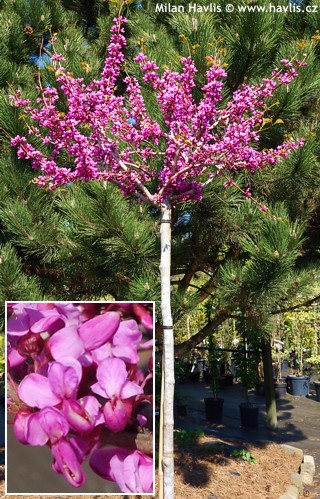
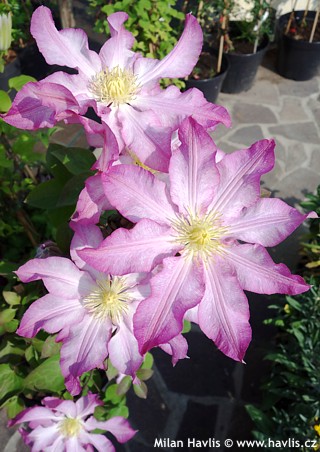


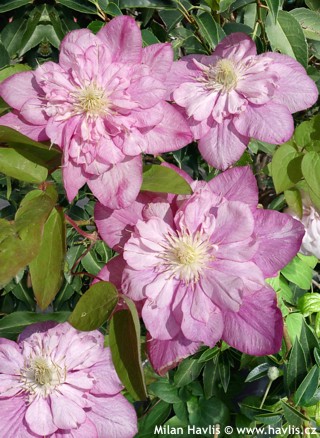
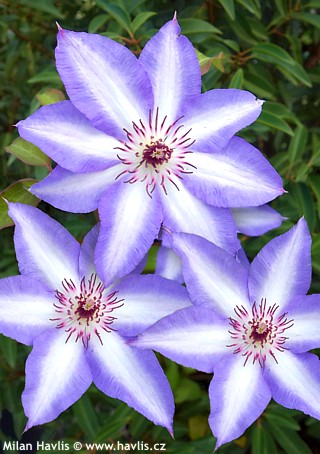
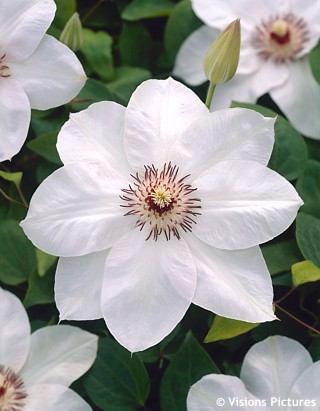

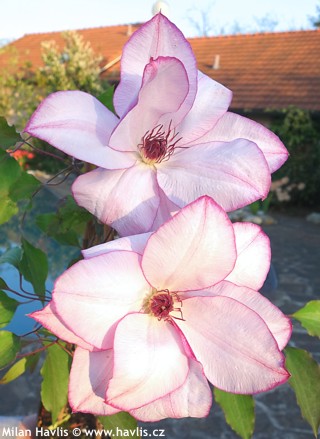
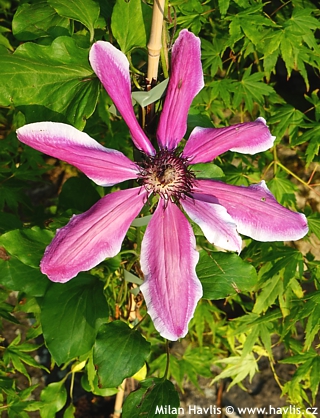
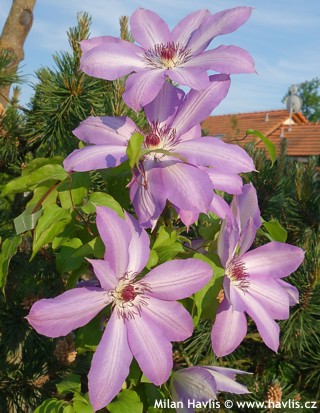
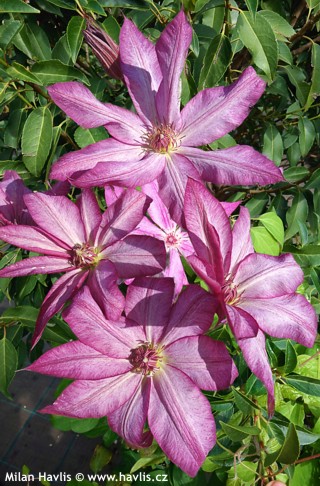


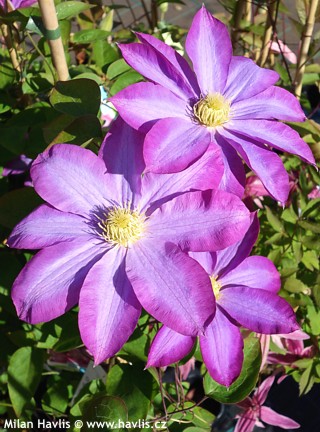
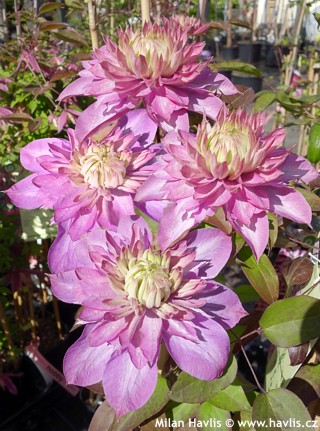
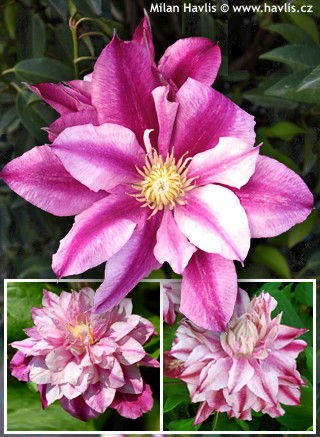
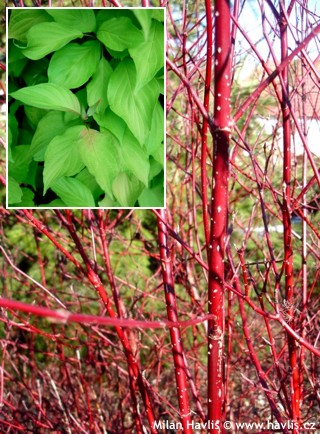
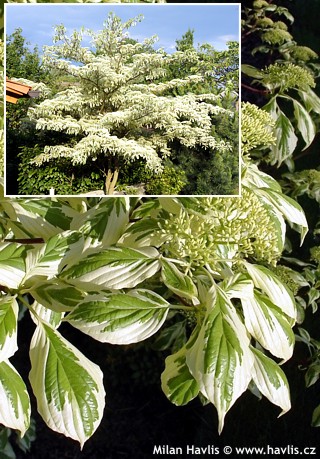

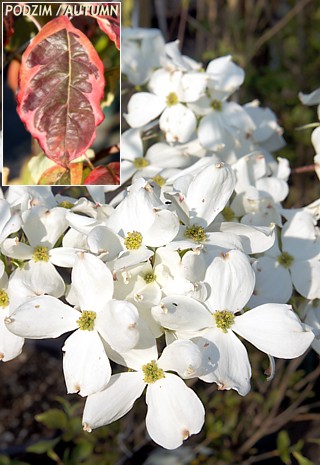
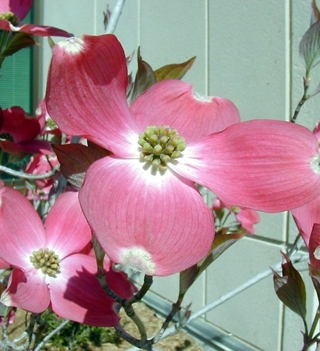
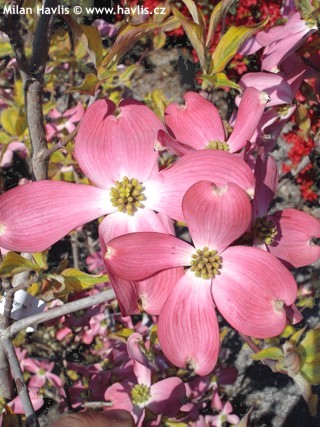
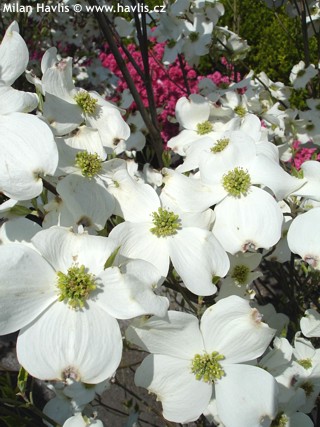
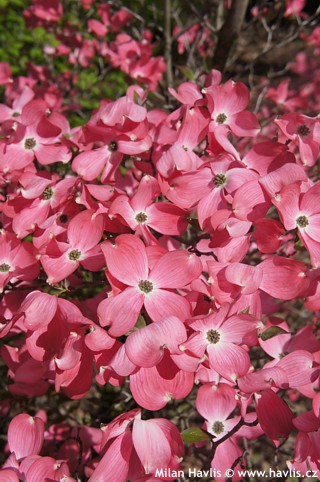
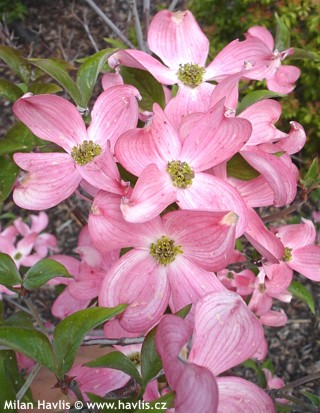
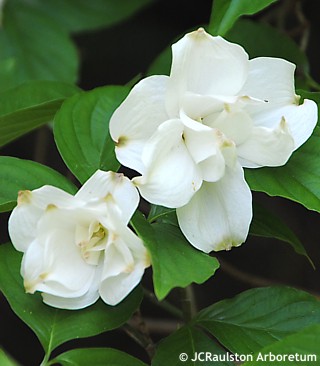
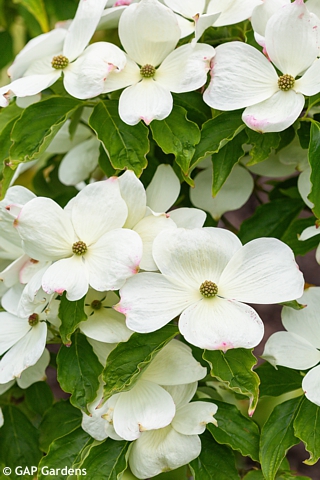
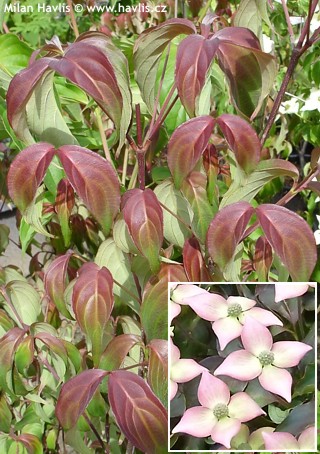



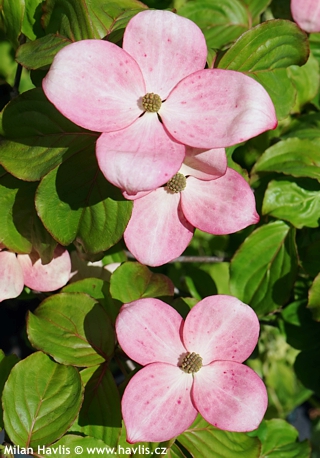
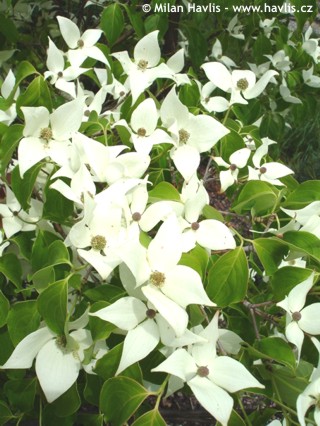

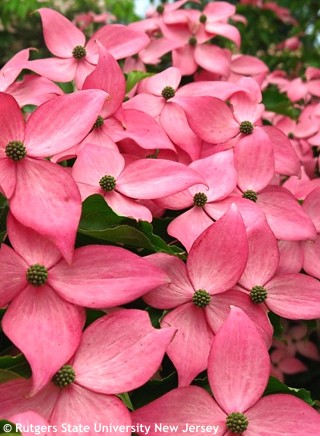
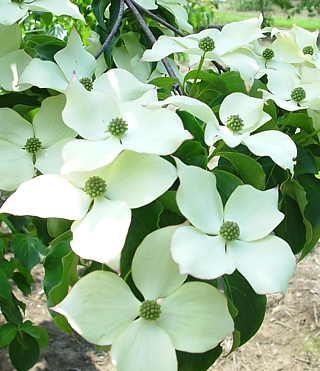

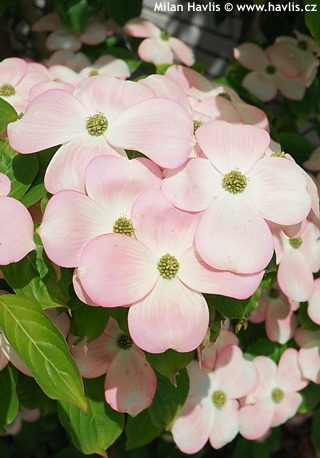


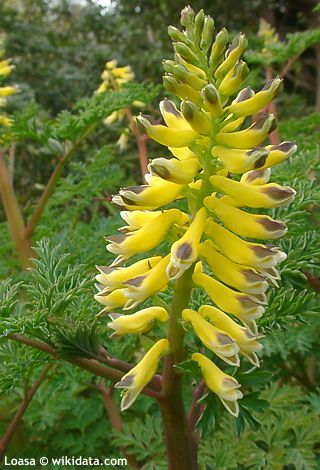
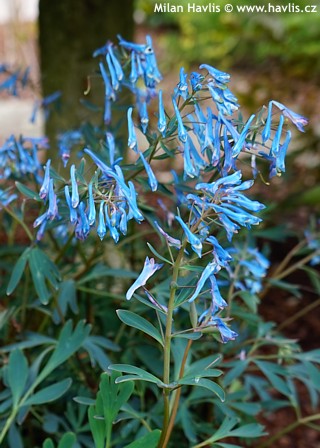
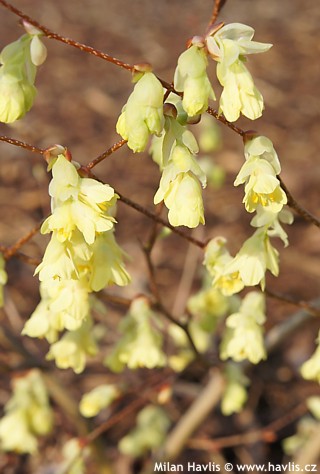
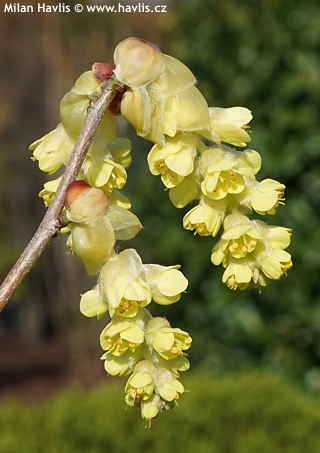
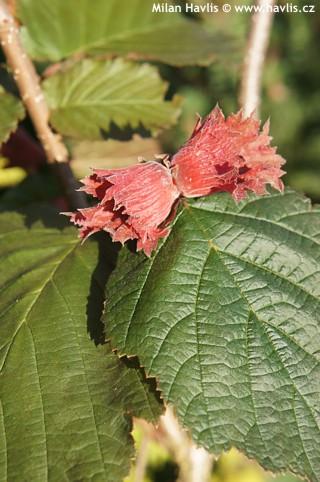
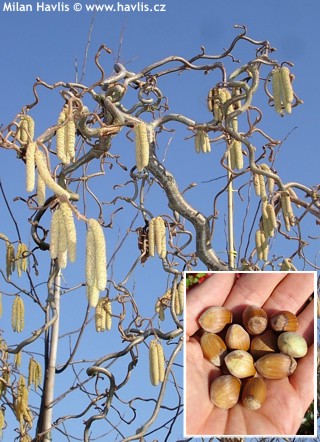
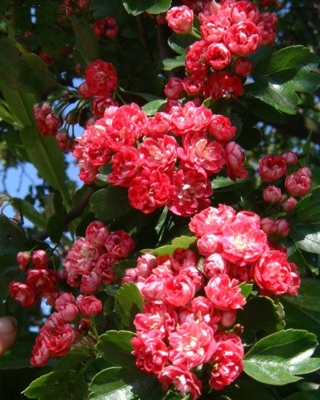

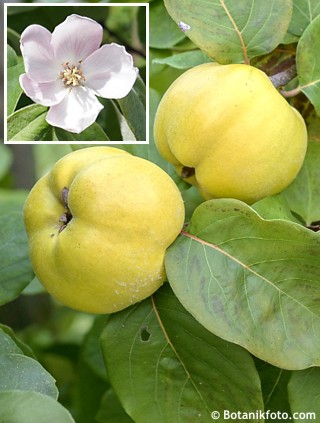
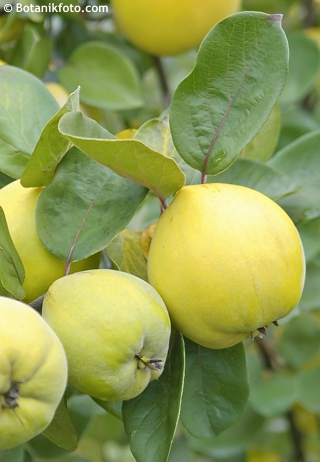
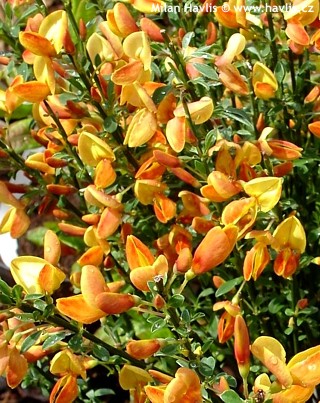

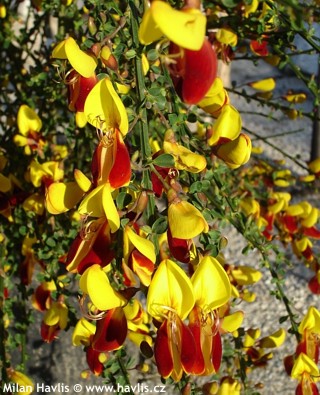

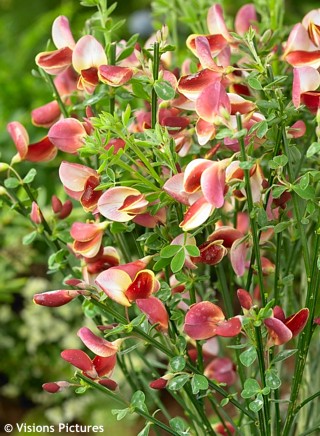



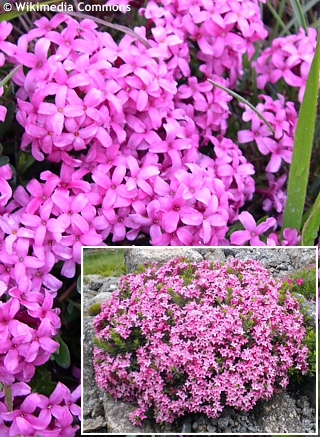
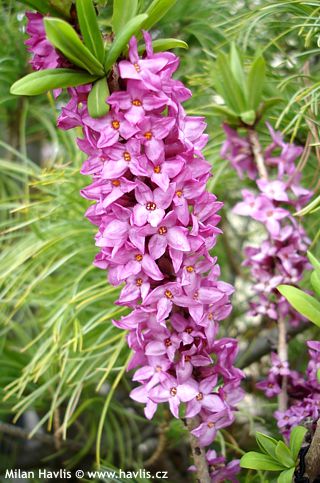

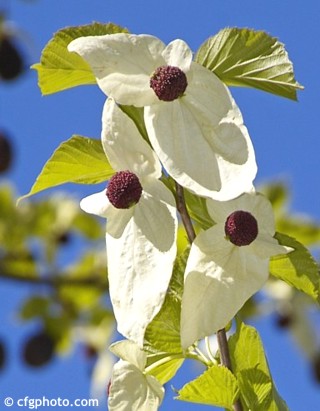


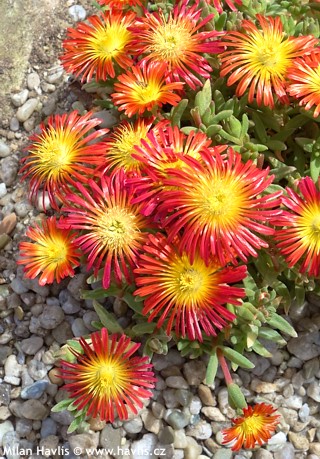
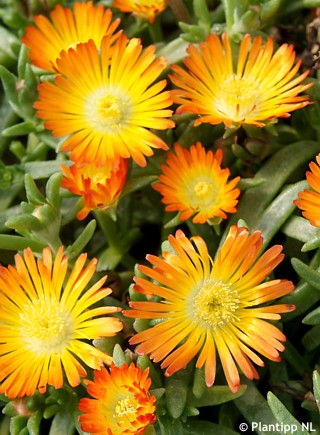


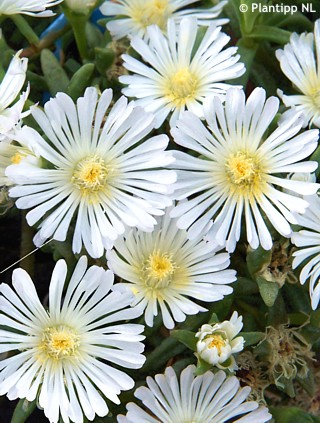

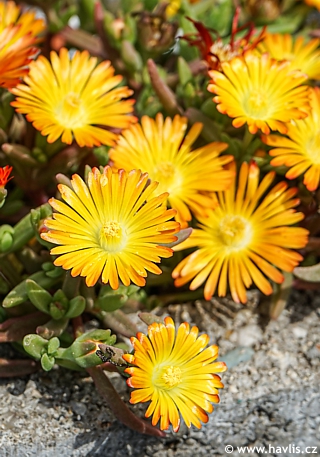
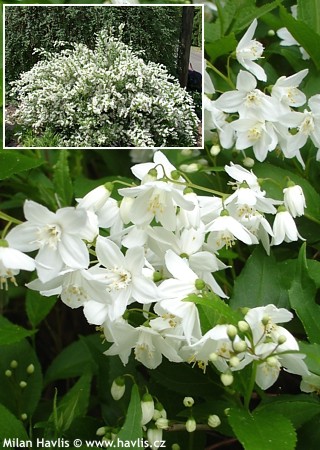
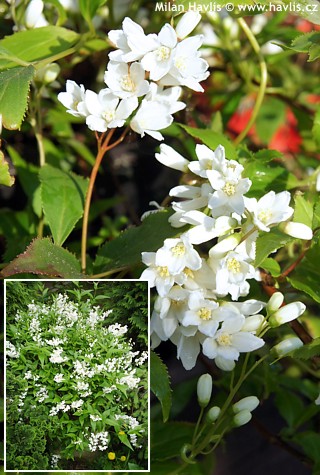
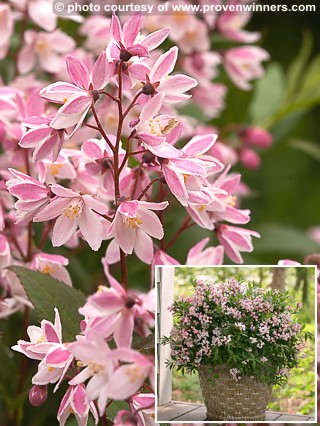

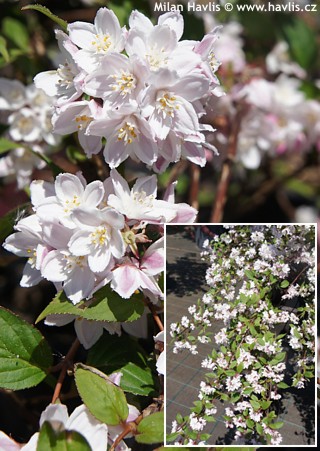







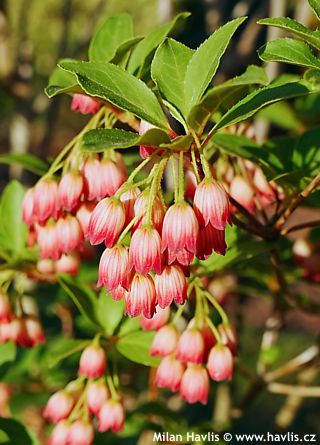

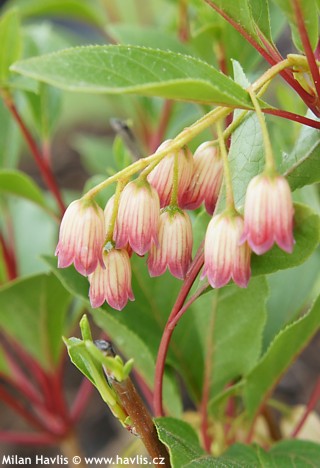
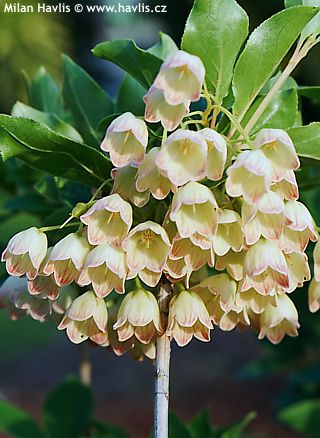
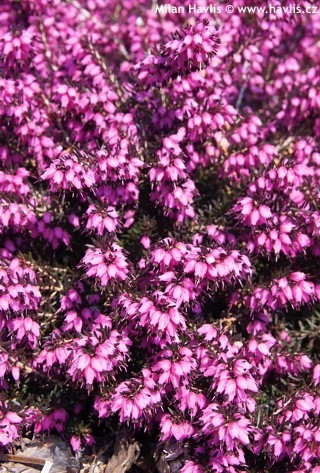

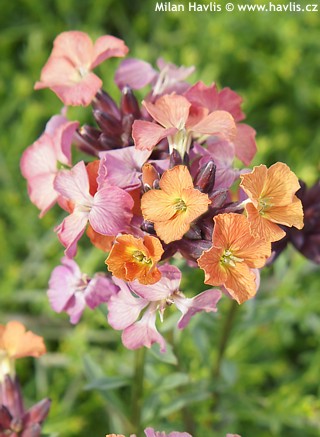
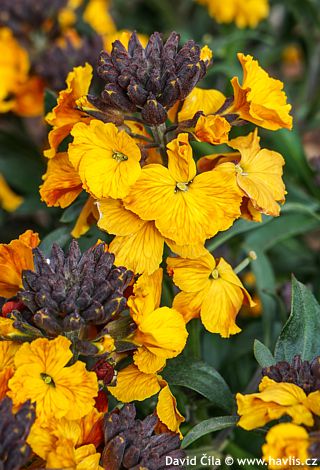
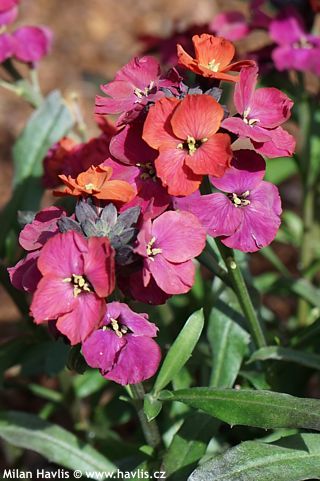
.jpg)
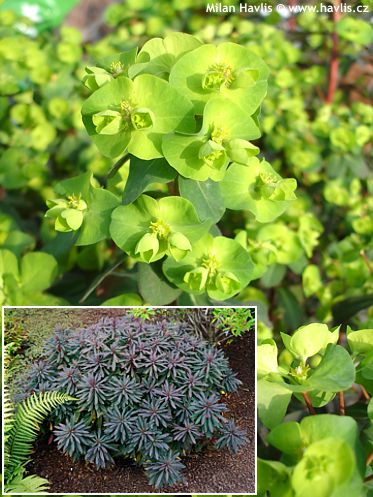

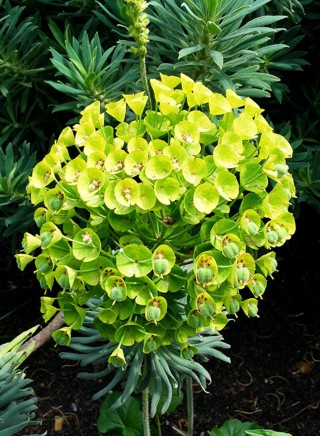
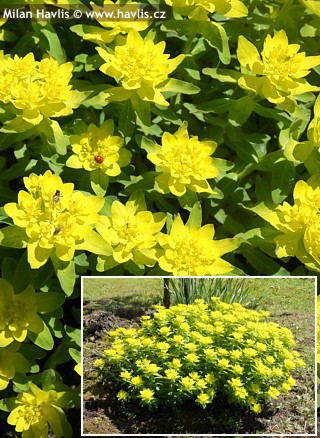



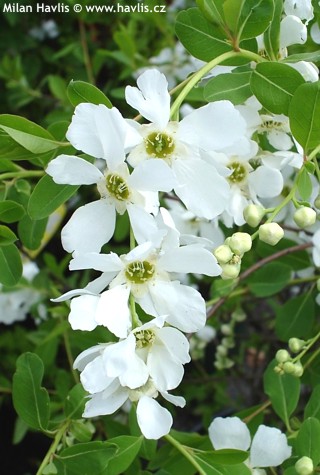

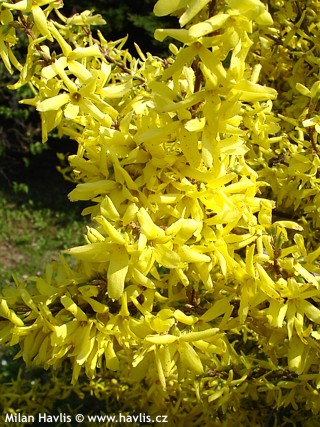
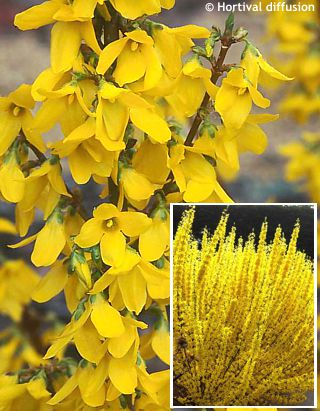
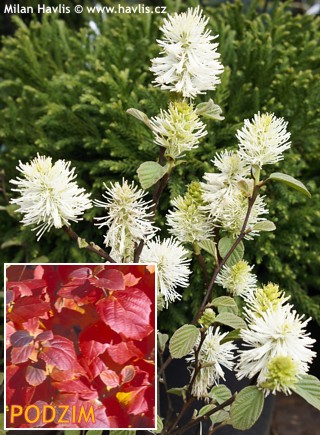

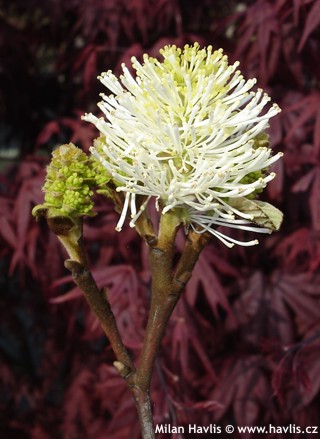
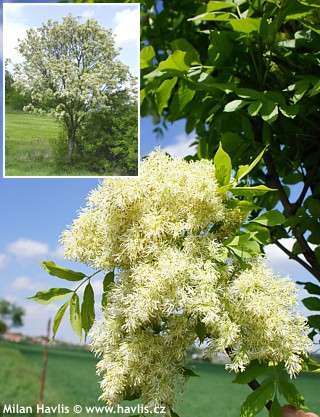
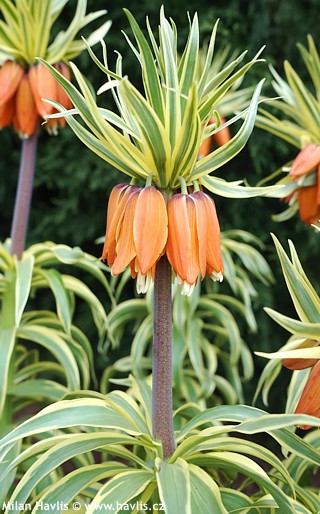
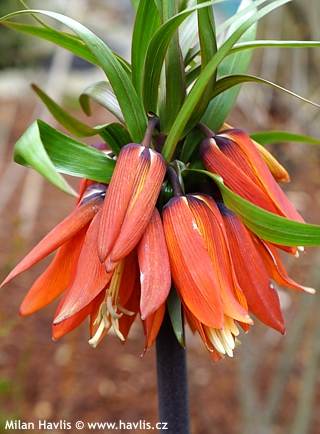
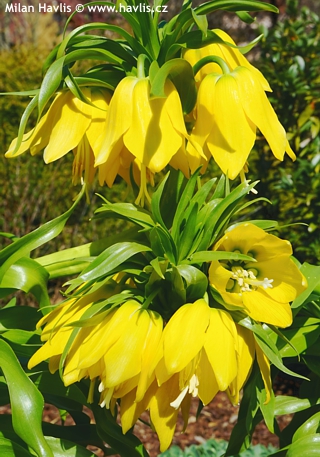


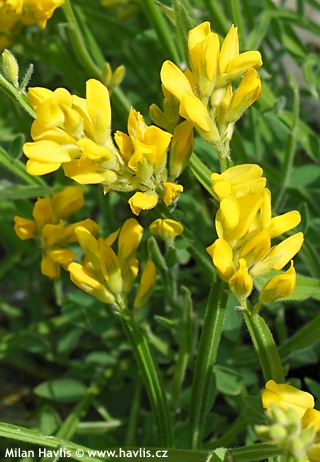
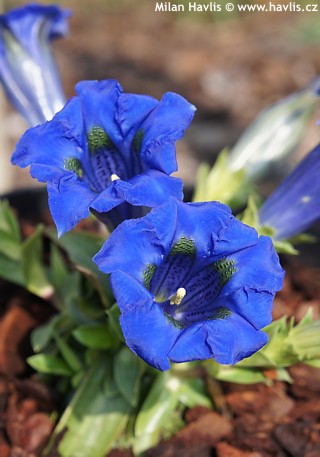

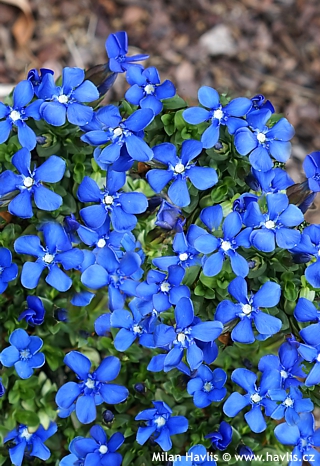

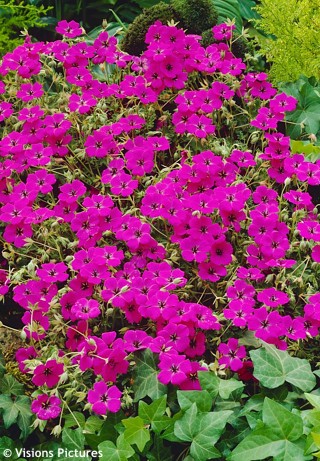
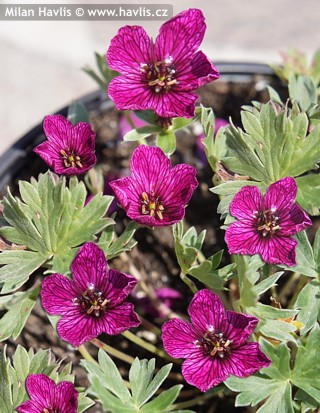

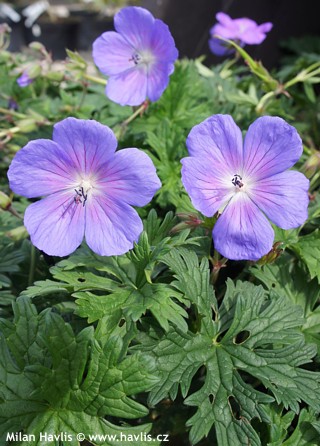
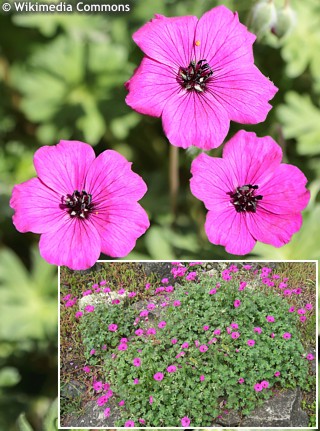

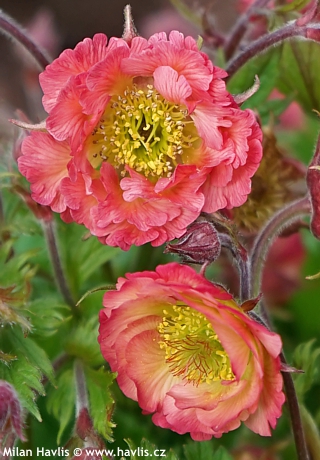
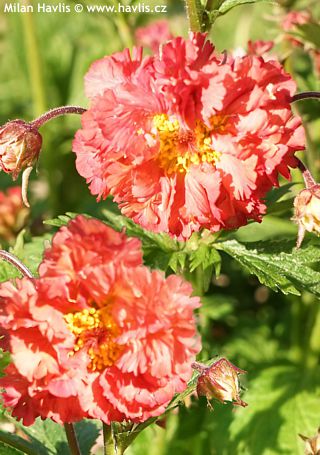
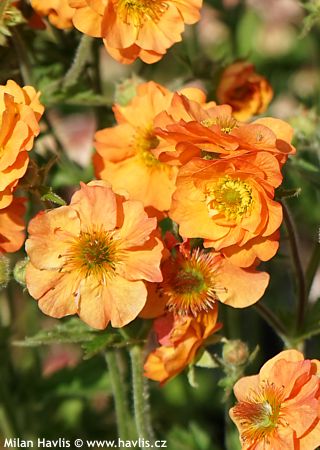
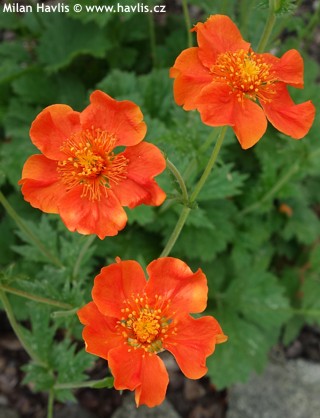

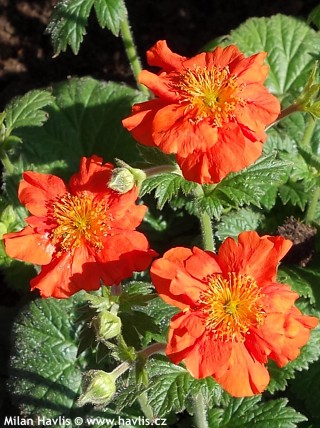
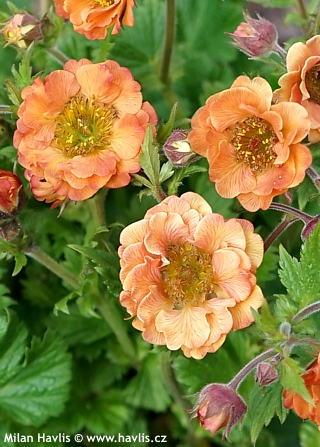



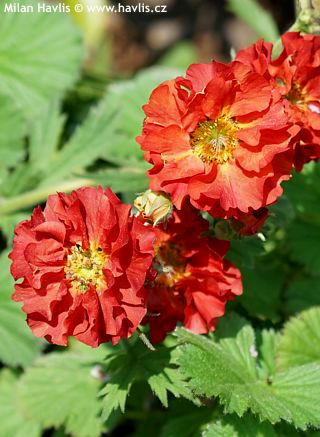
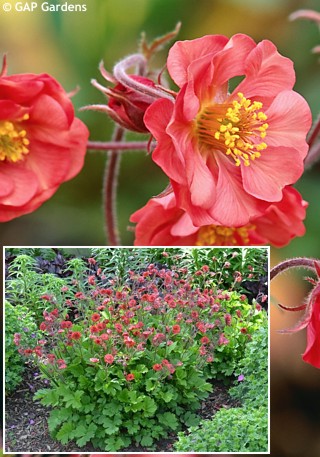

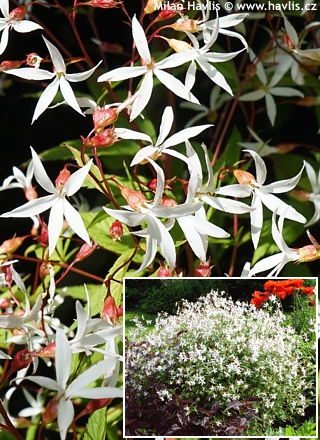
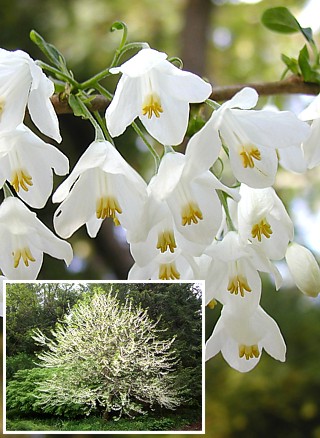
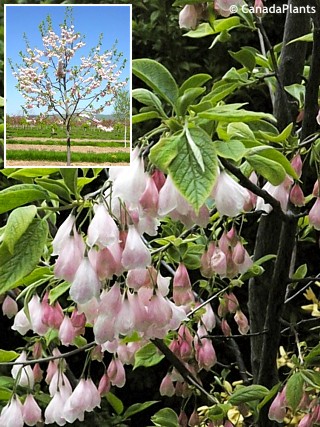
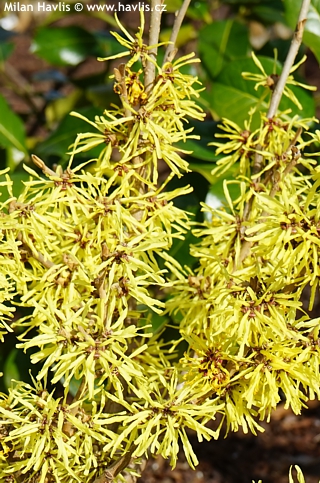

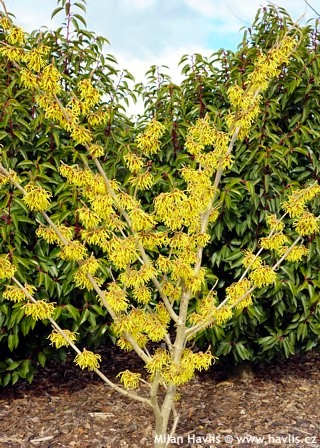
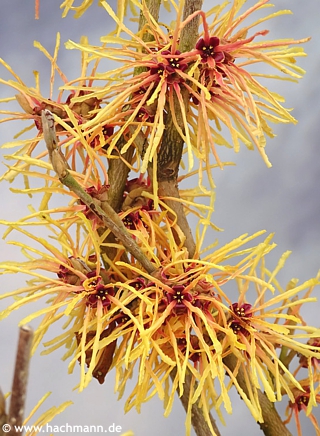
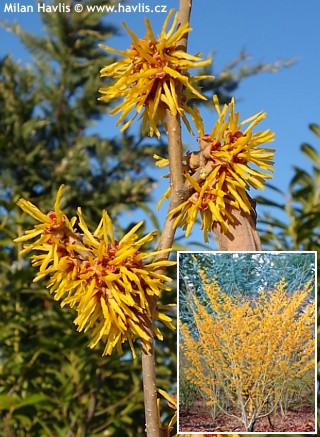
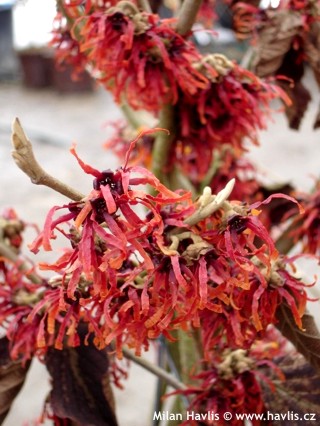
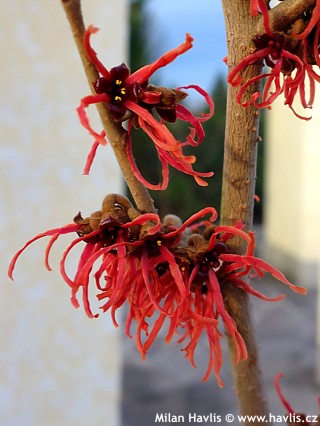

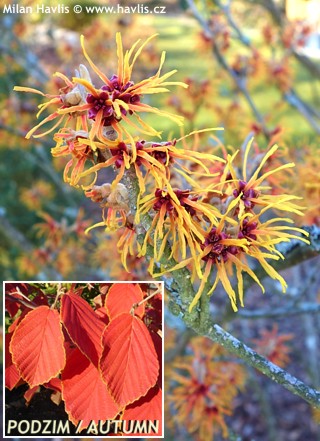


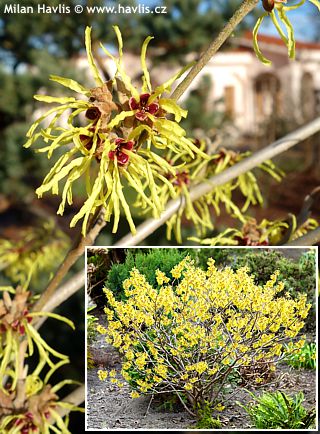



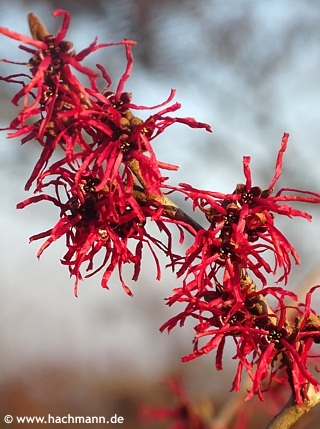
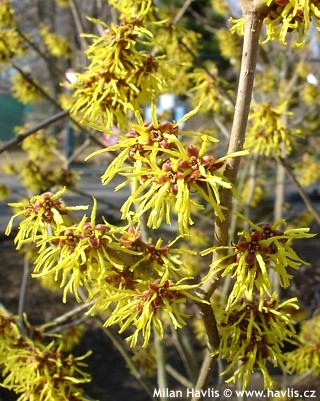
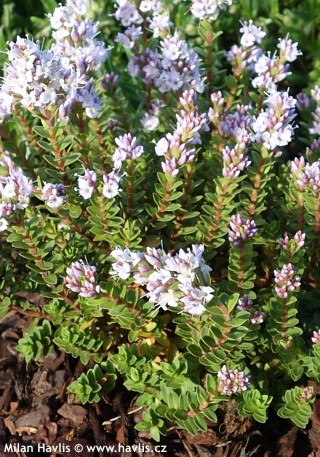
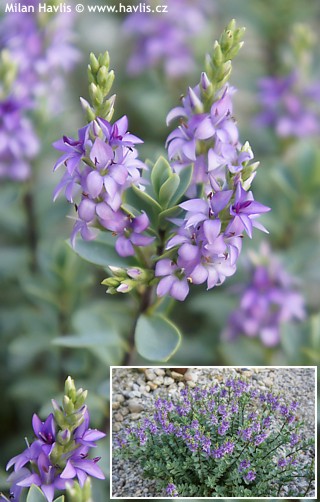





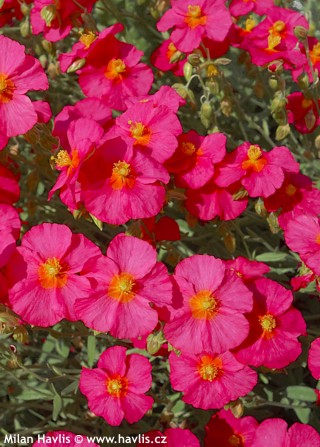

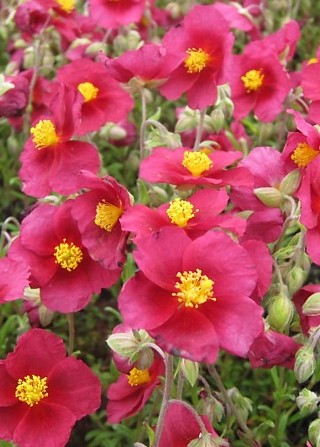
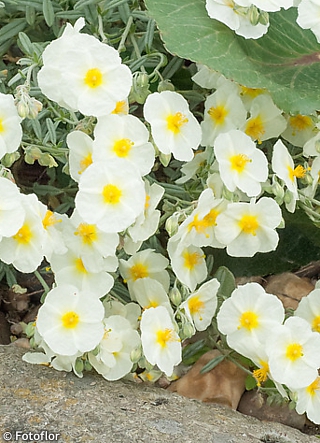
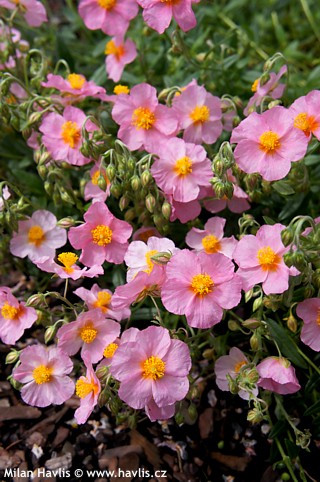





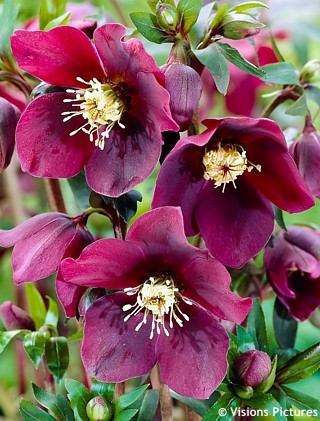


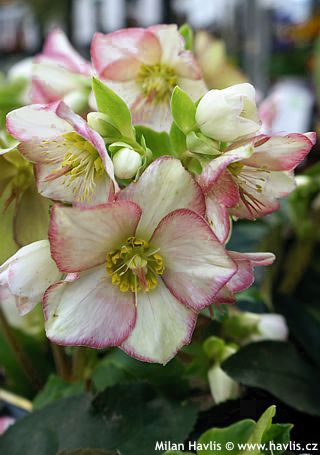
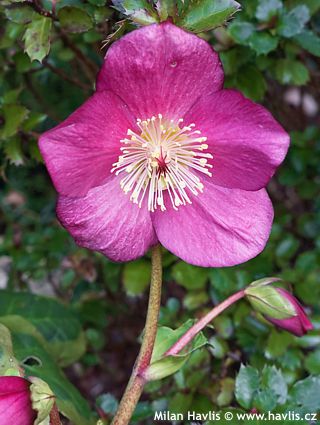

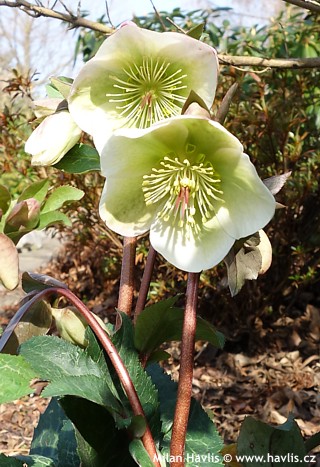
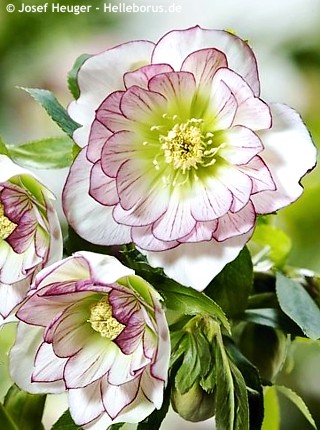

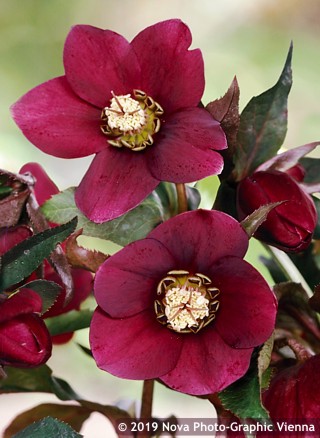
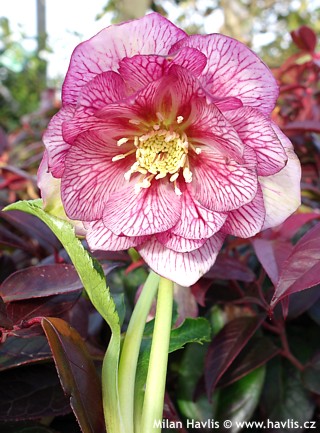

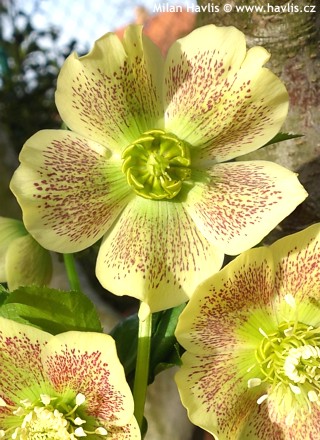
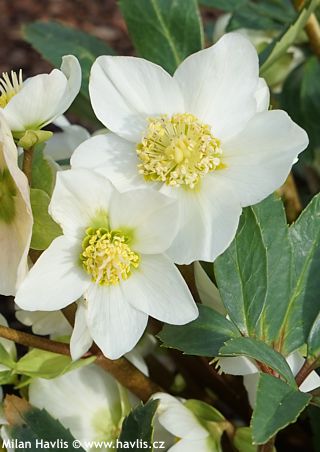
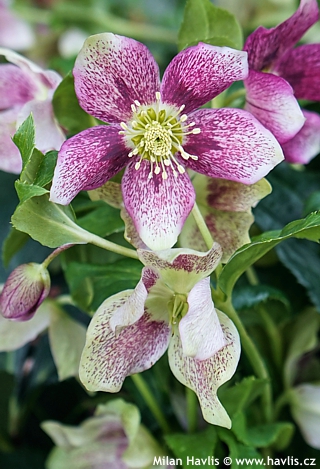
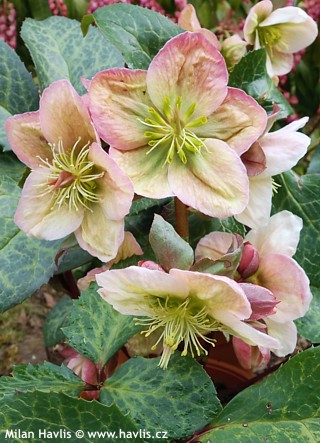
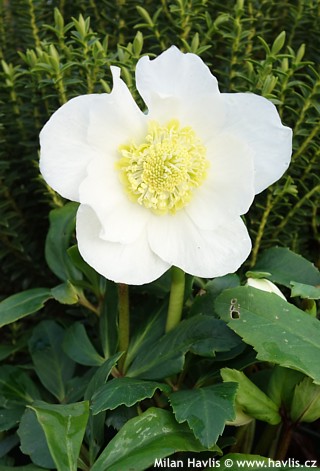


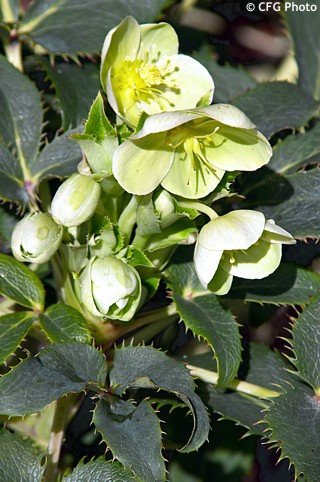
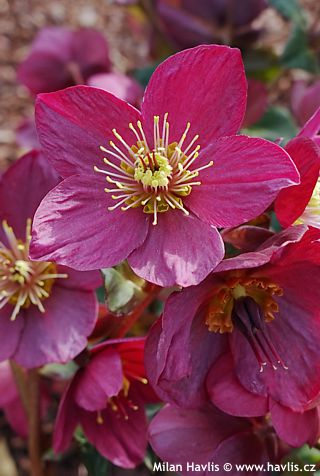

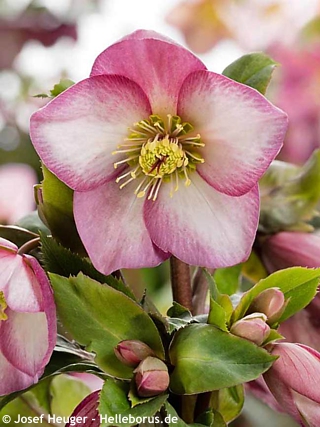
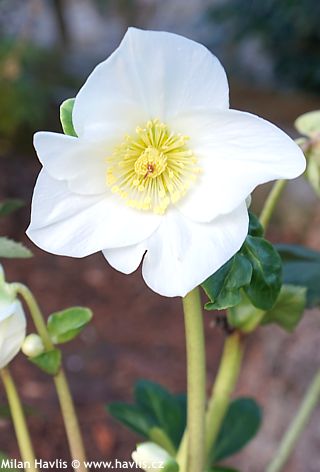
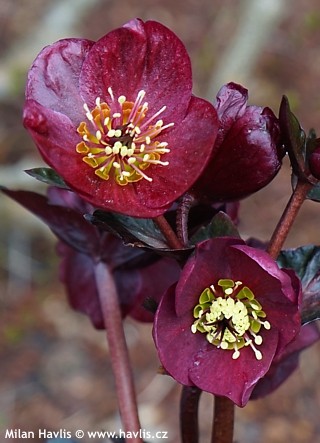
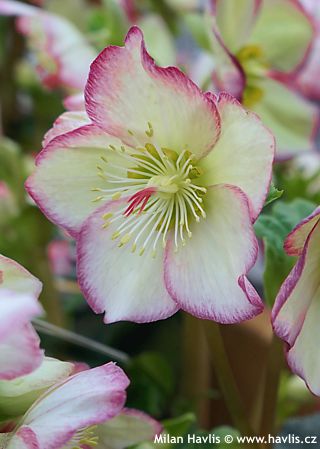
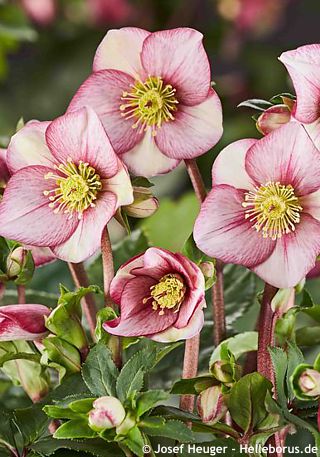
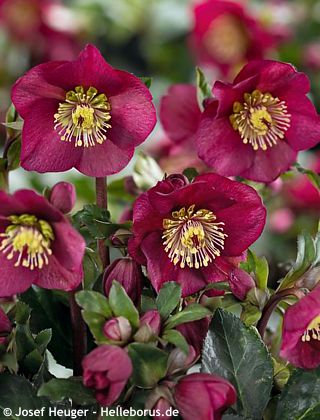
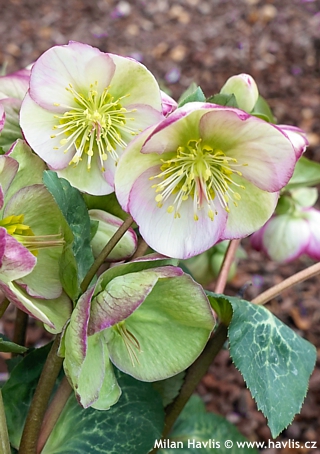
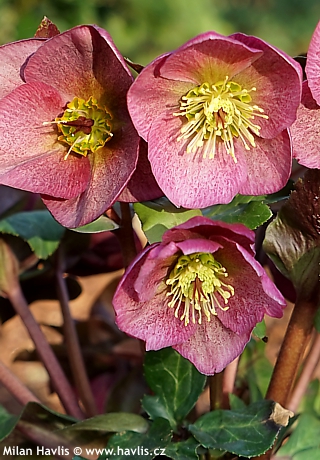

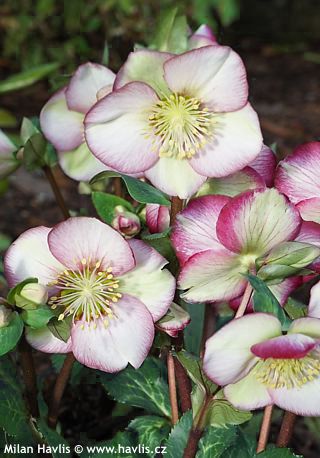

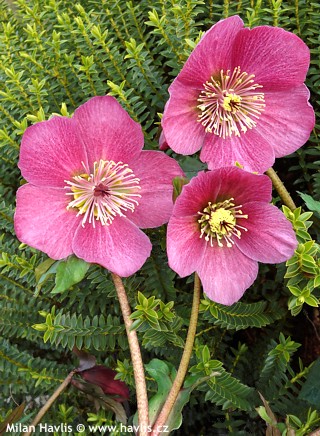
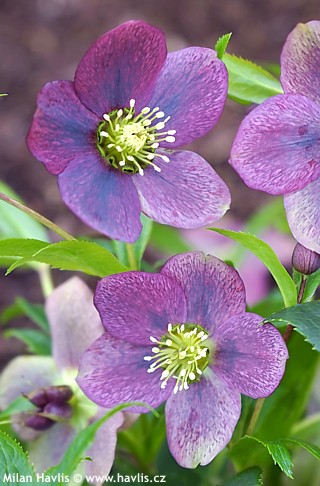
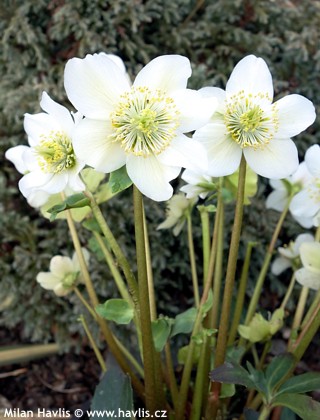
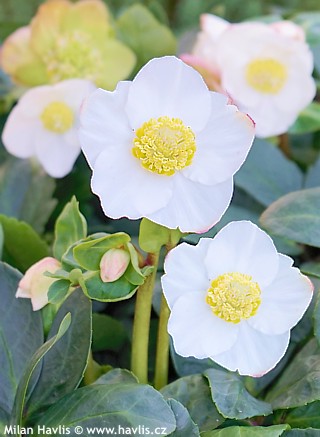
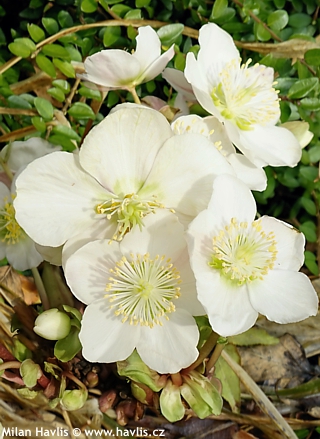
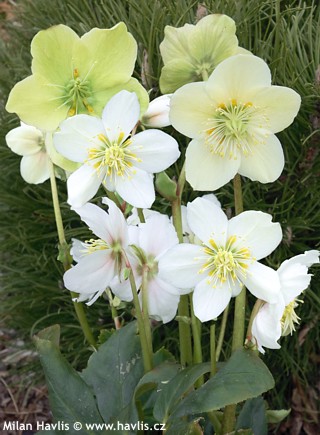

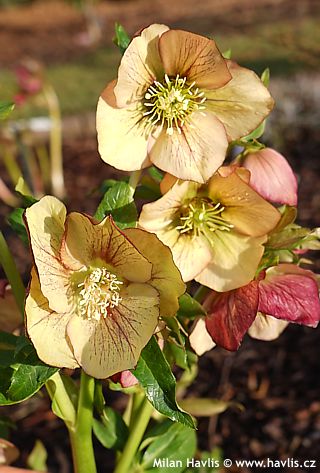


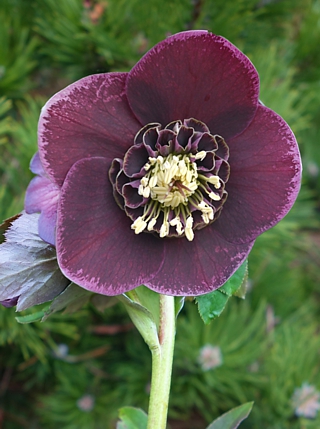
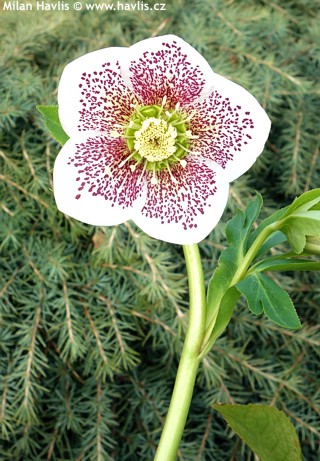
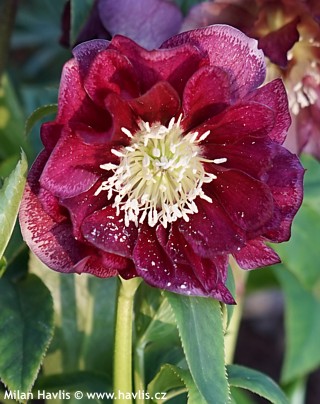
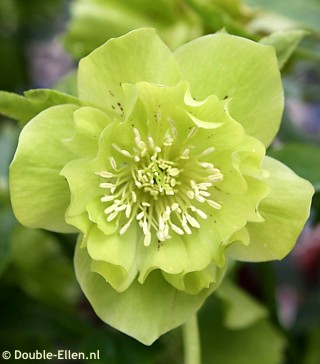

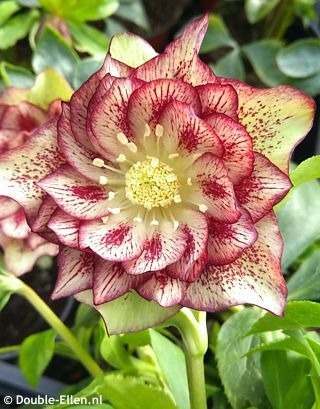
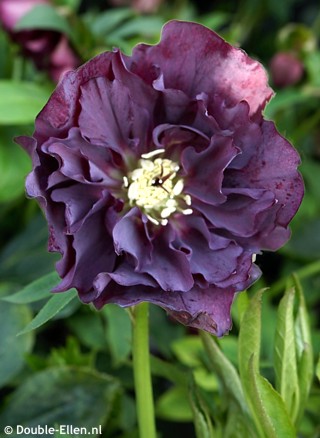


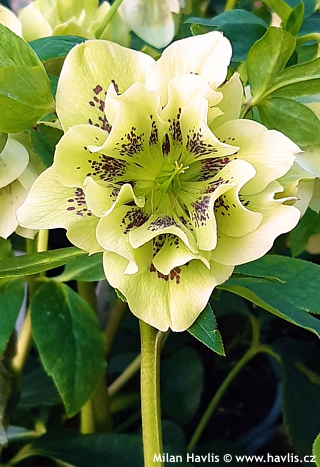
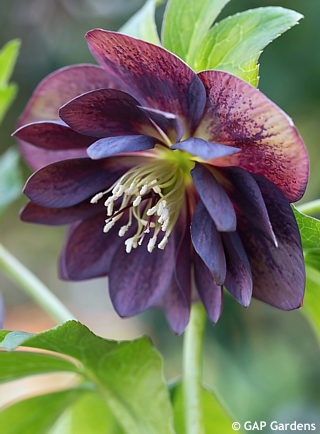
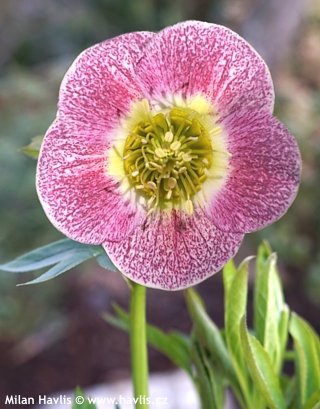
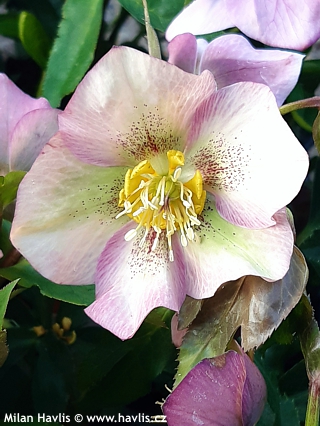



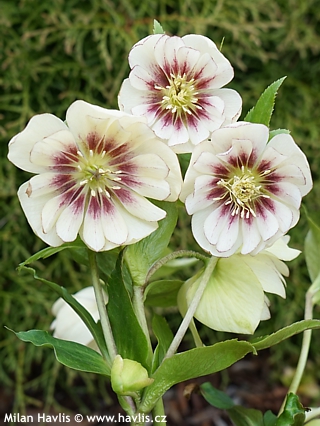



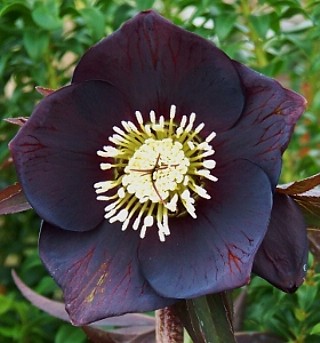
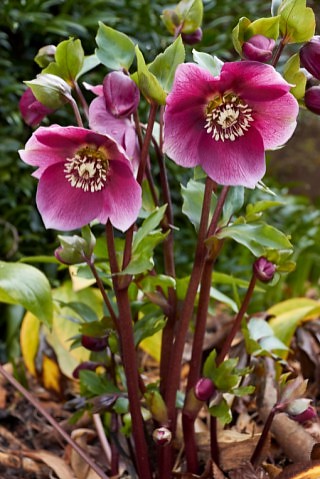
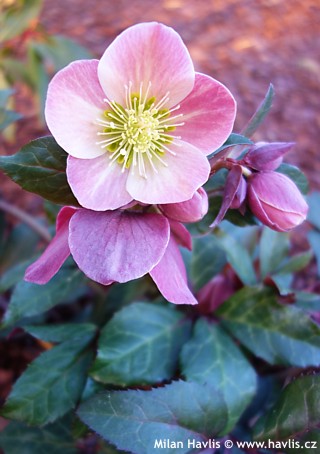

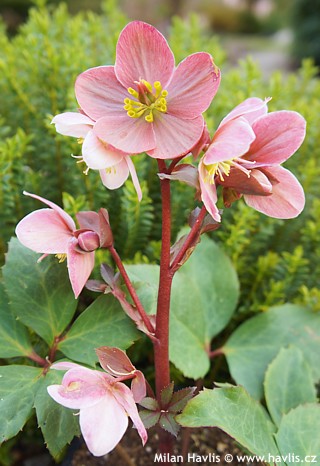
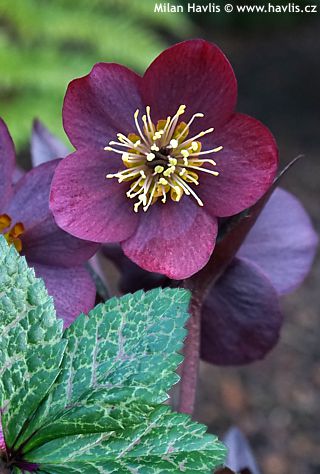



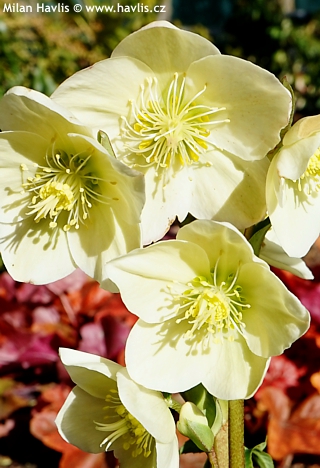
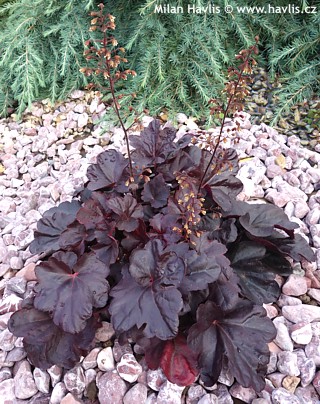
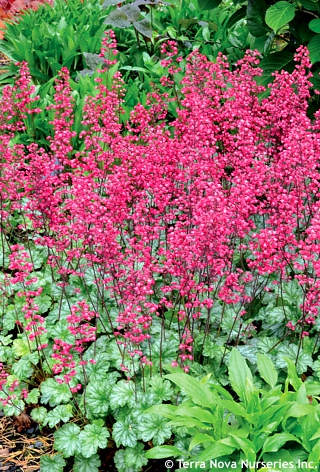

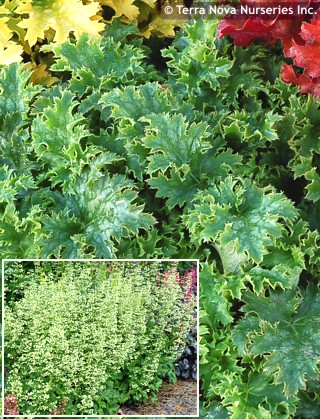

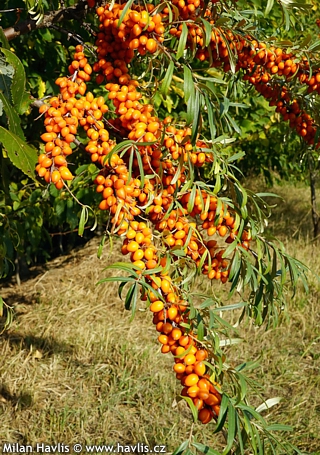
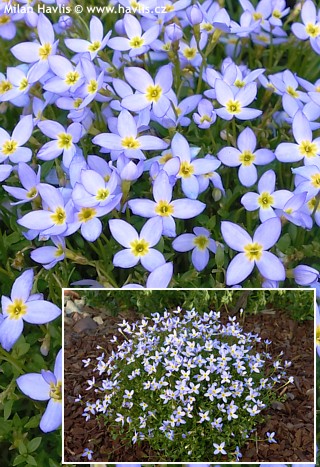
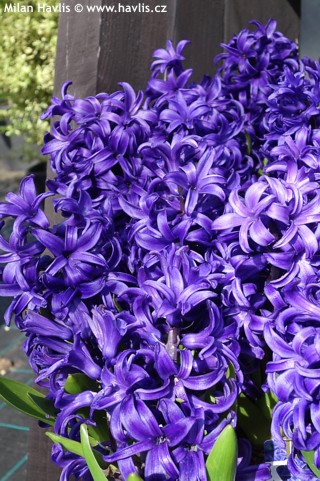
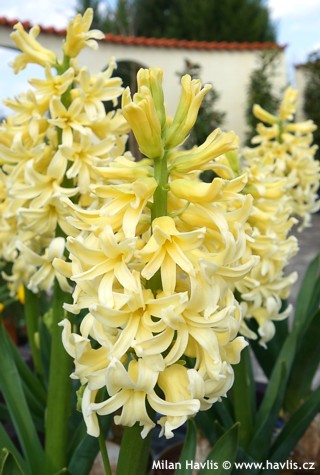
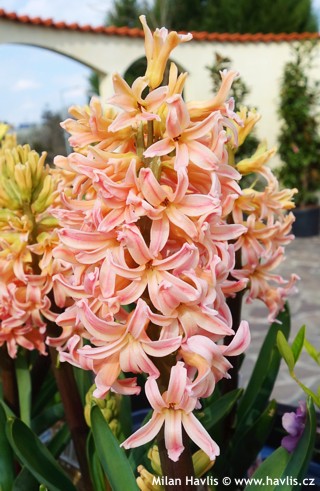
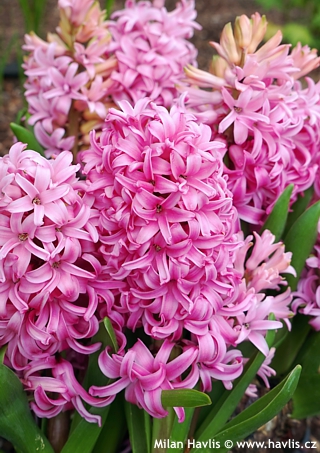


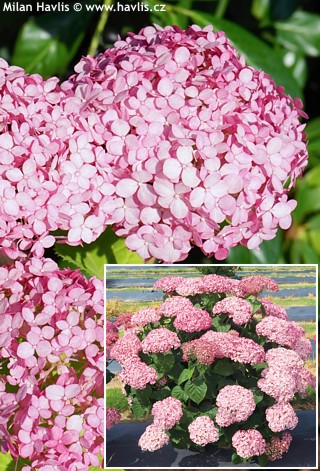

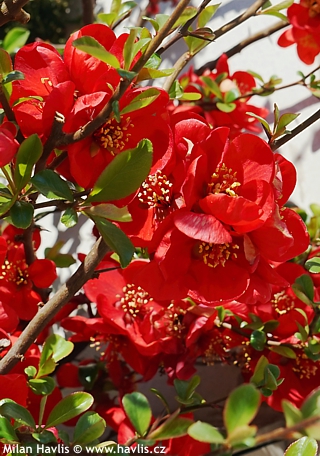

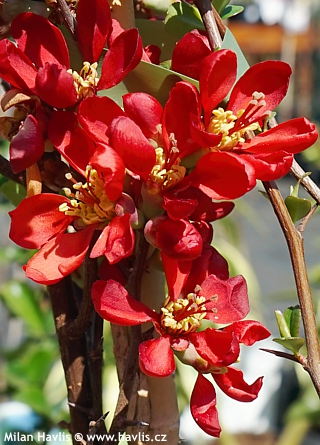
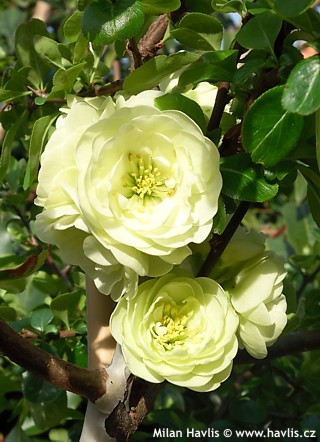
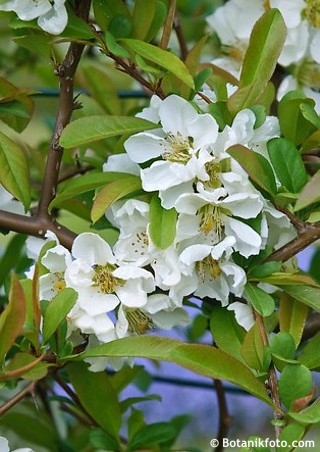

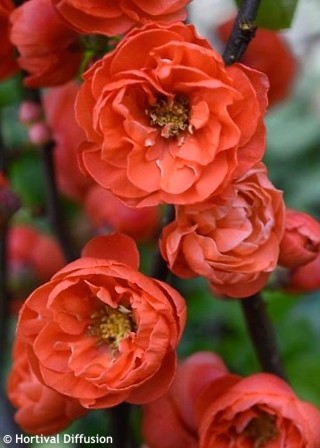
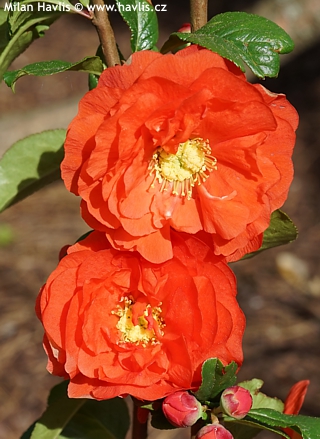

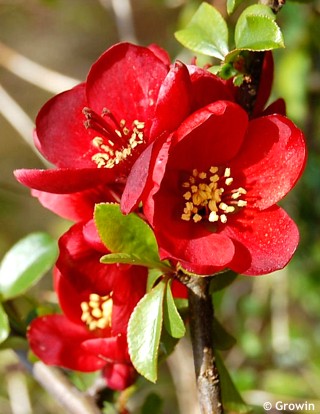
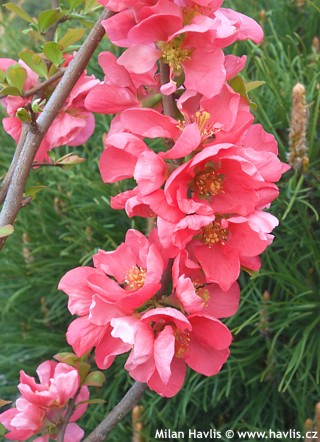
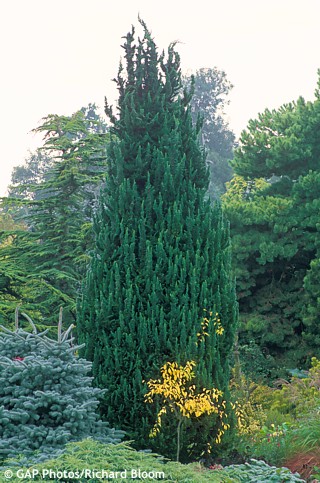
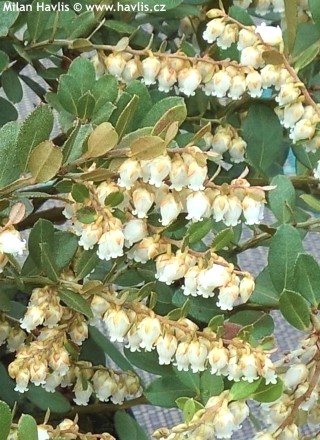
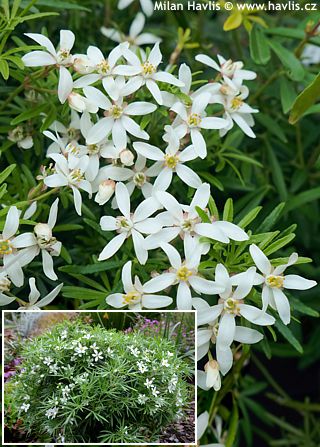
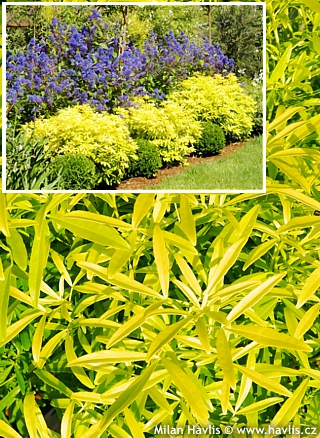
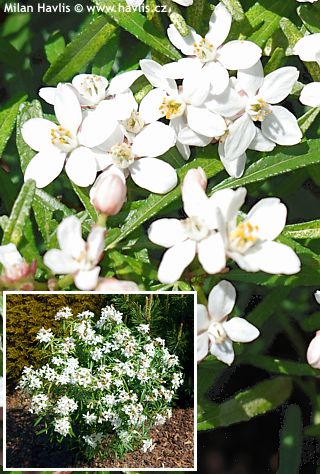

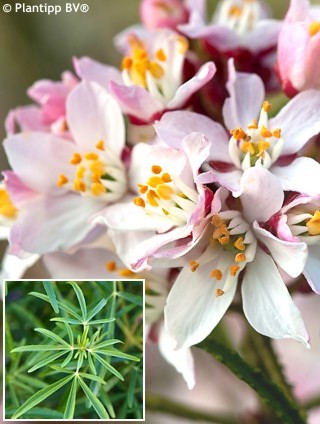
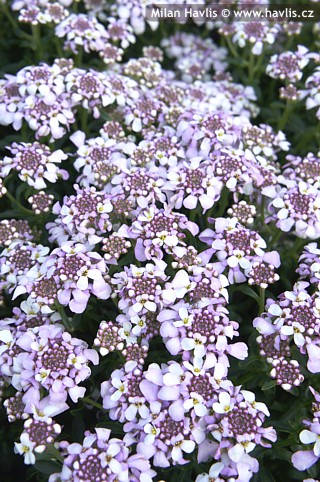



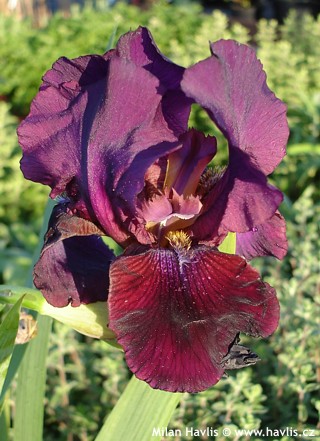



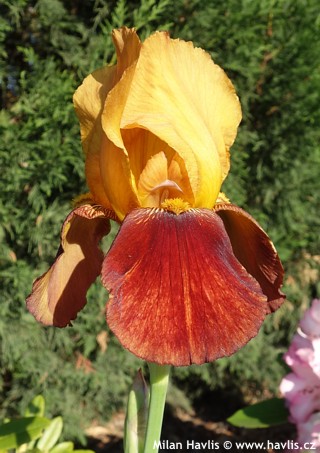

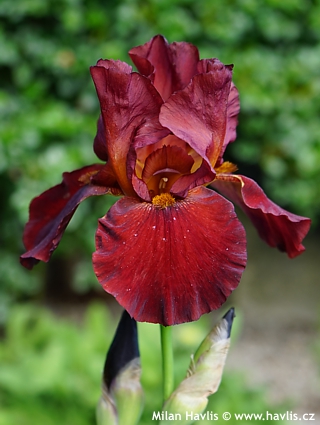

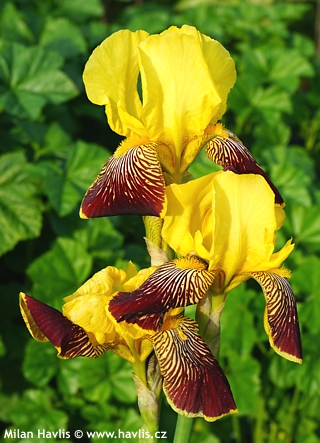
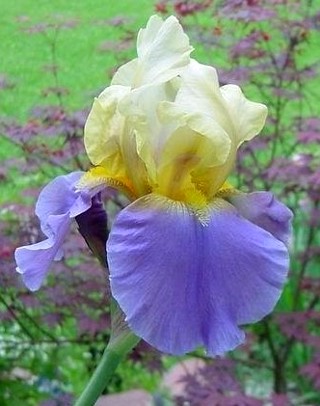


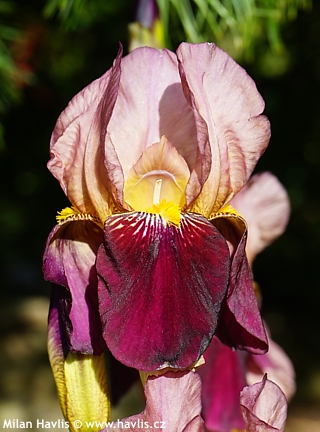

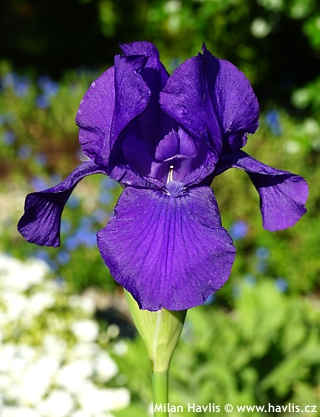
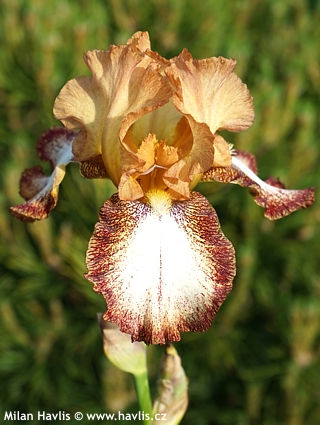






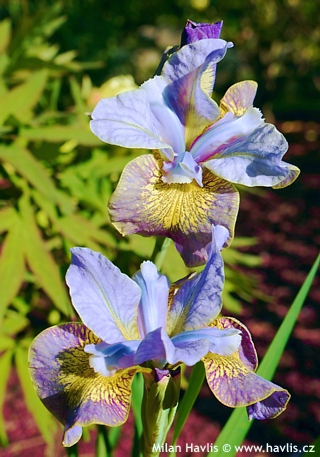
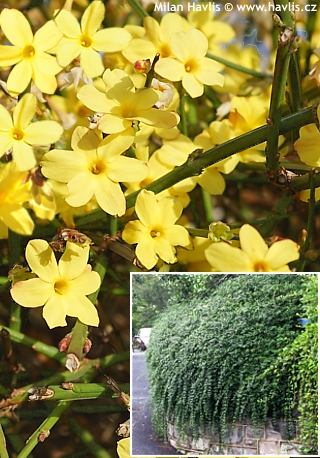

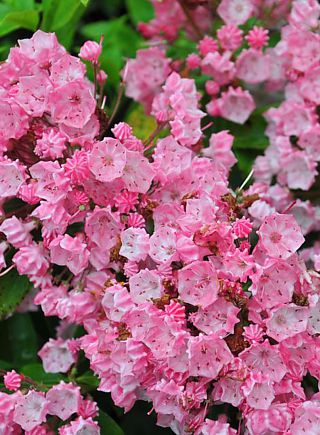

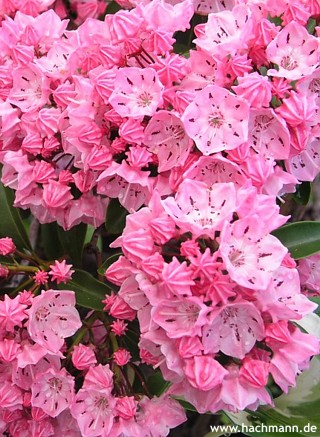

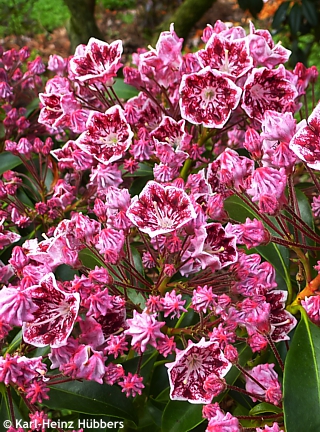
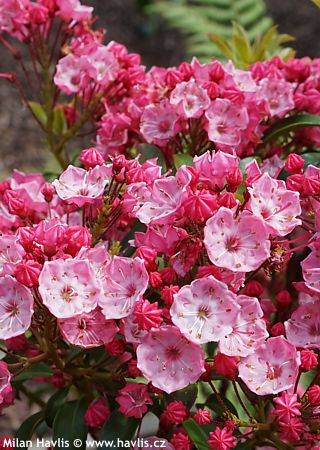


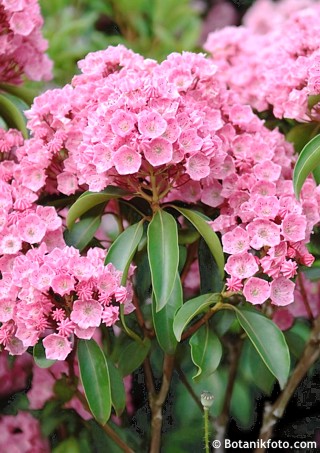

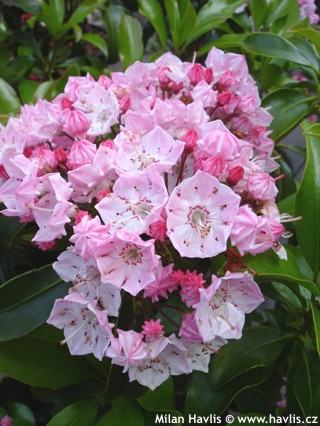
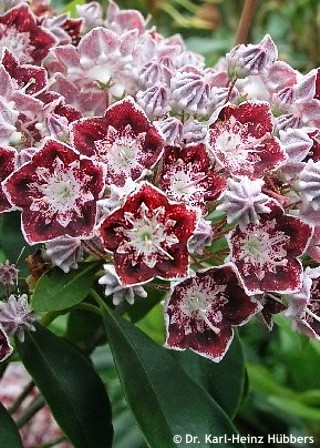
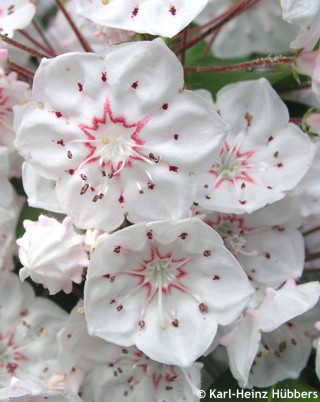
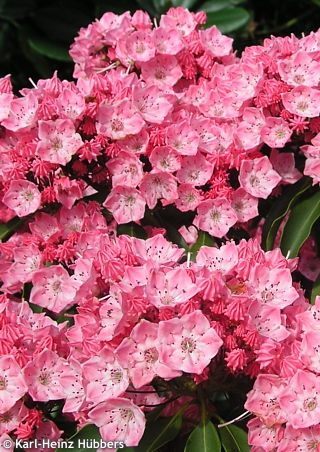
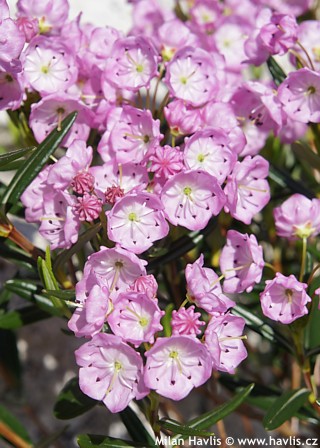
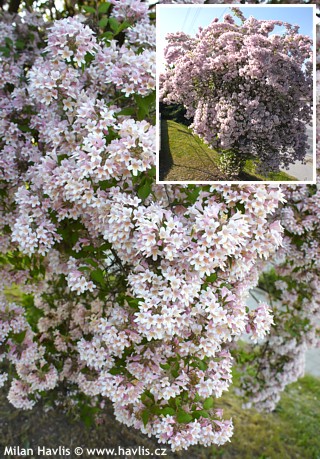


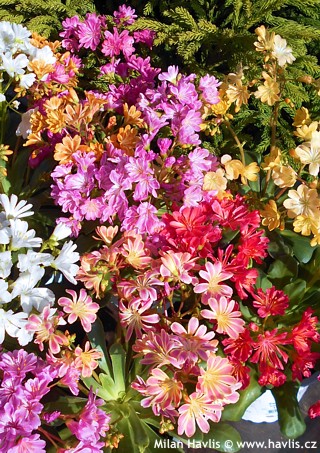
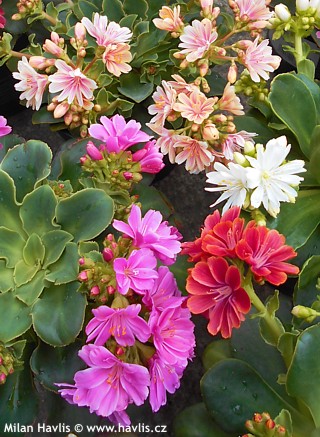
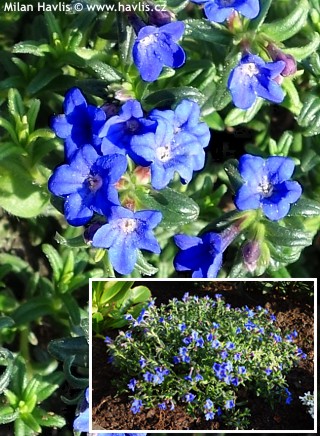
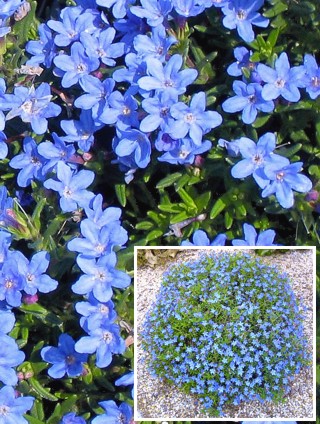


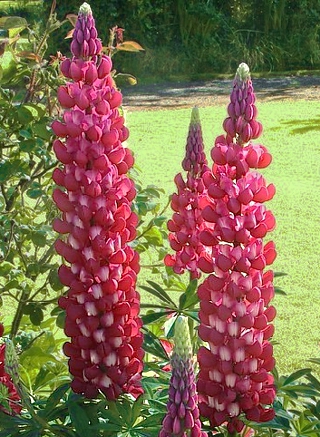
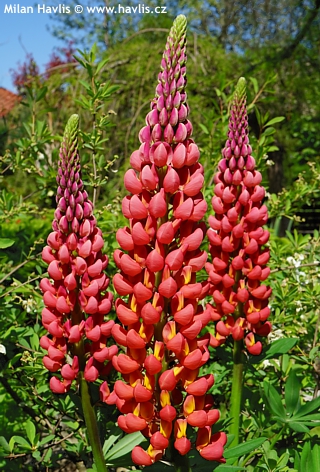
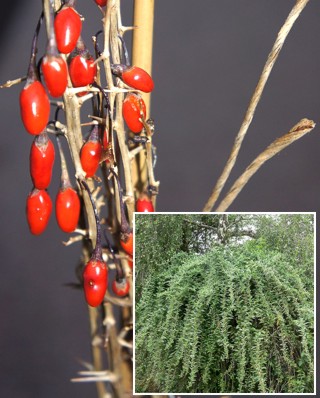
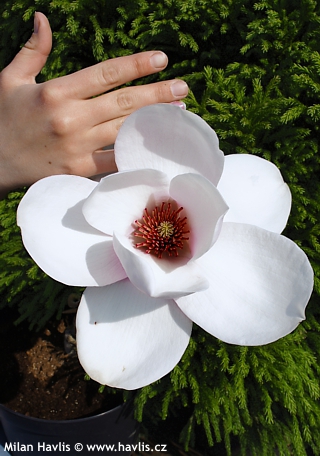
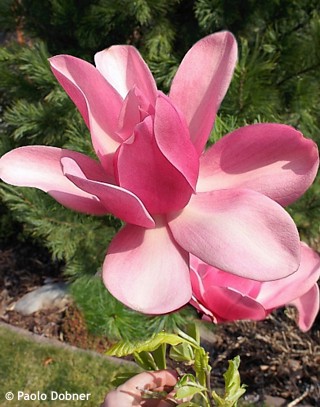
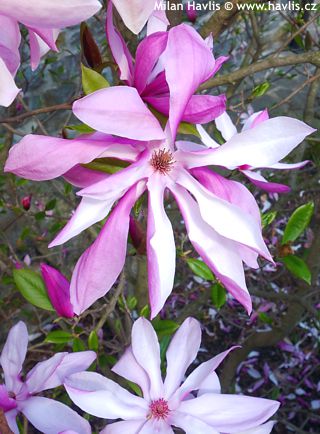
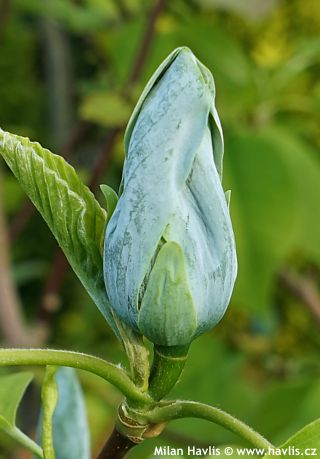
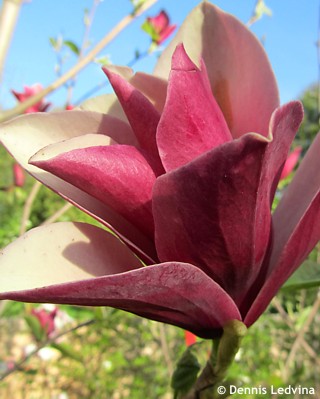
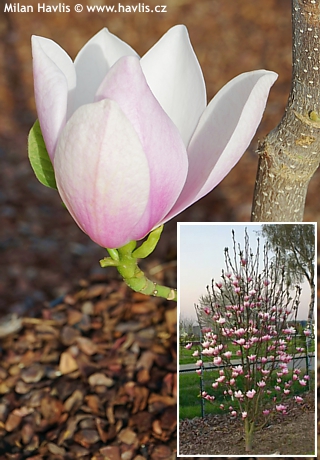
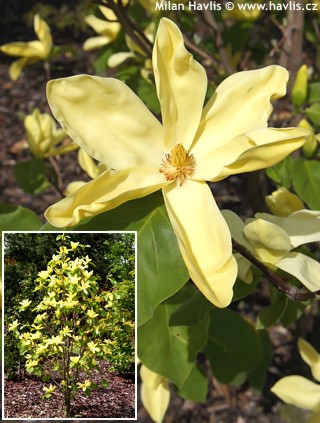

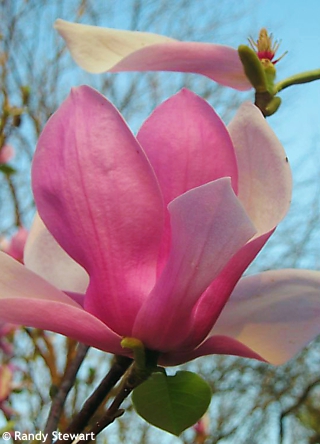




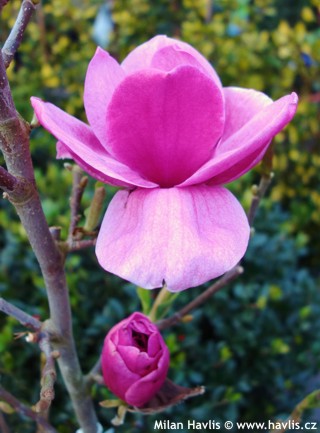


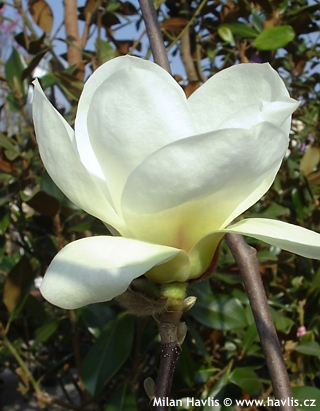
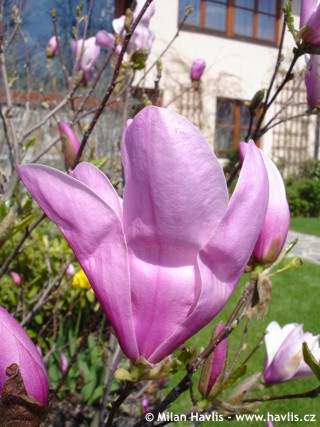
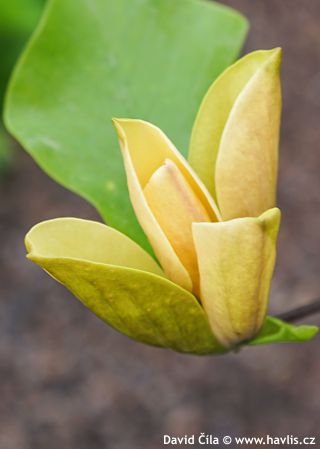

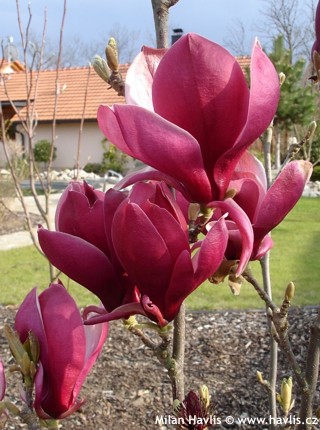


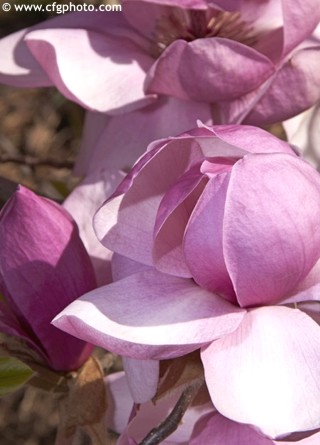

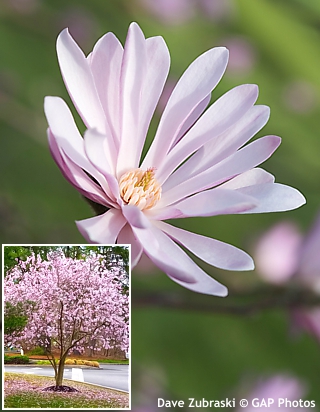



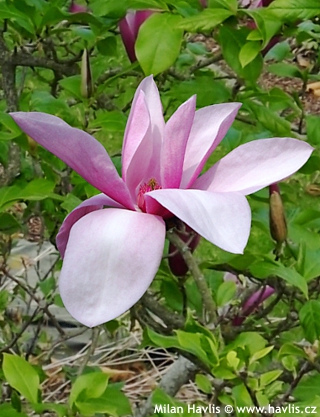
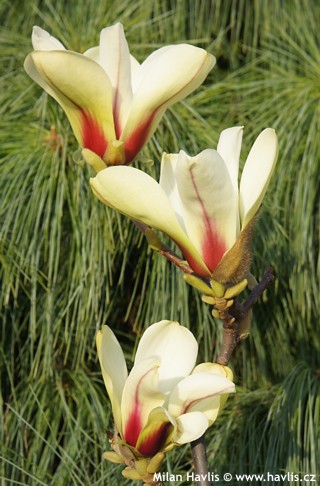
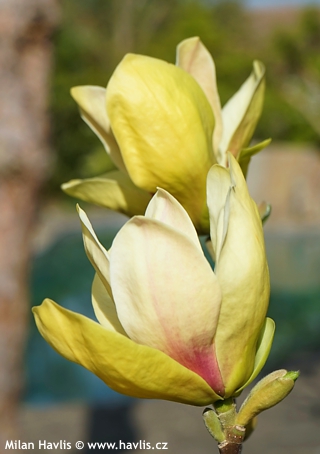


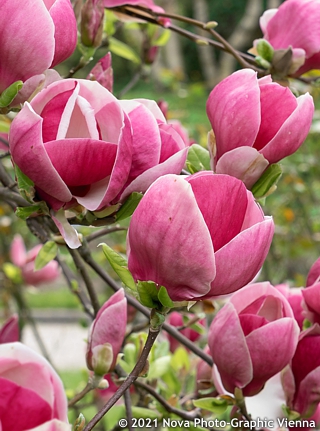
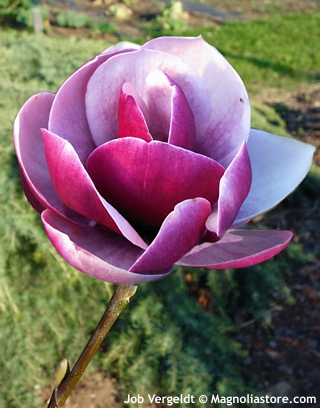

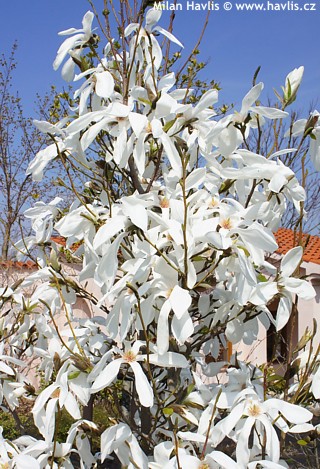

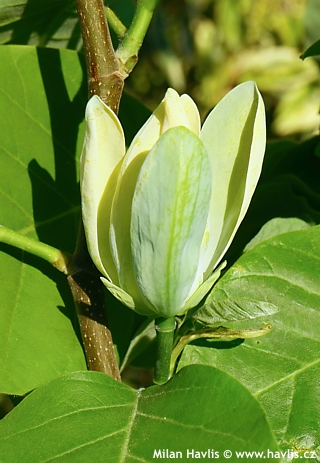
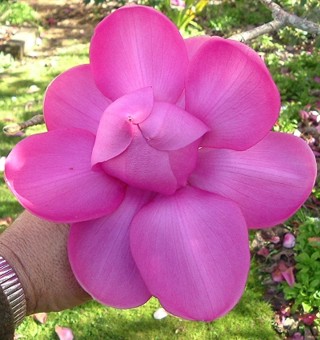


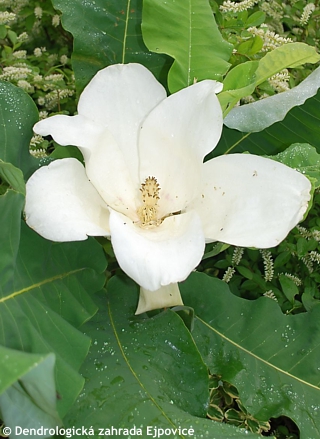
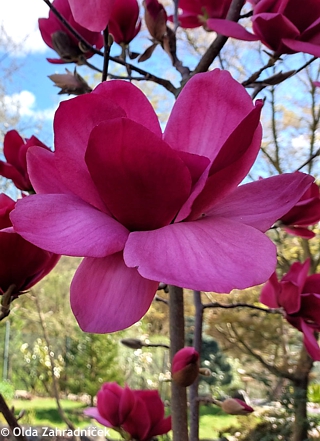
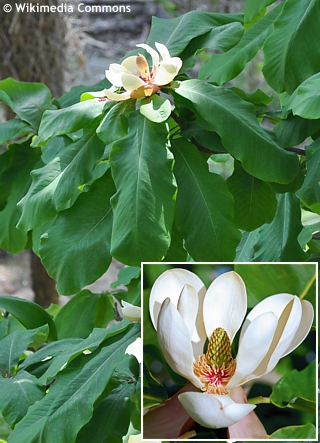
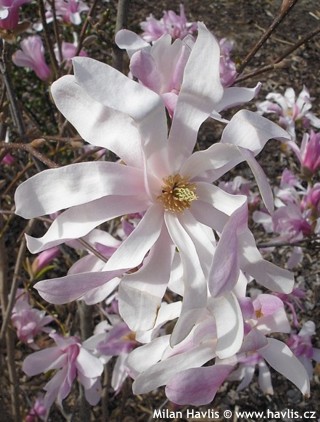
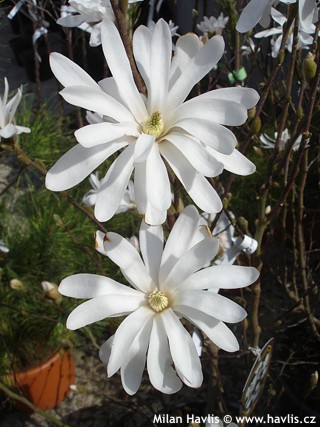
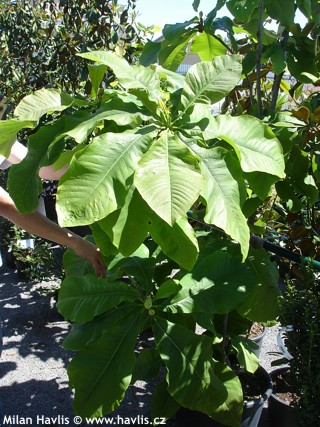
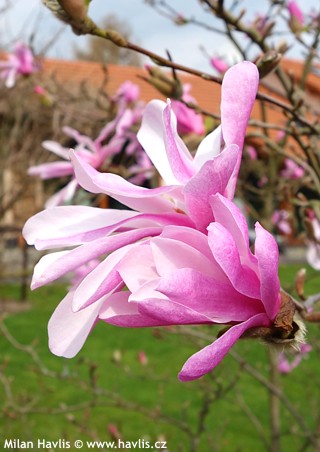
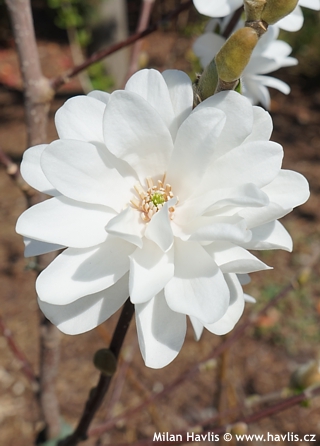
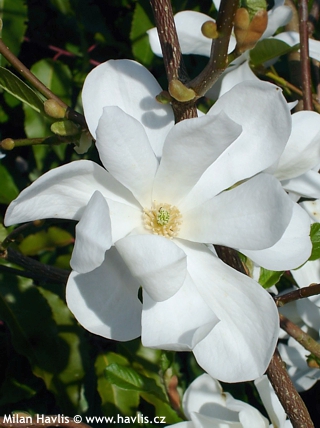


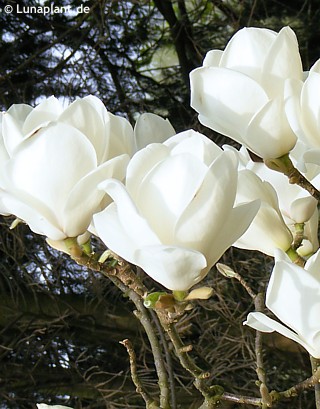

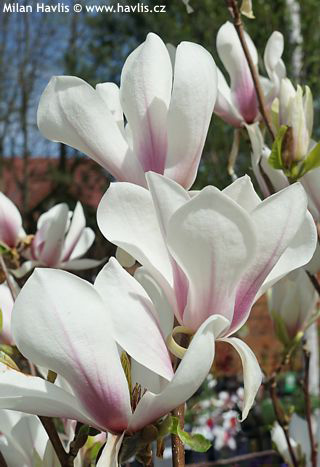

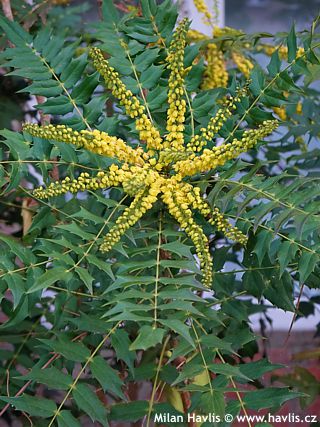
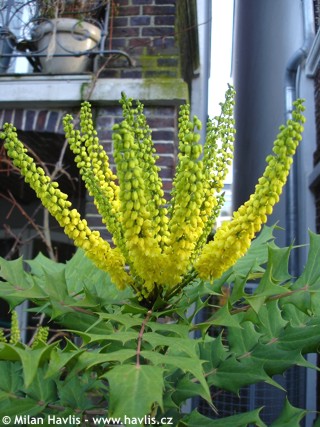

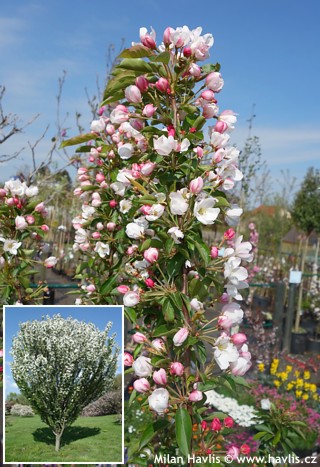
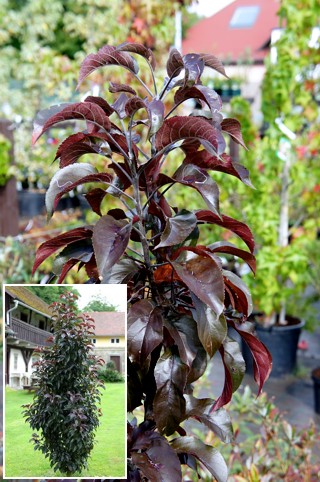
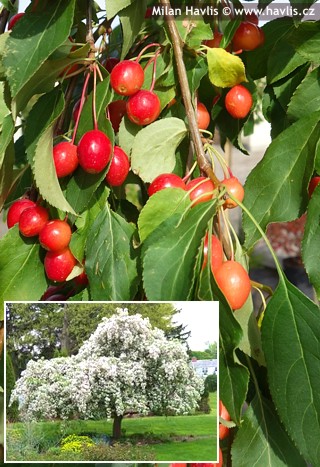





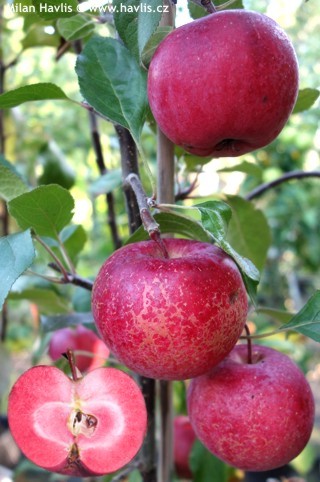
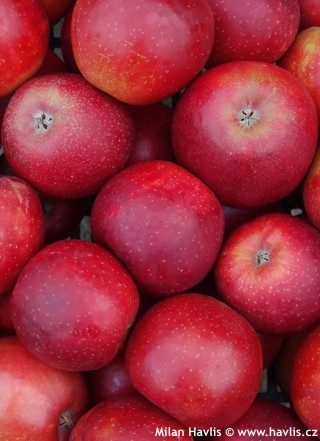
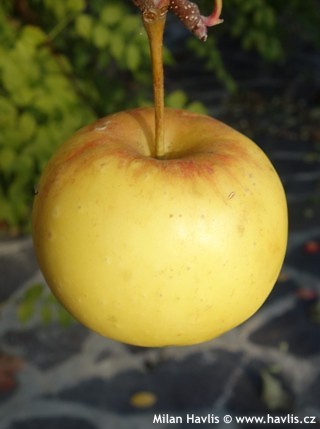
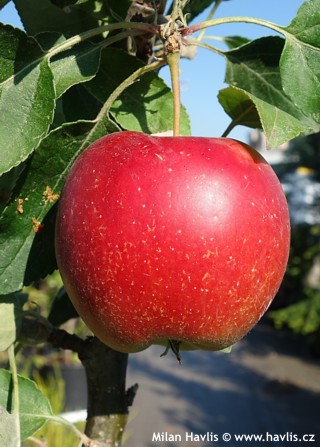




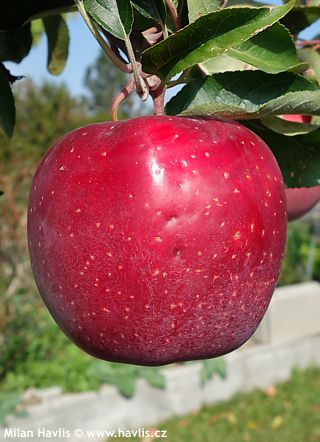
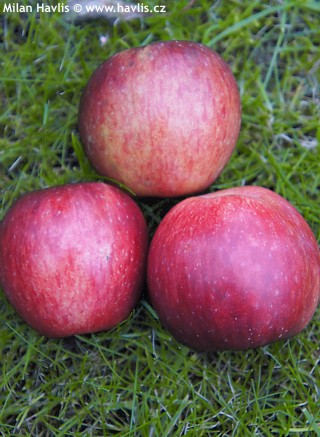


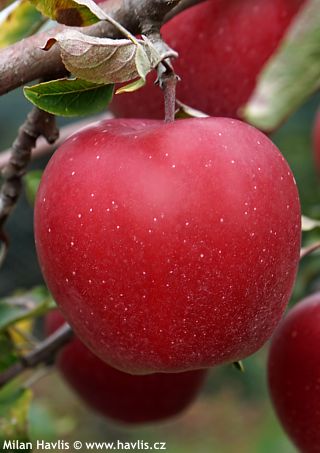
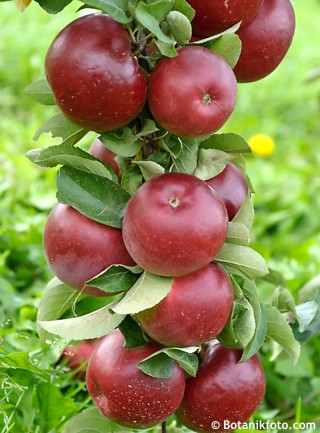



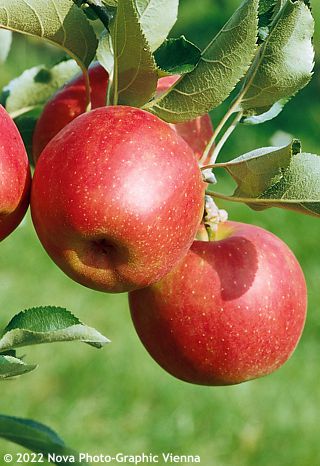
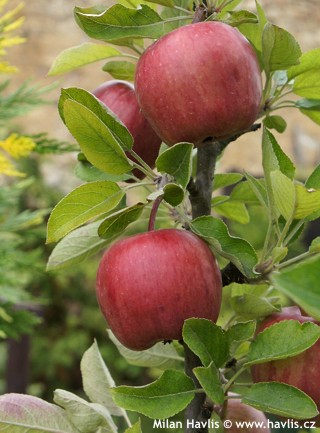
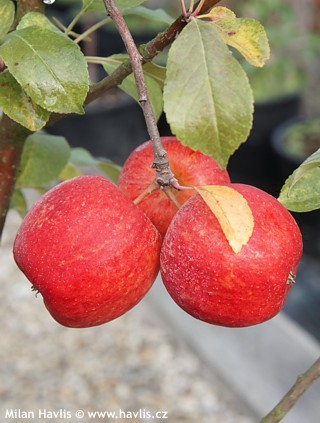
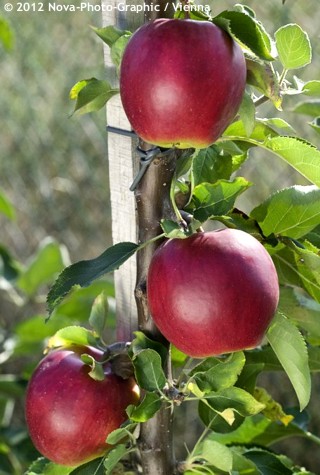

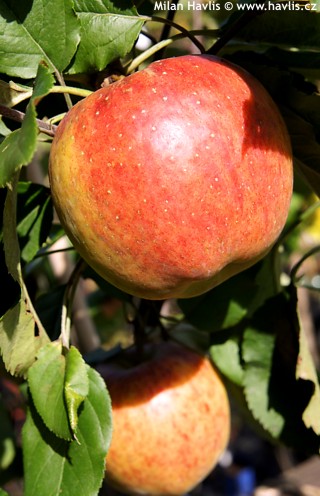
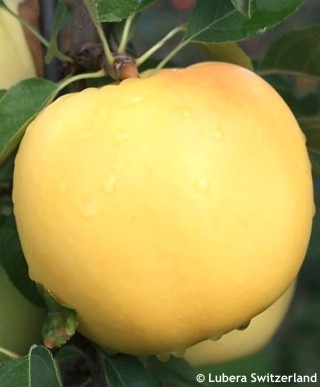

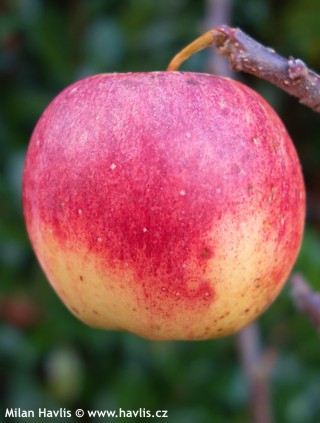
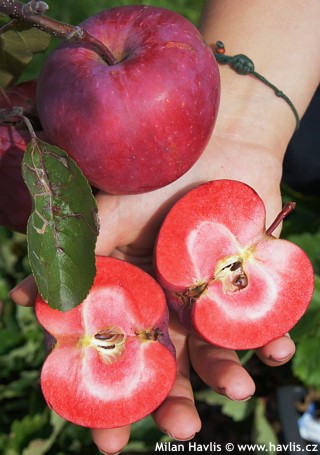

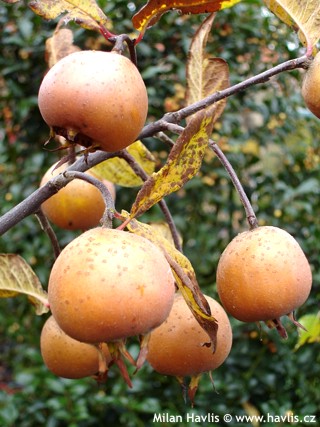
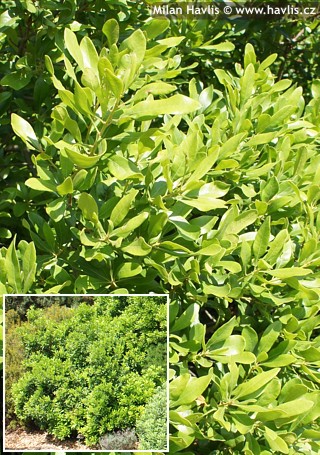
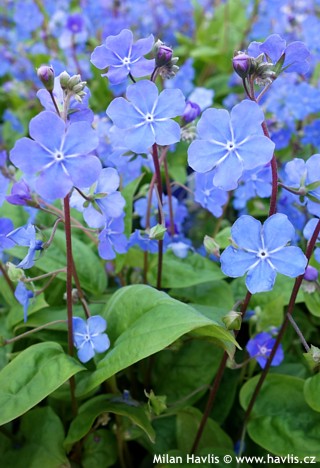
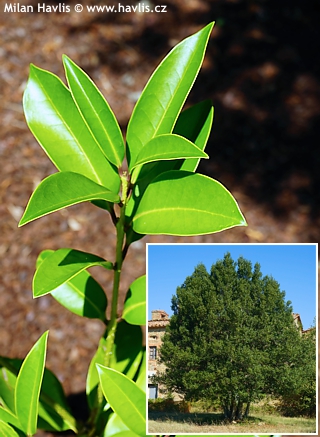
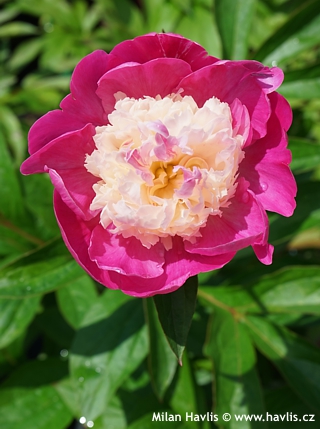

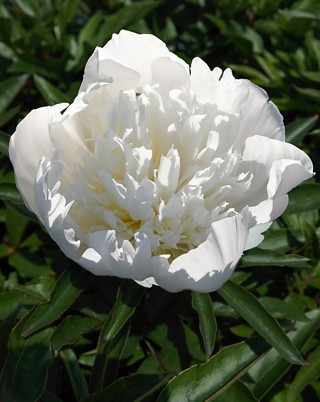



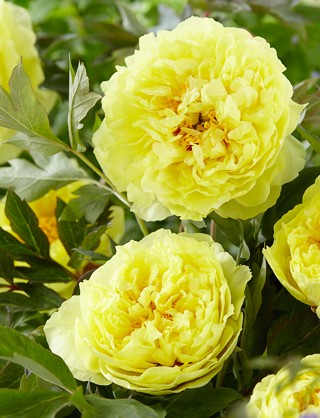
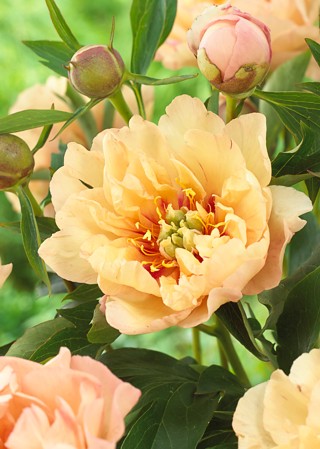
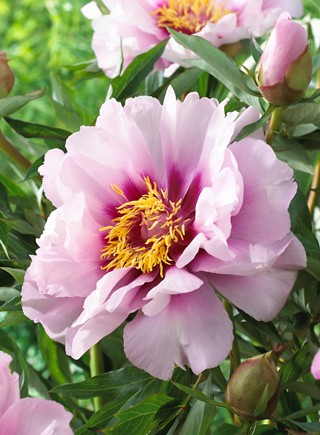
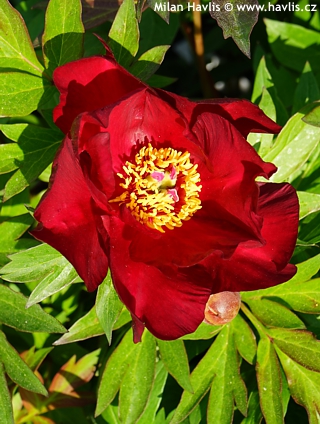
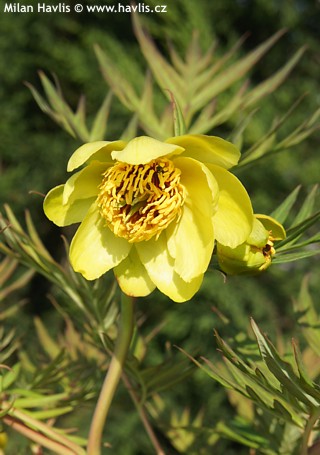
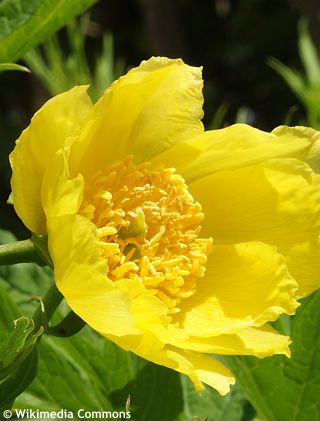
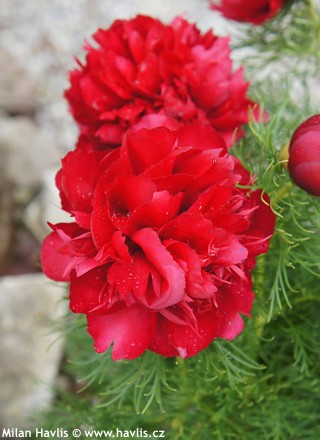
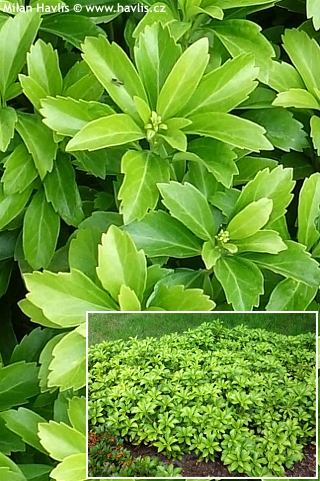
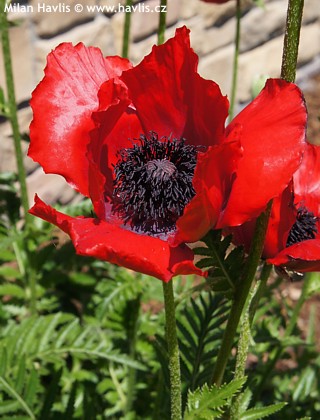
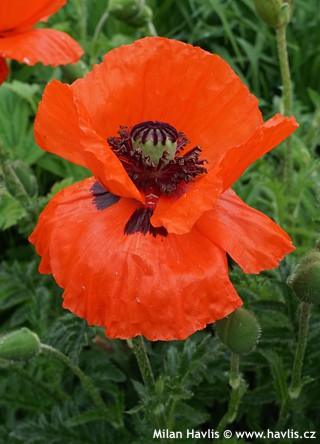
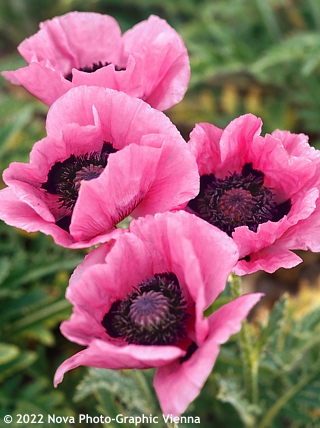
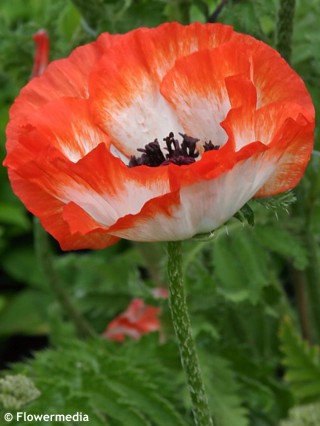
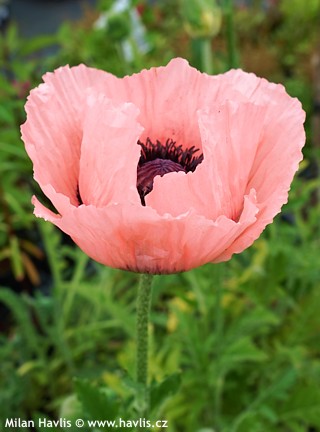
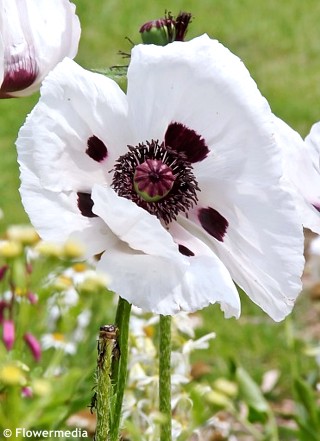
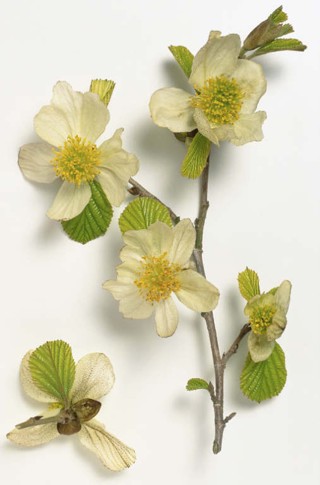
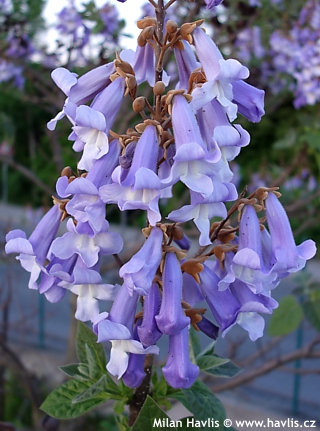
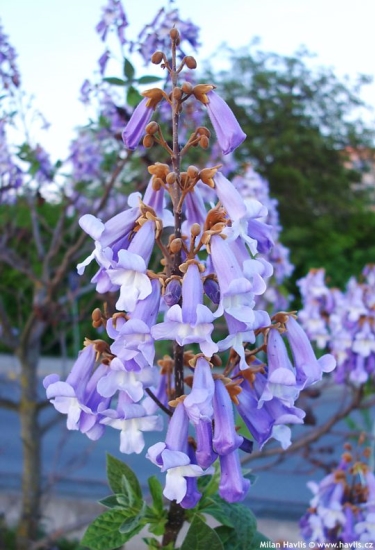
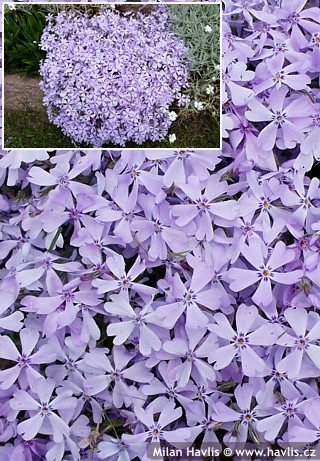

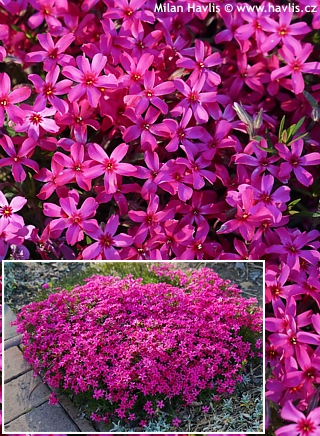
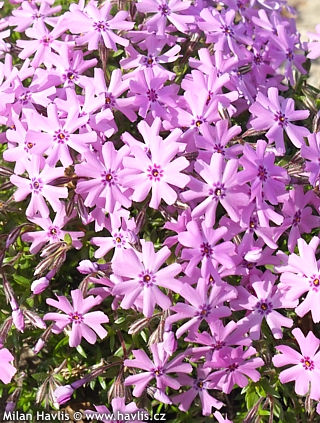



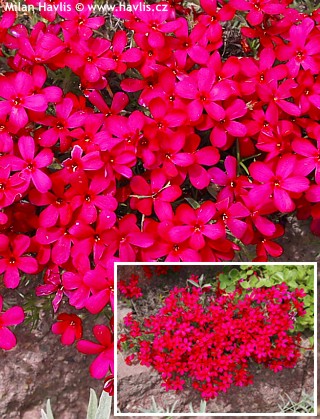

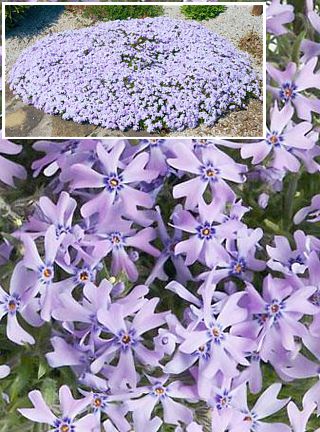

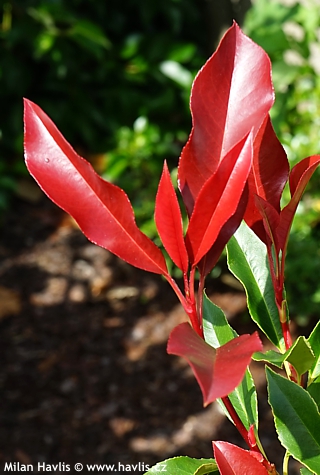

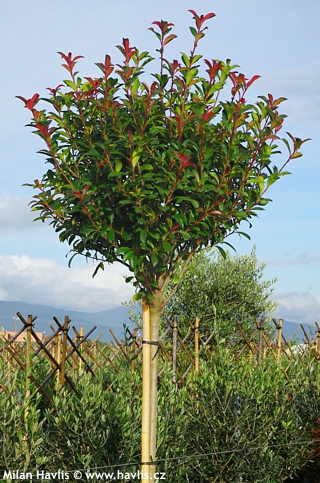

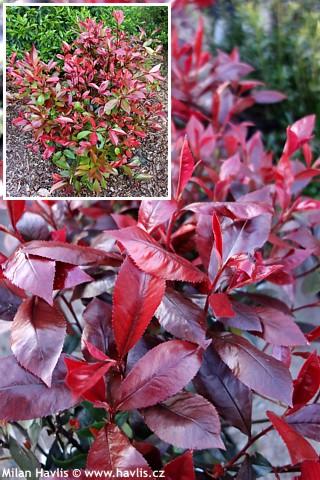
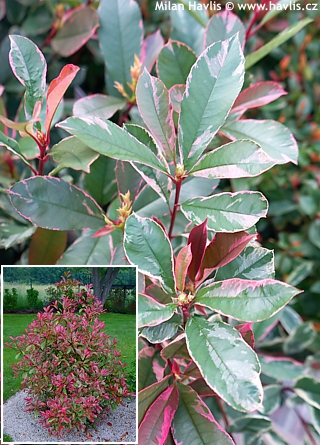

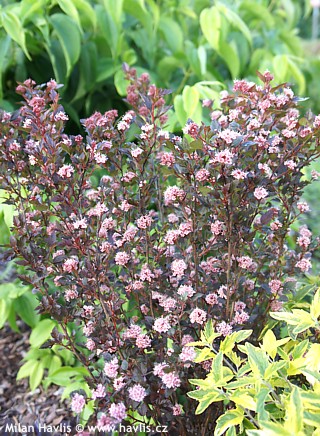

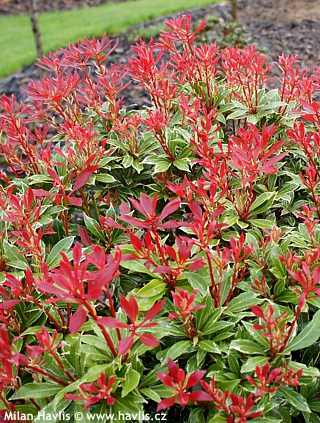


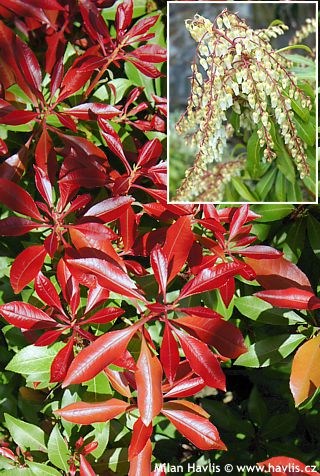

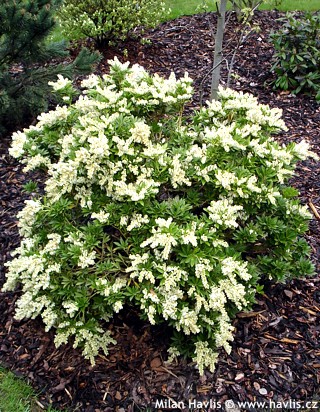
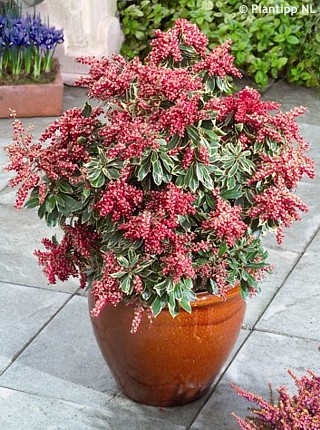
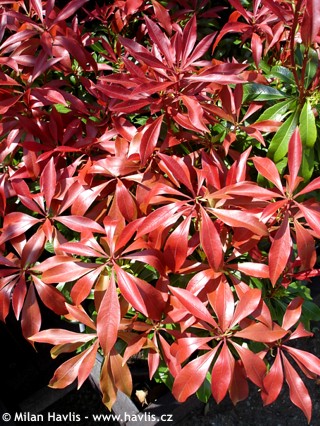
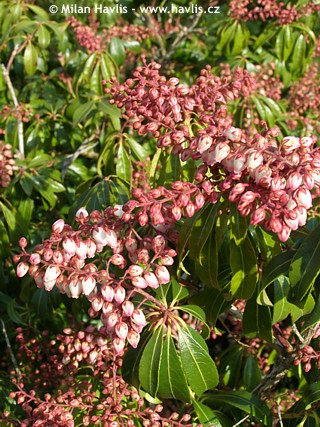

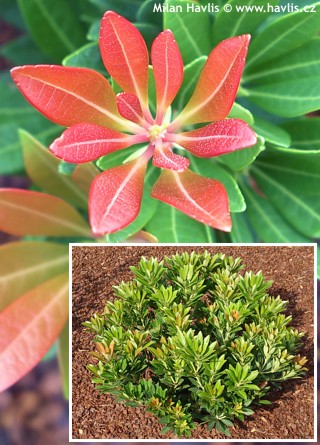

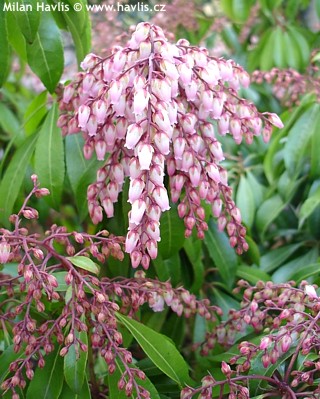

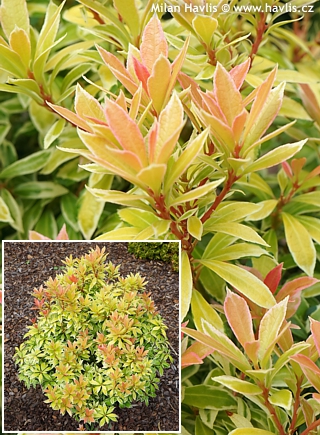
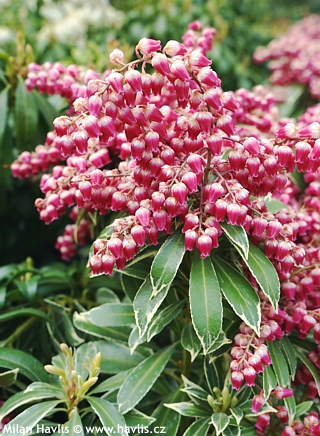
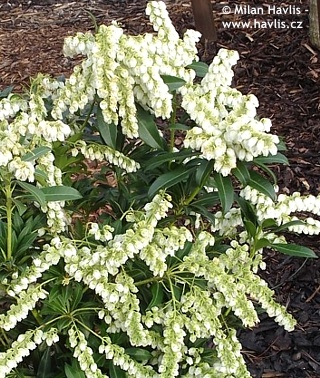
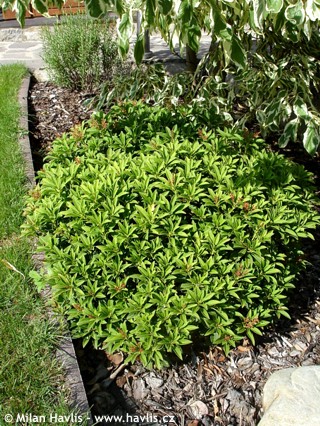
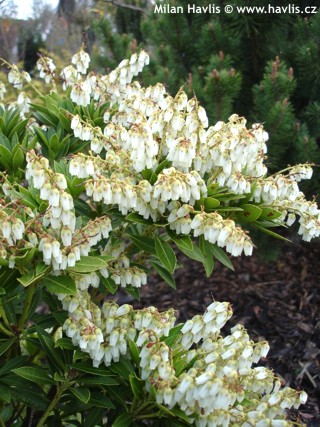
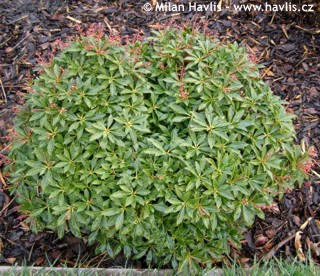

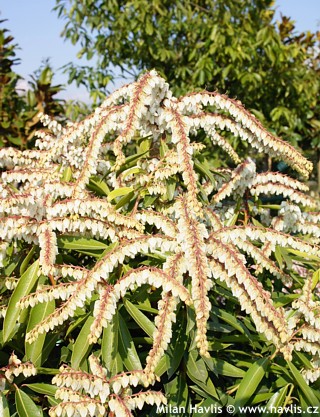
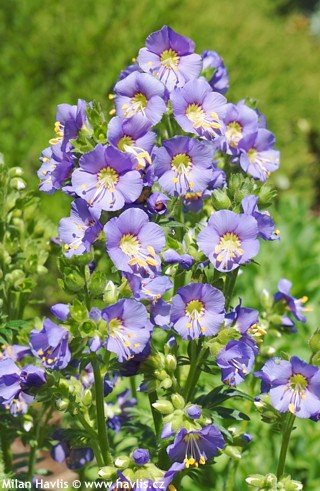
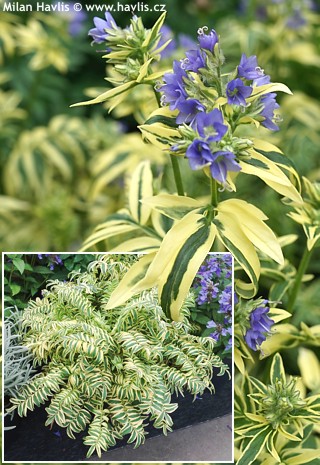
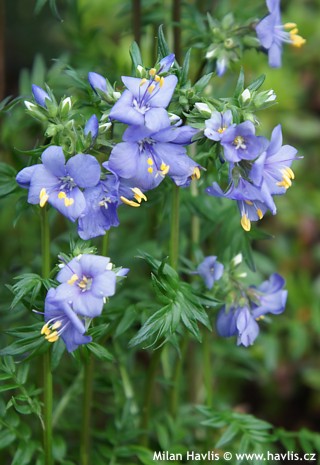
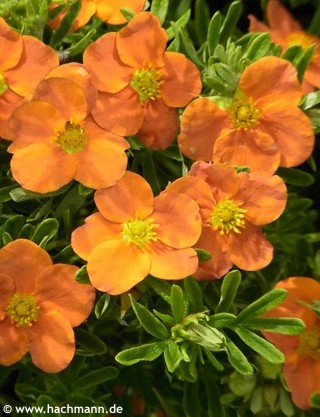

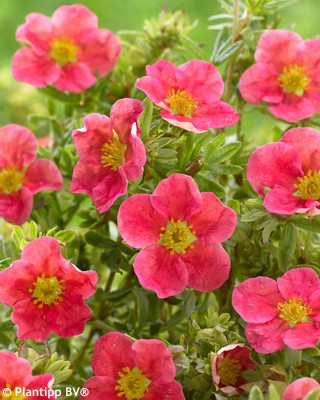
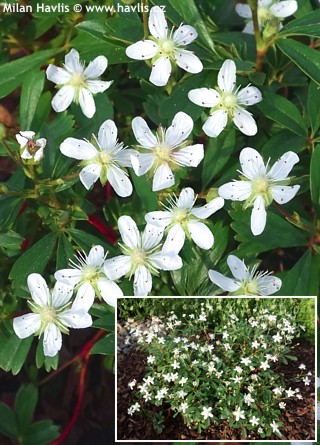
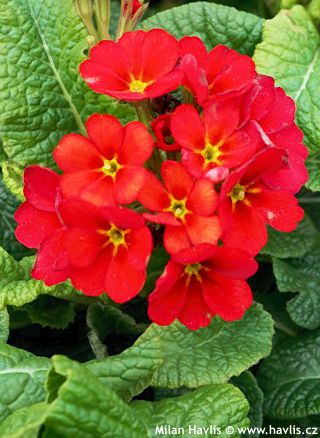
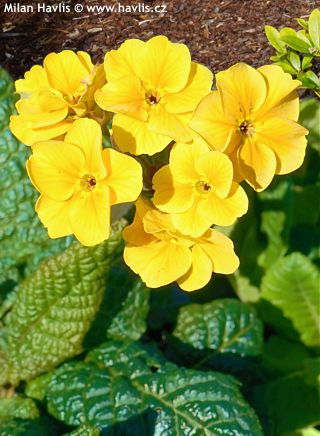
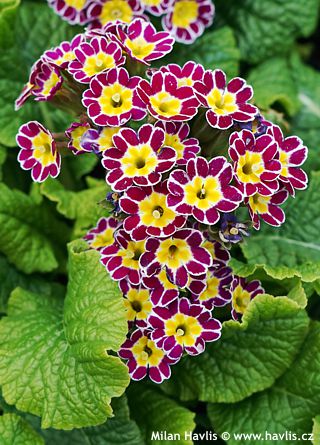
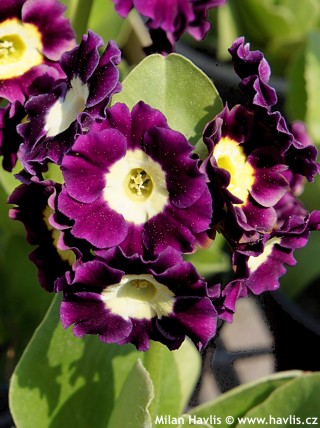
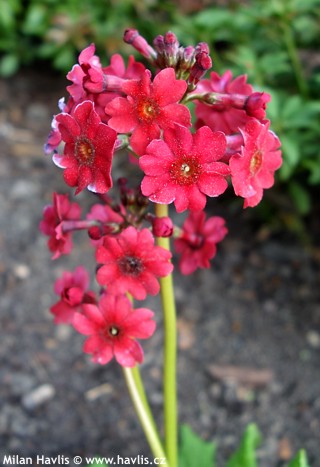

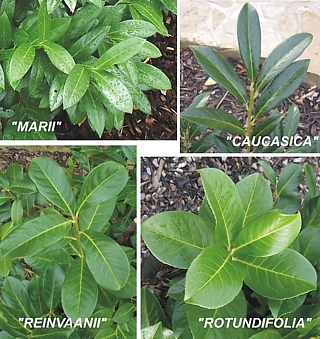
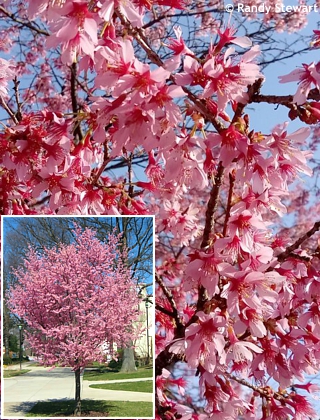
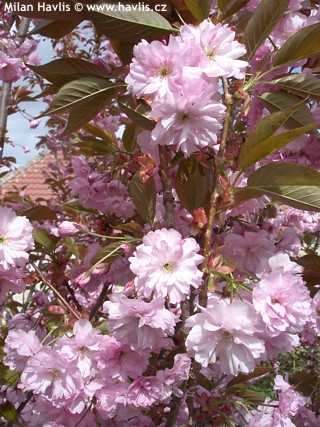
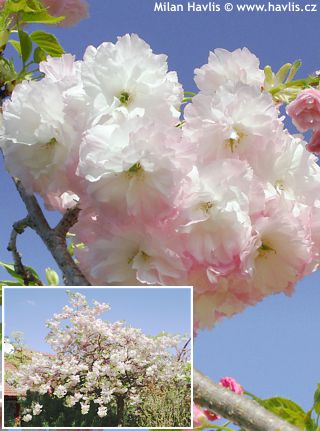
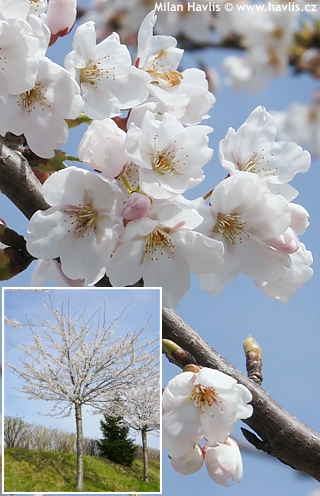


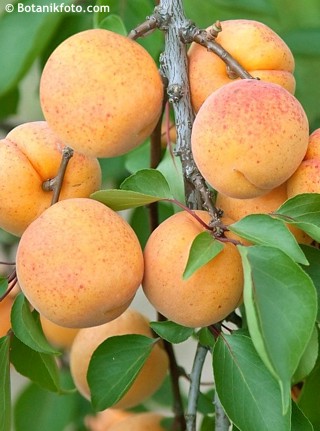

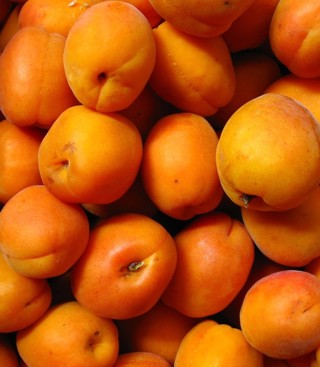
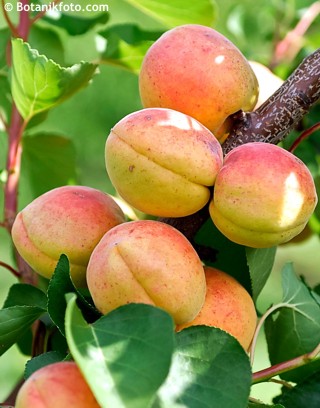

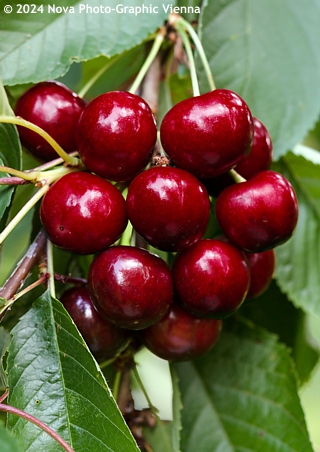
.jpg)
